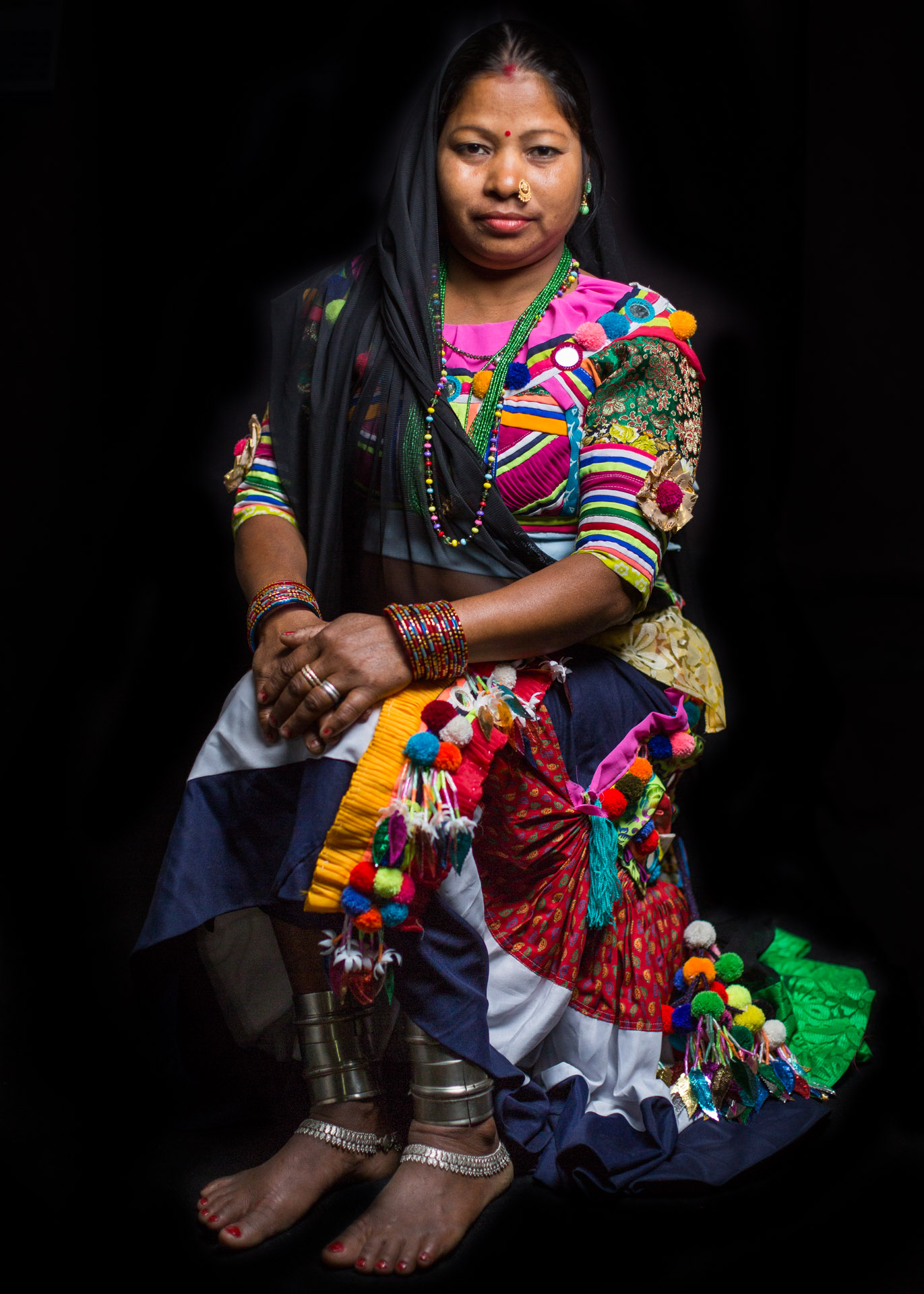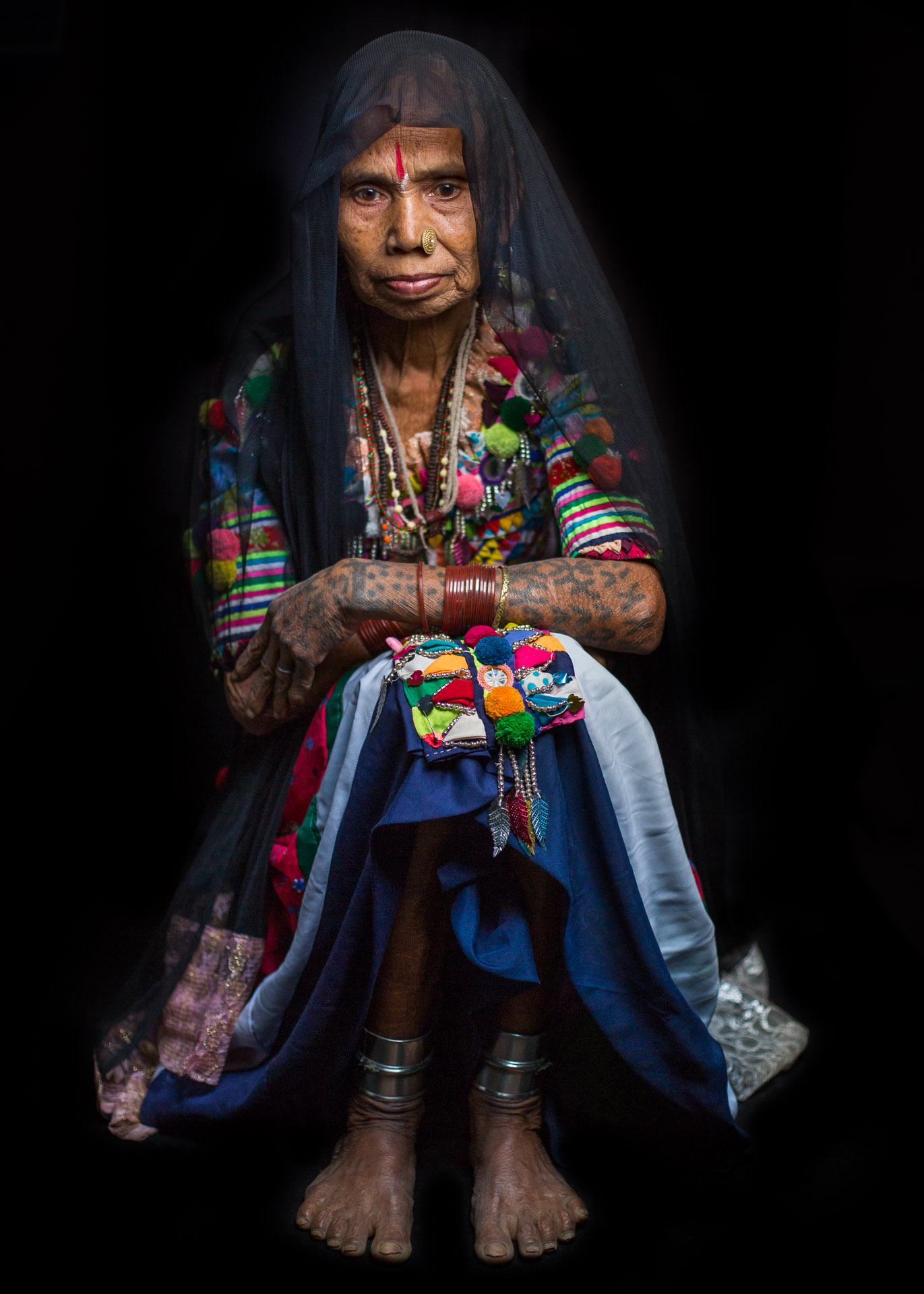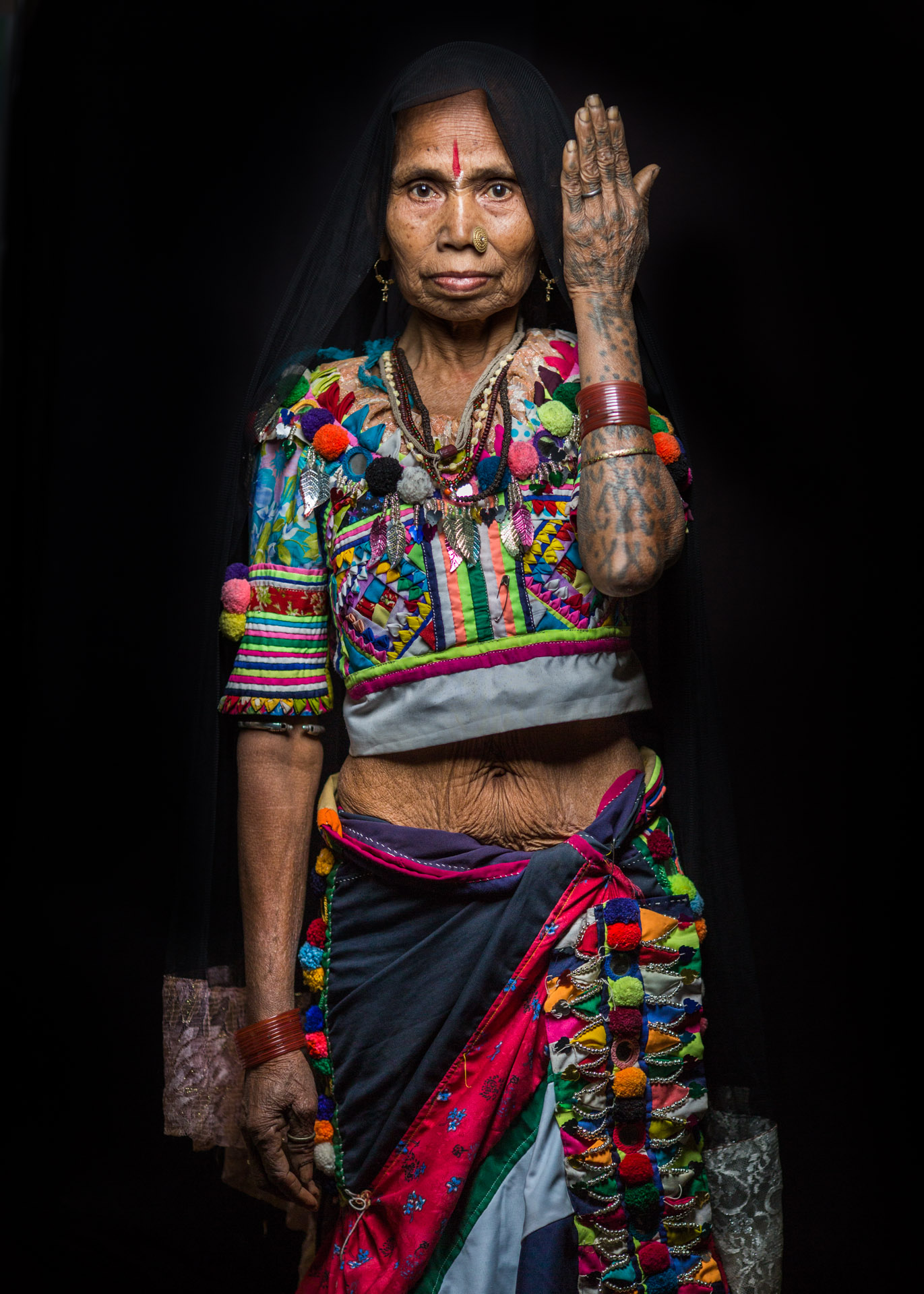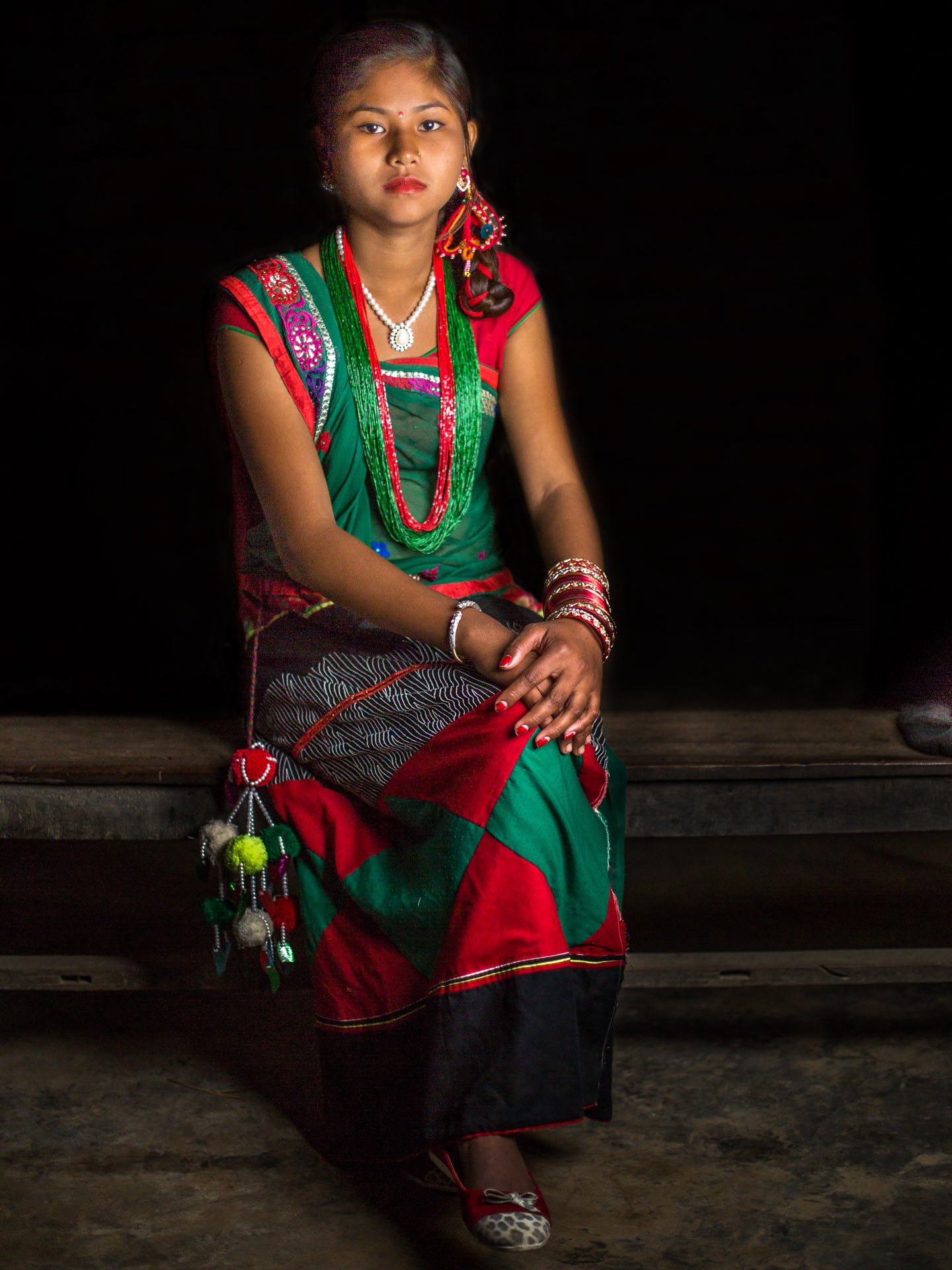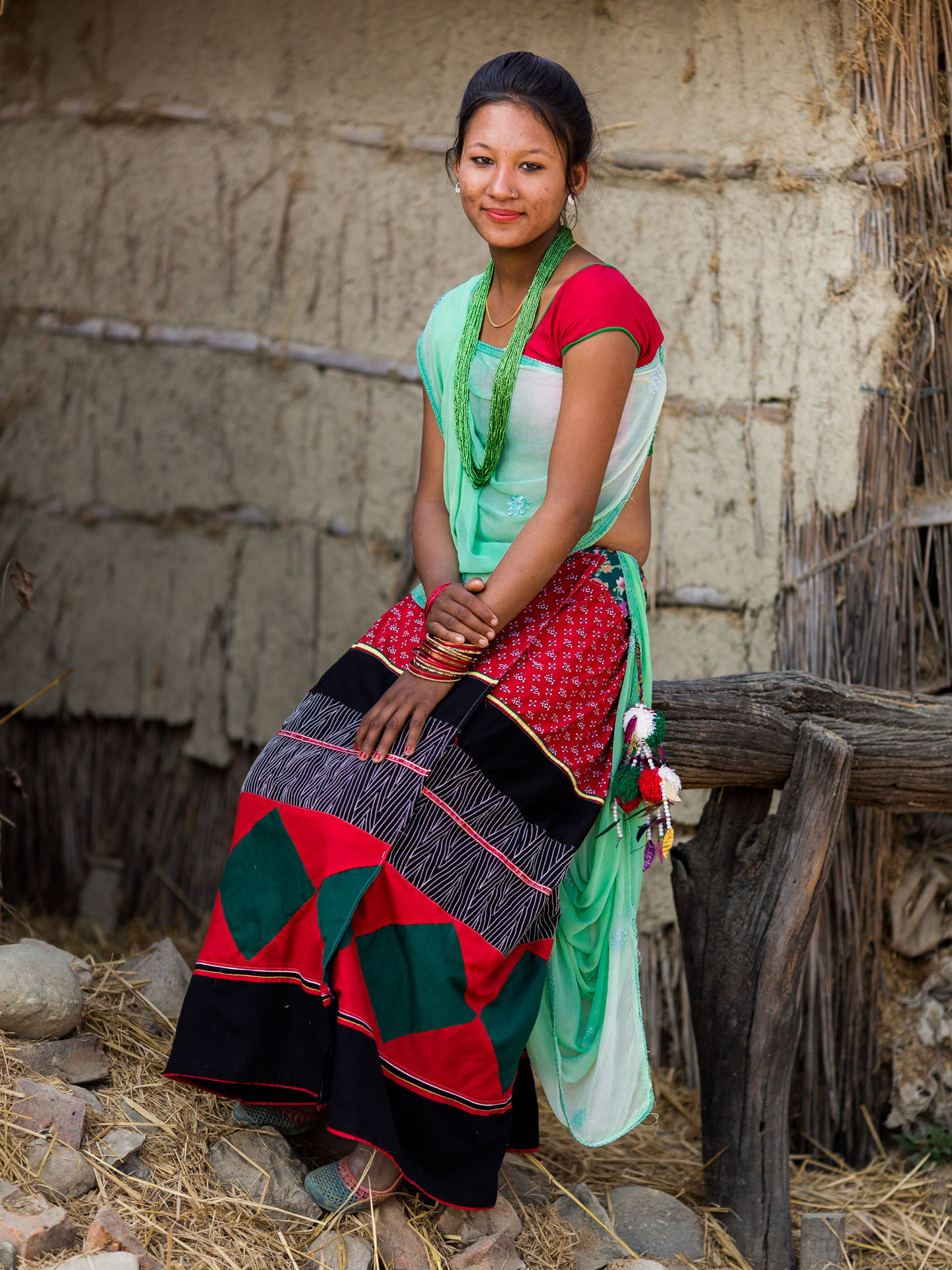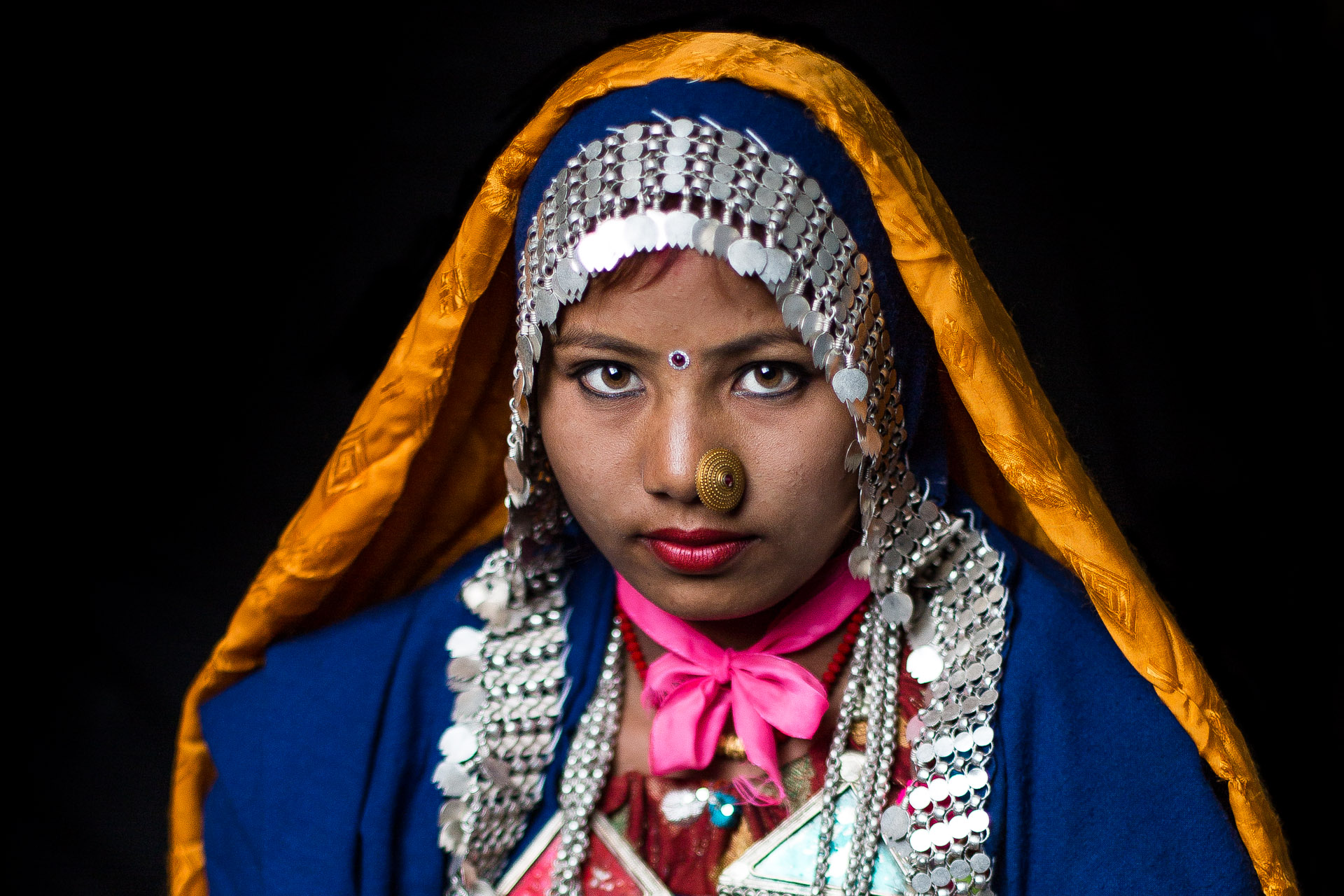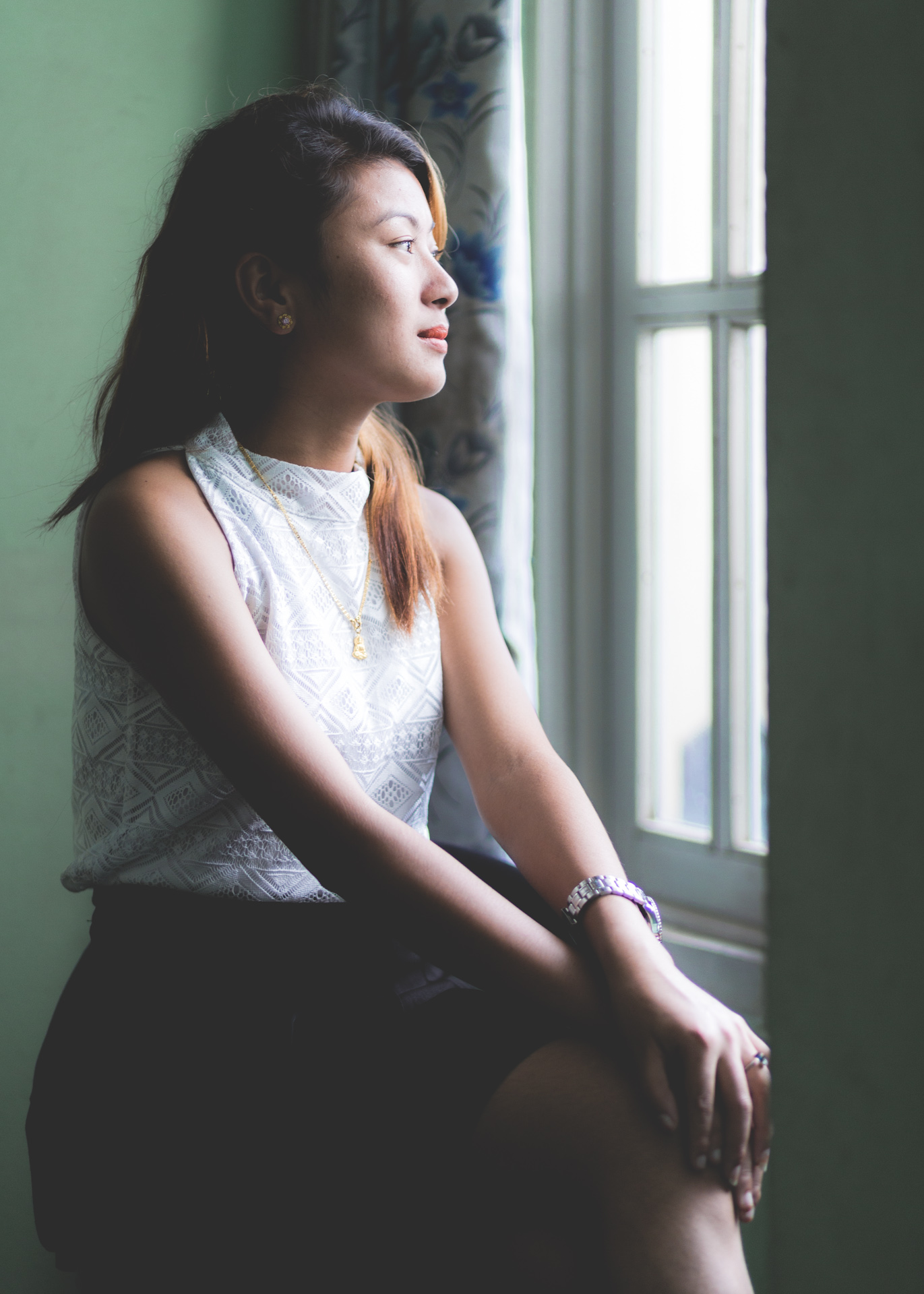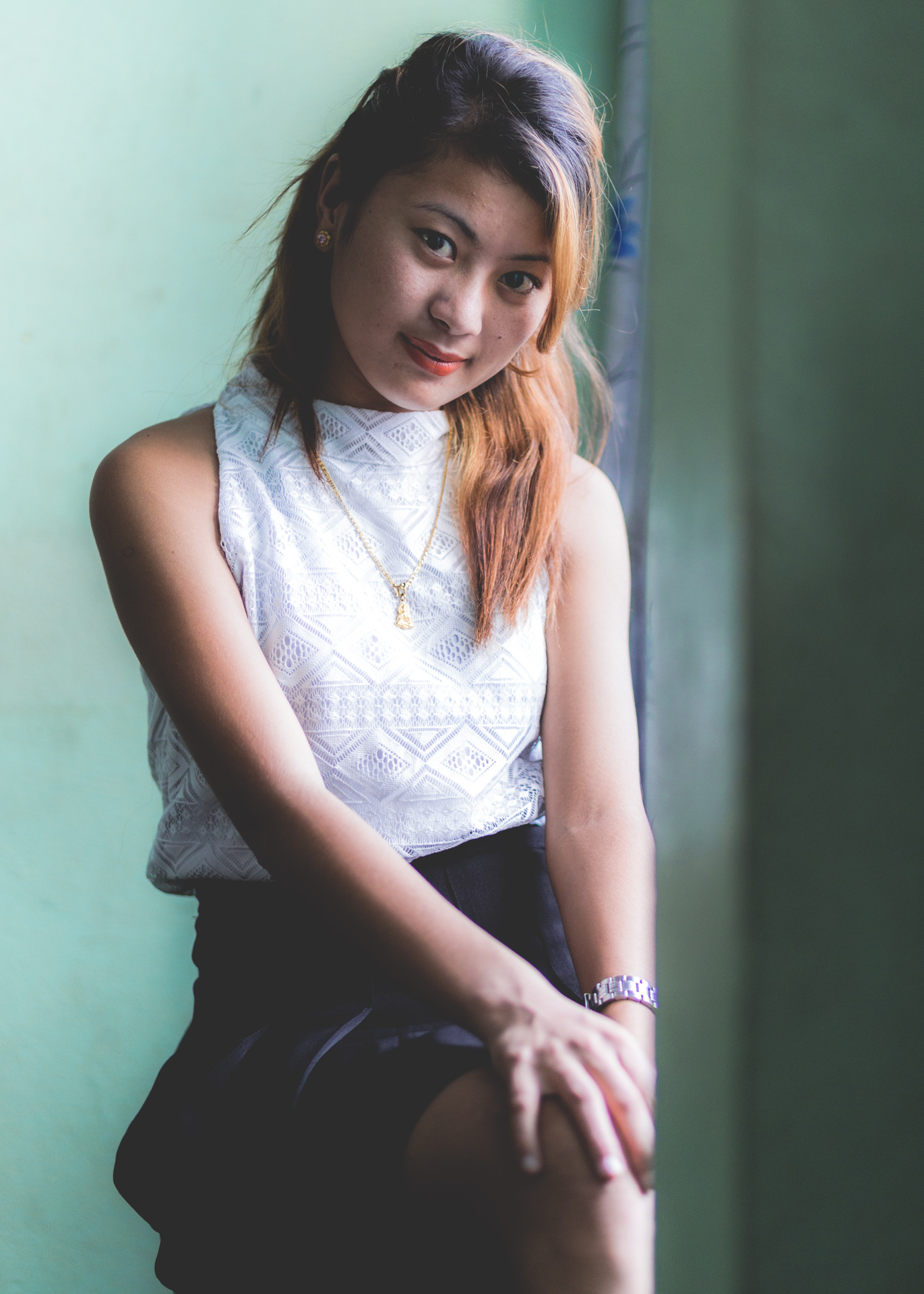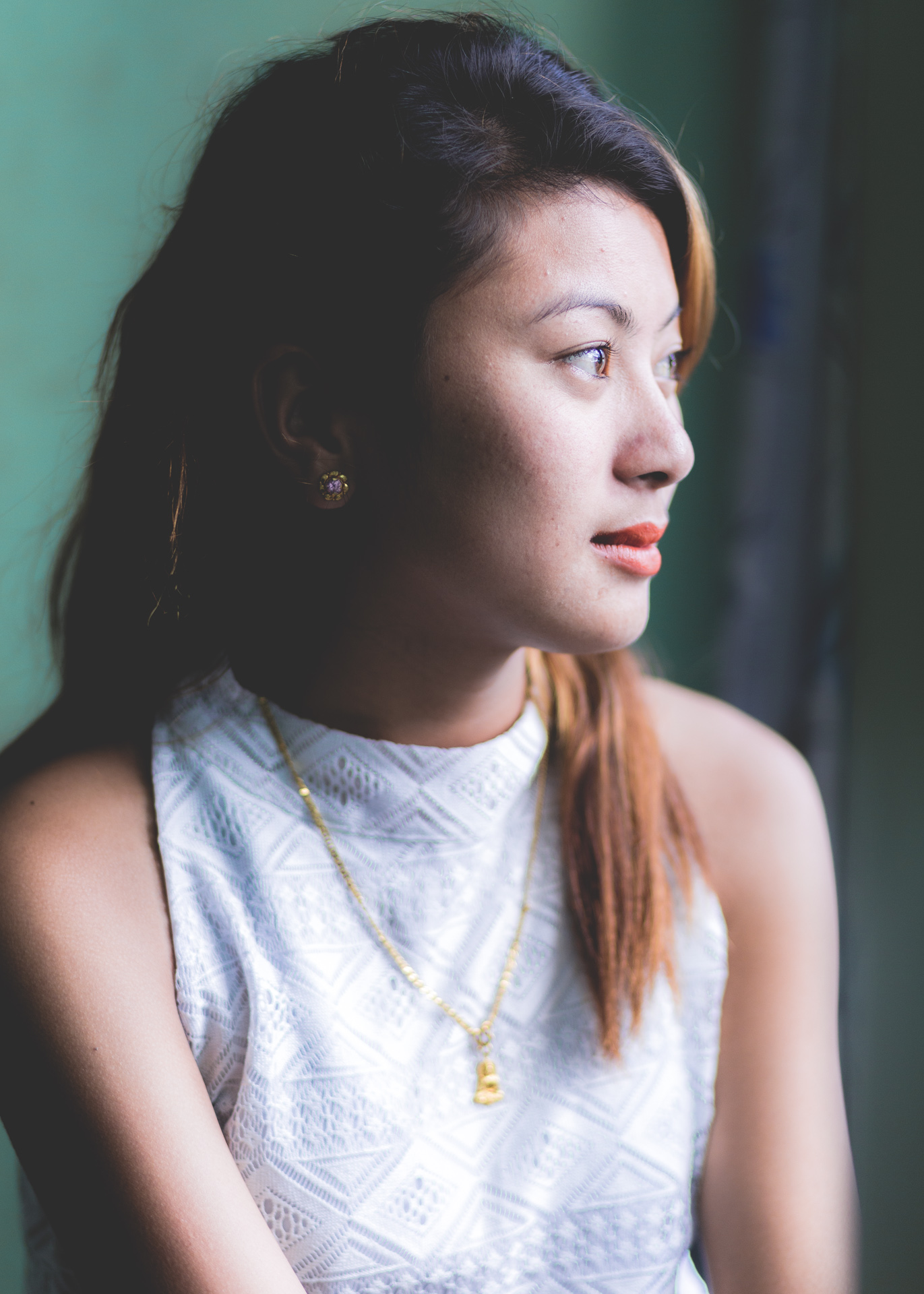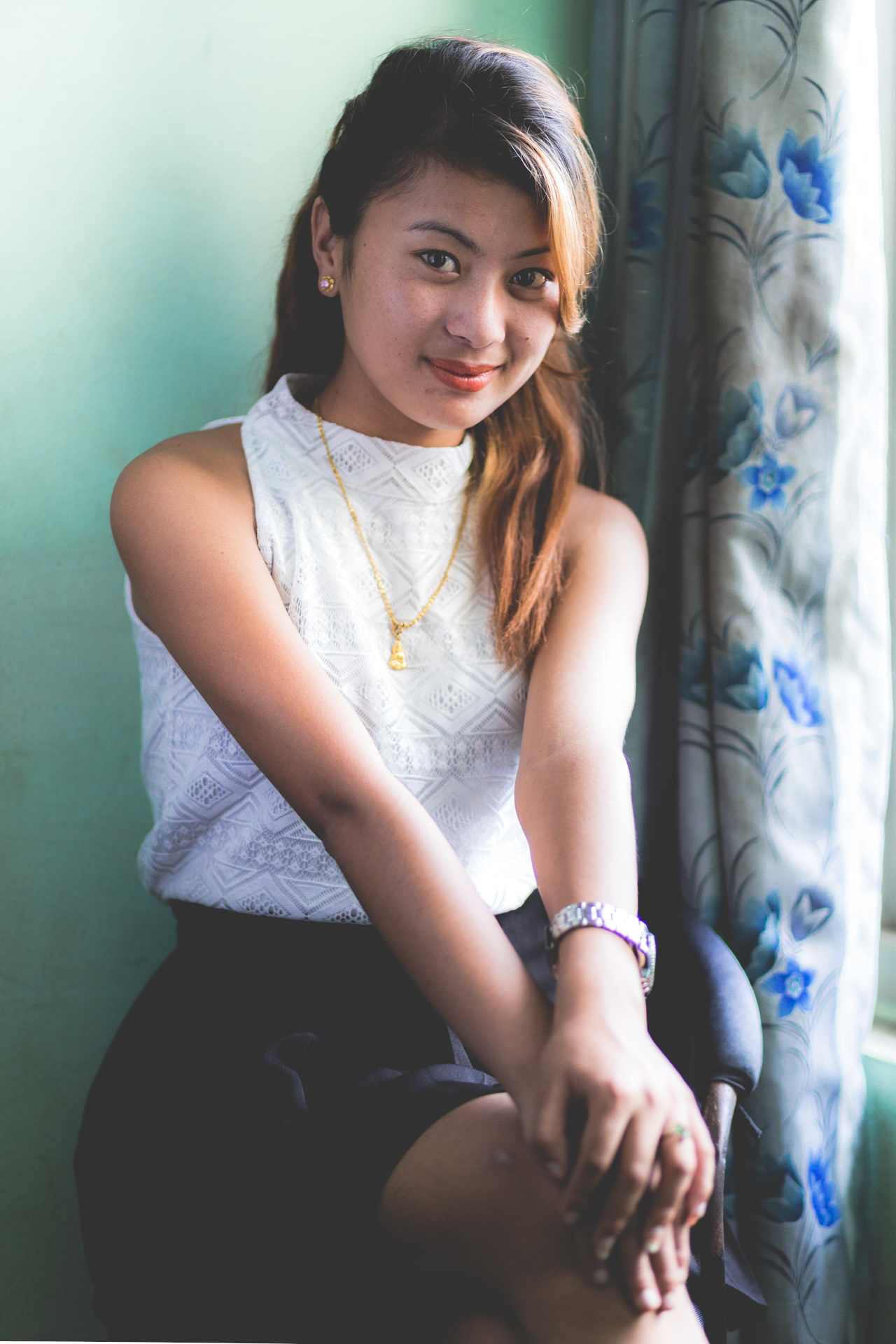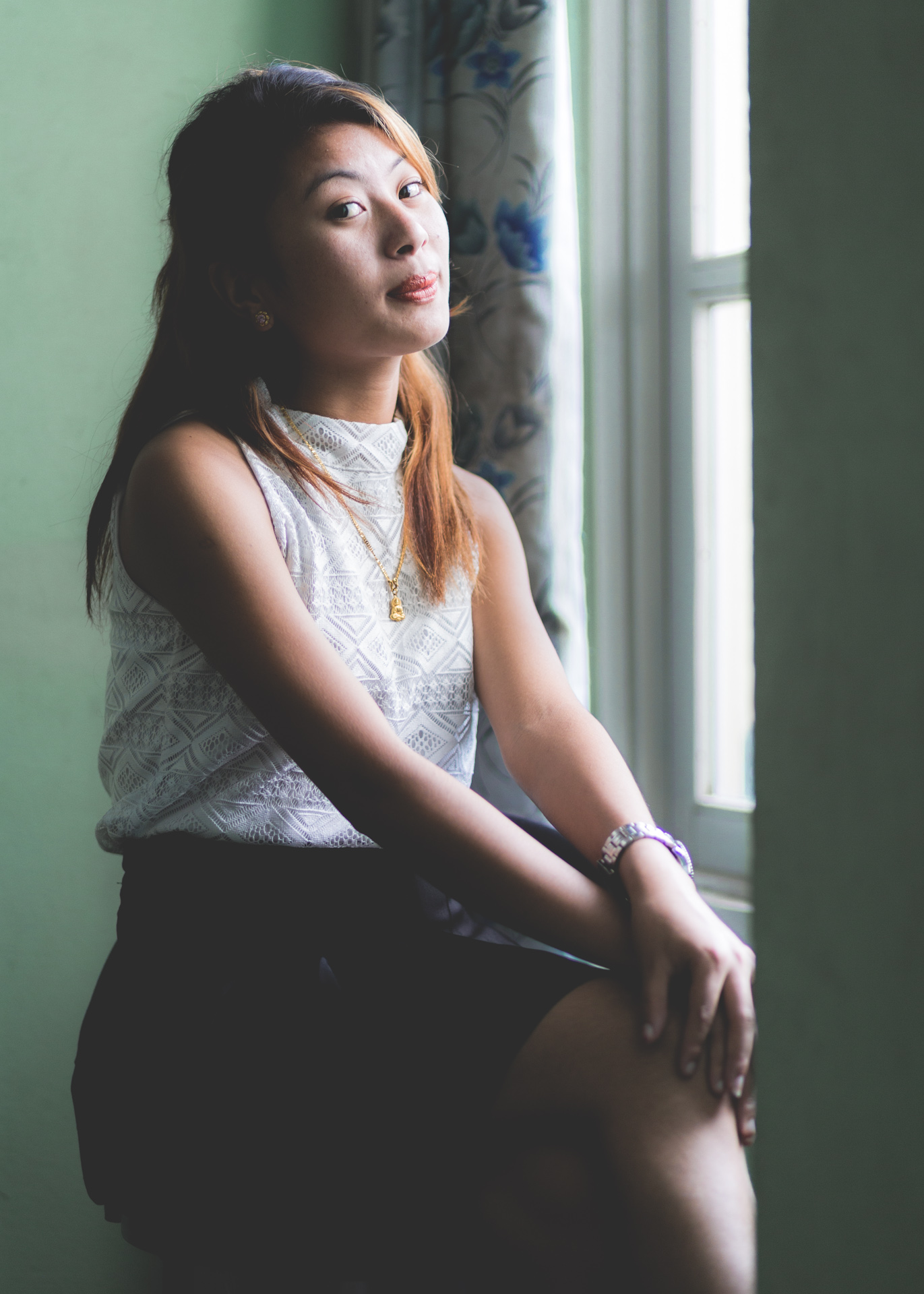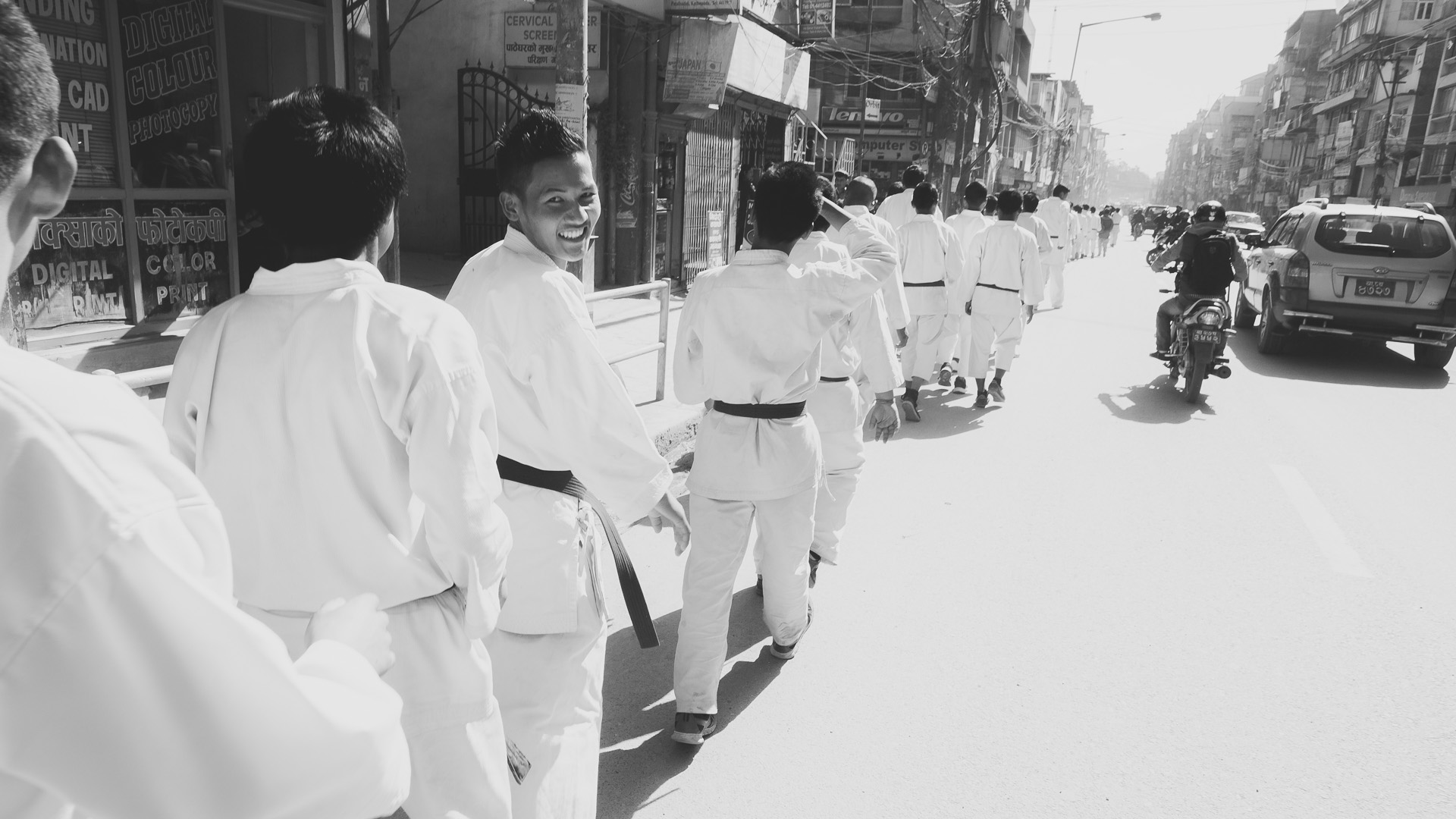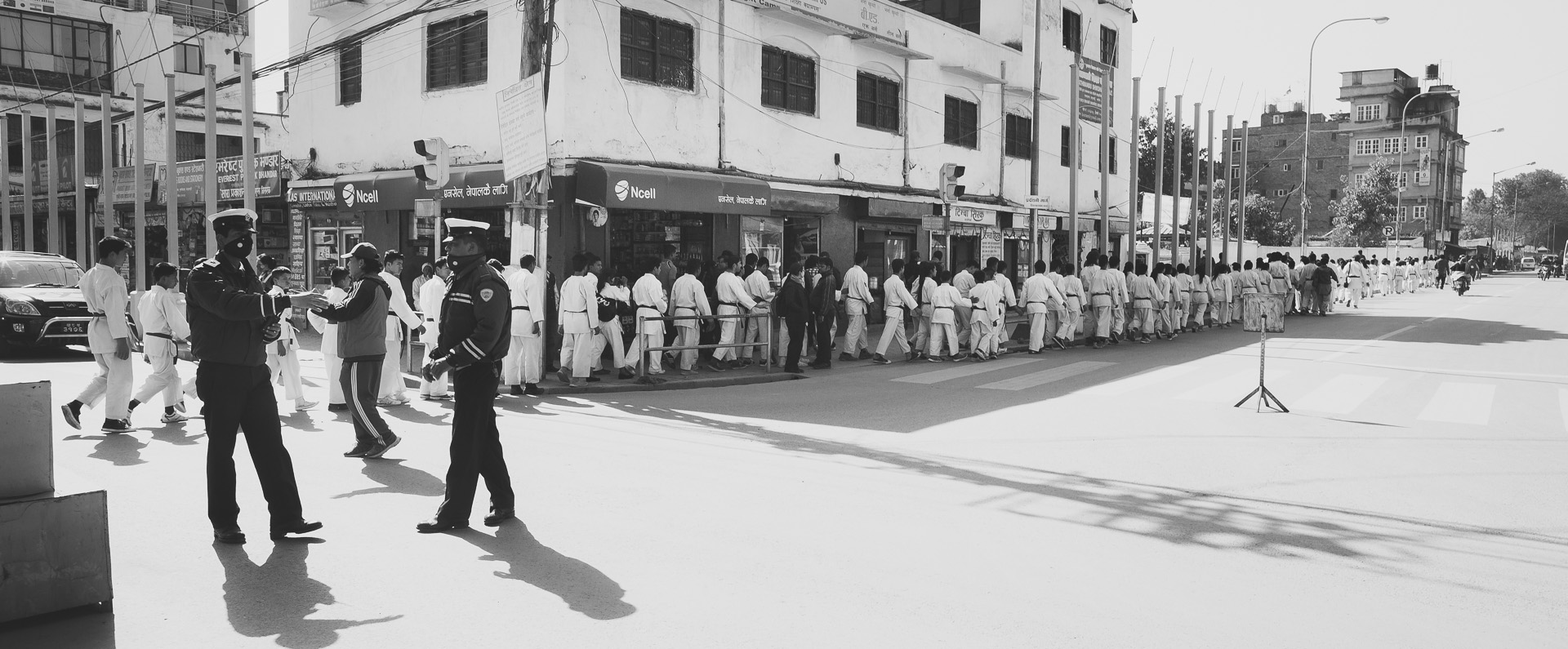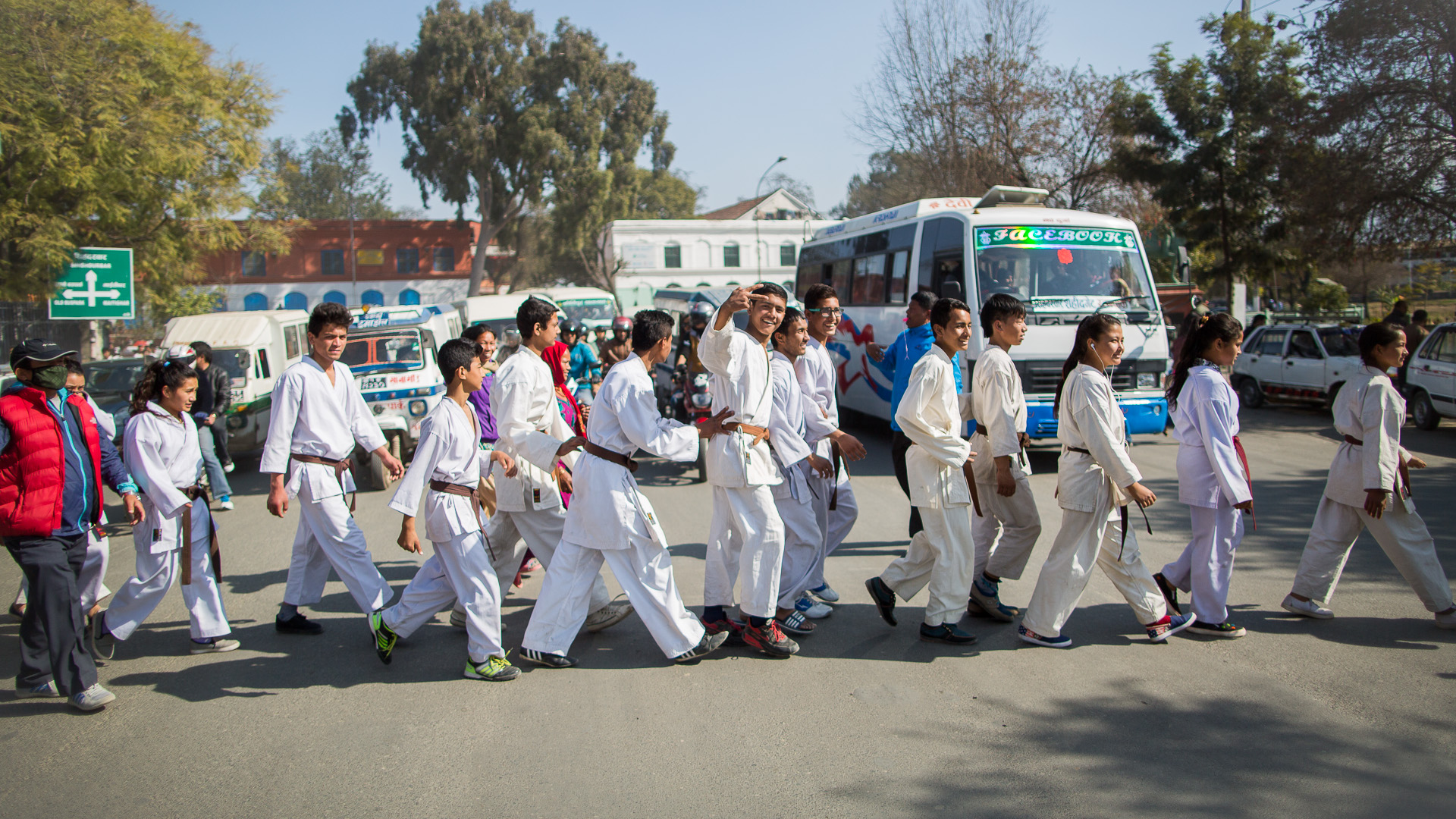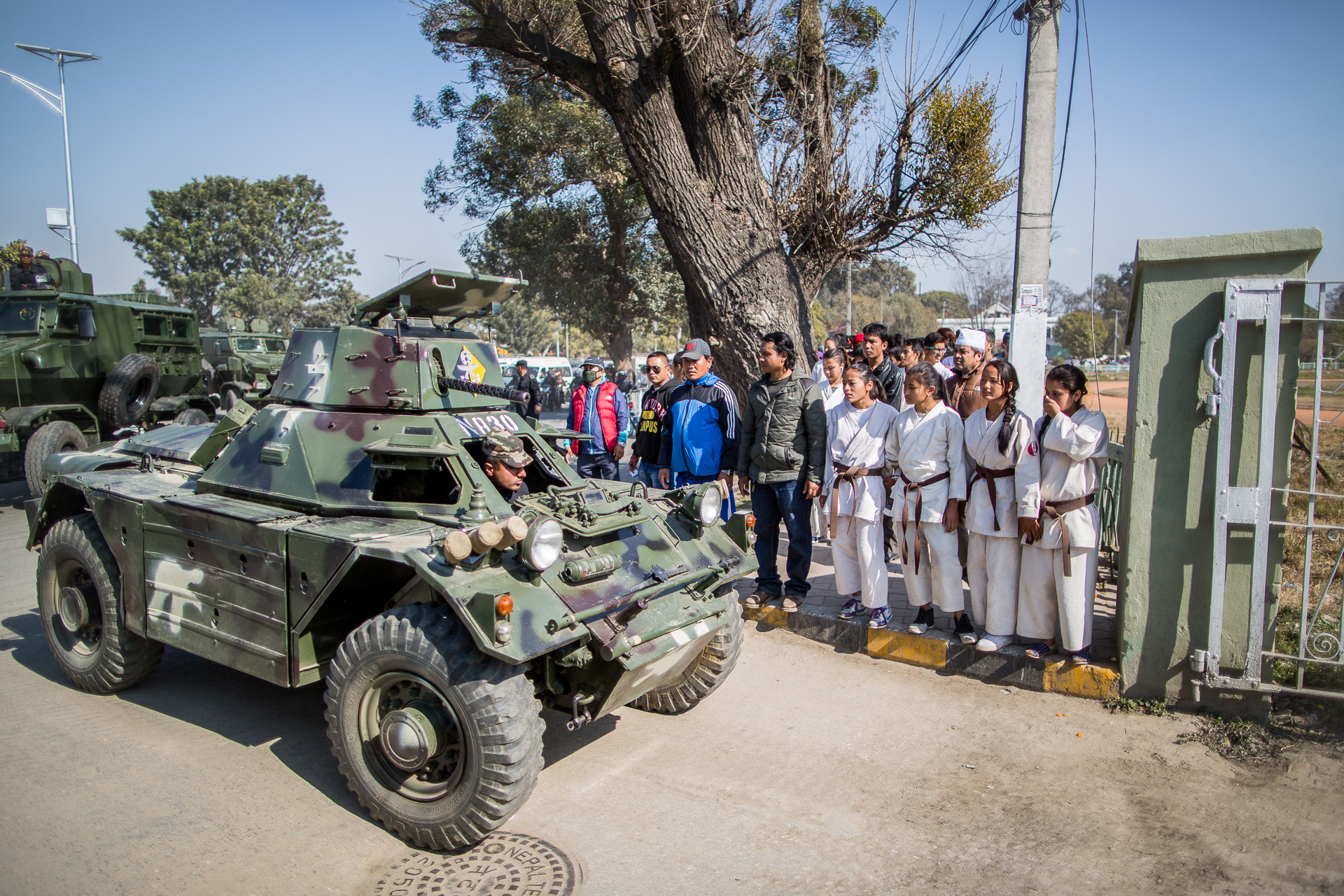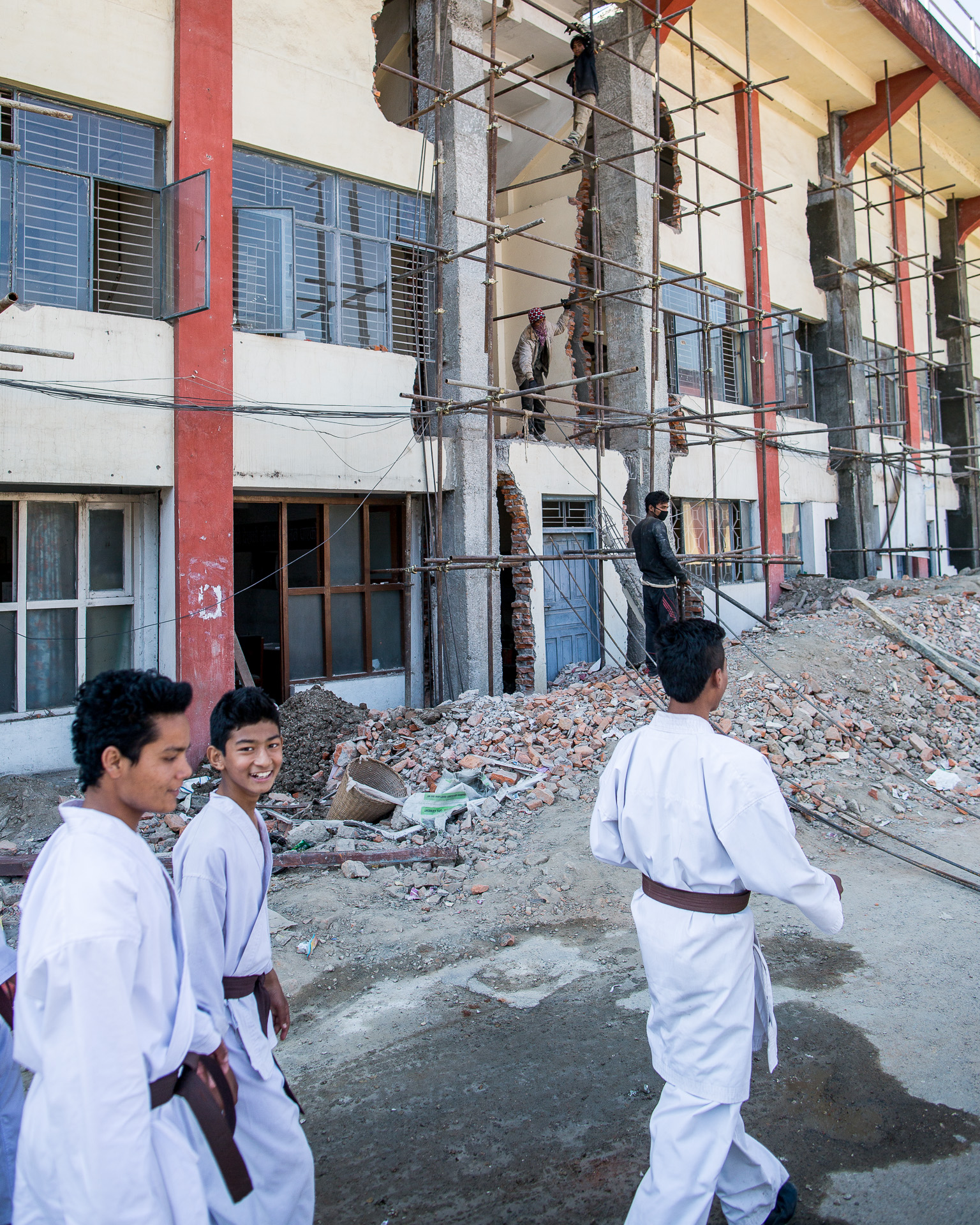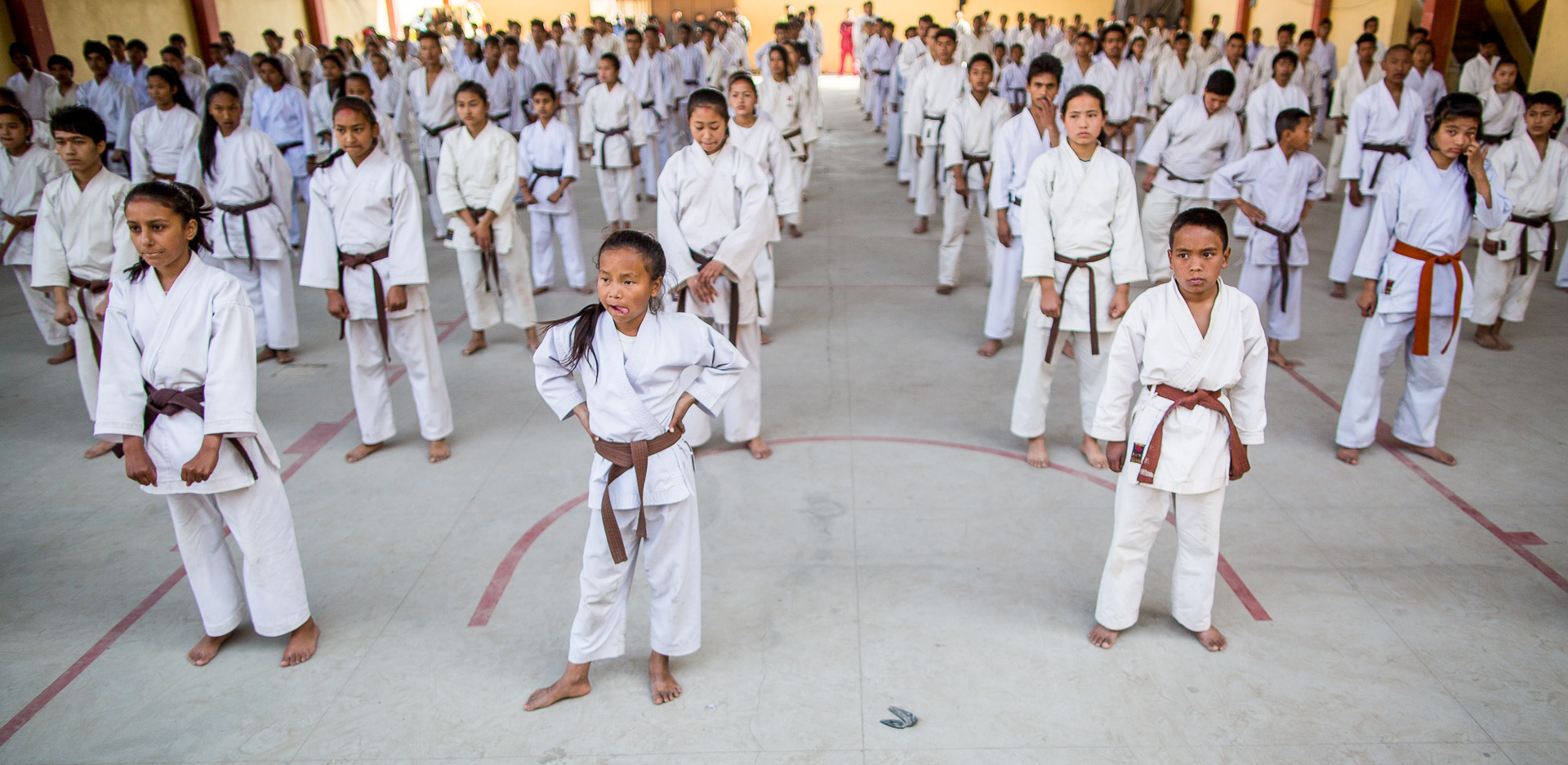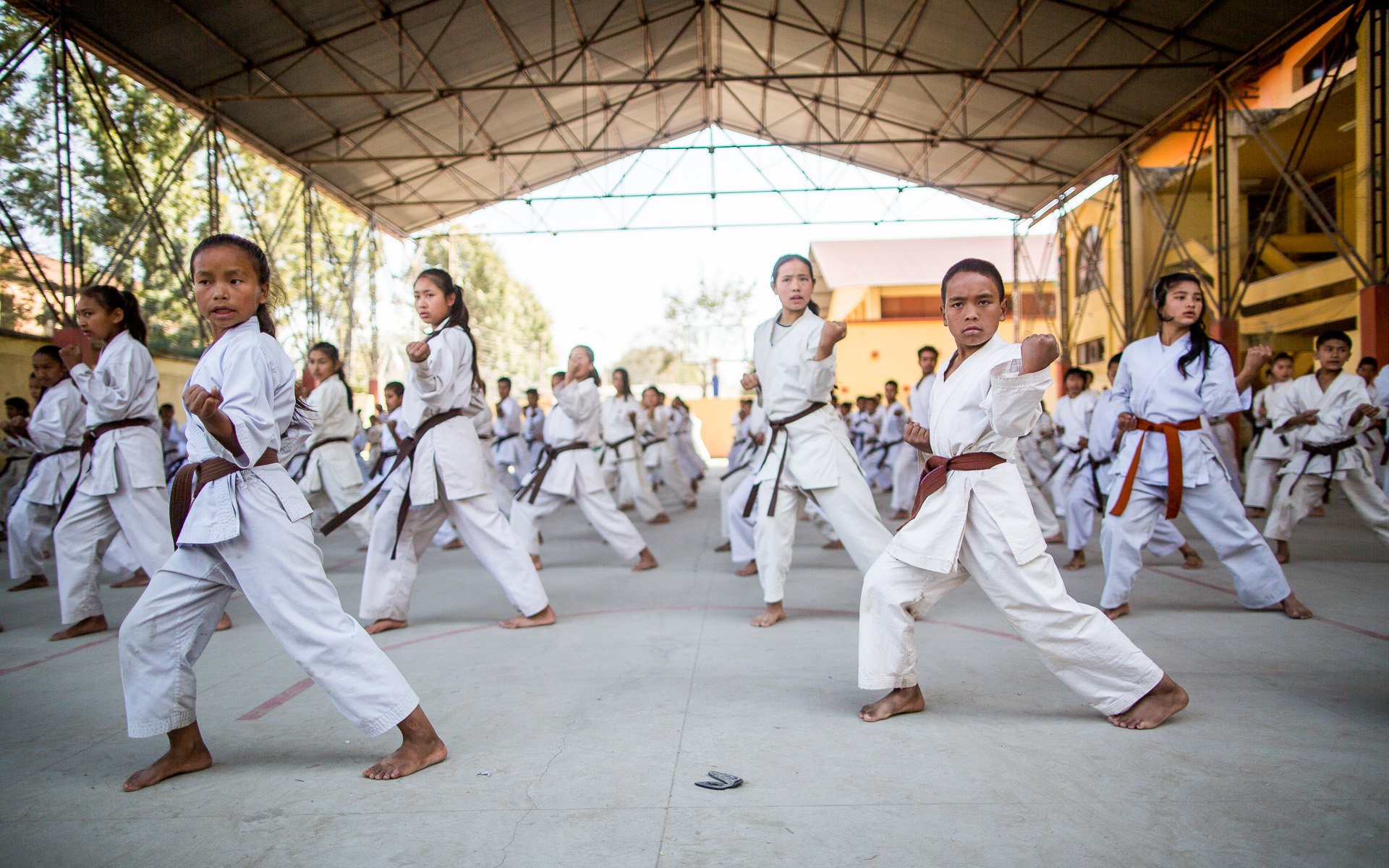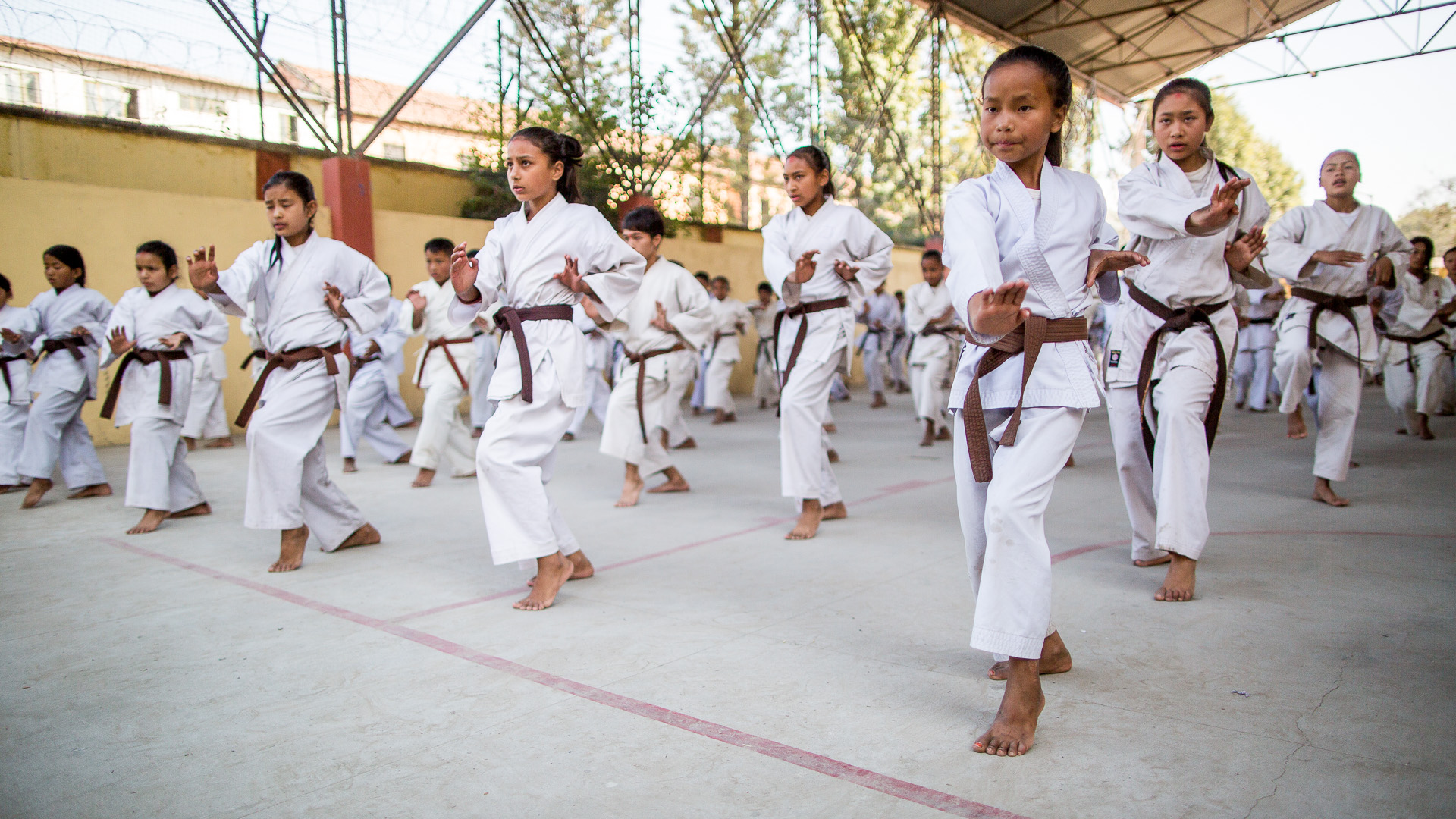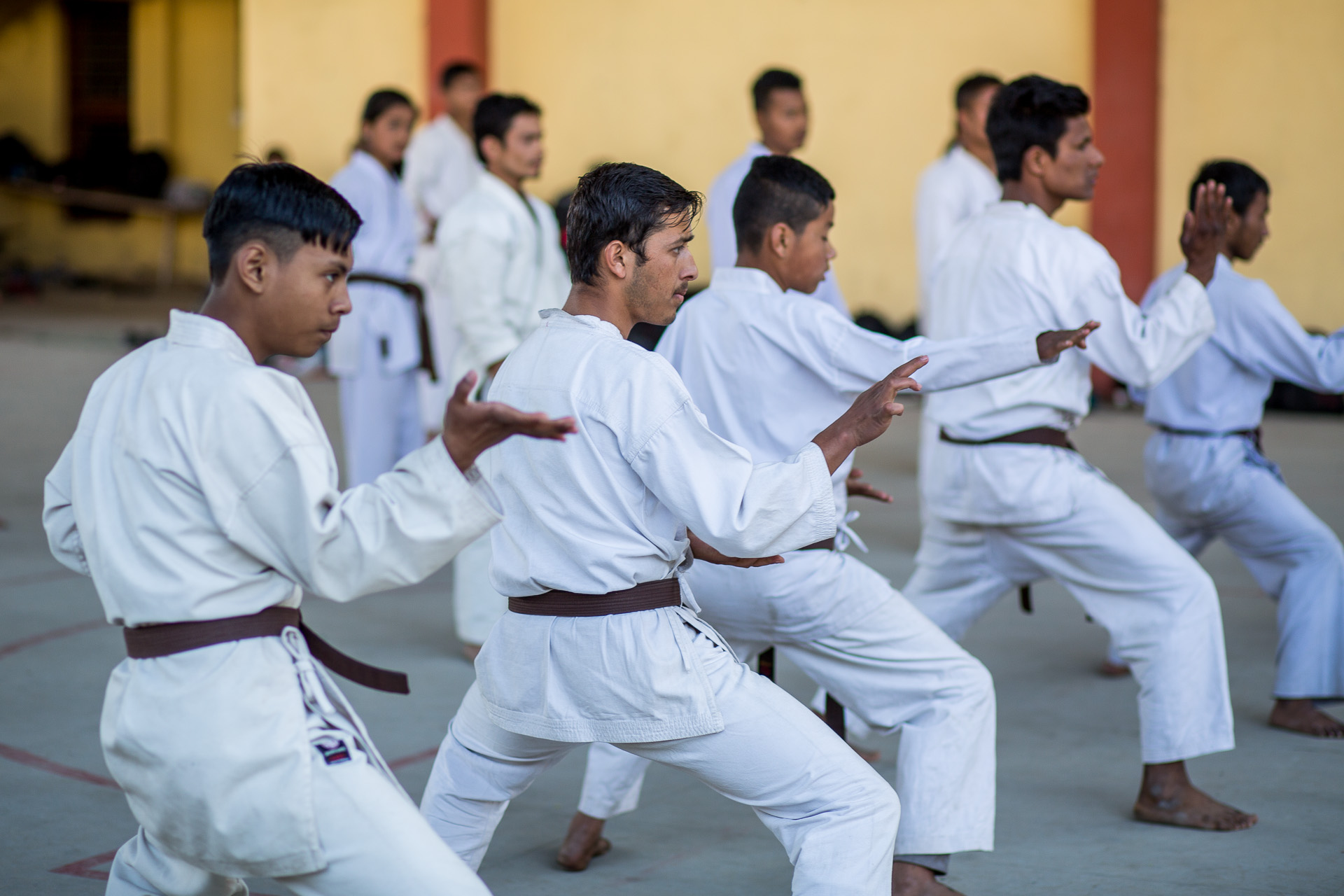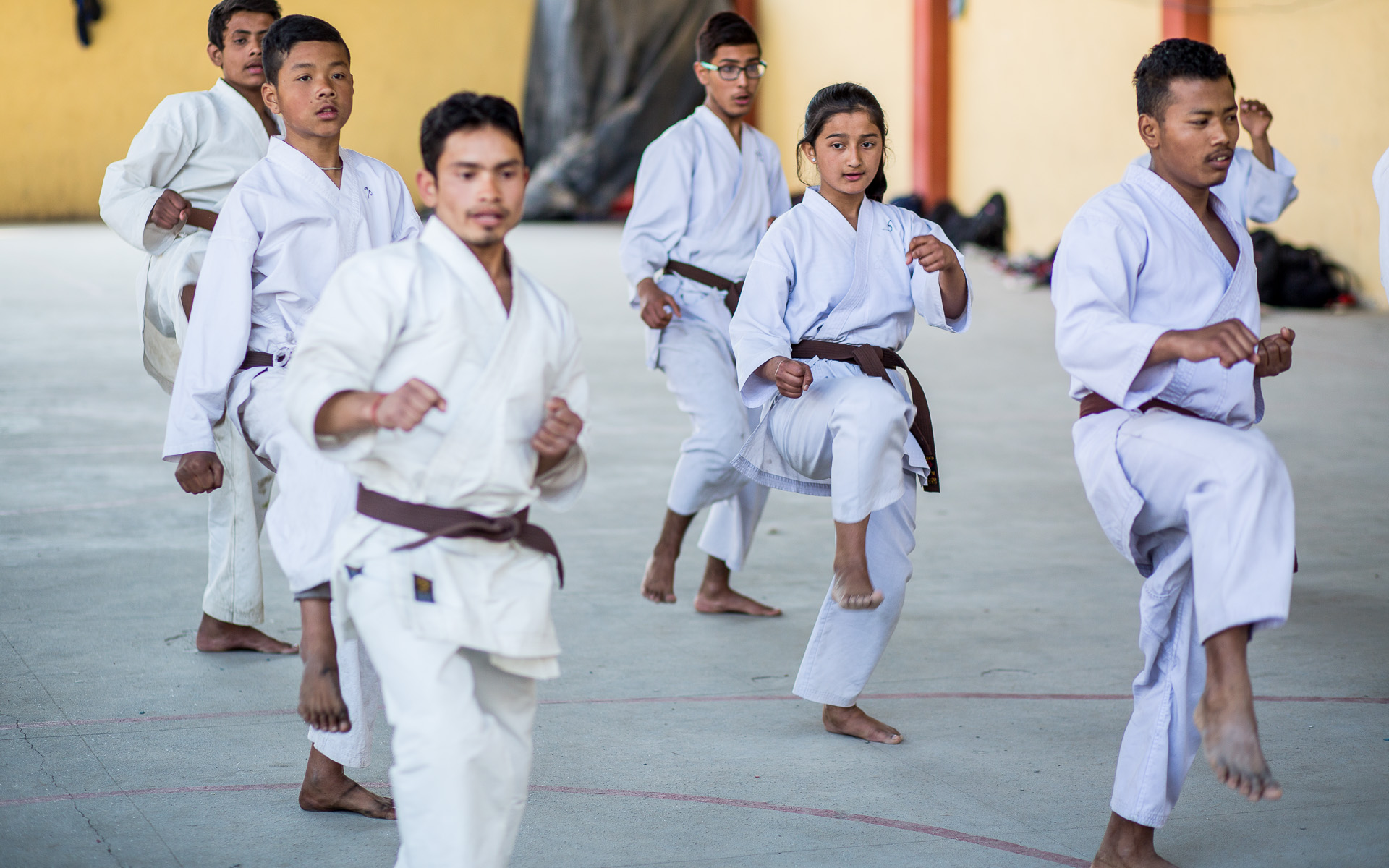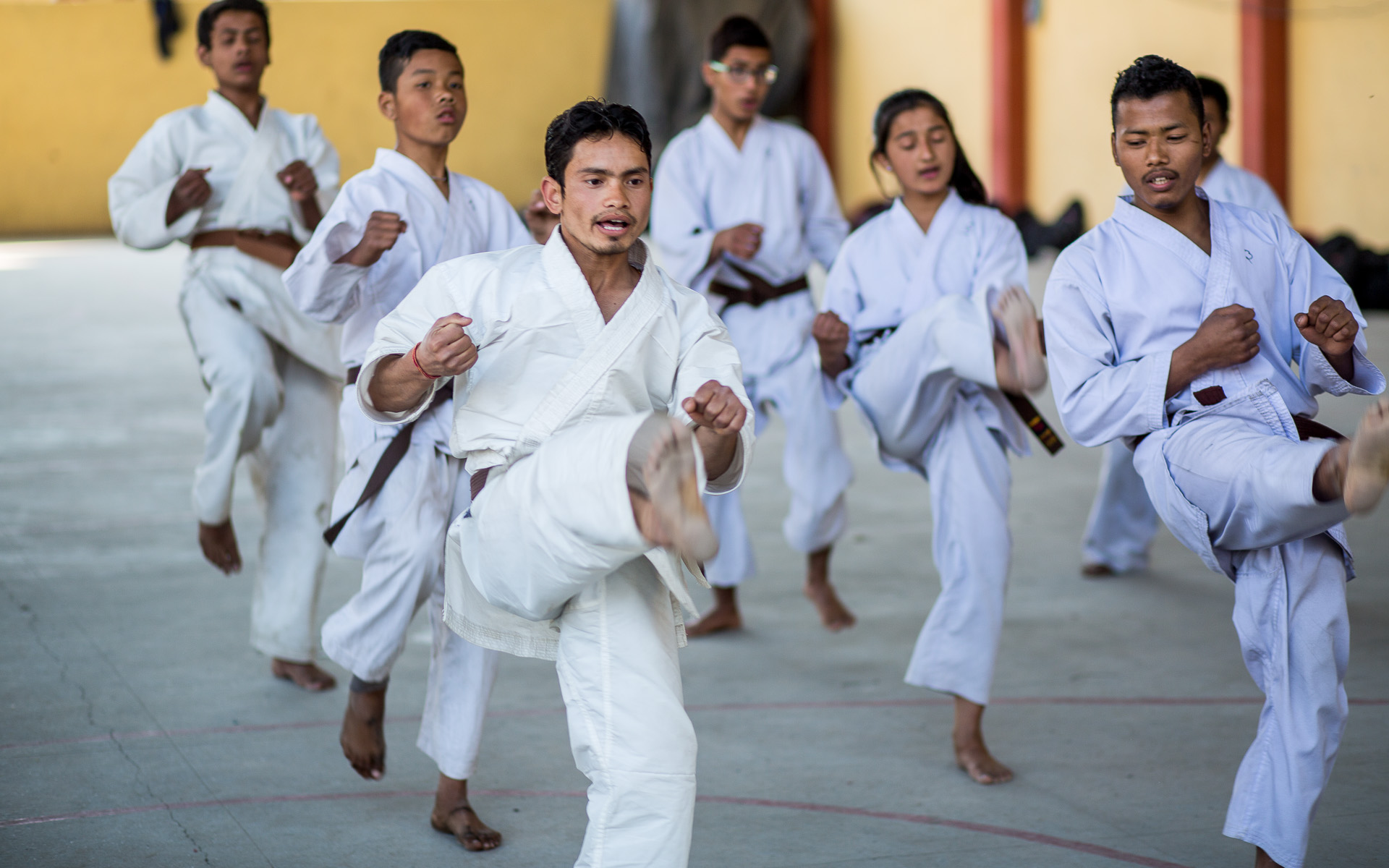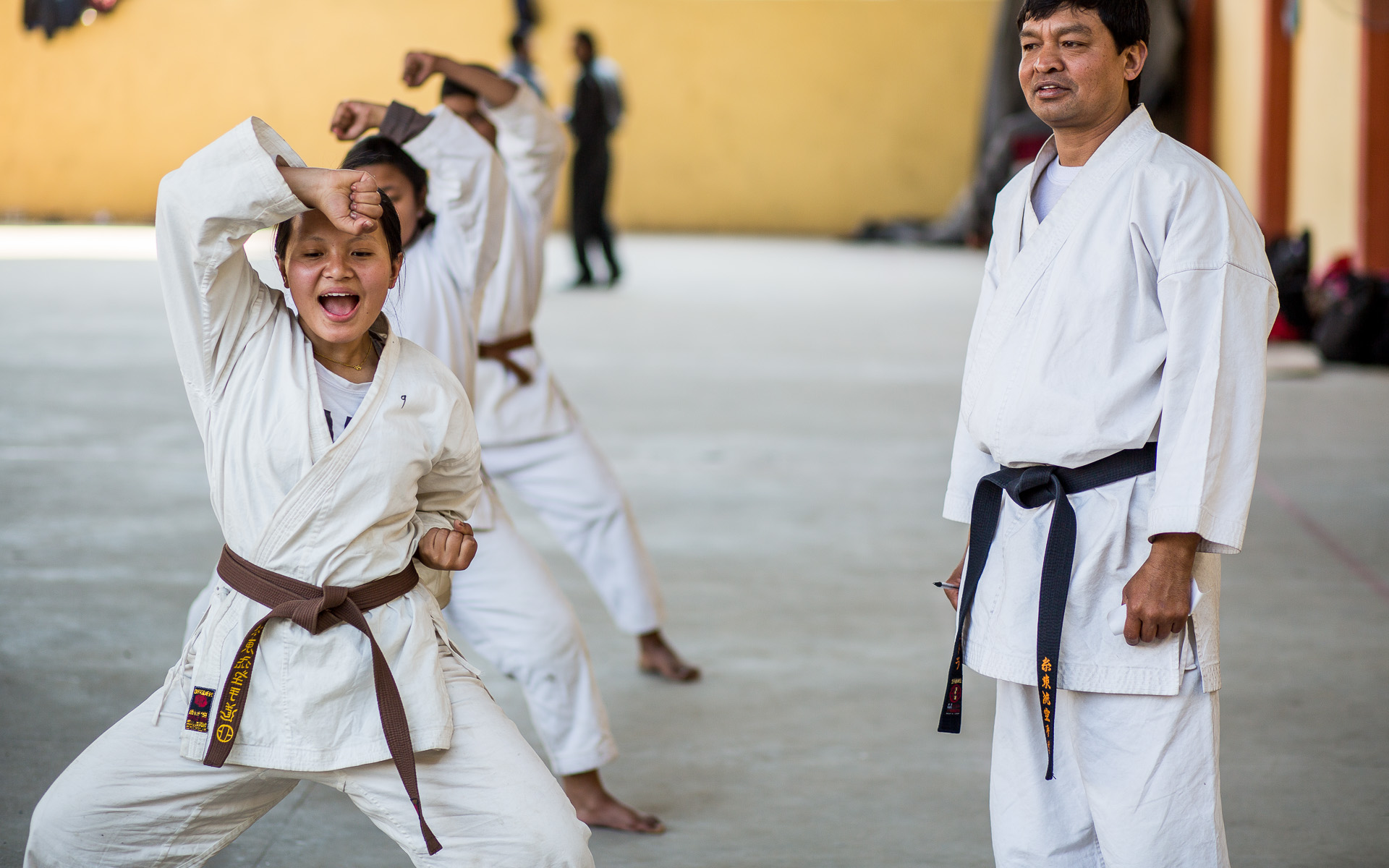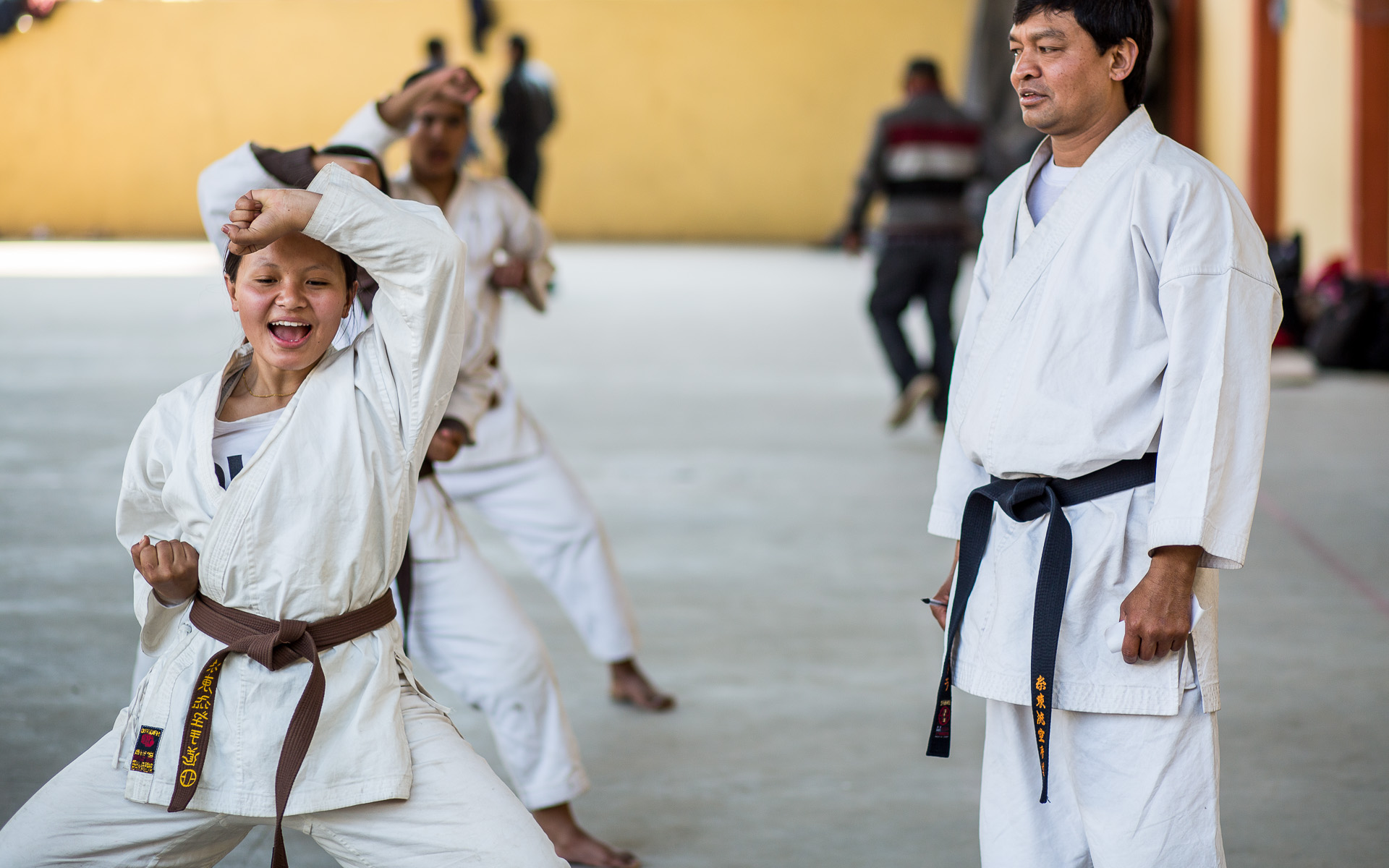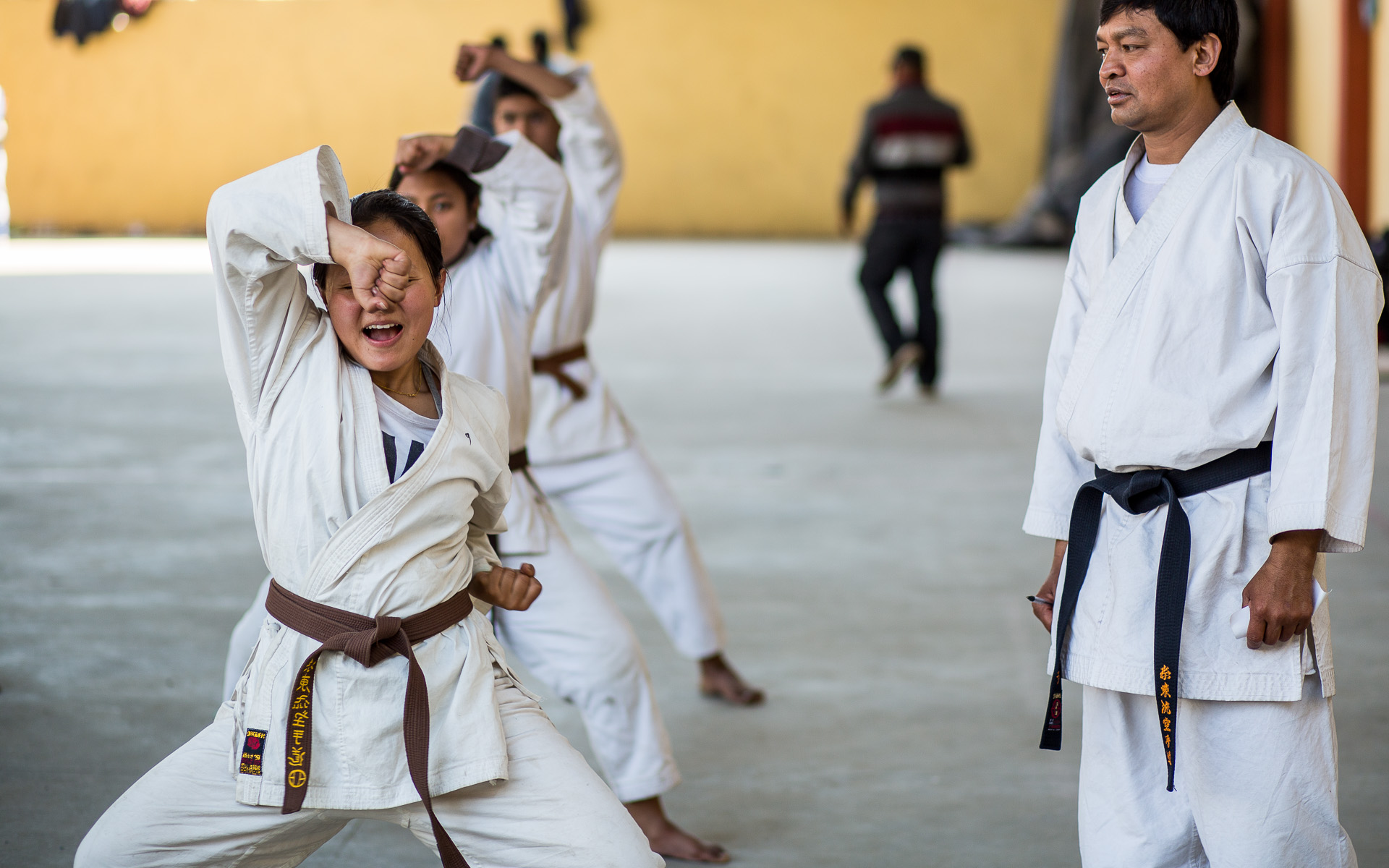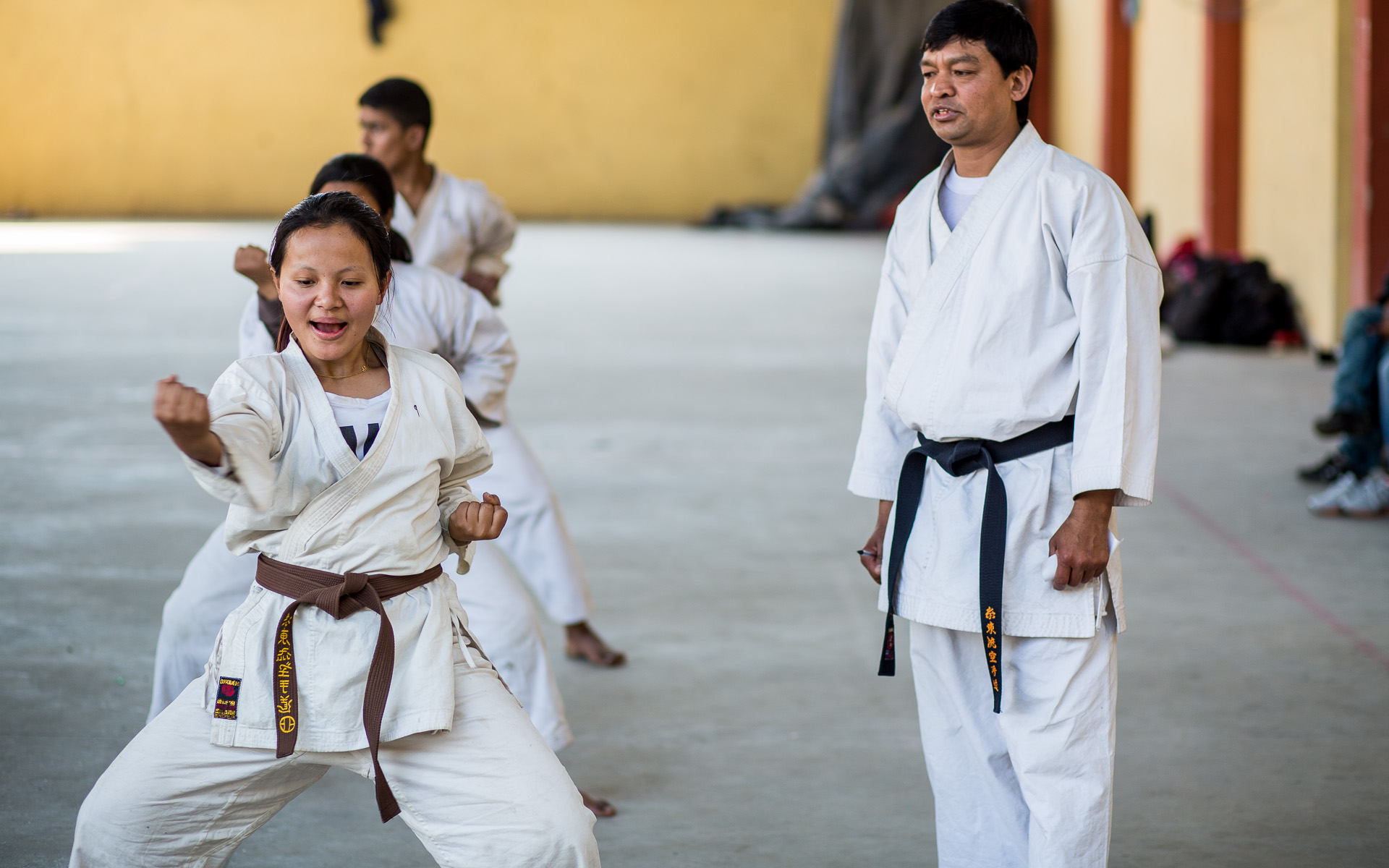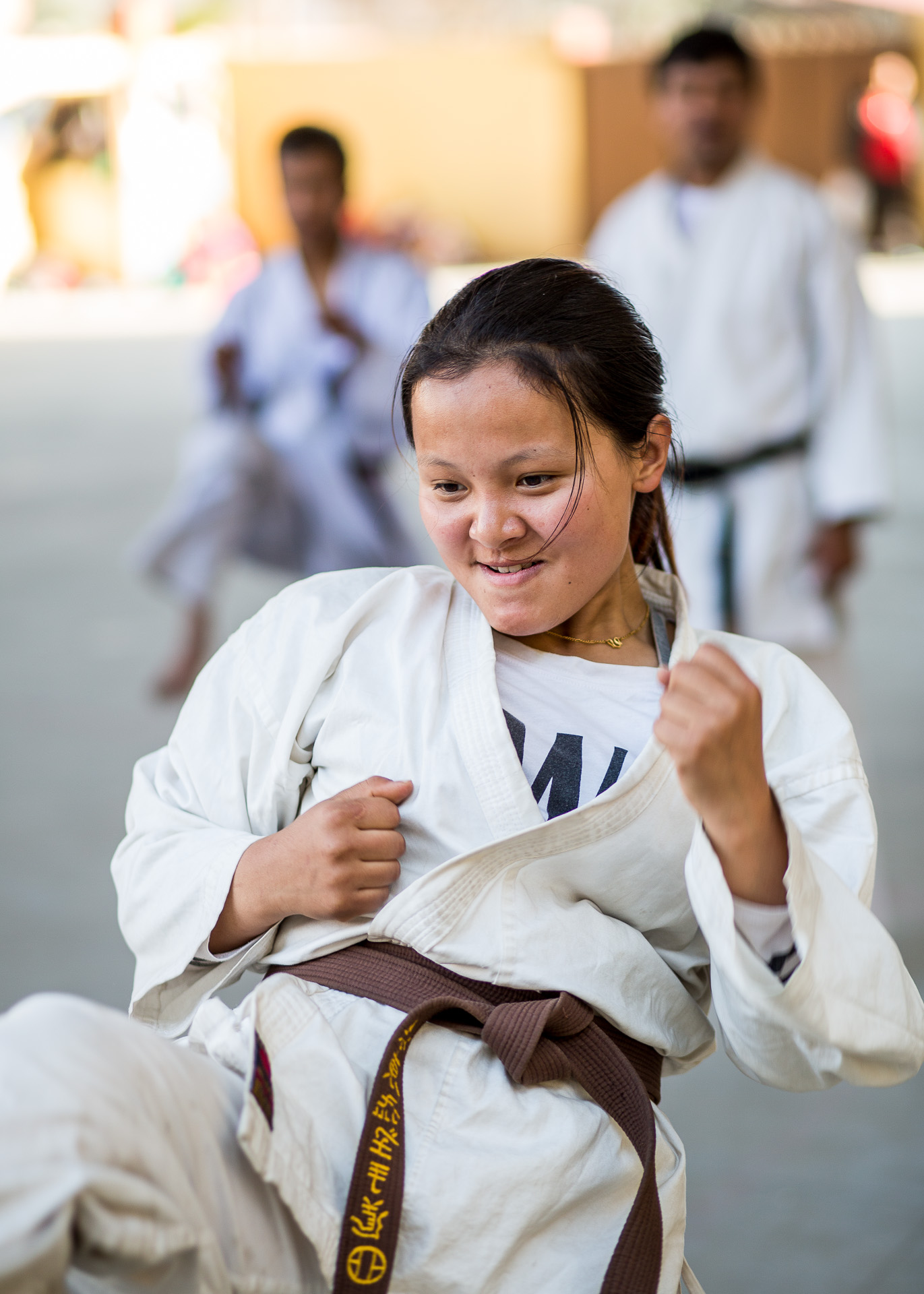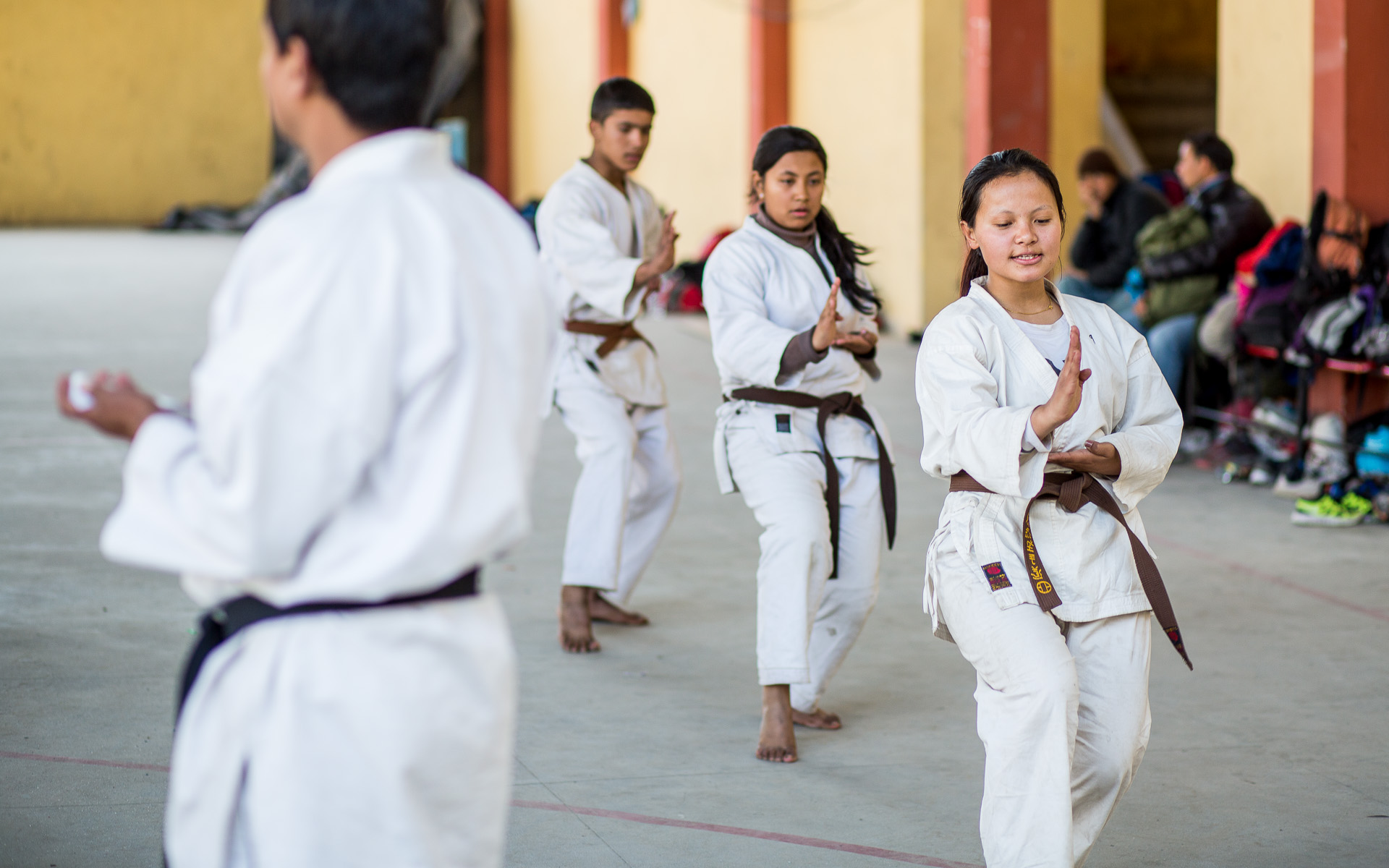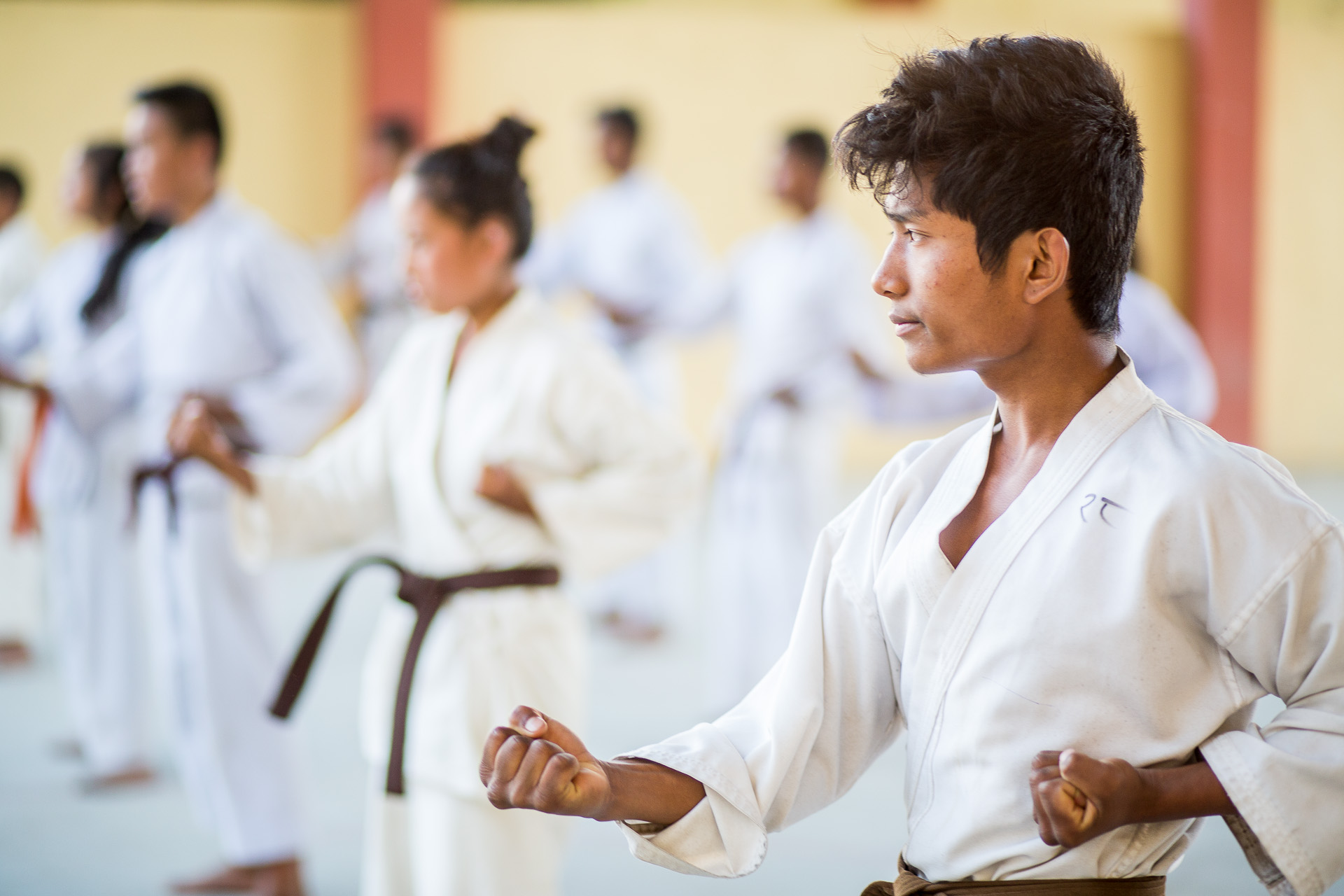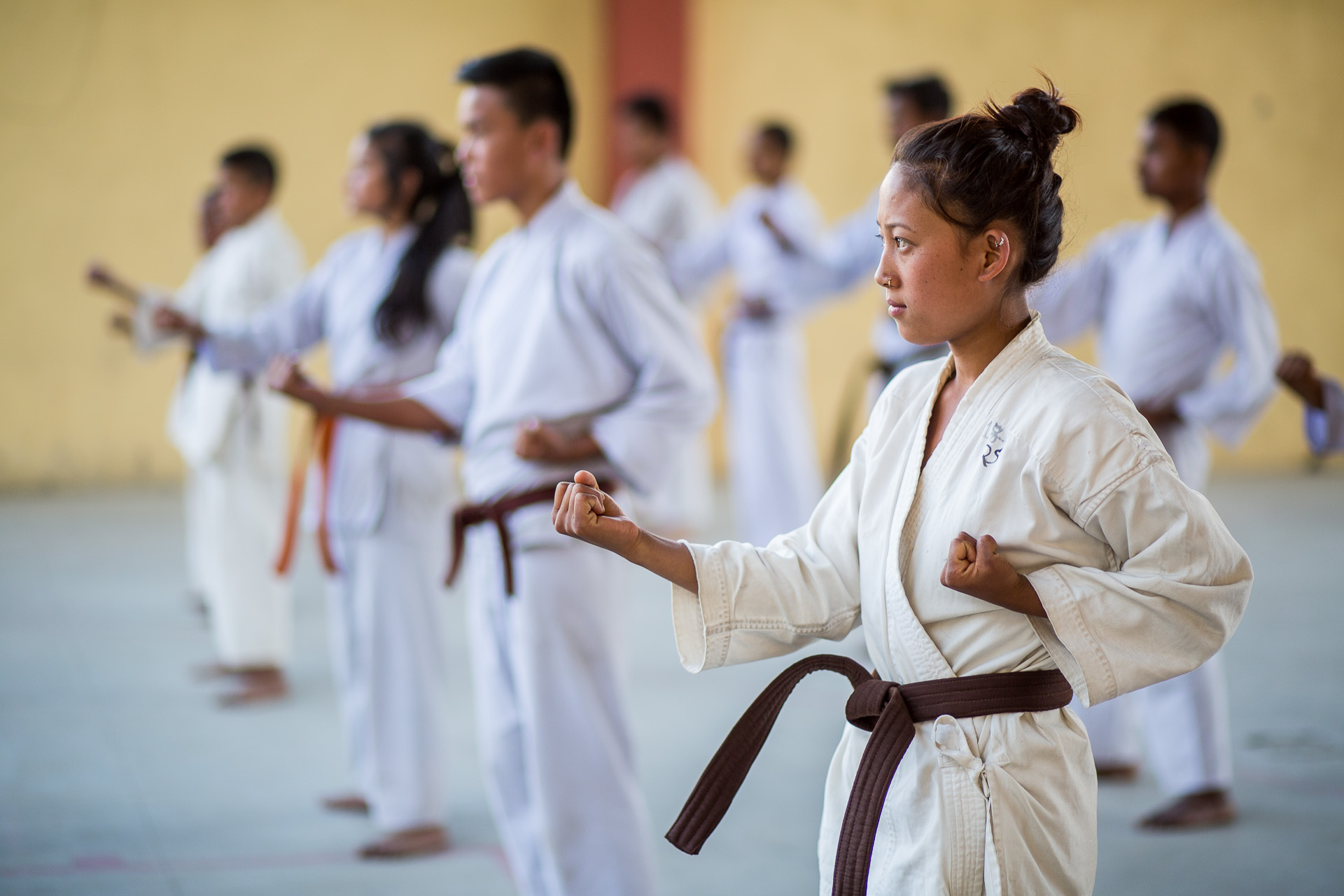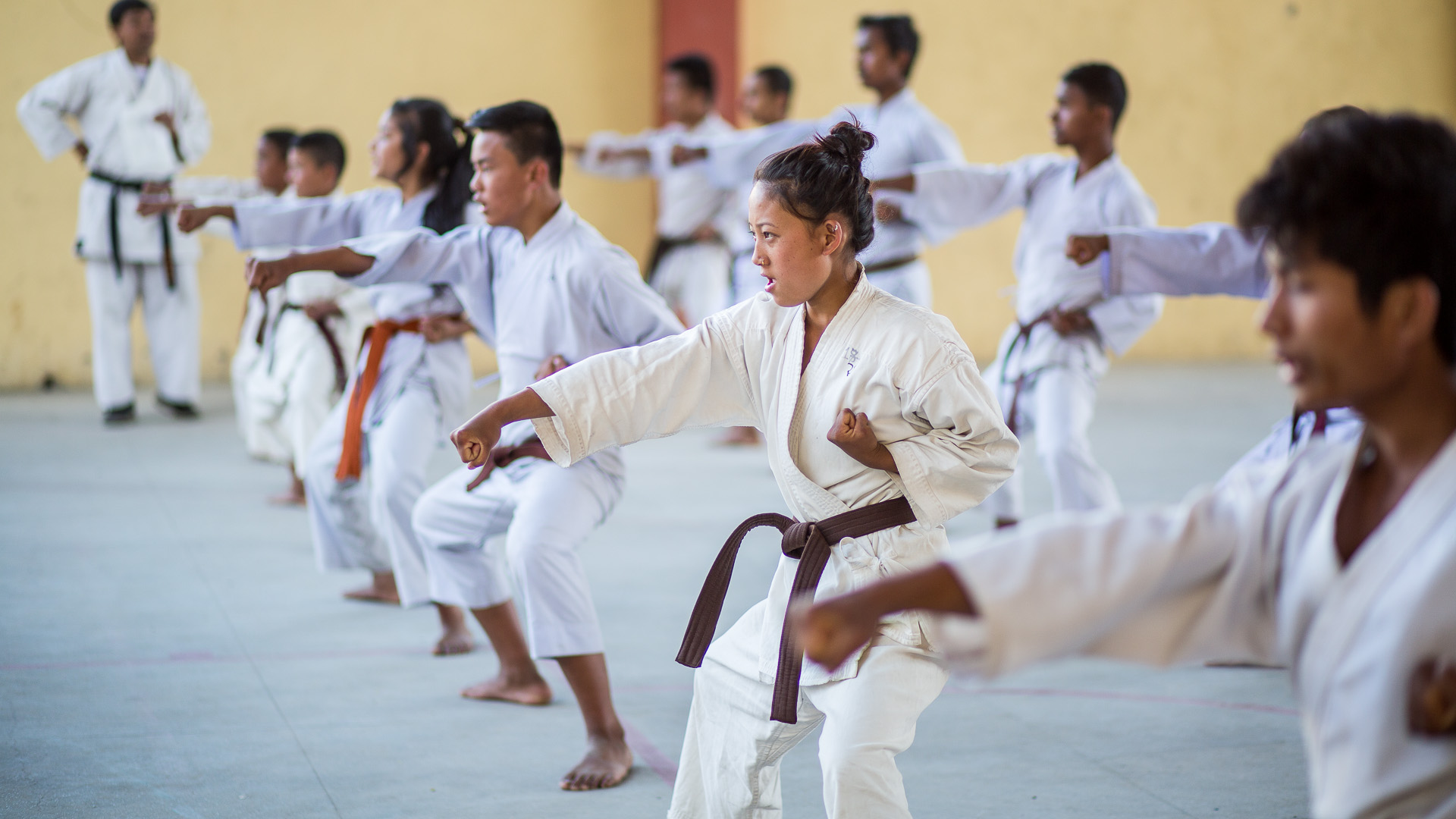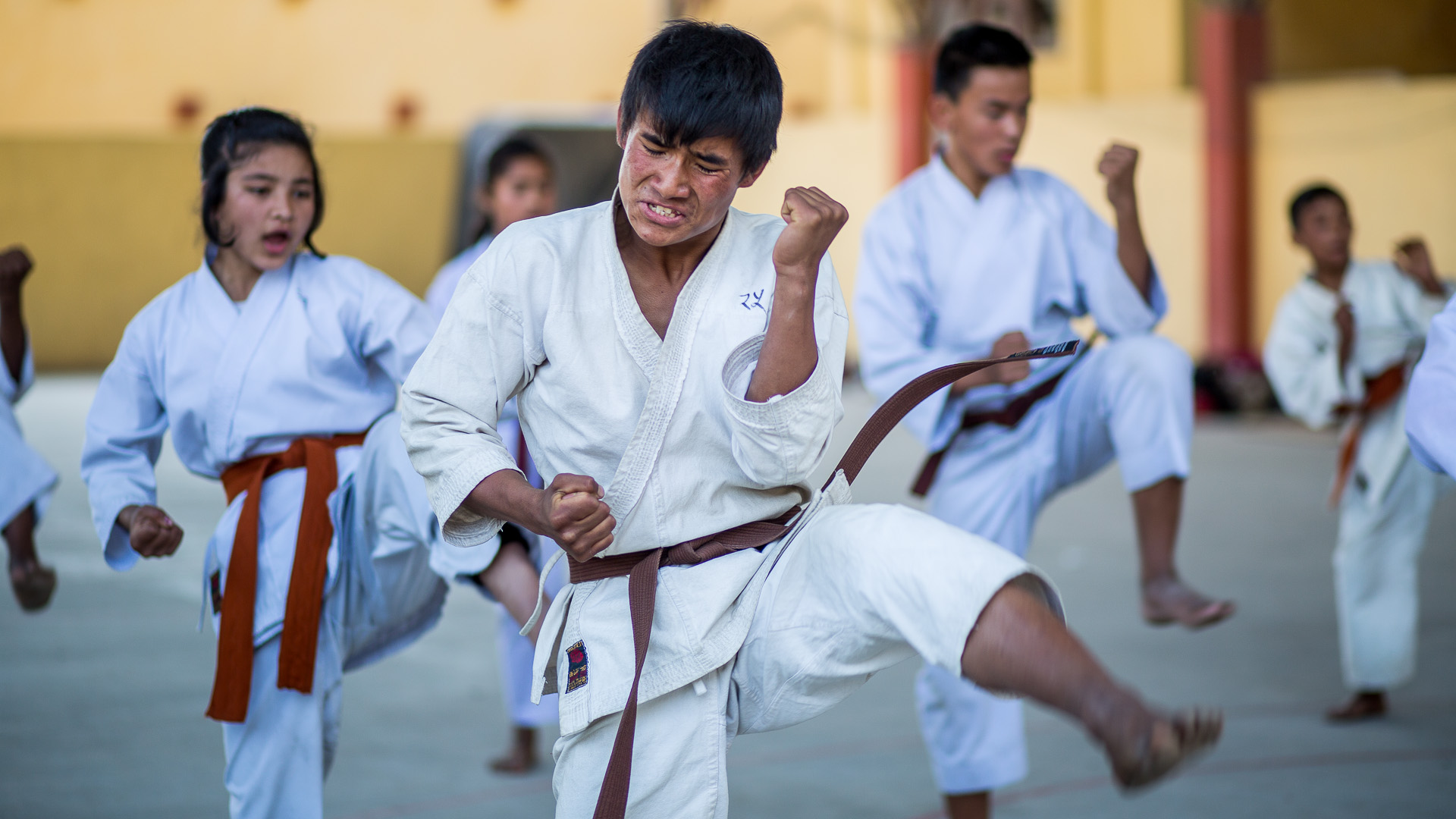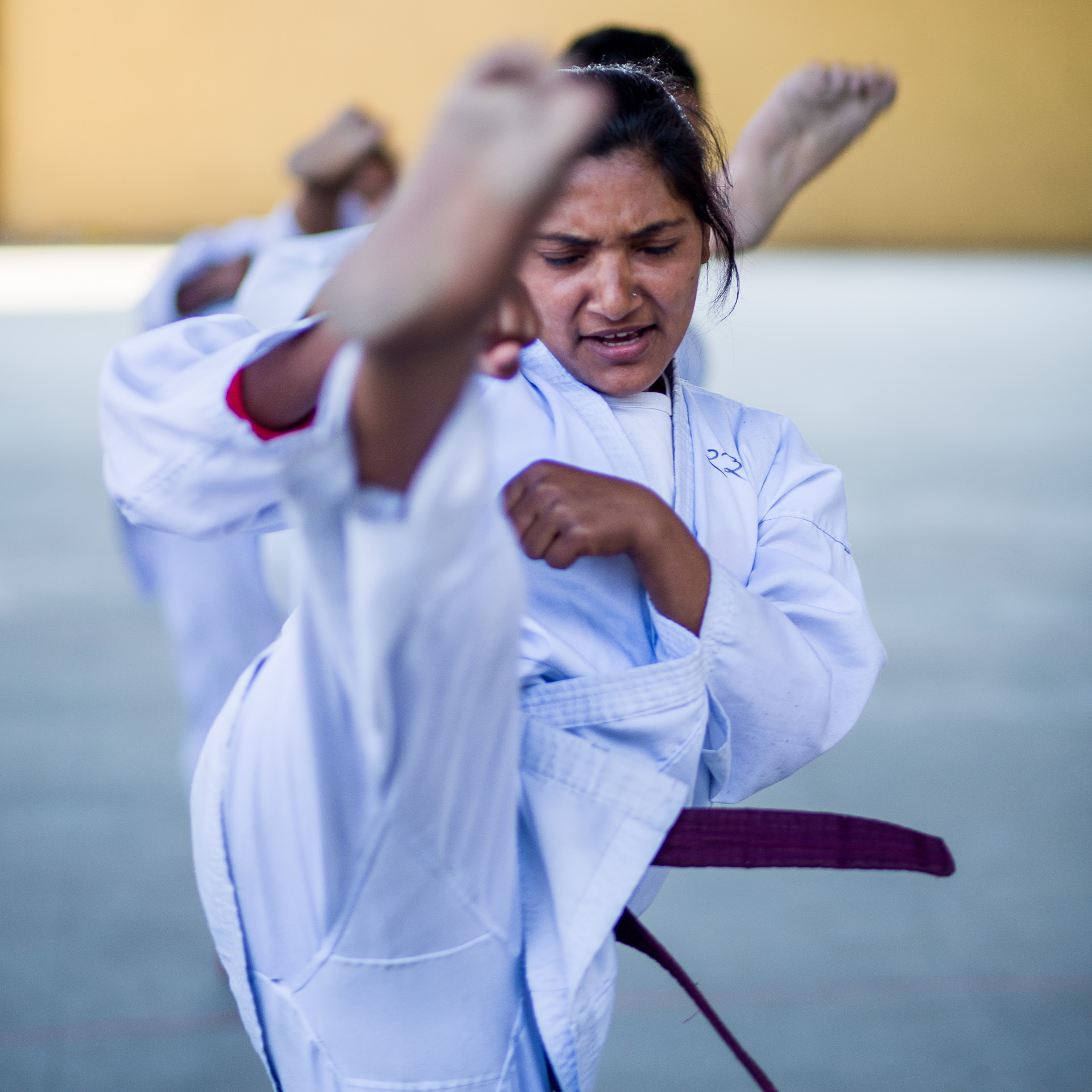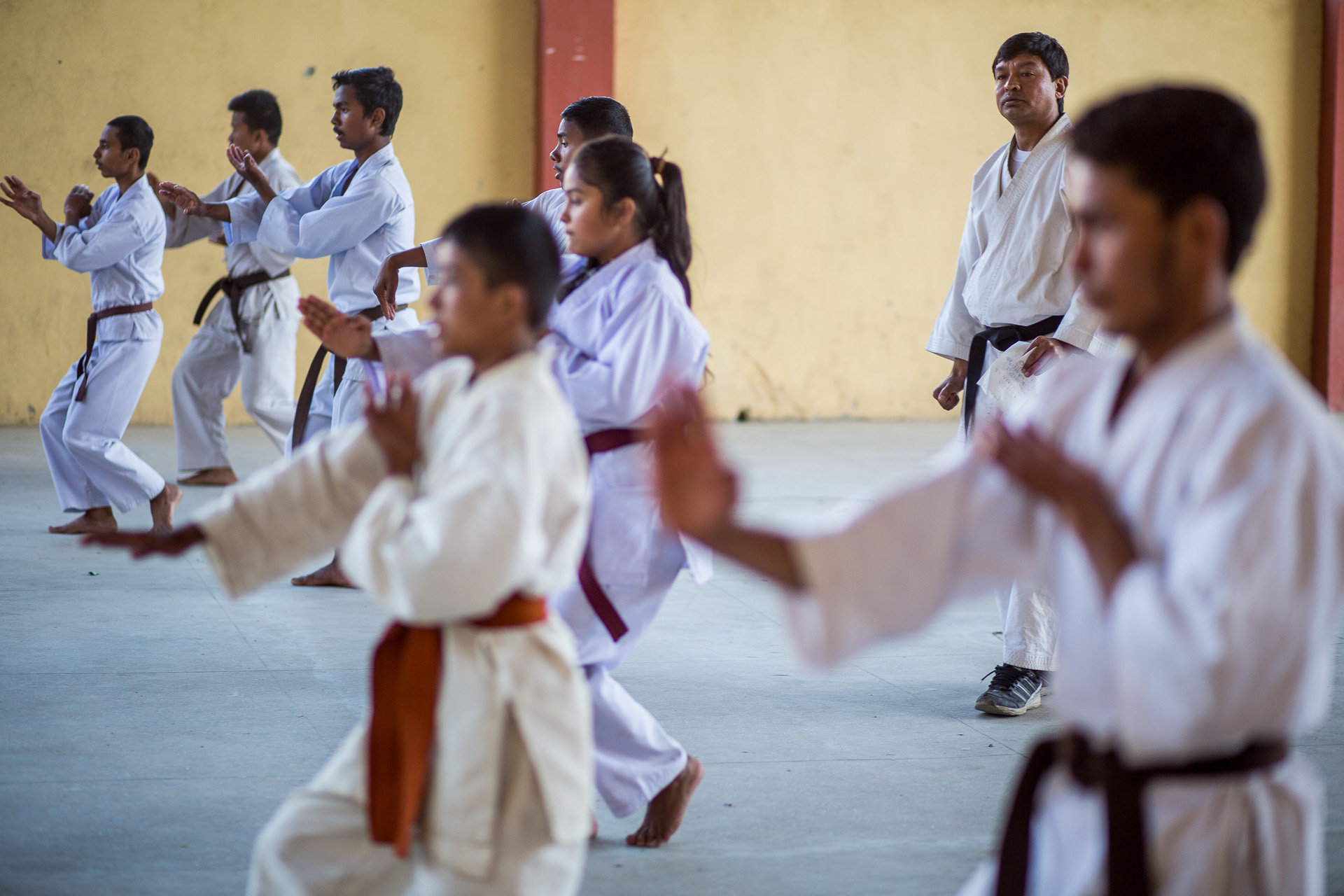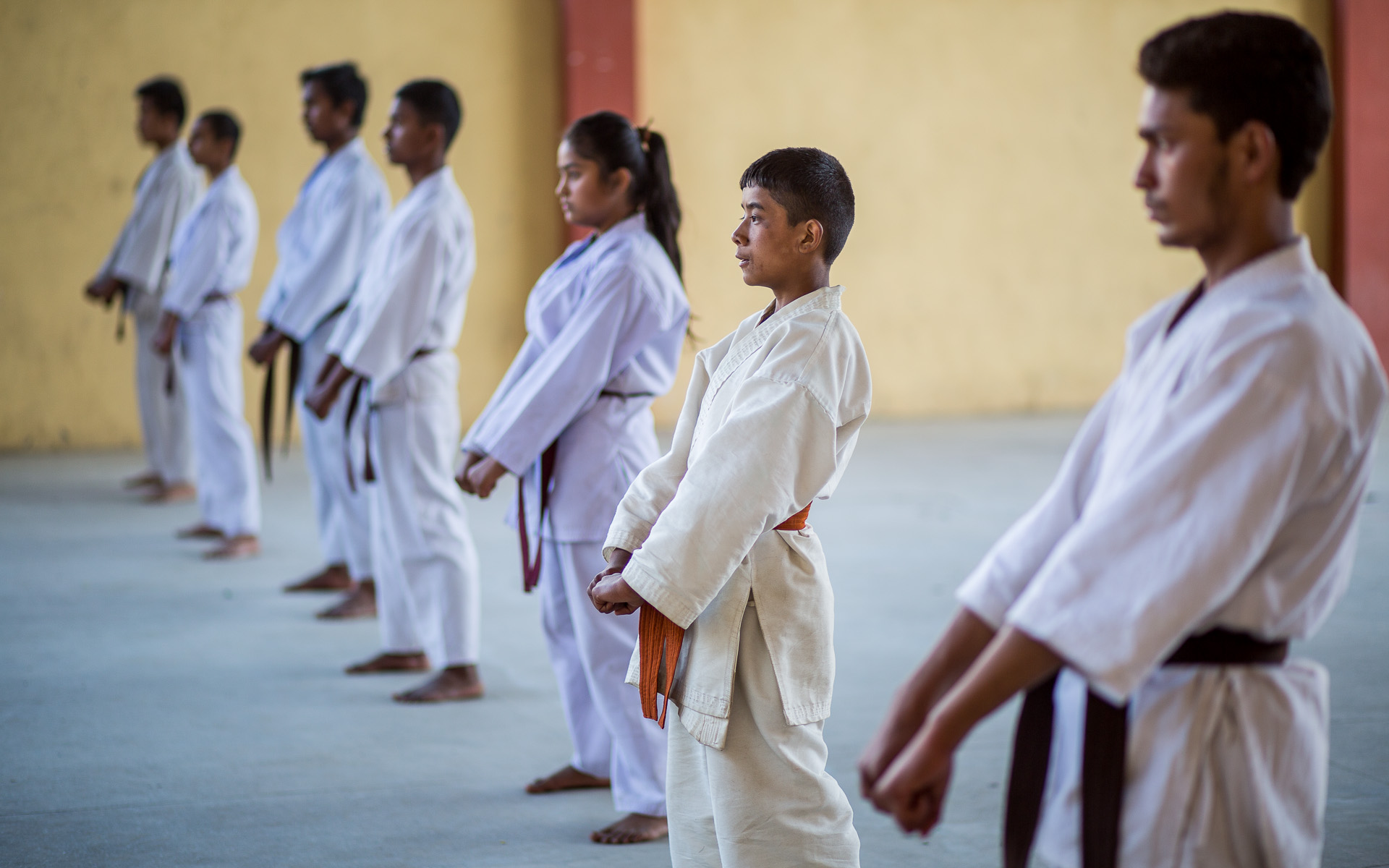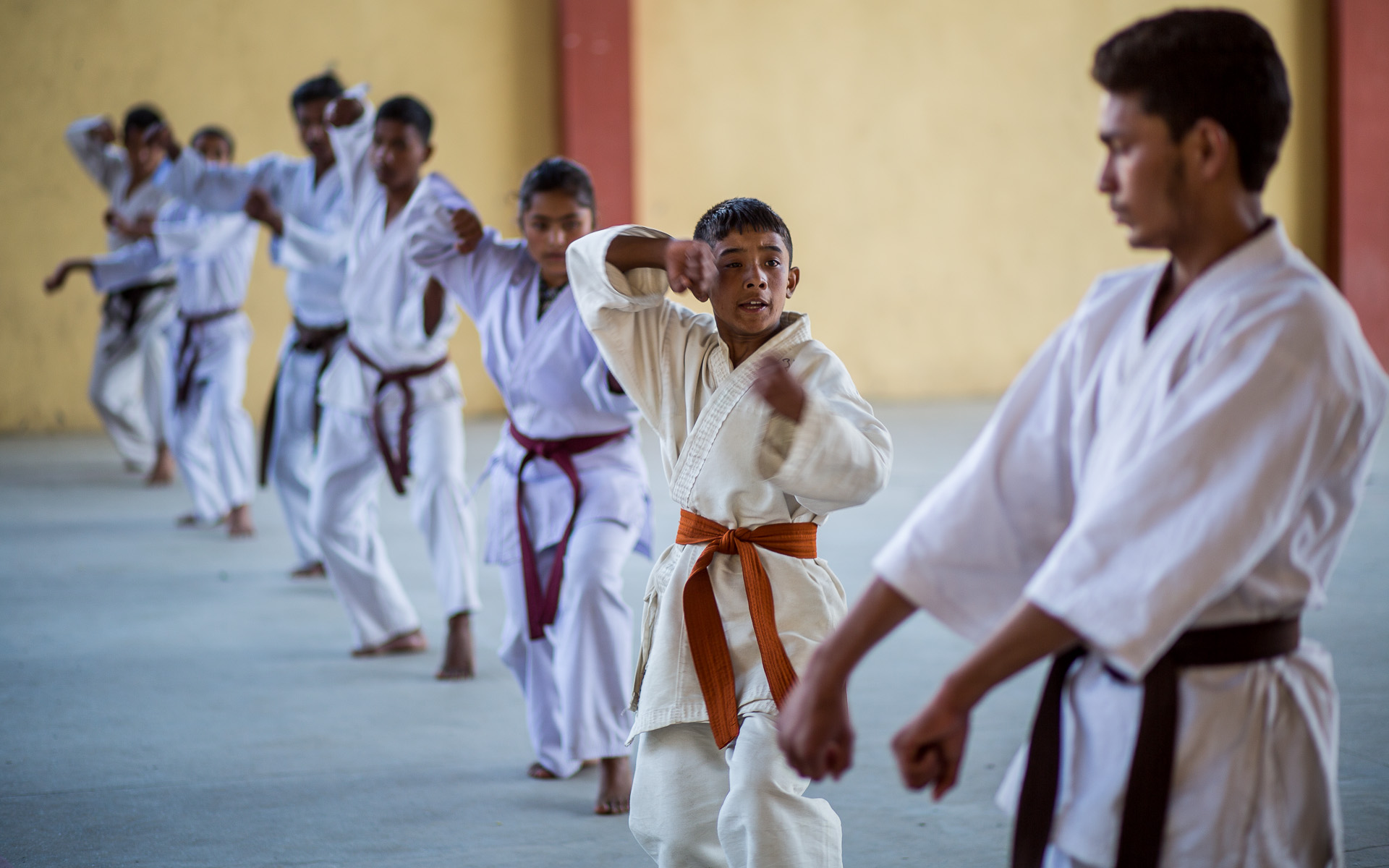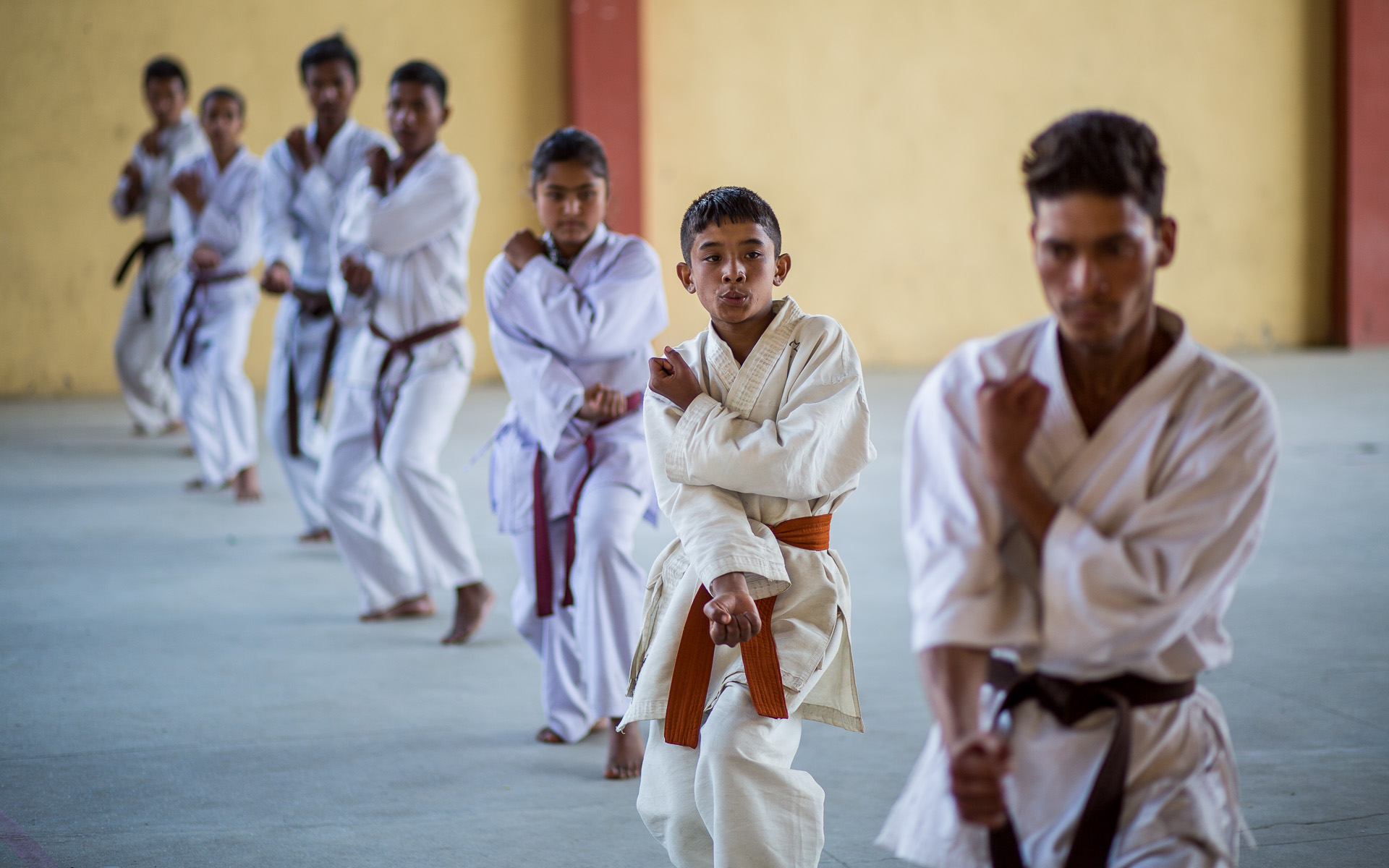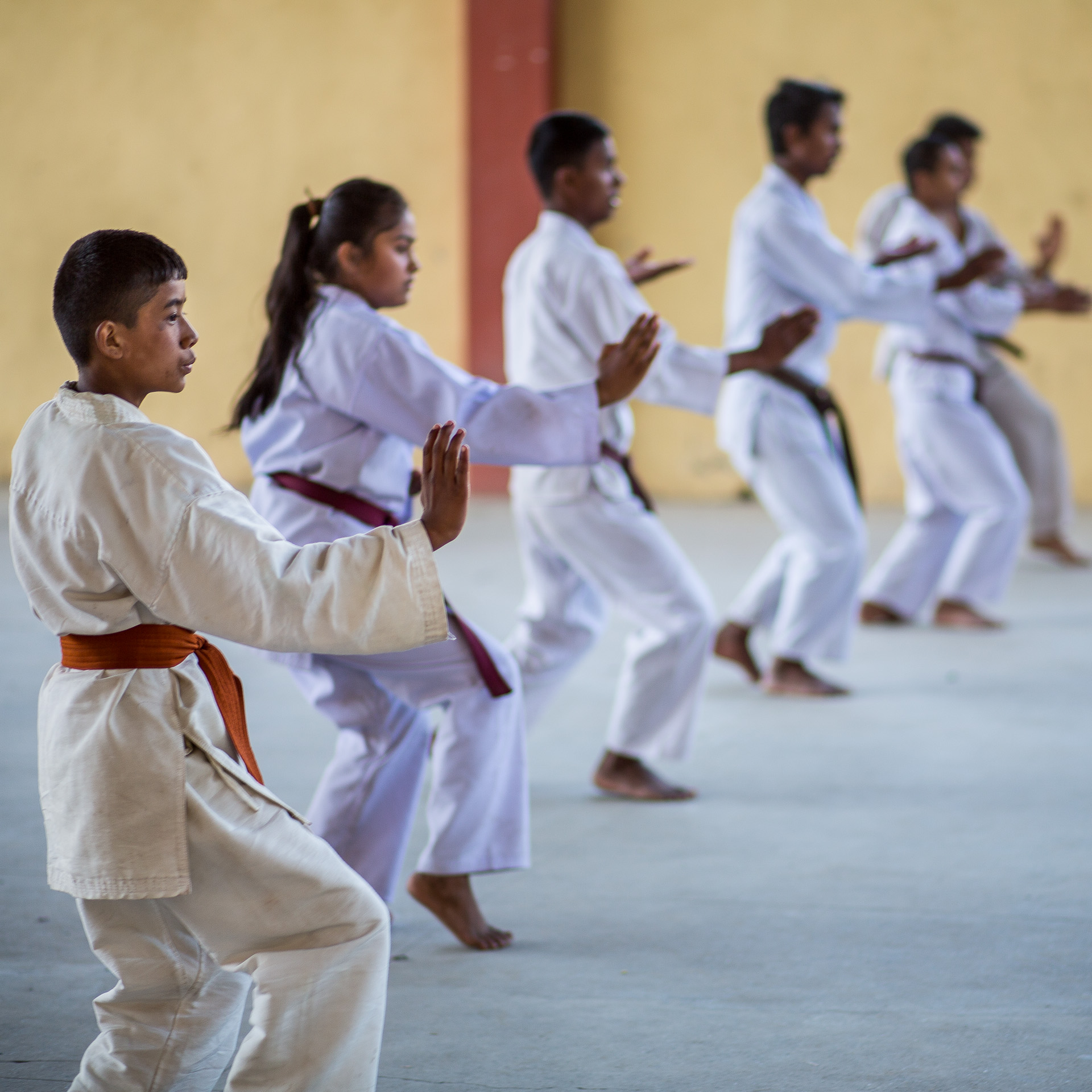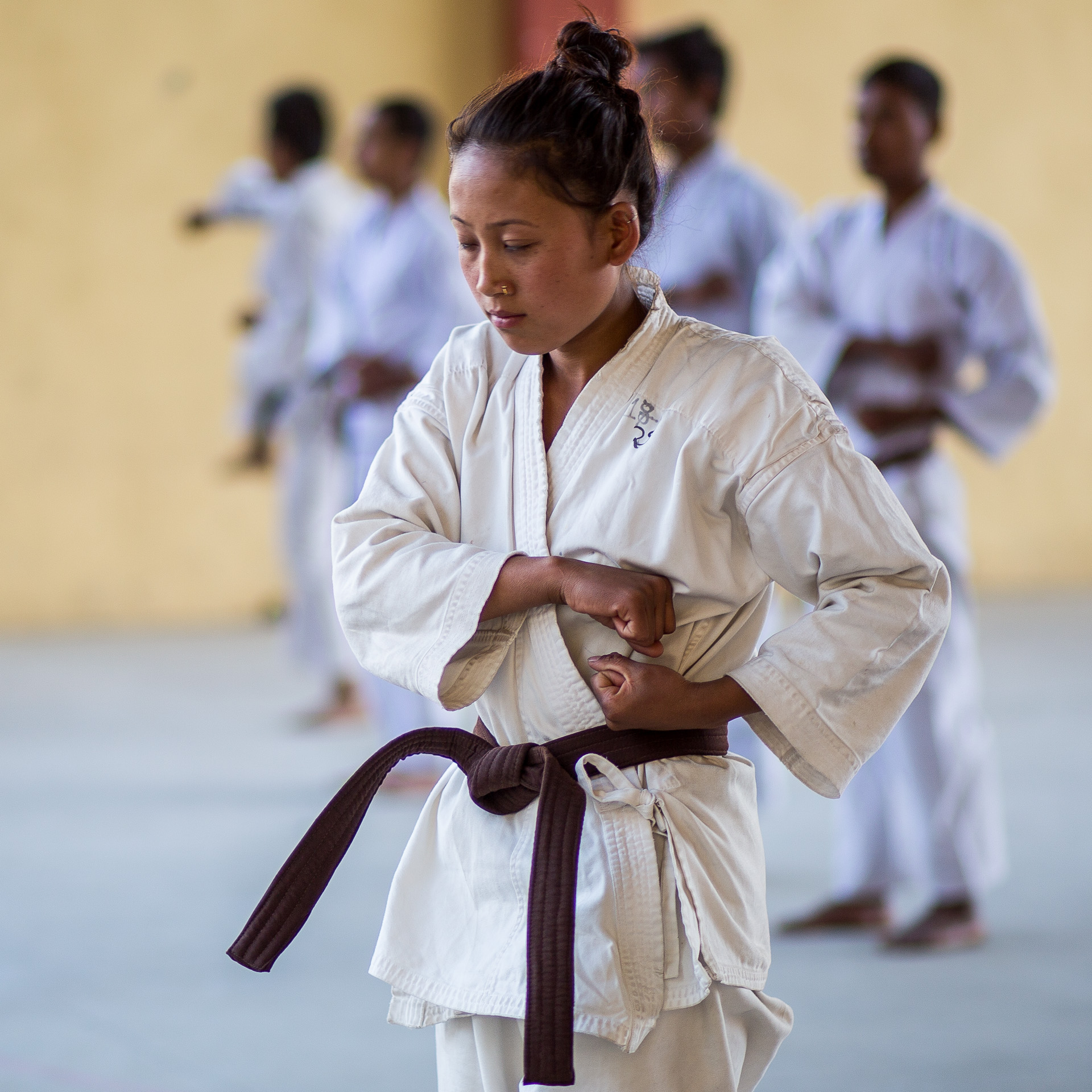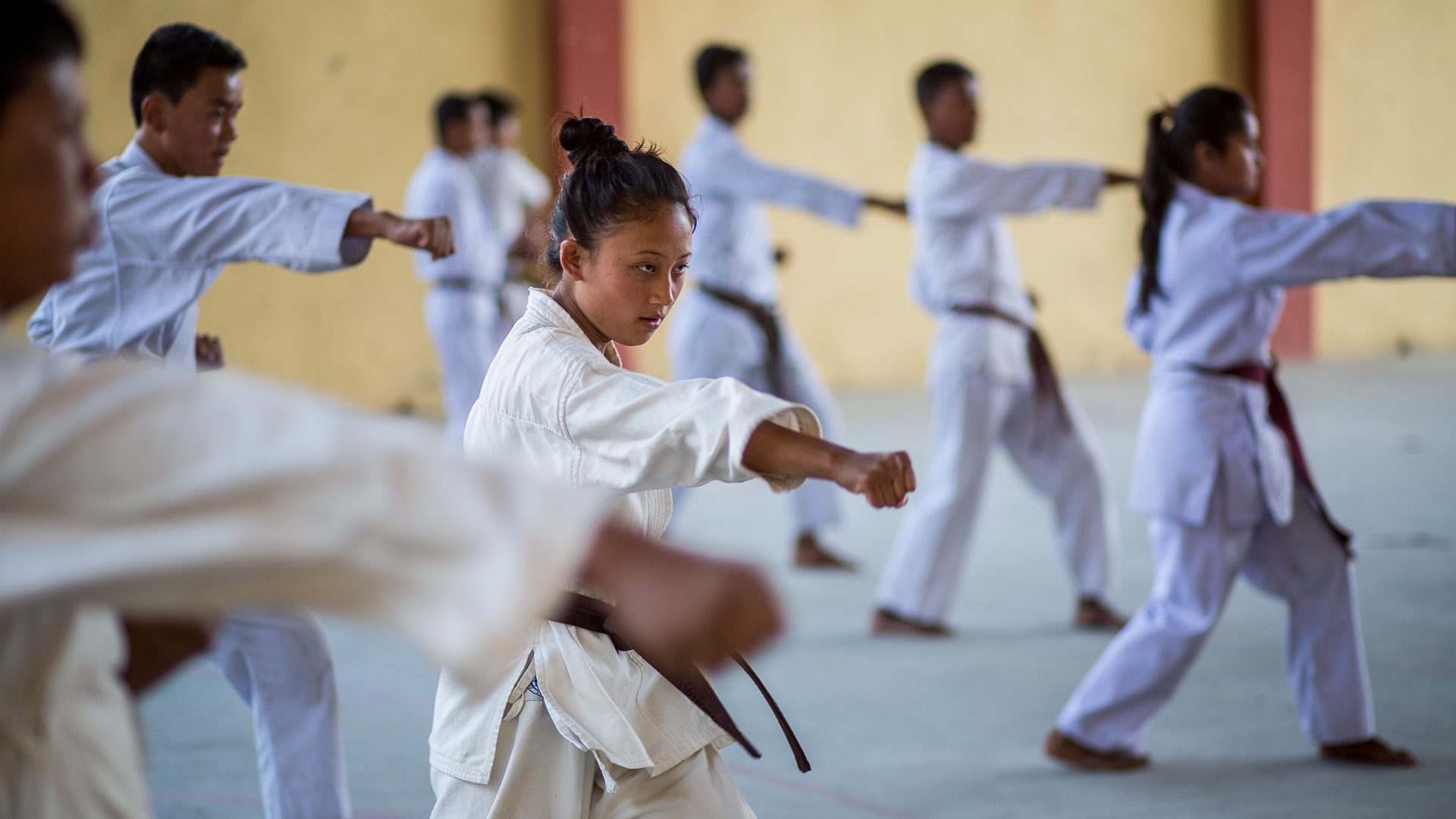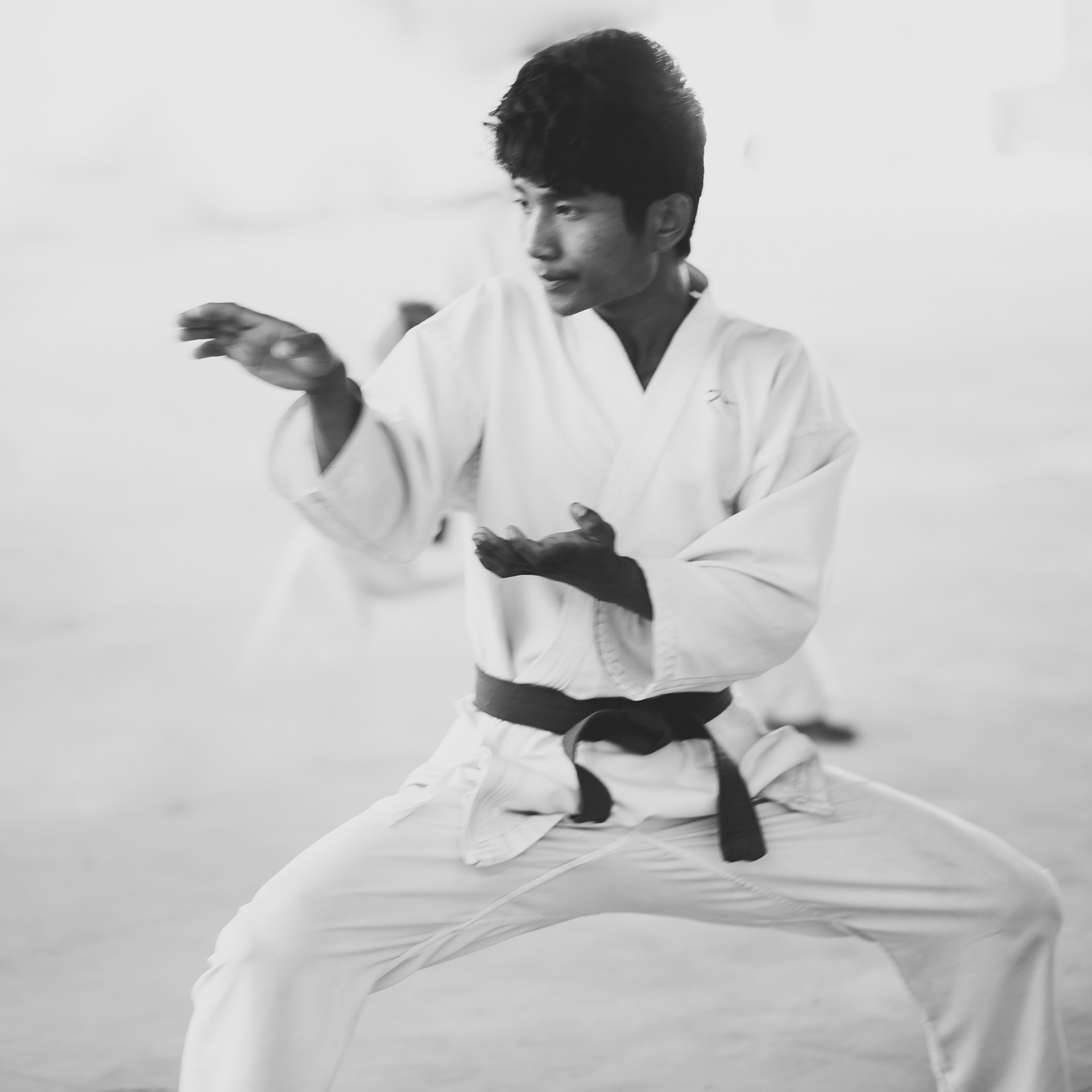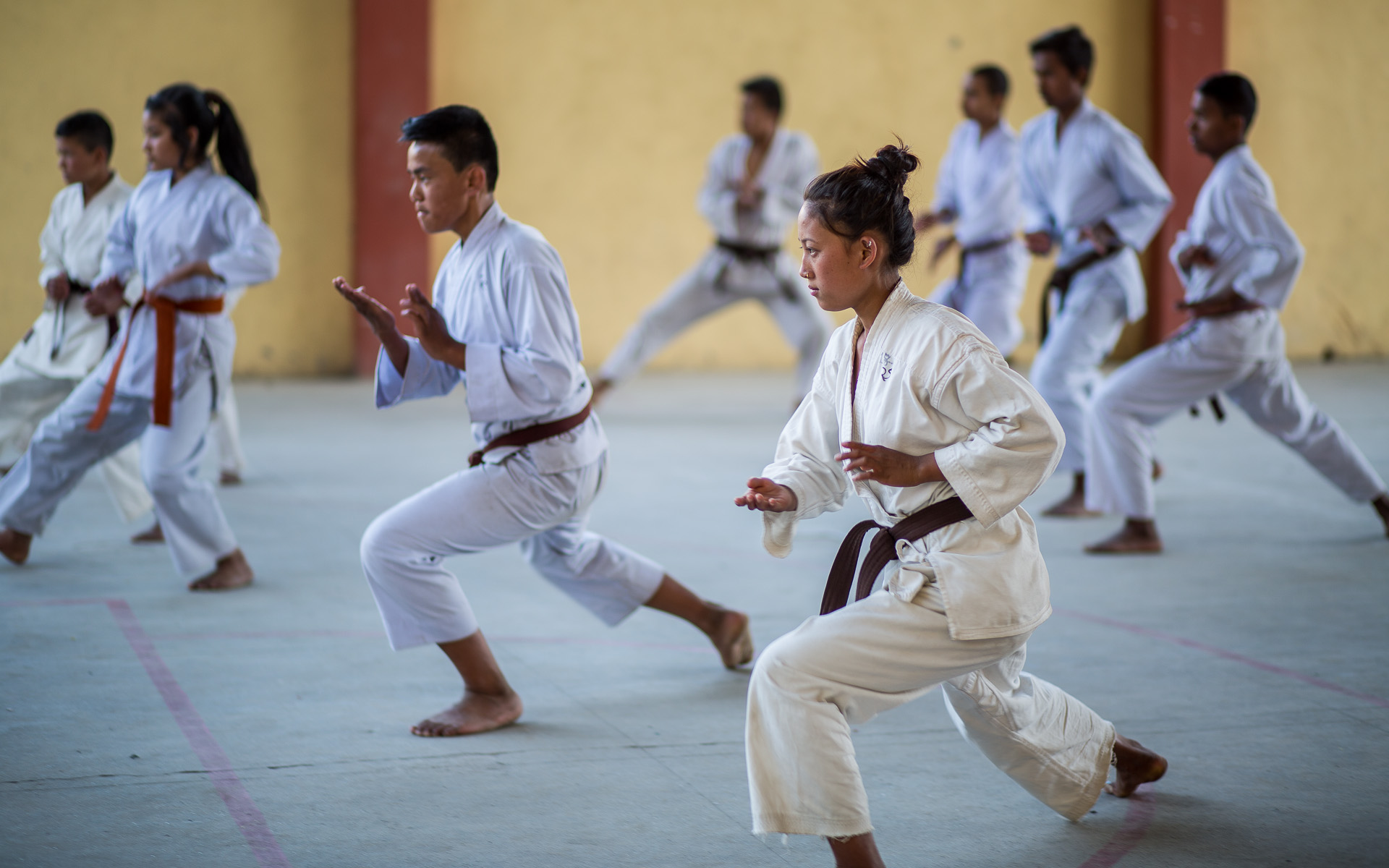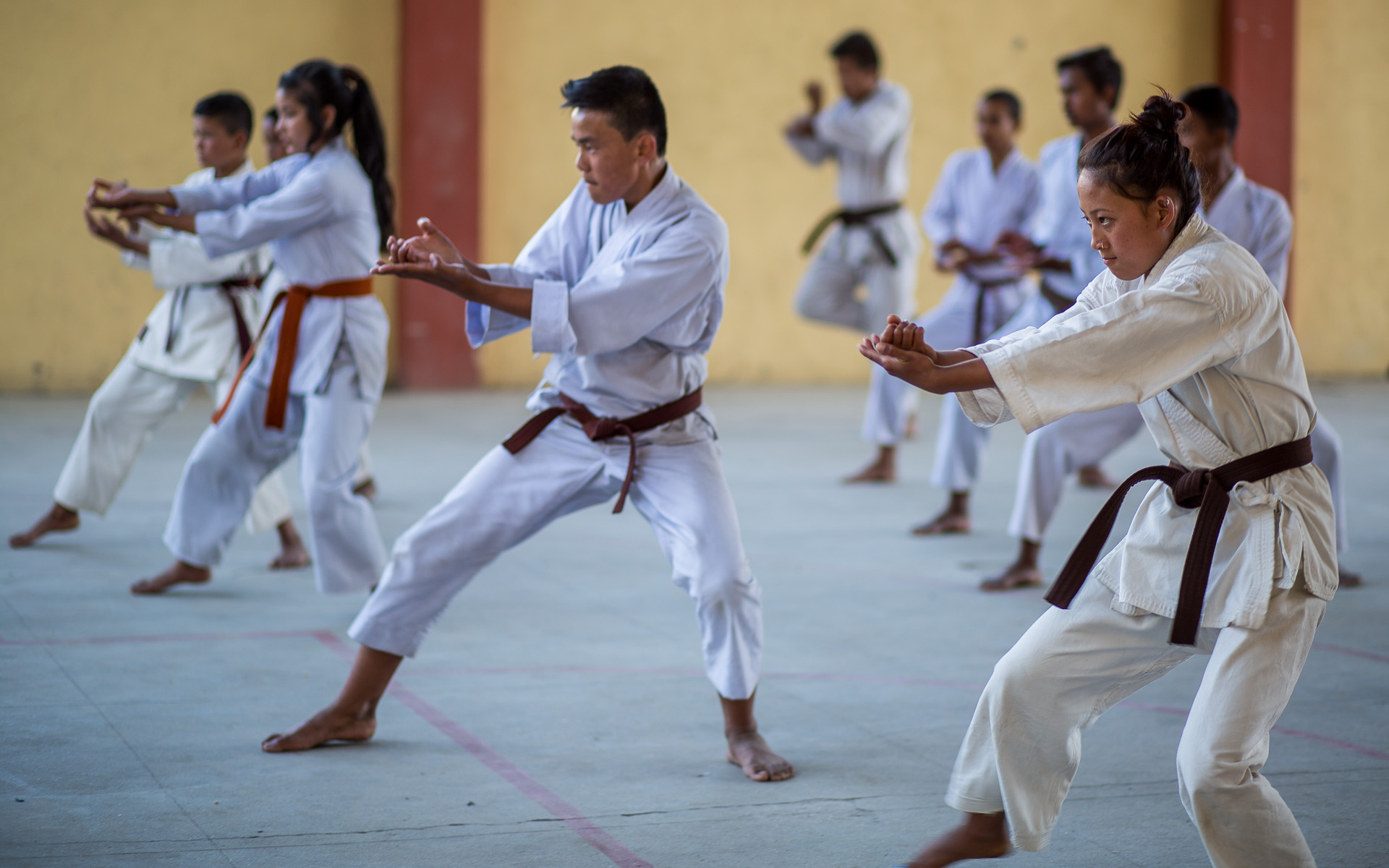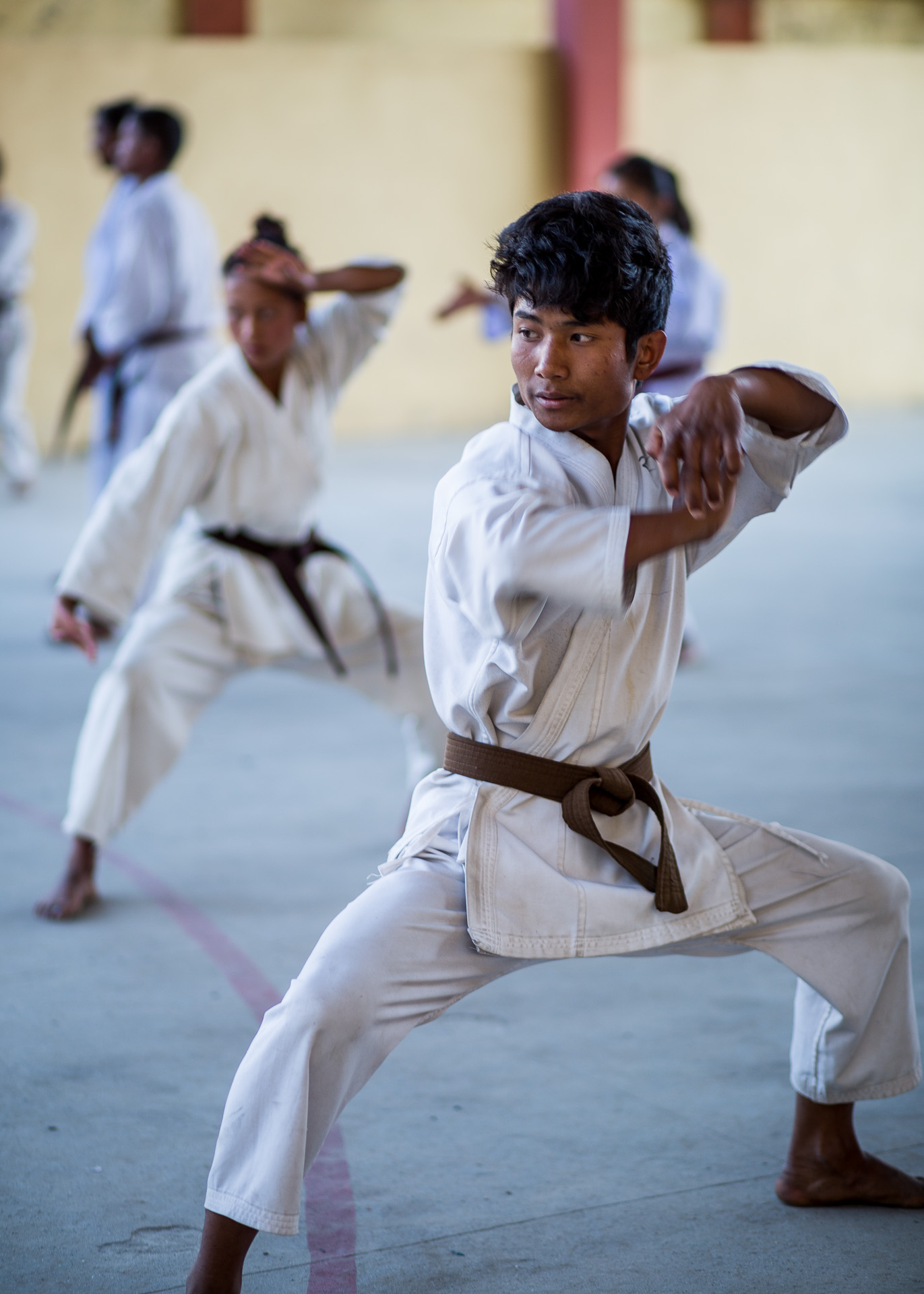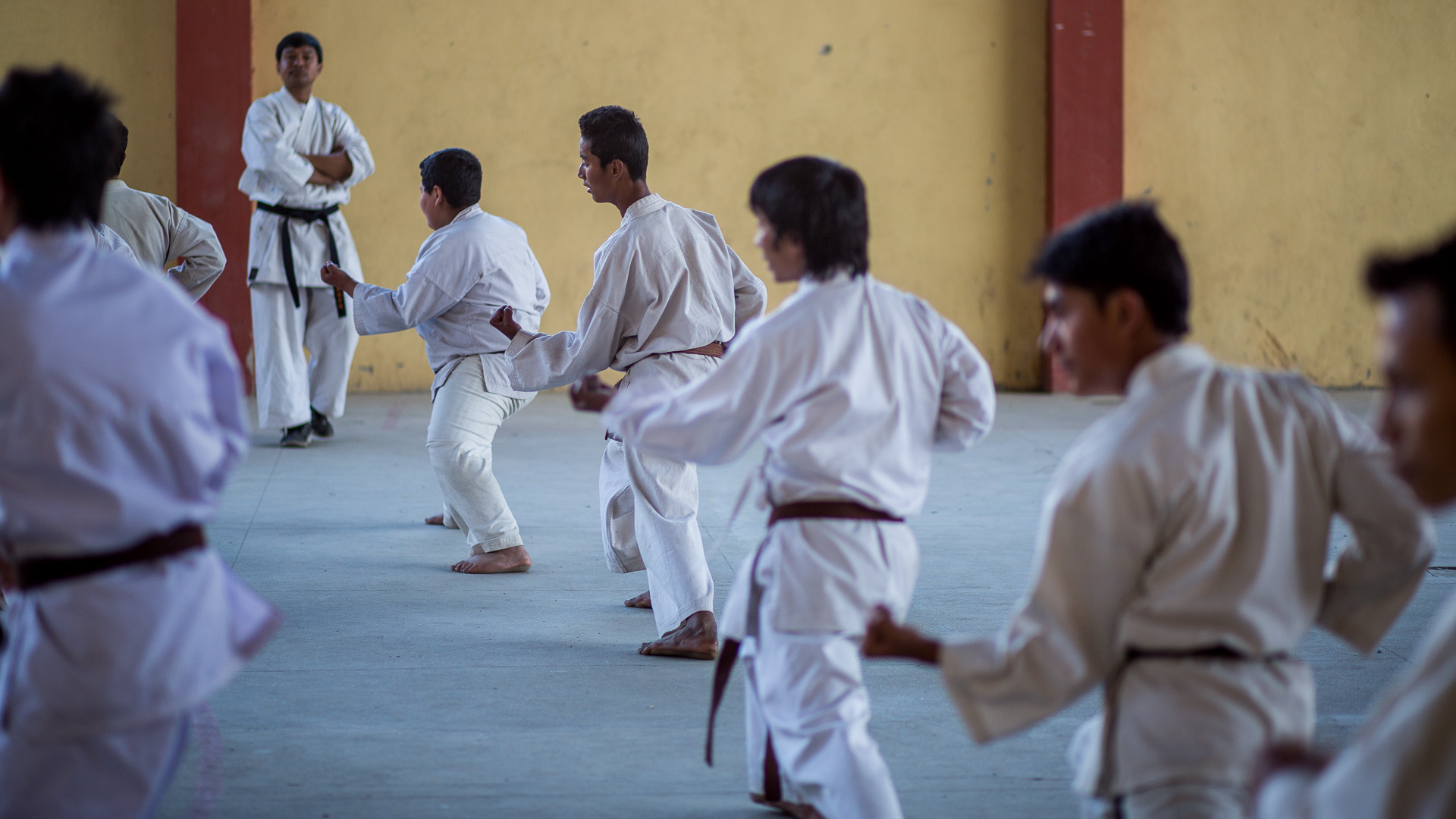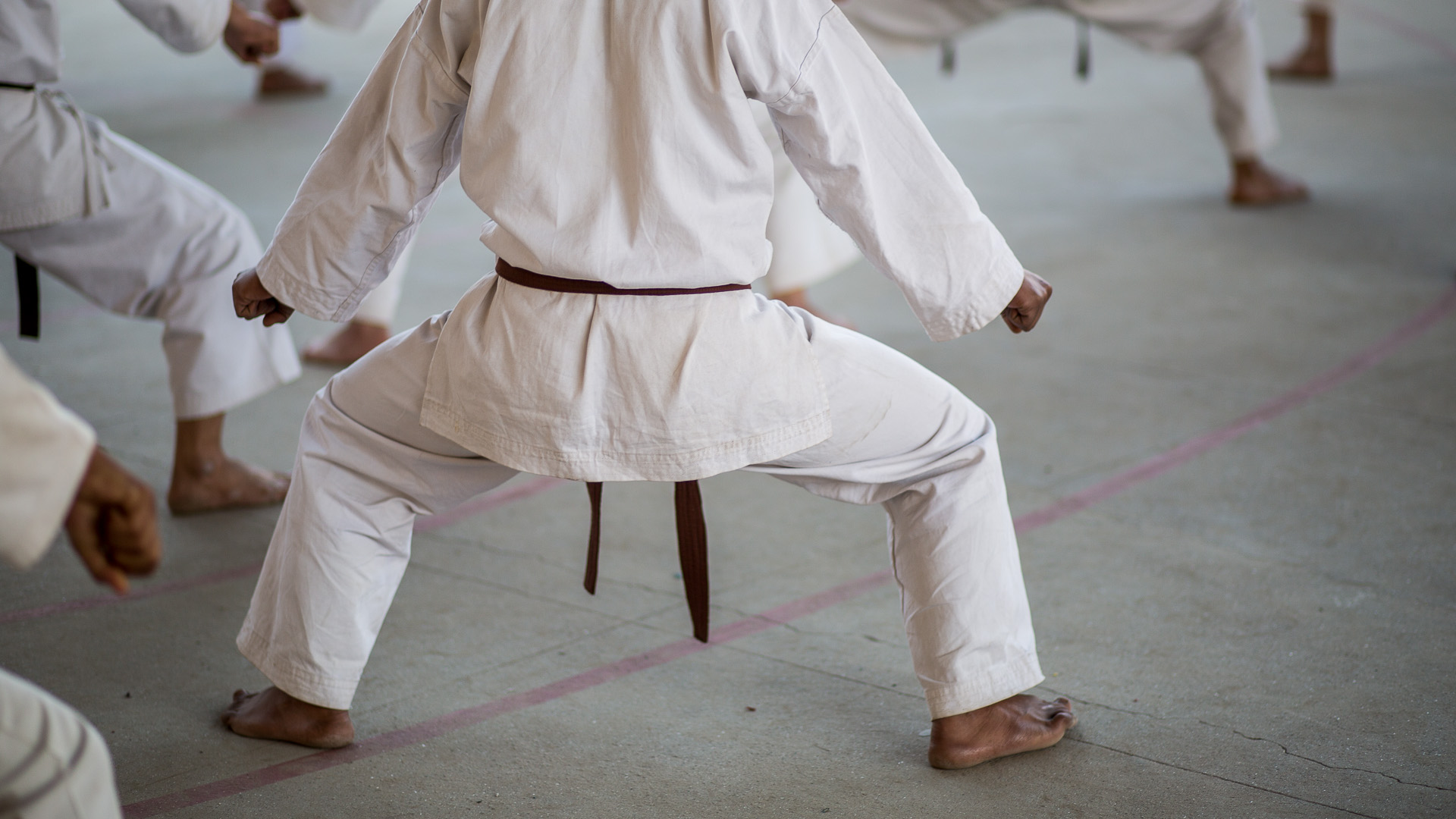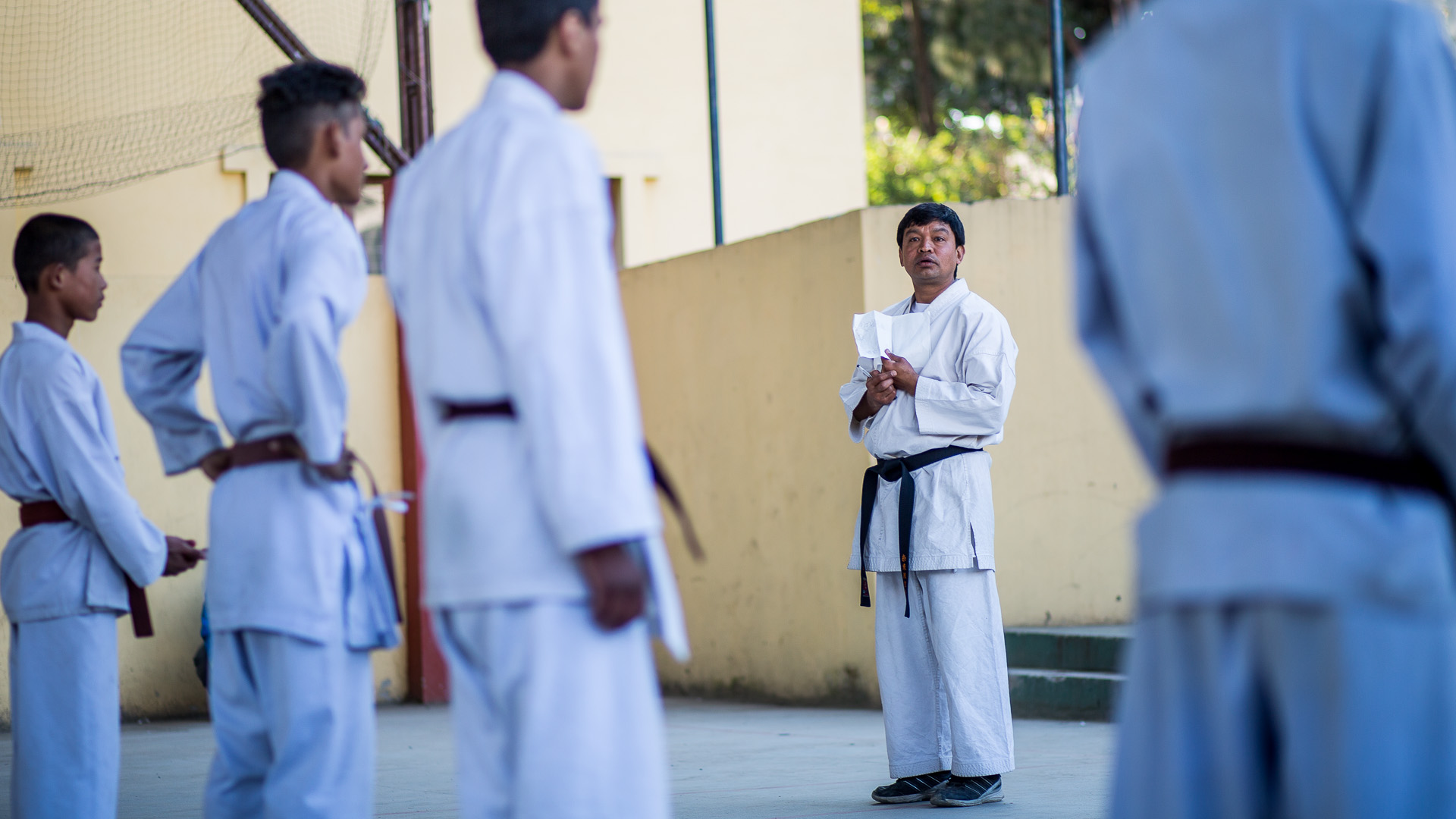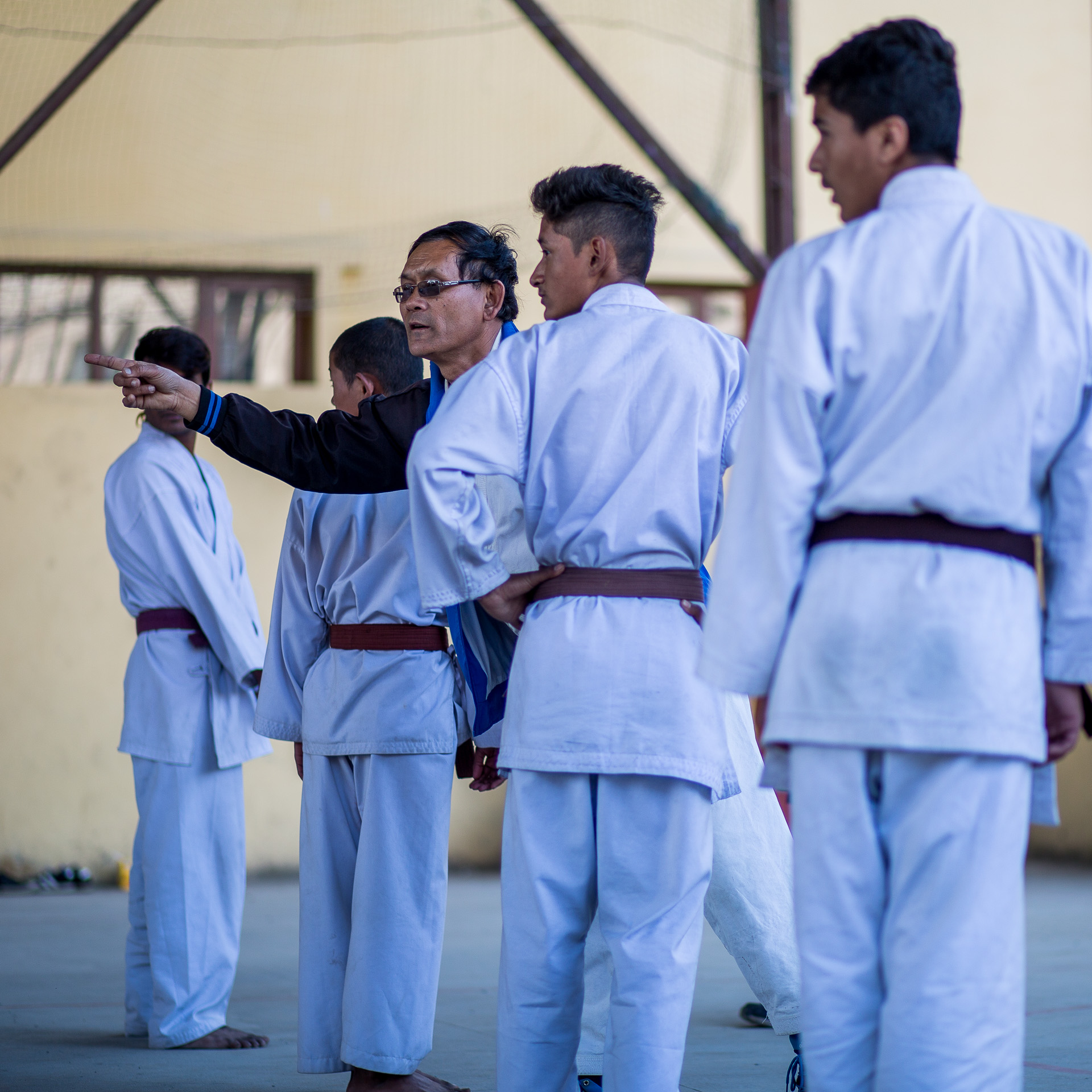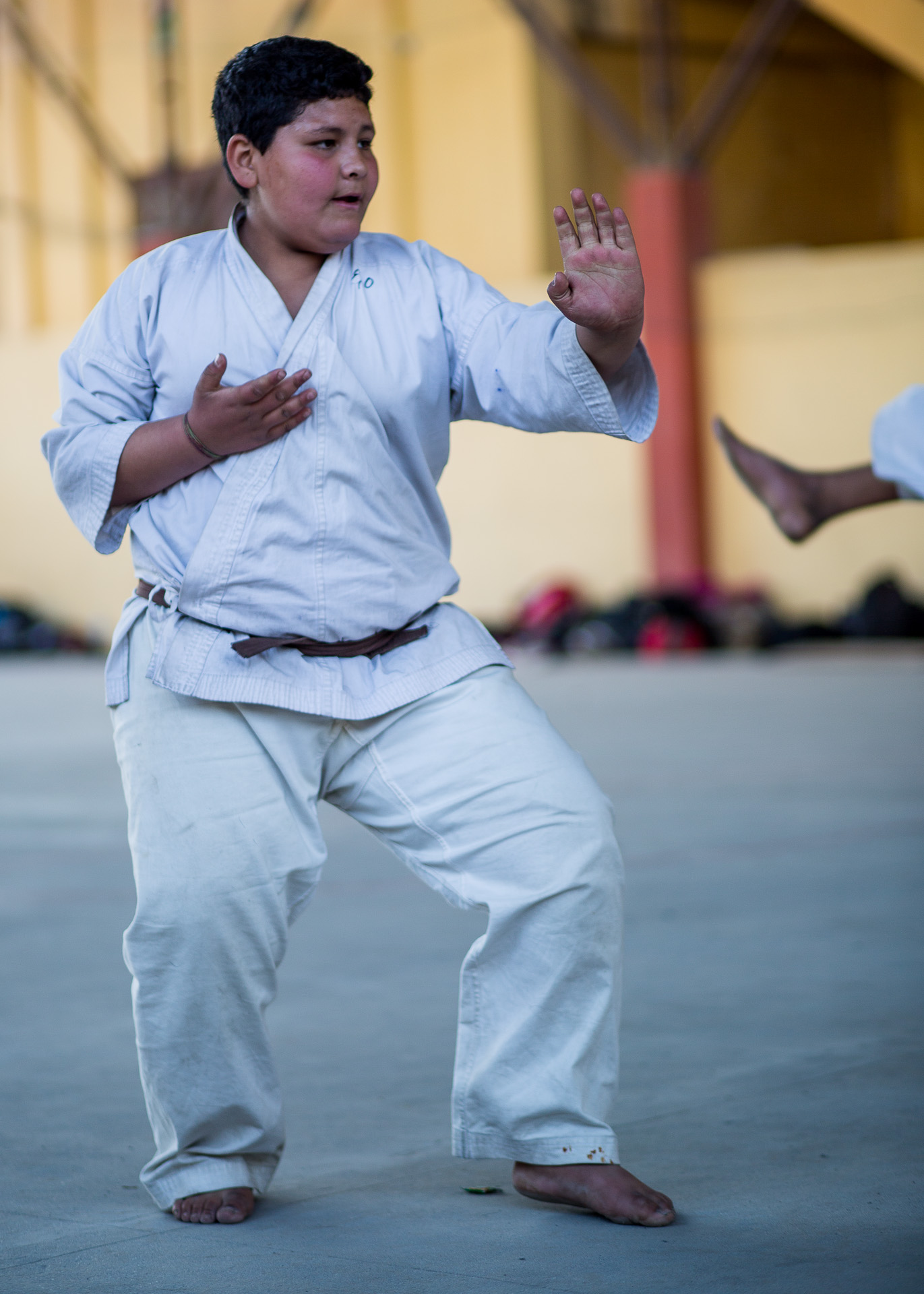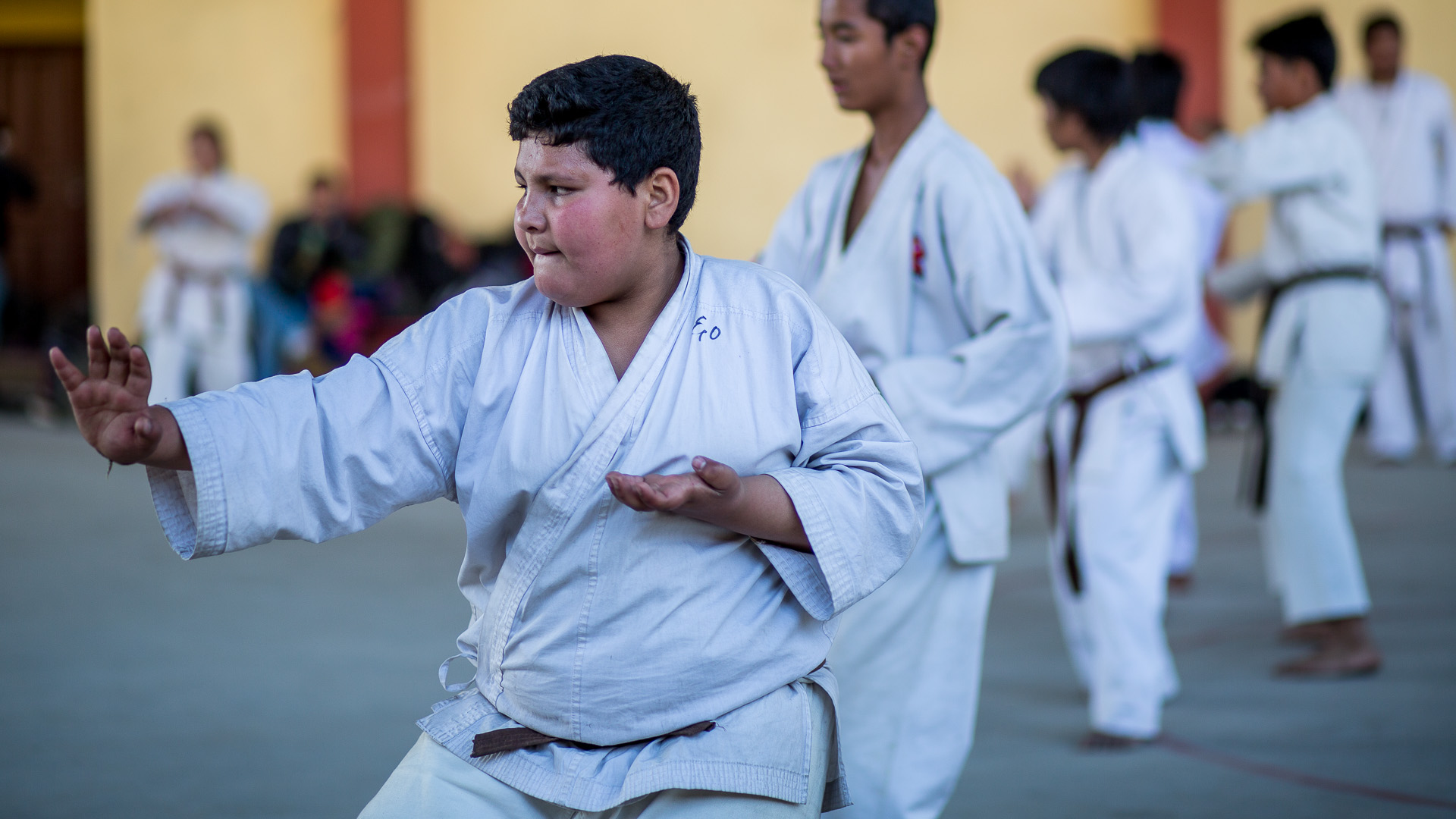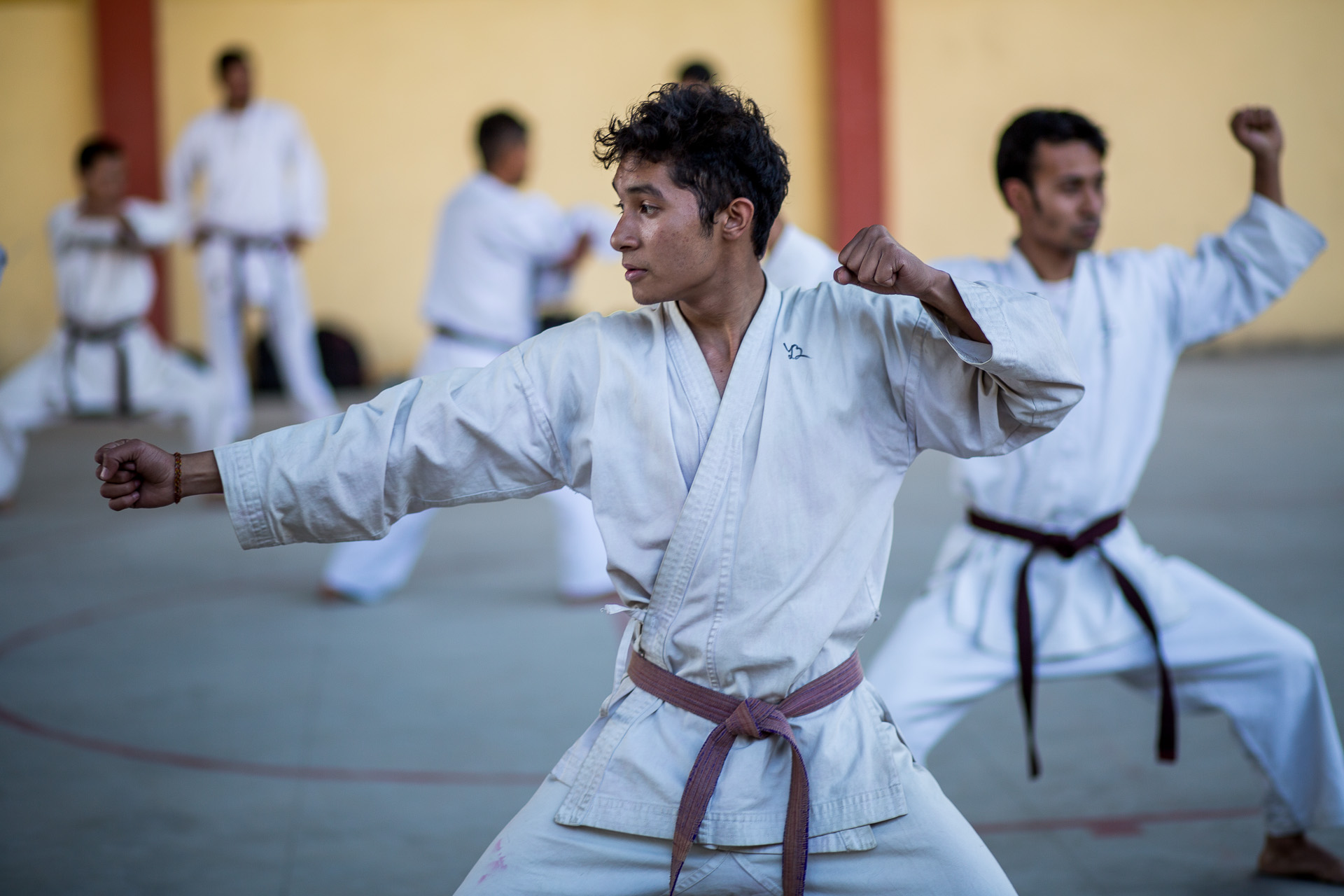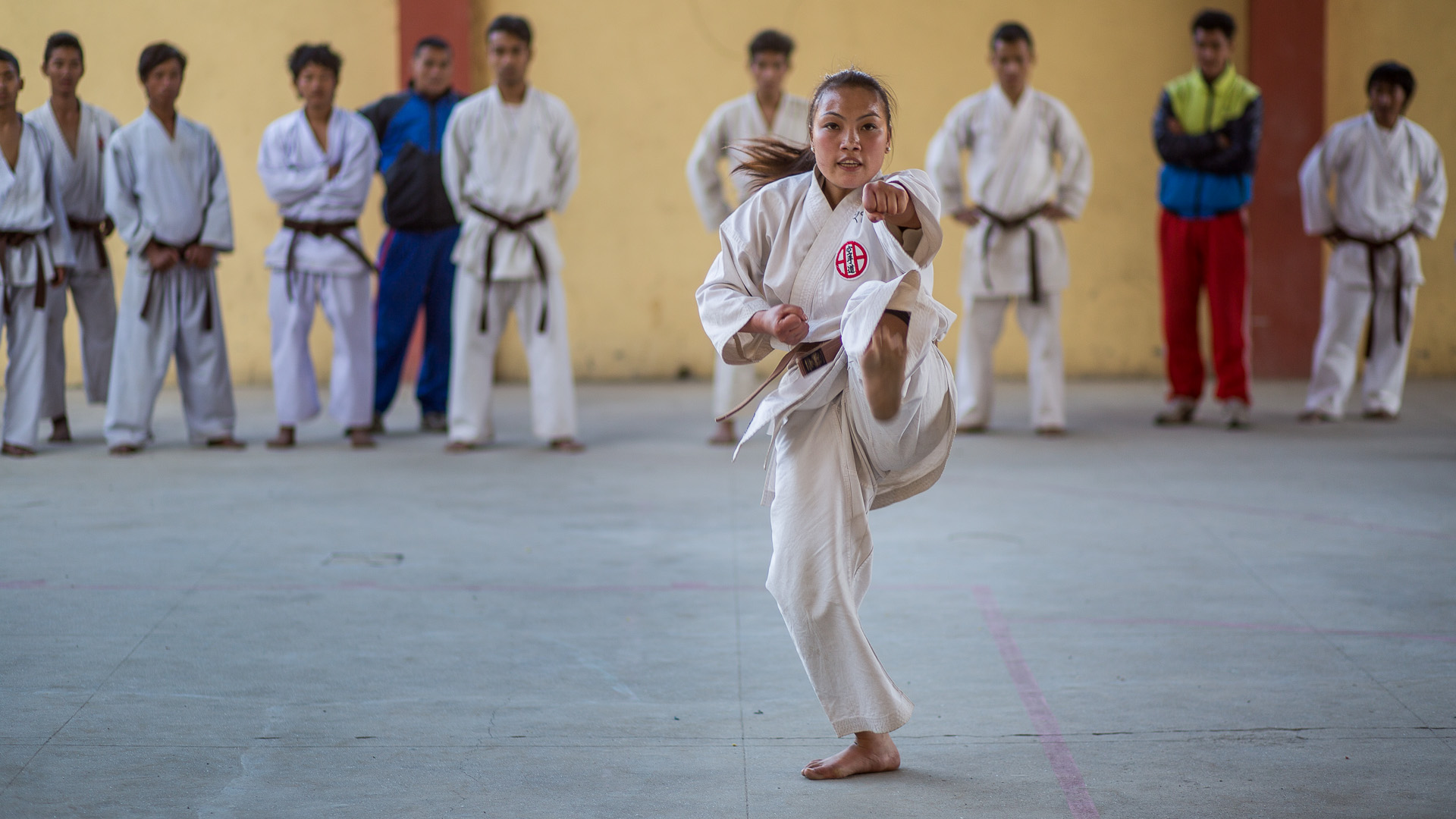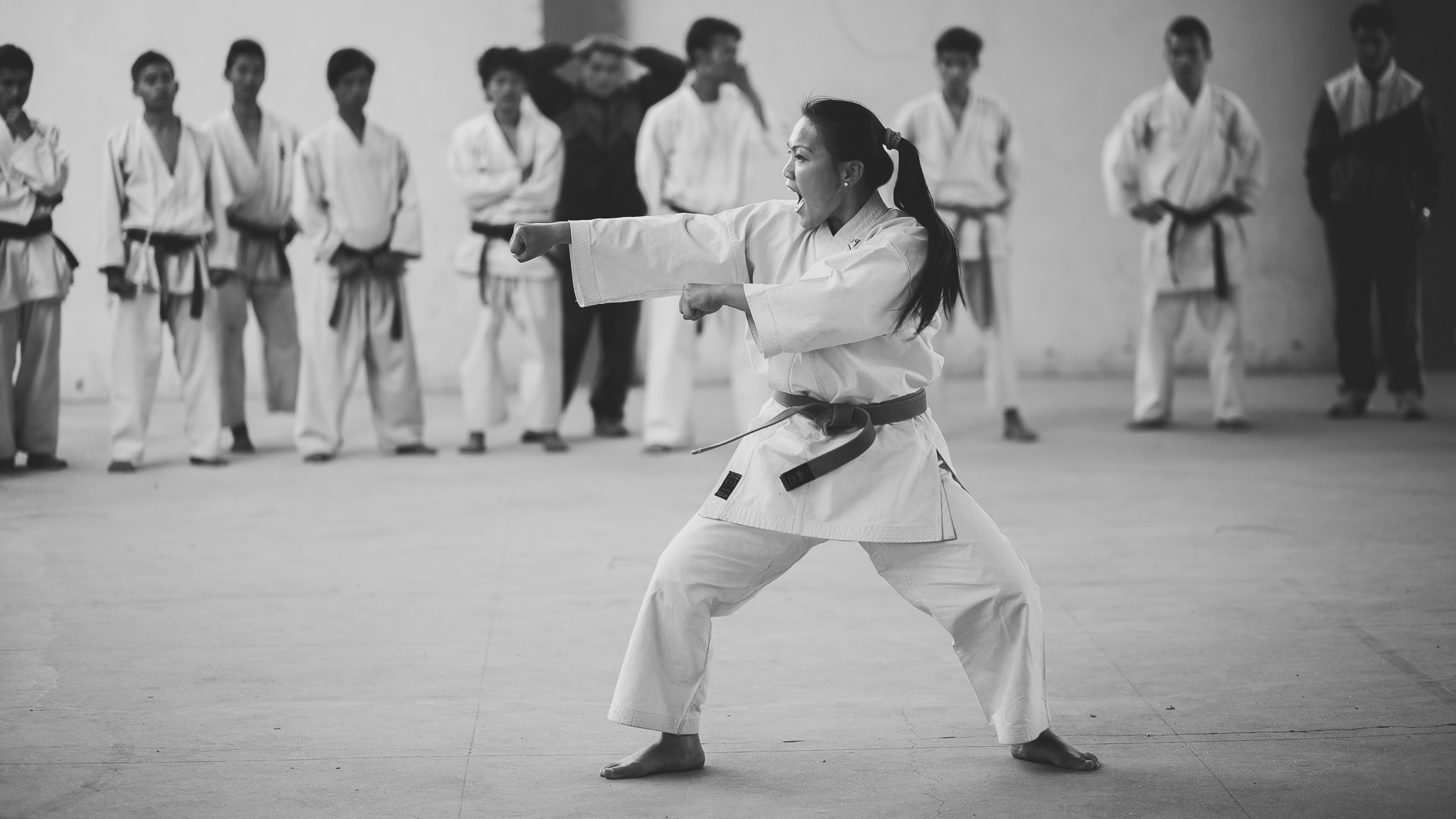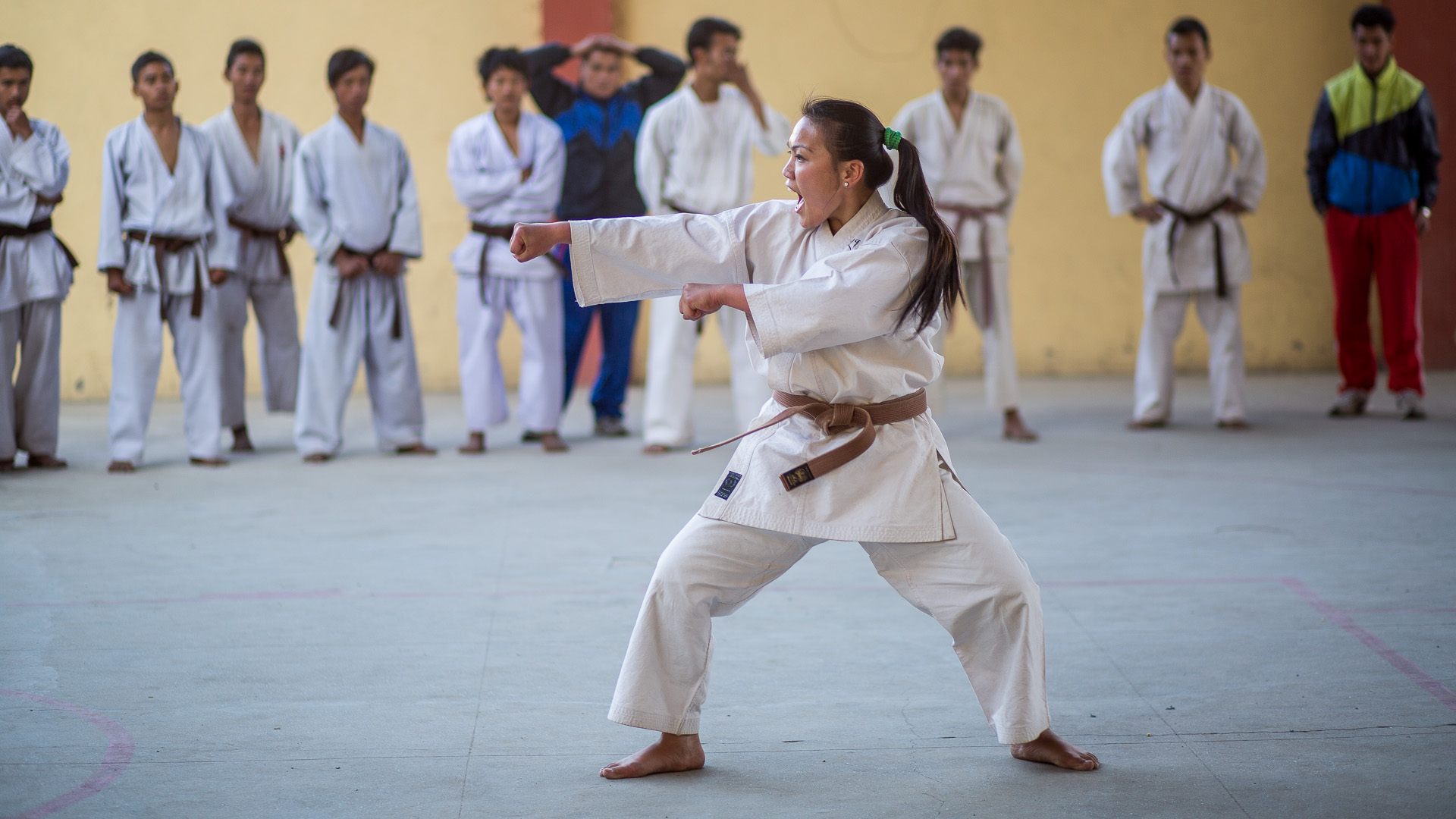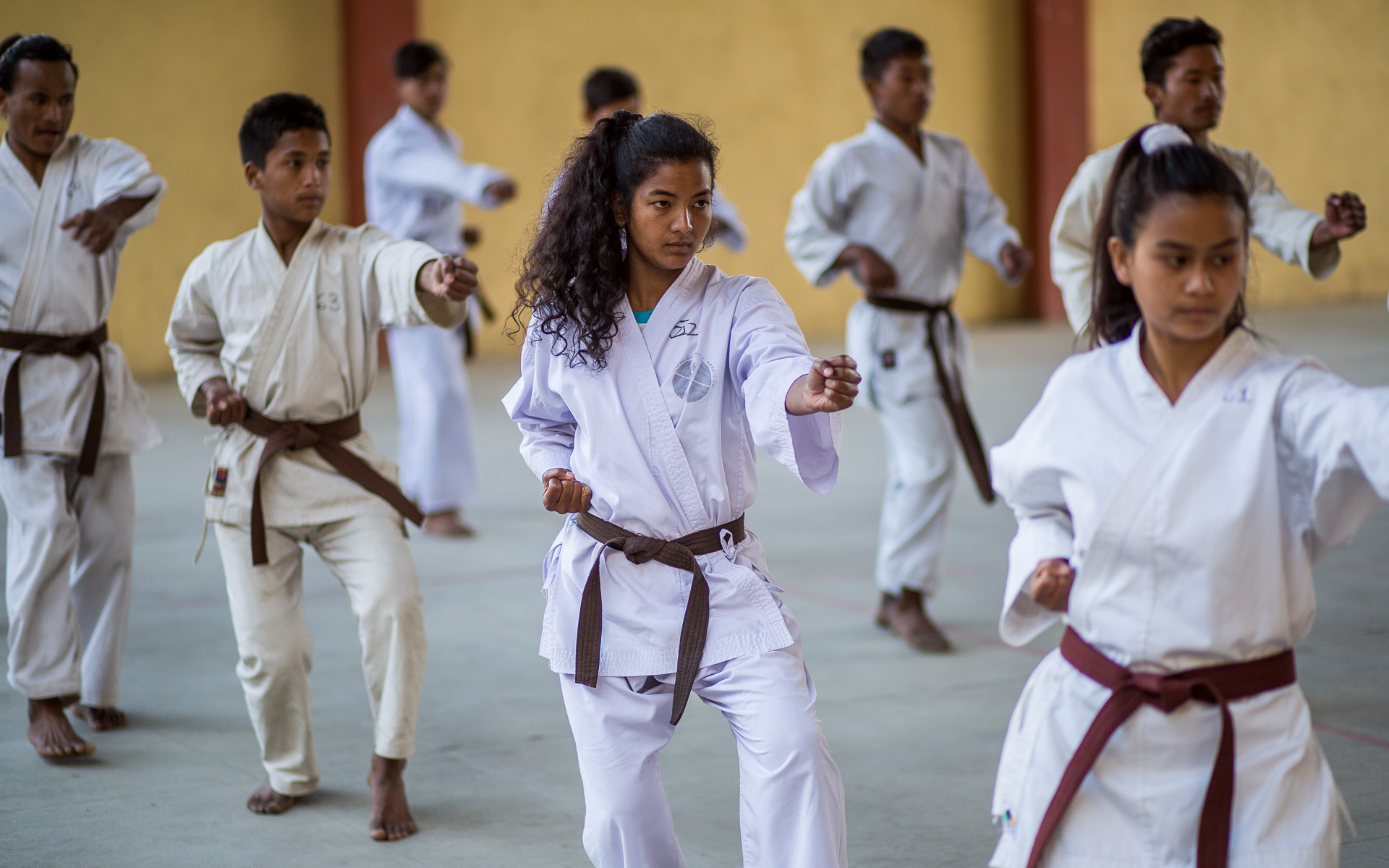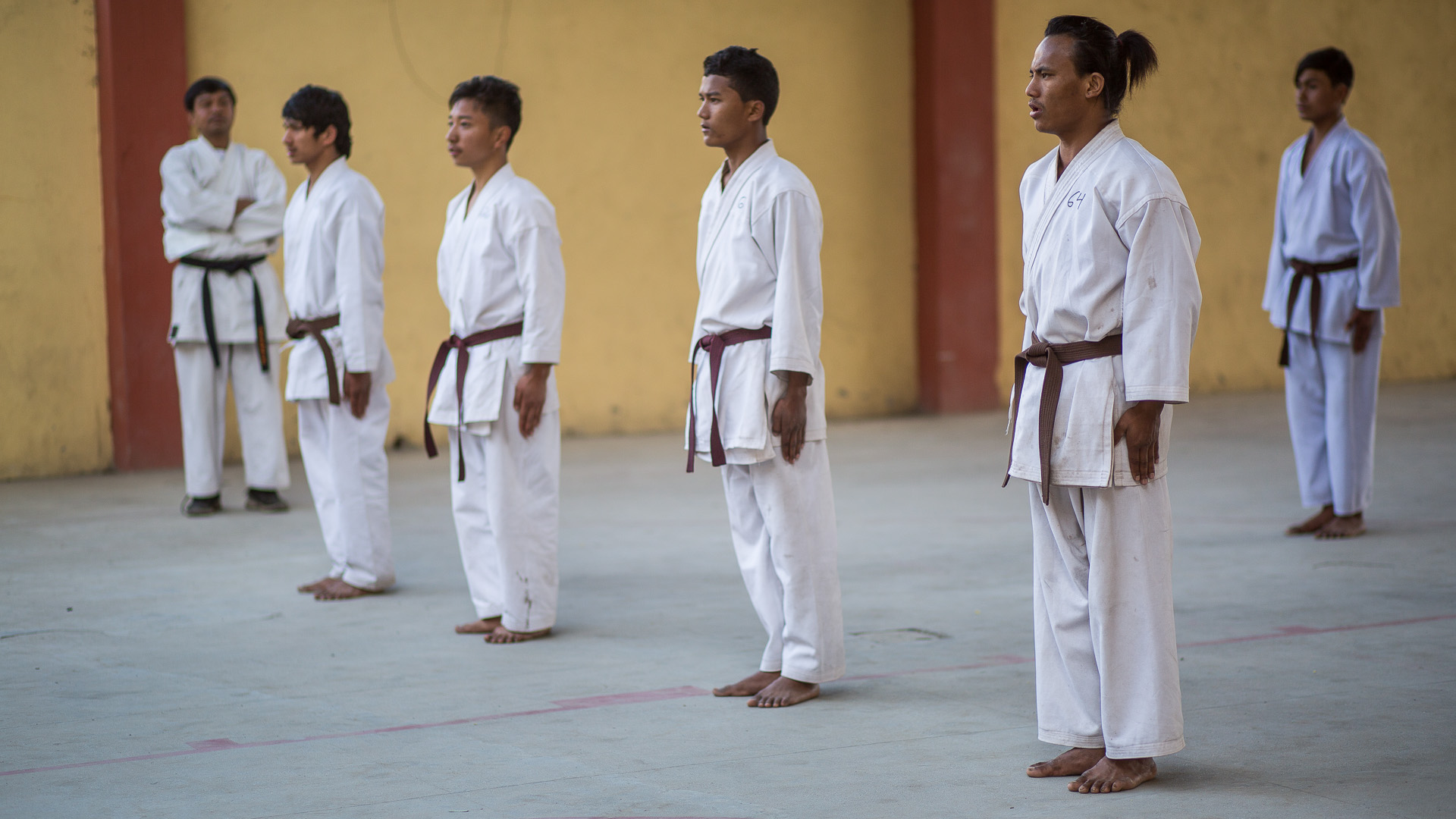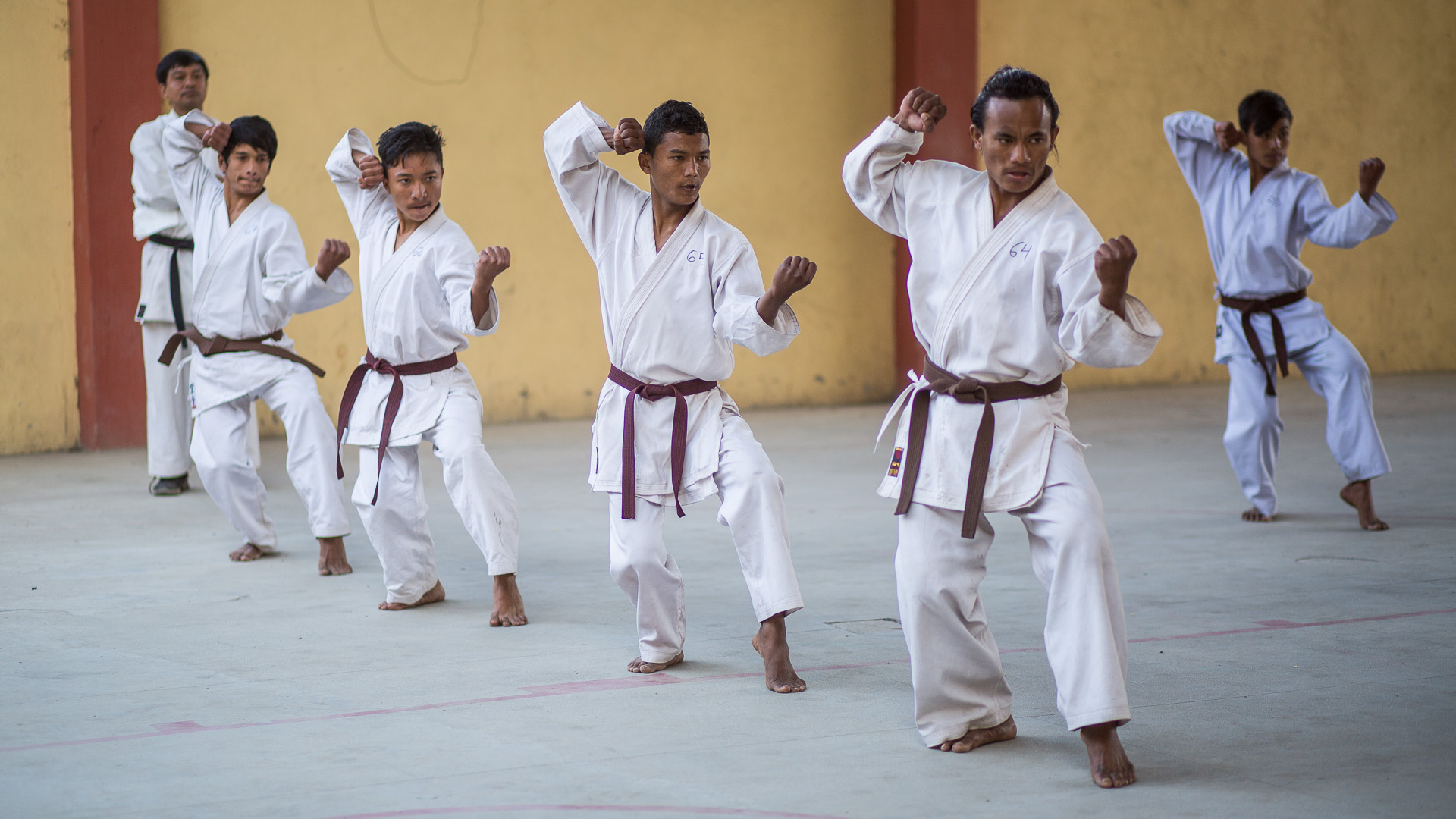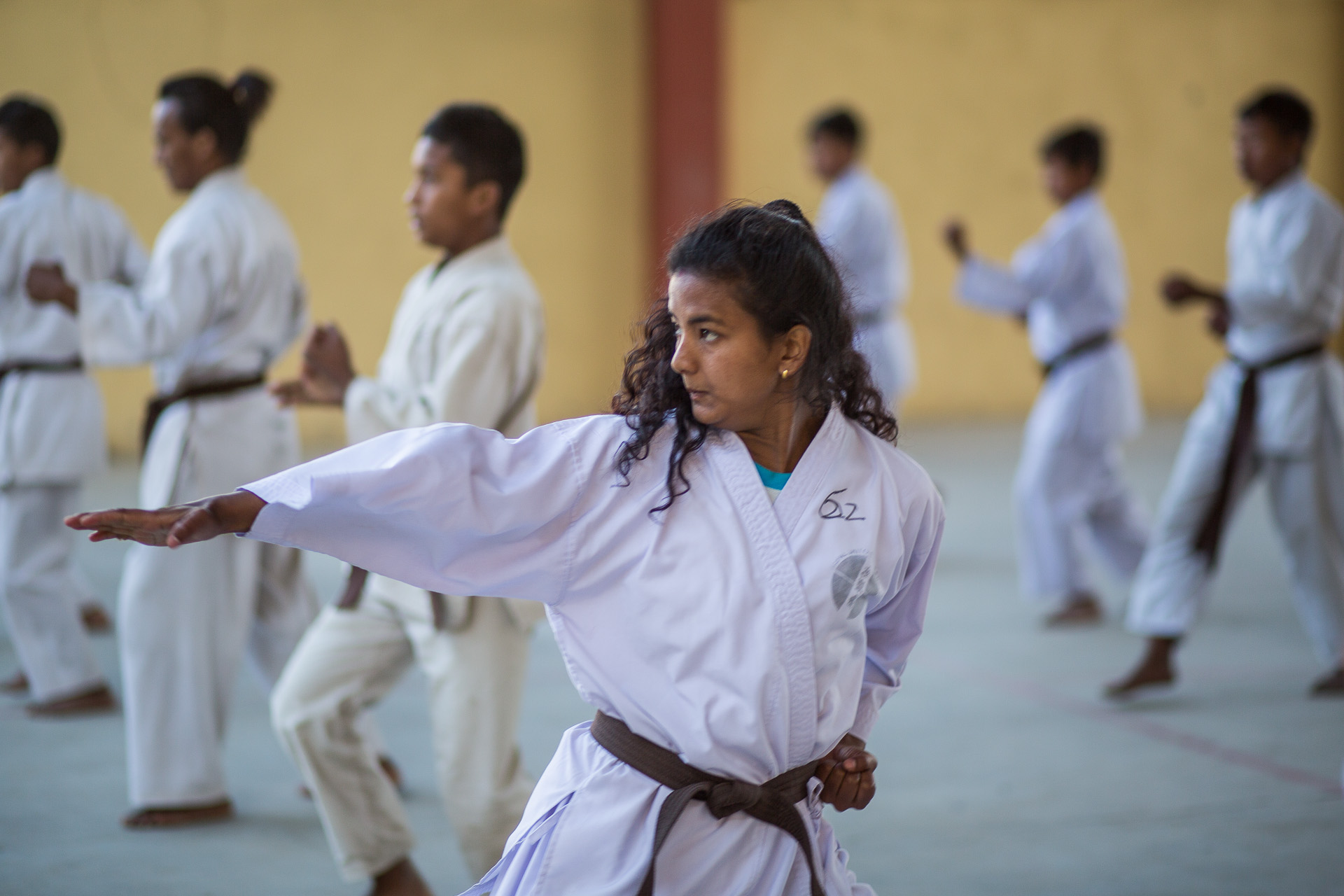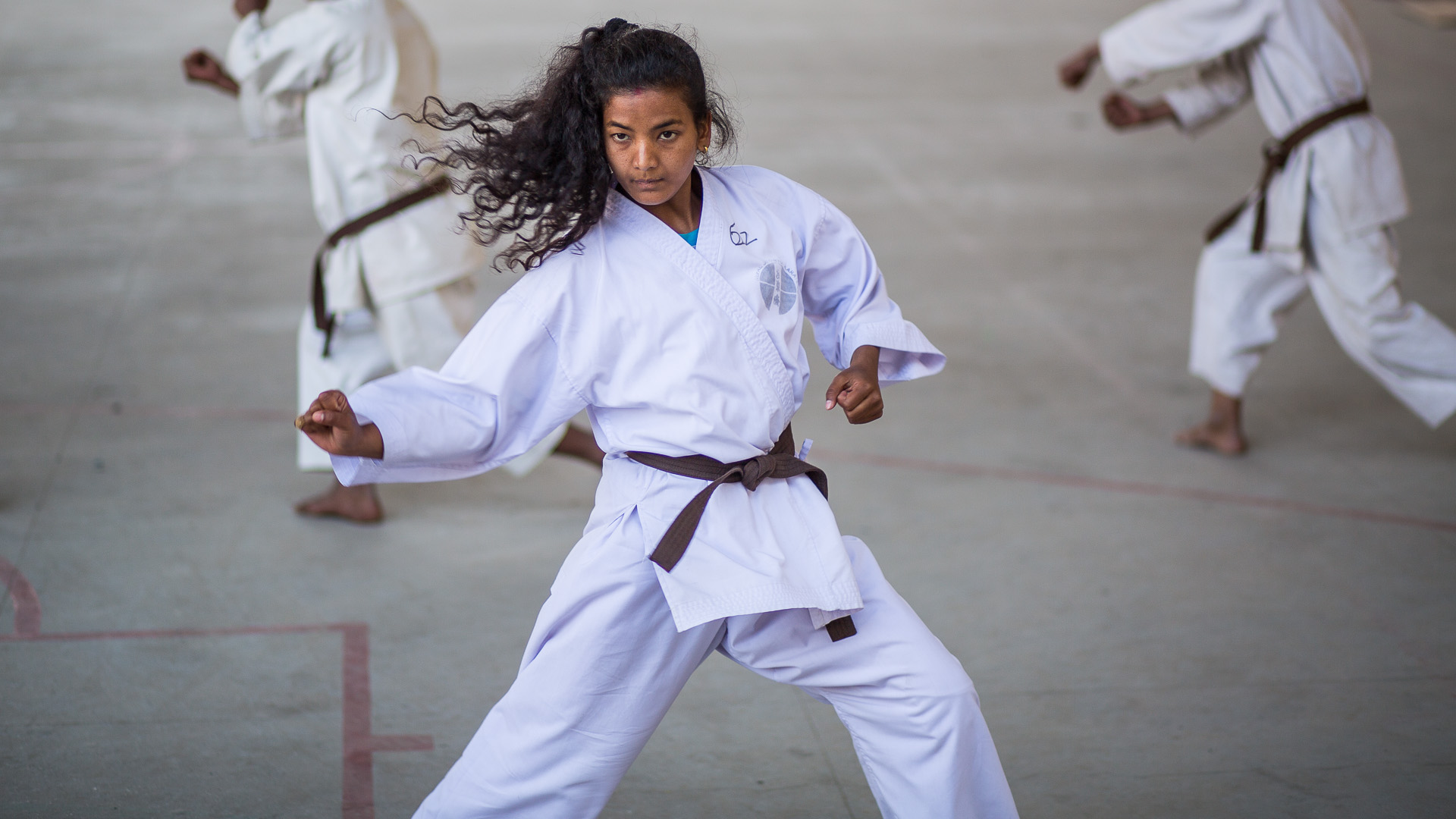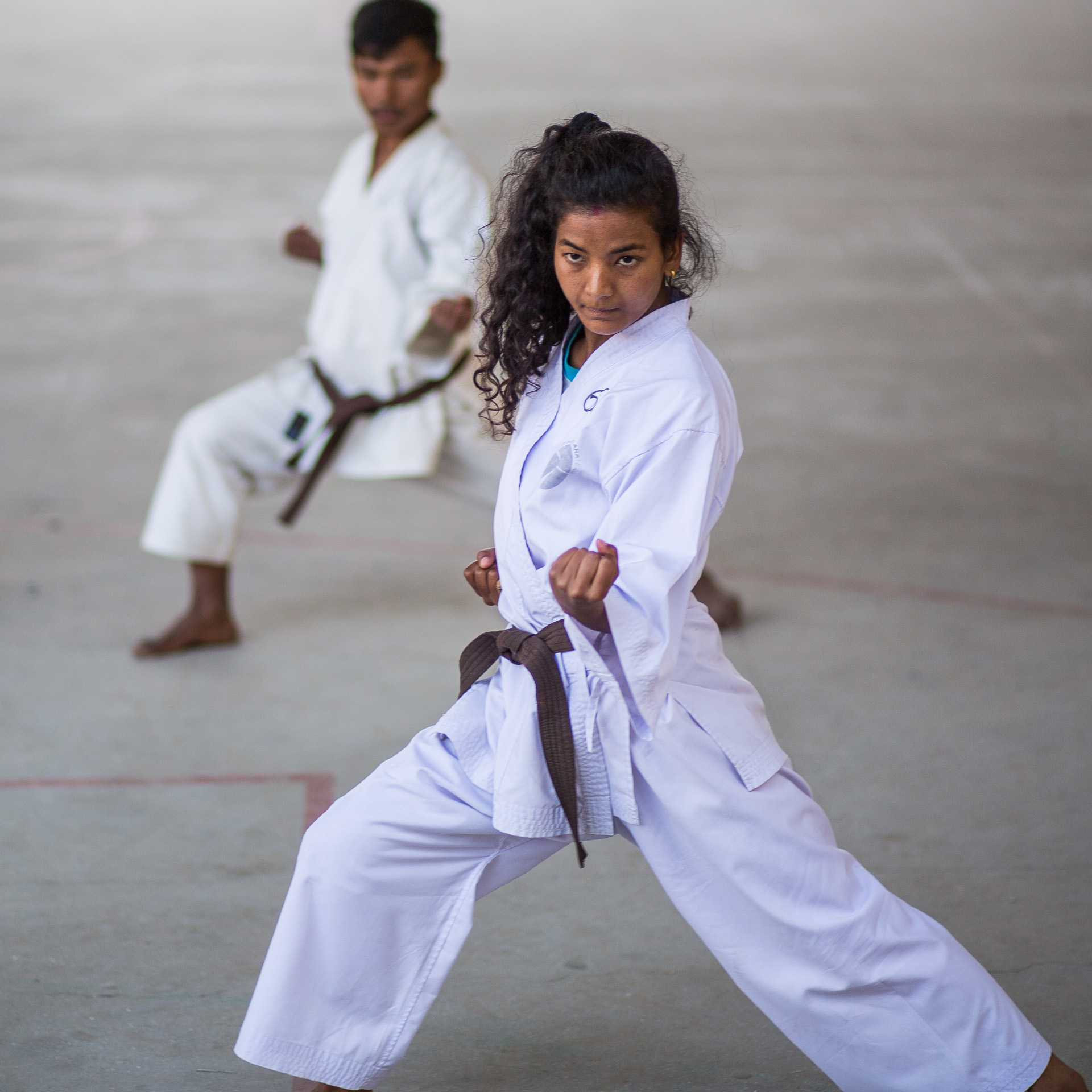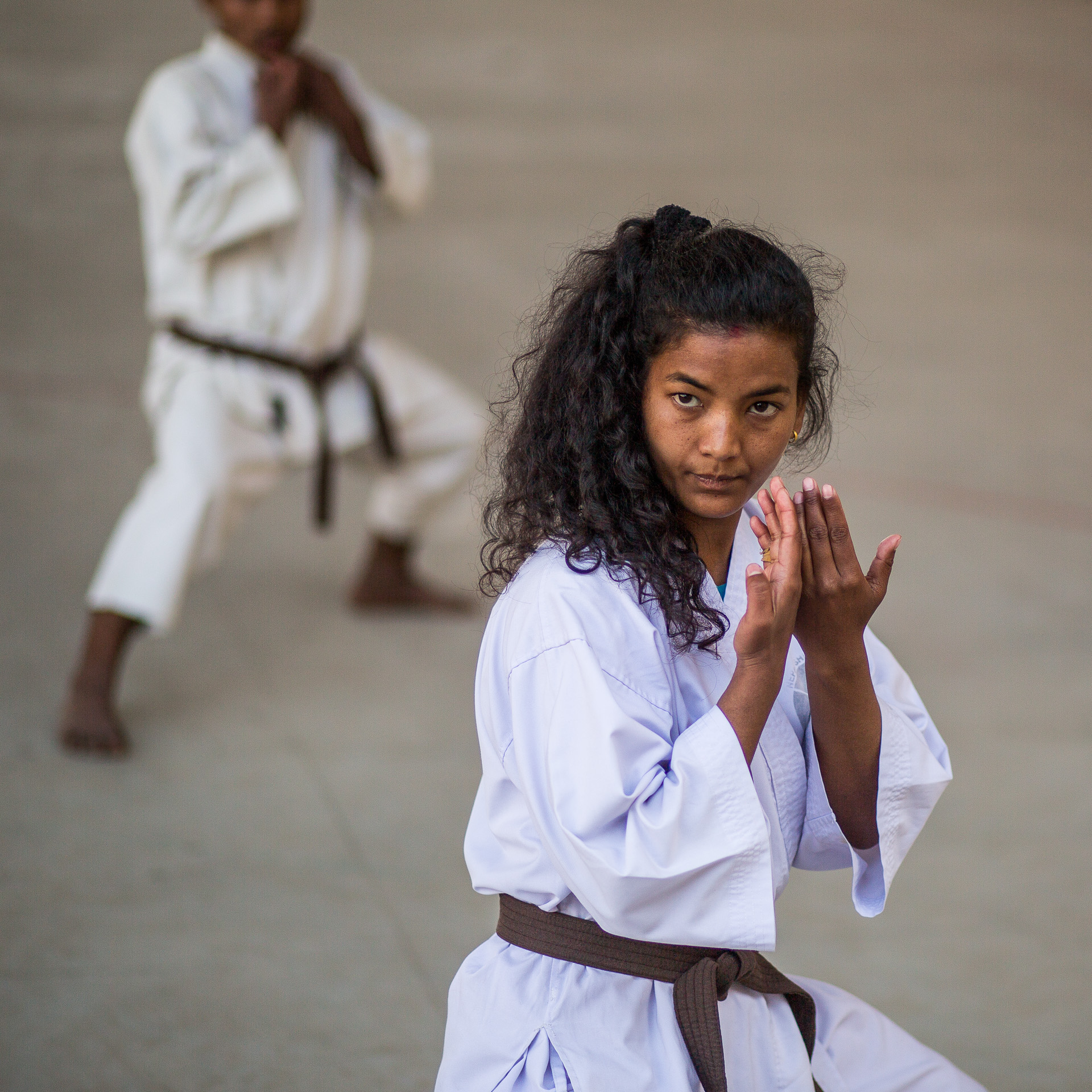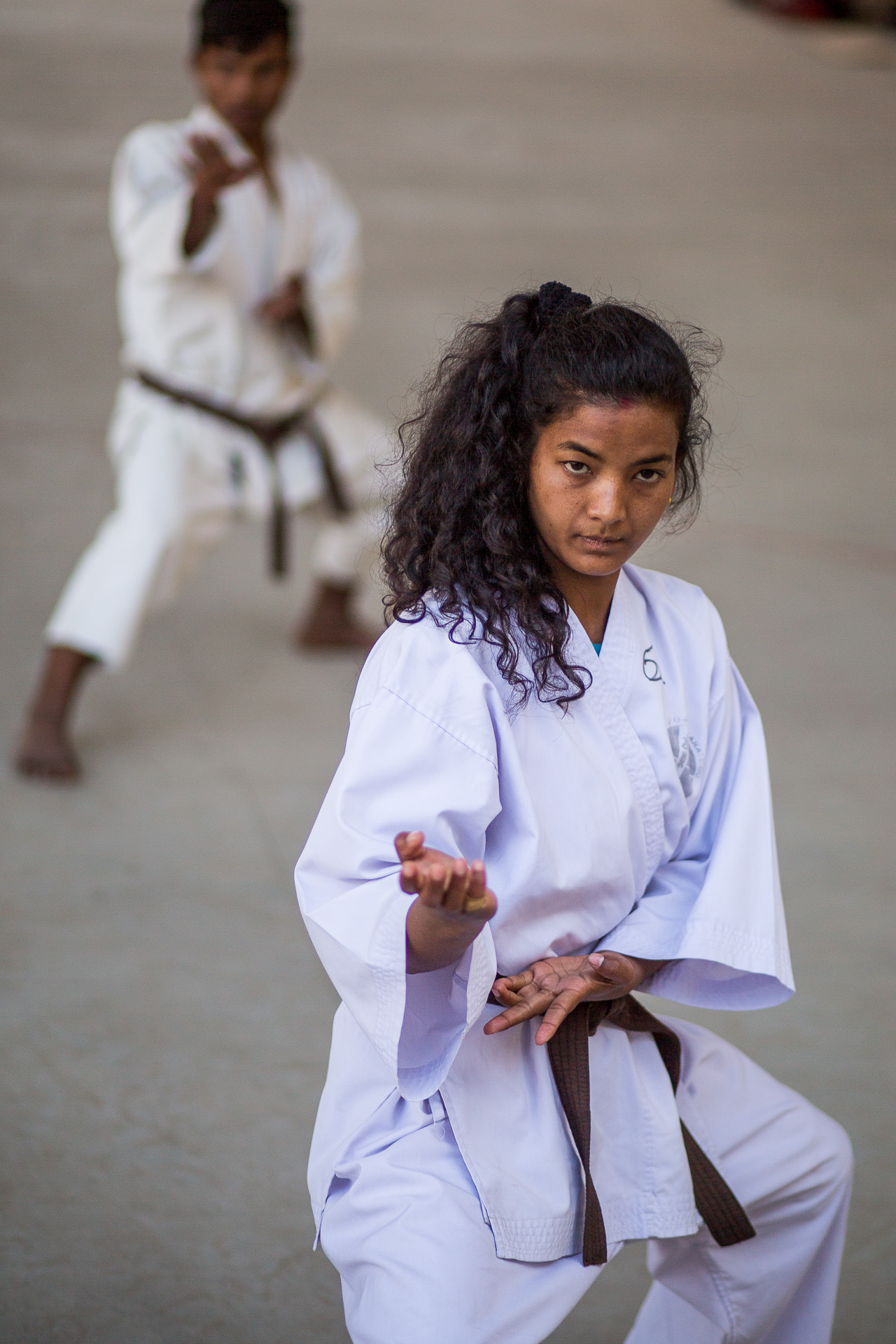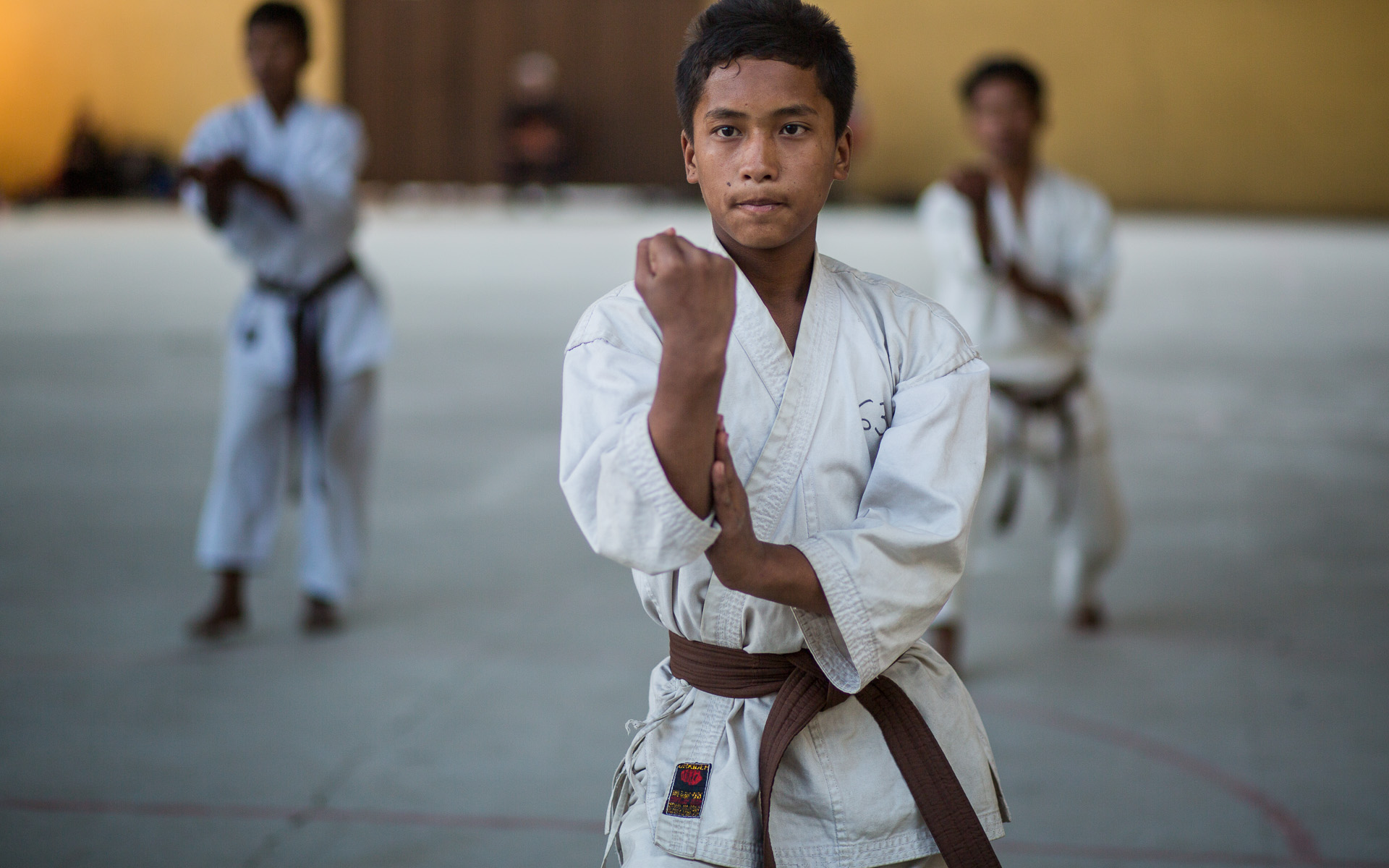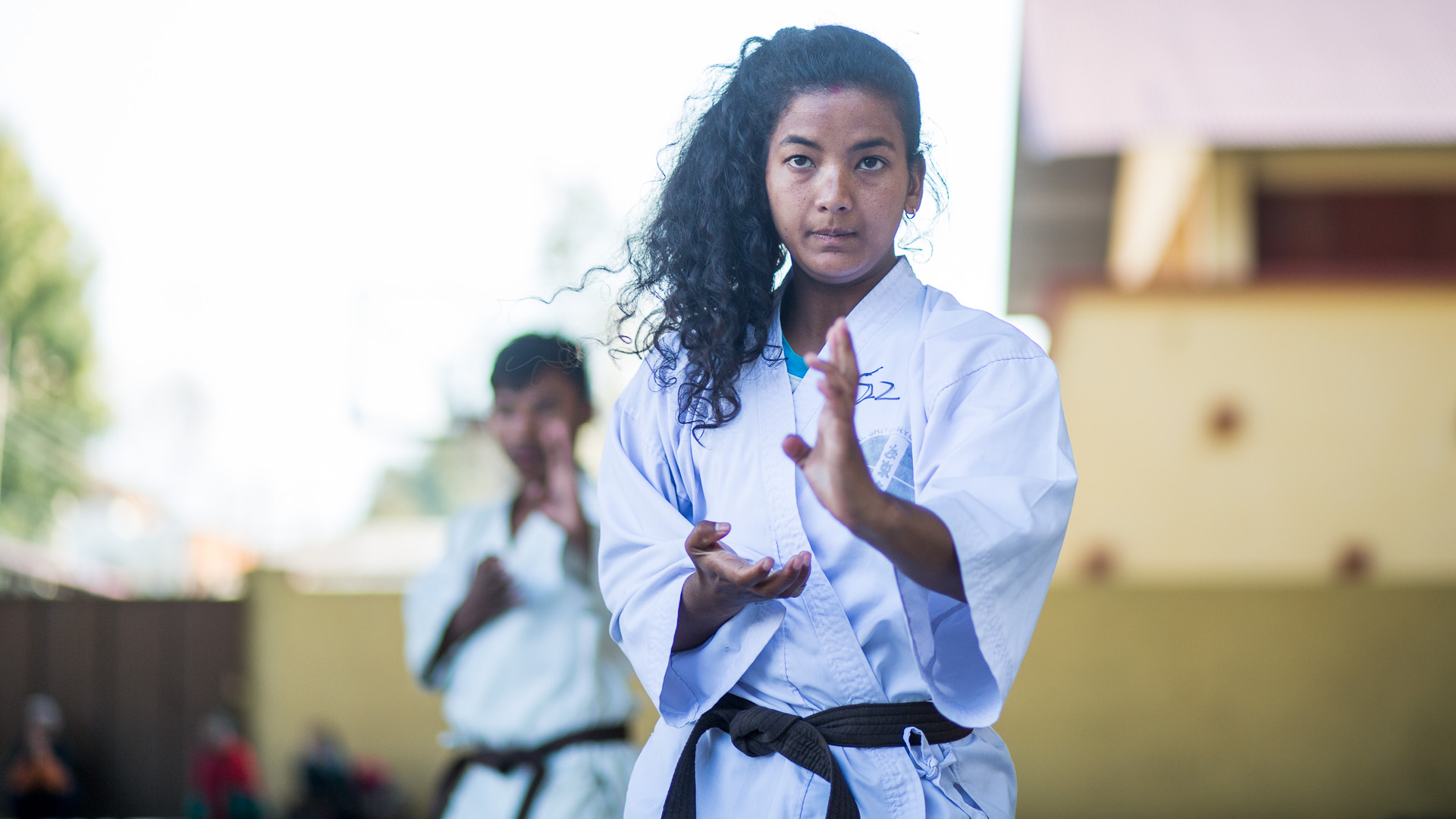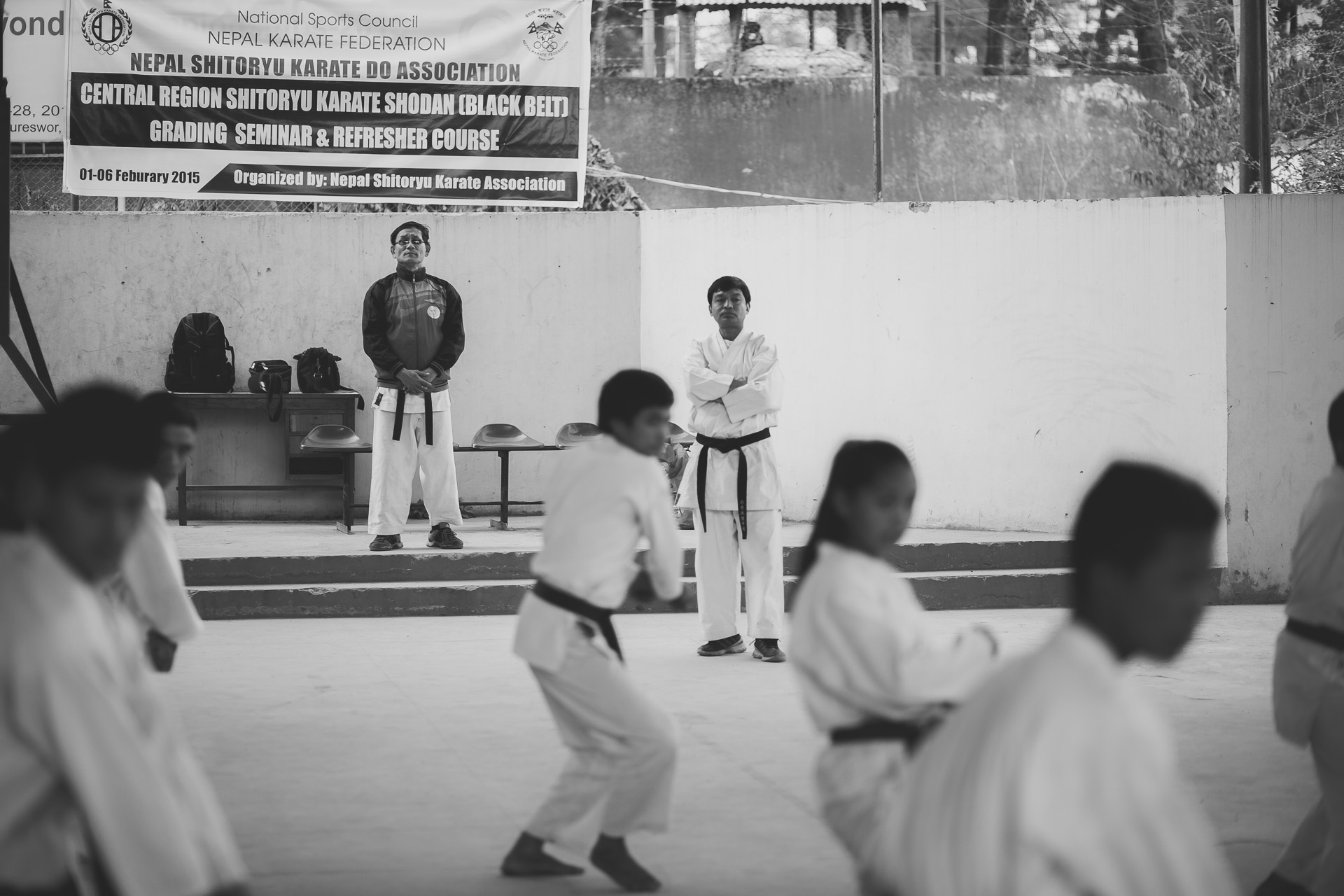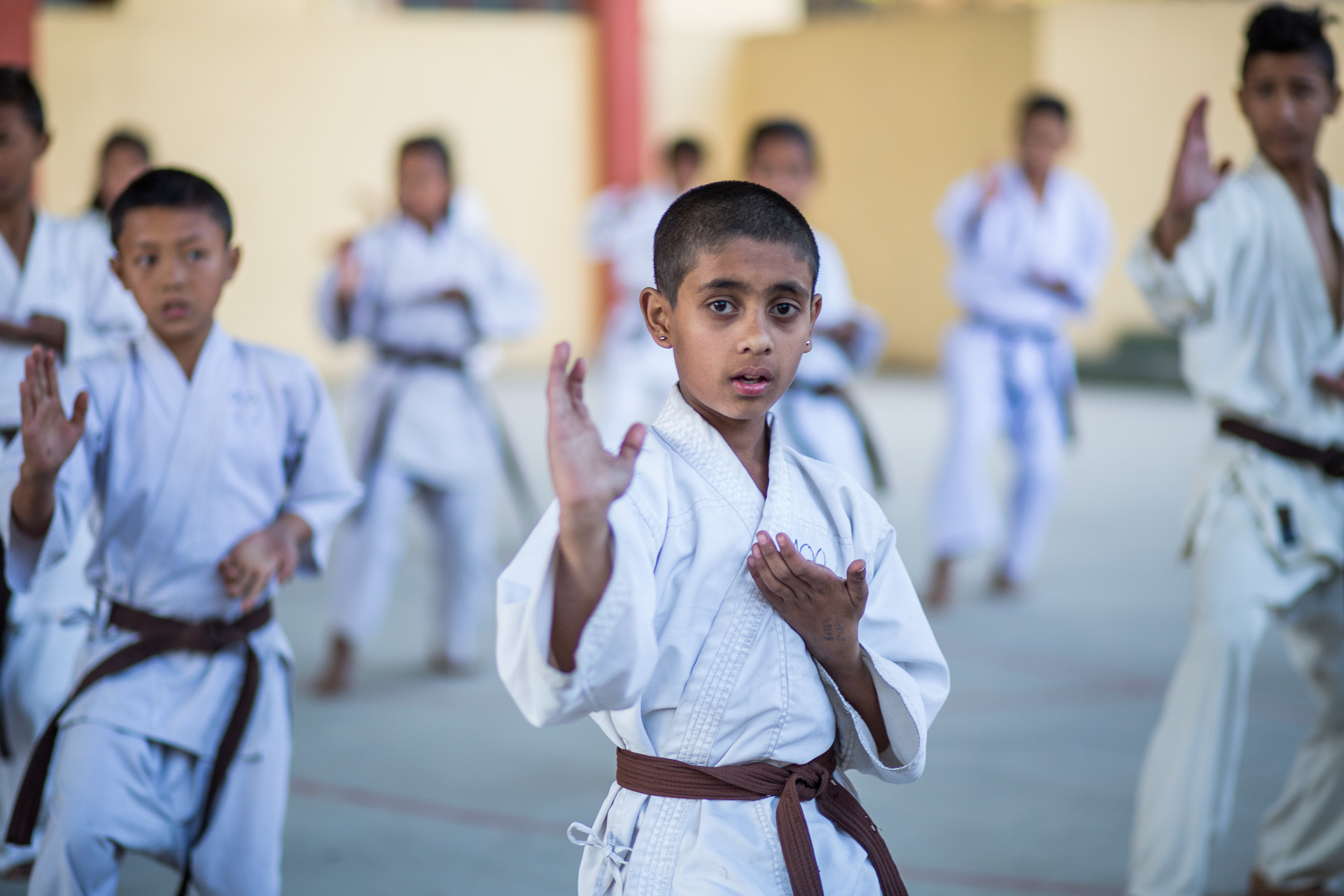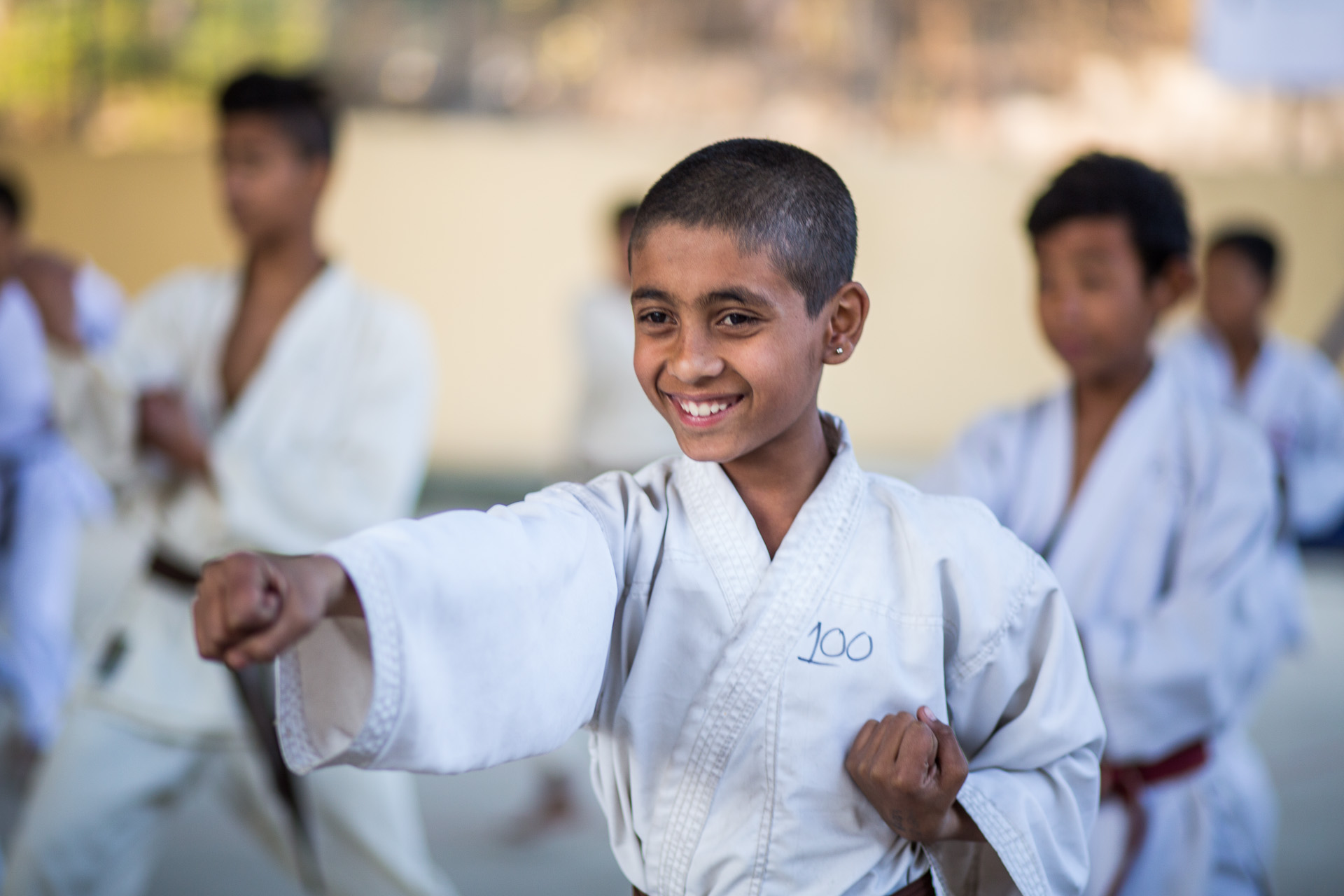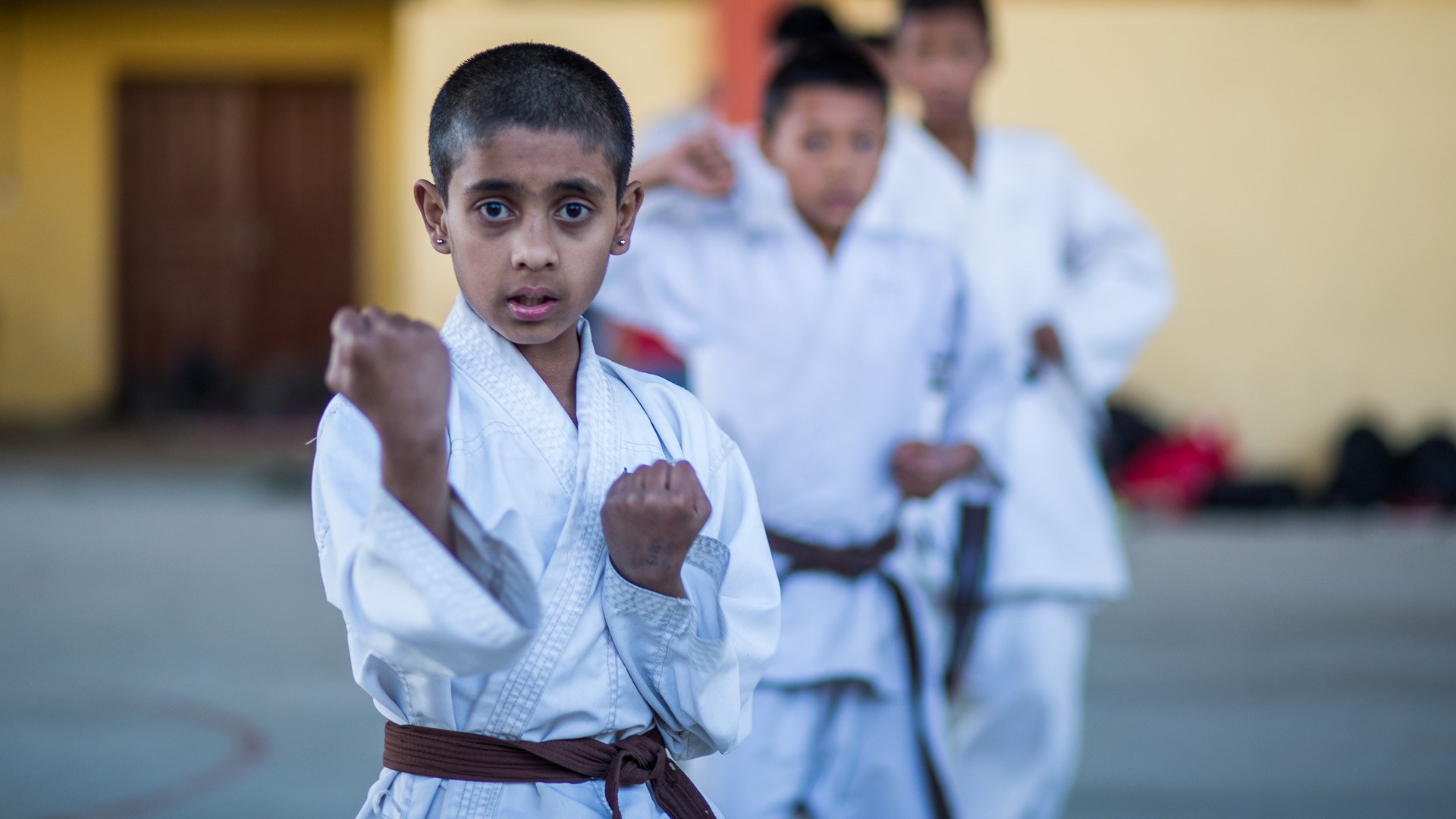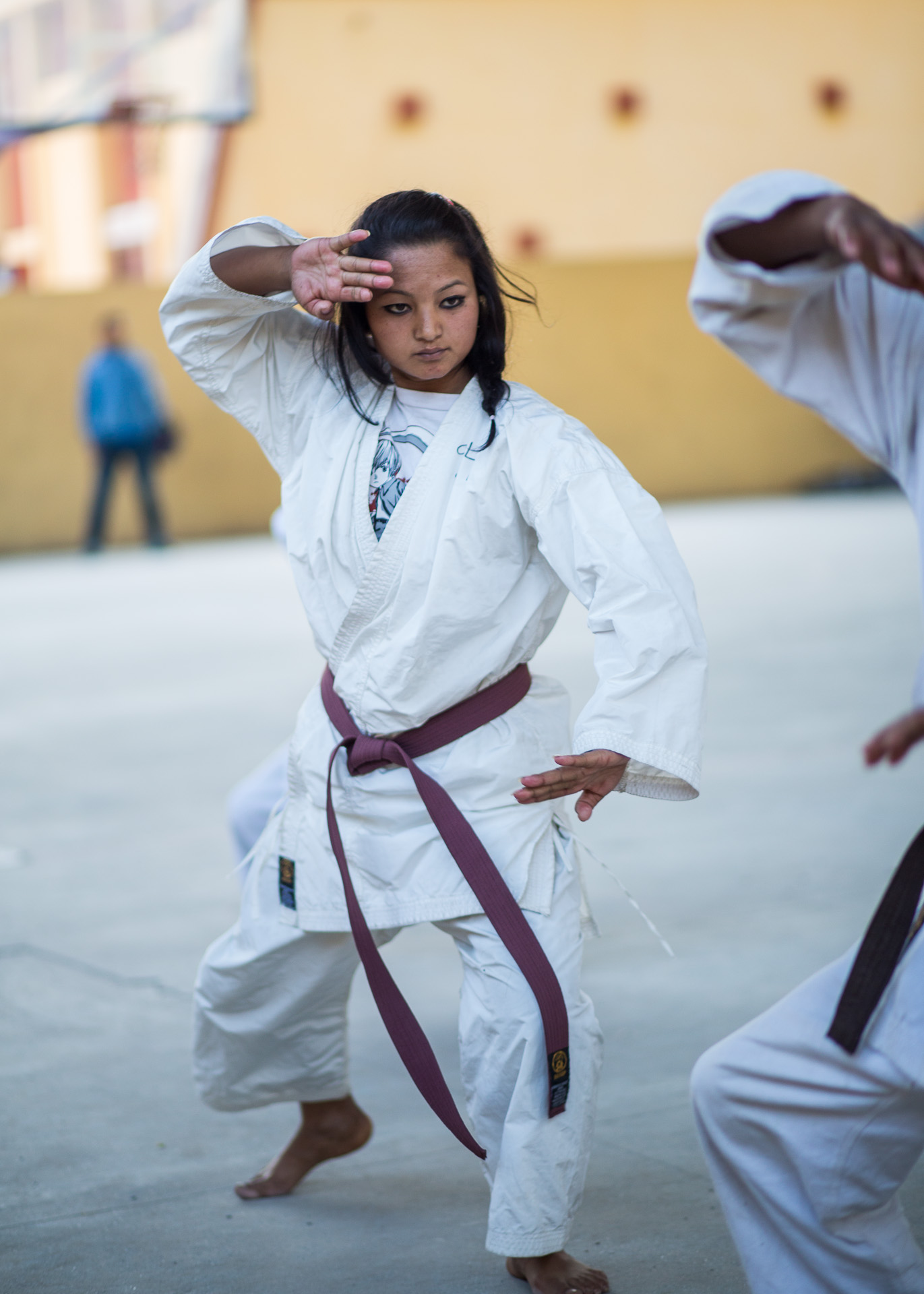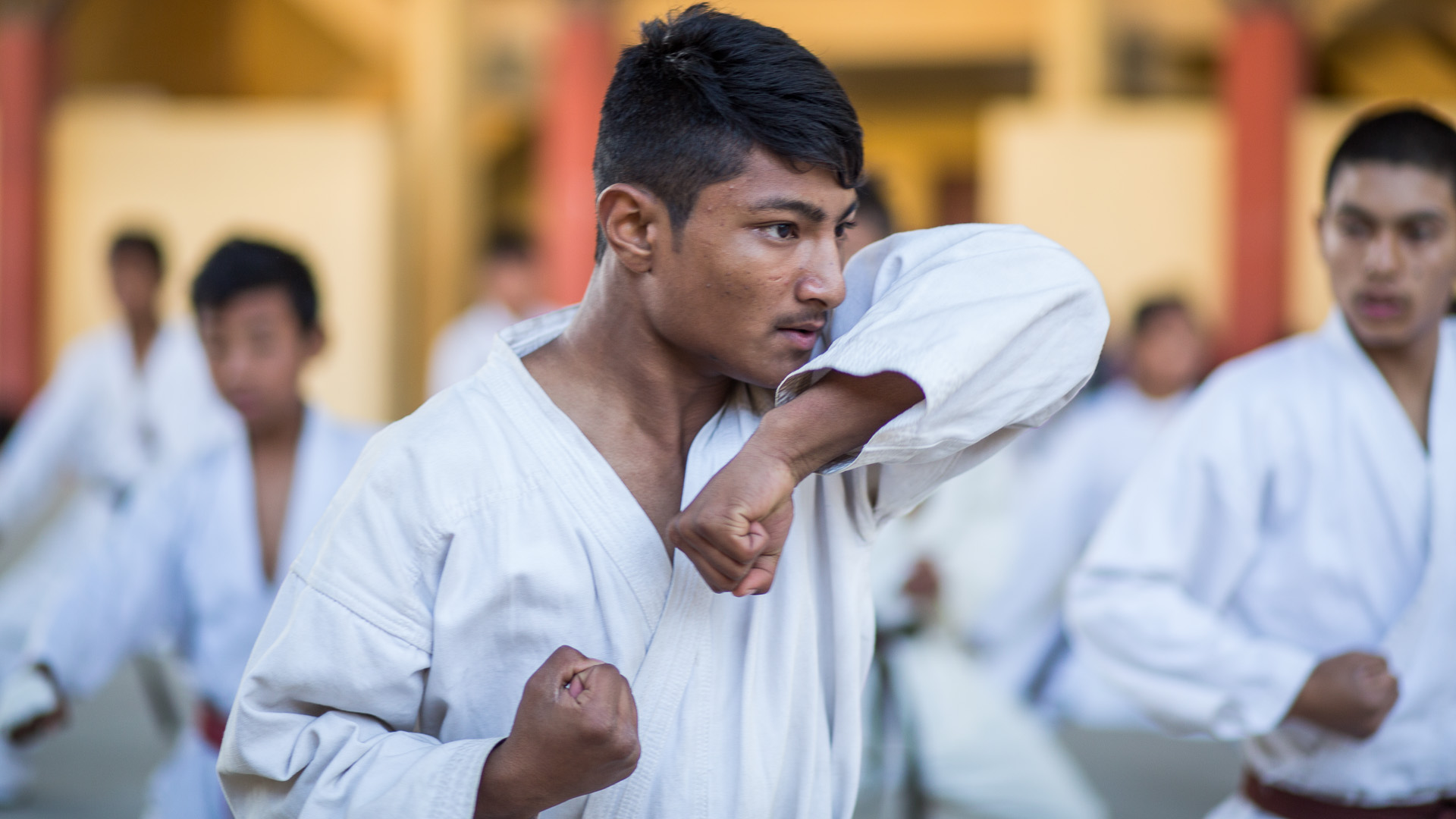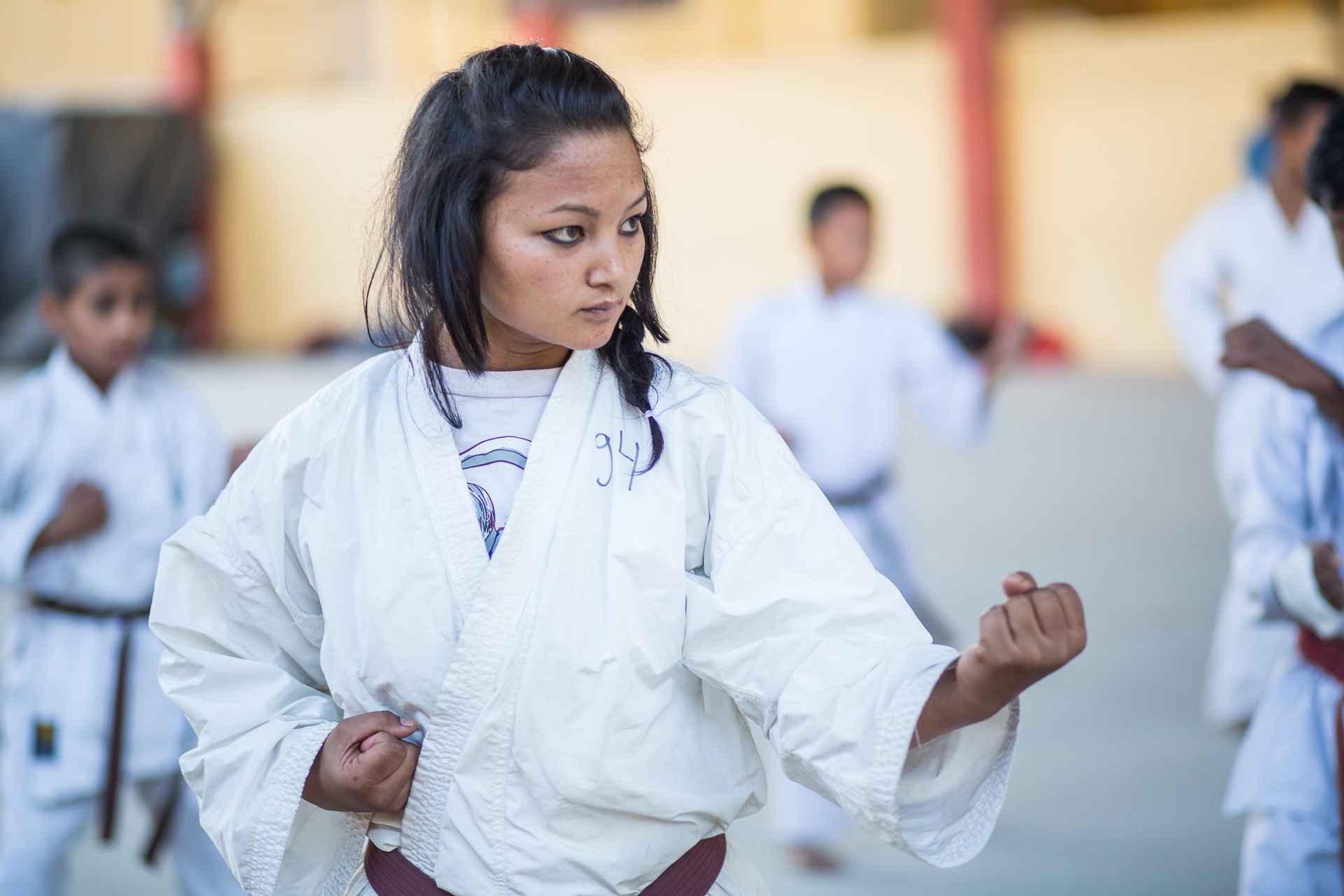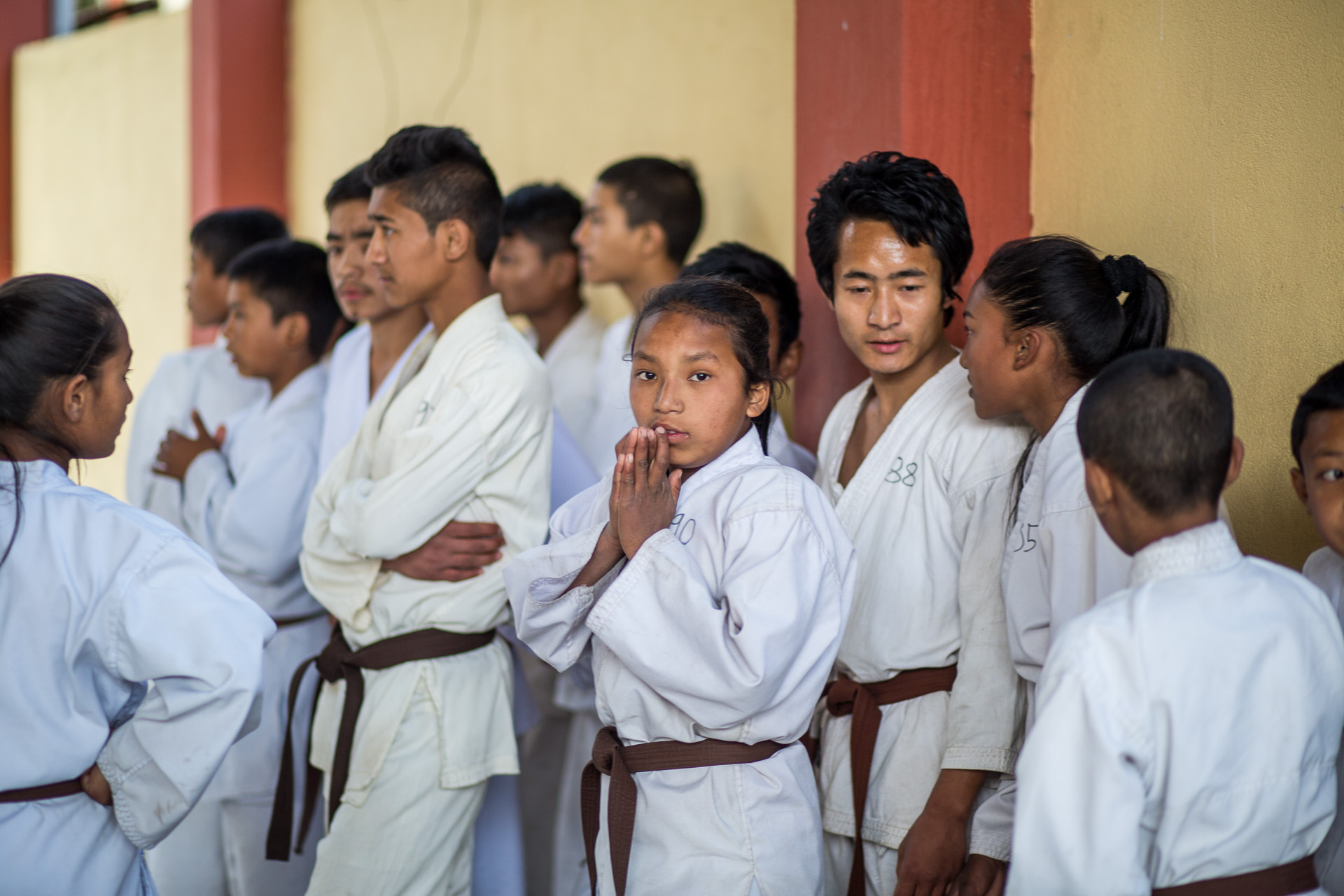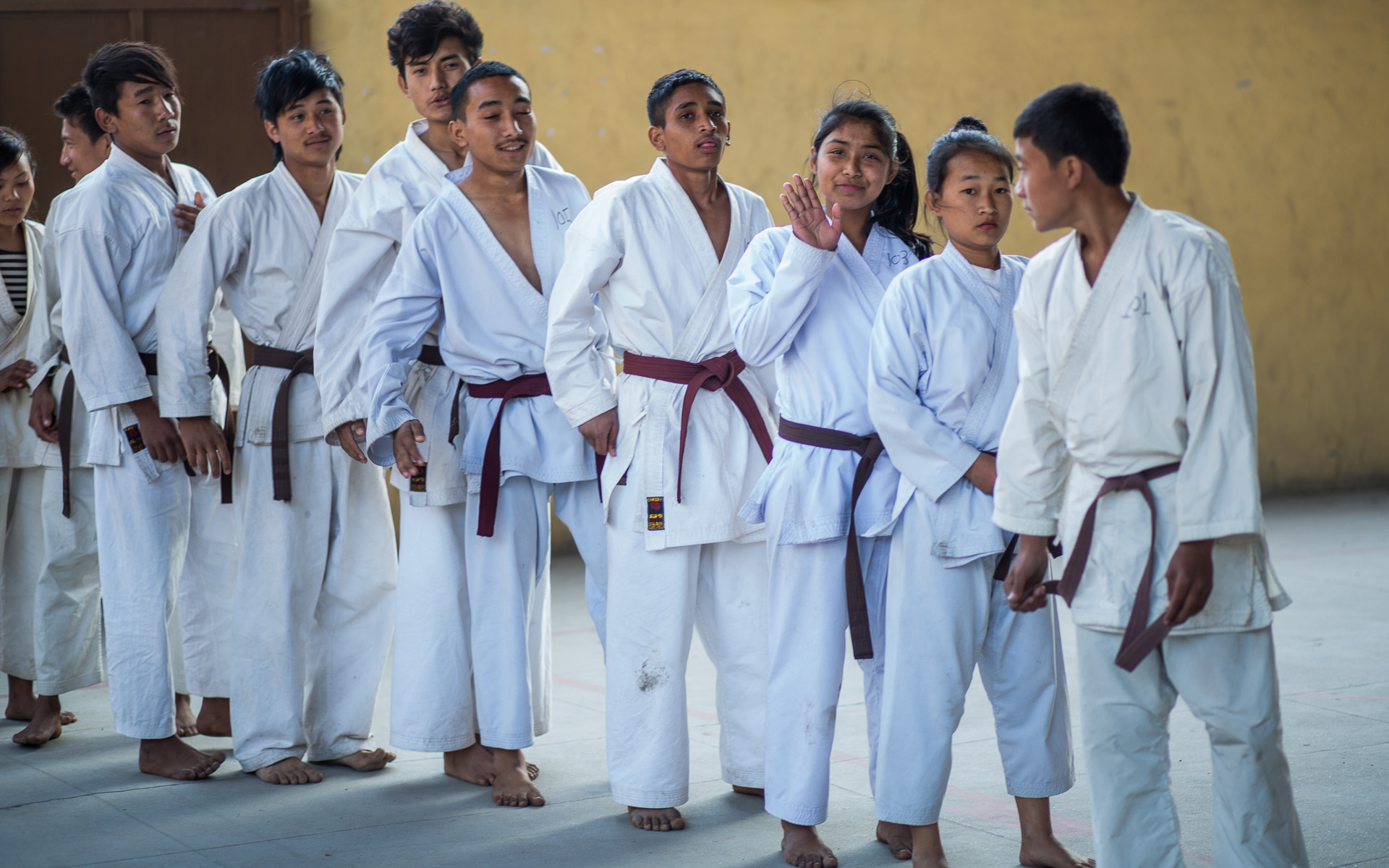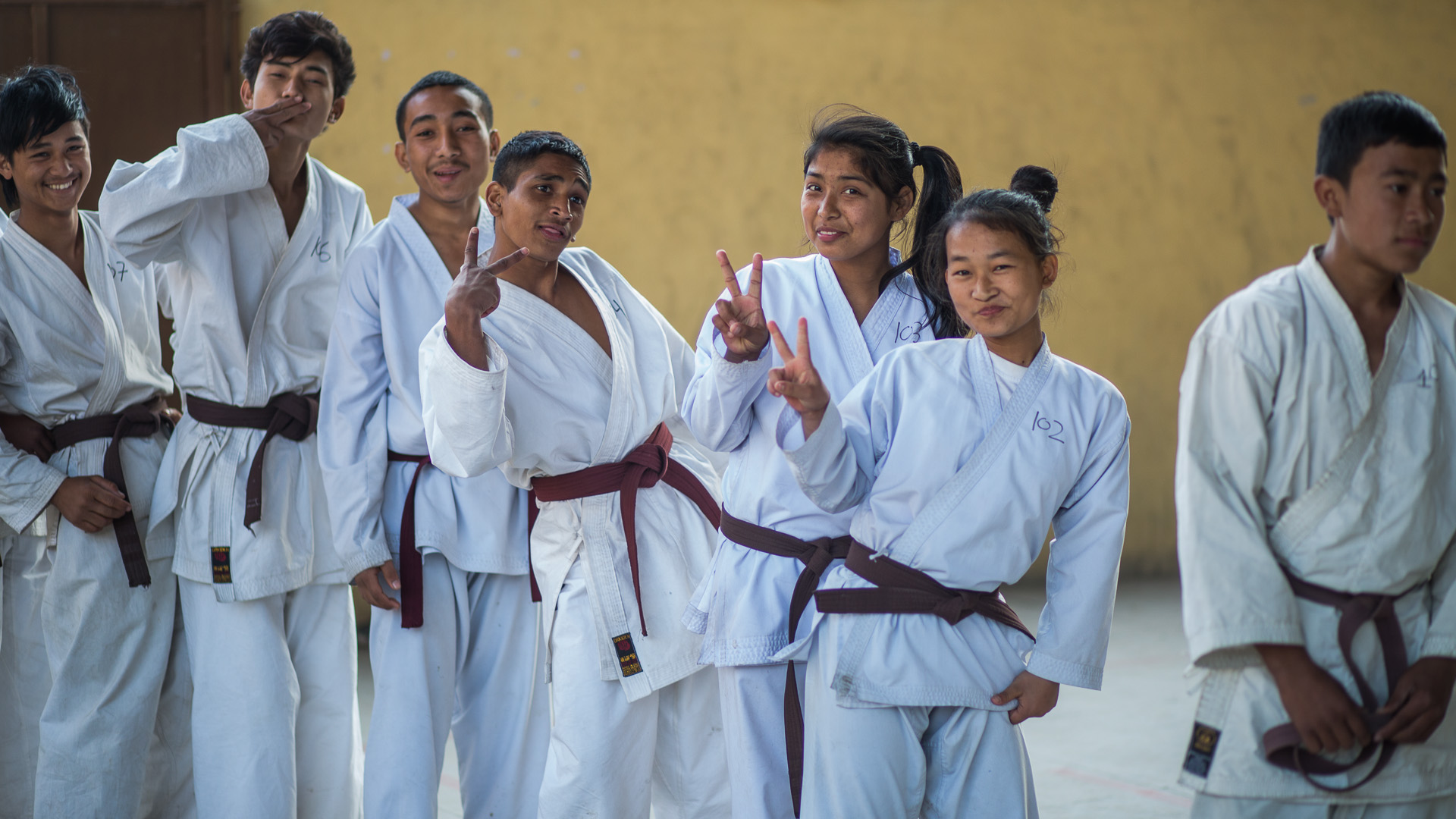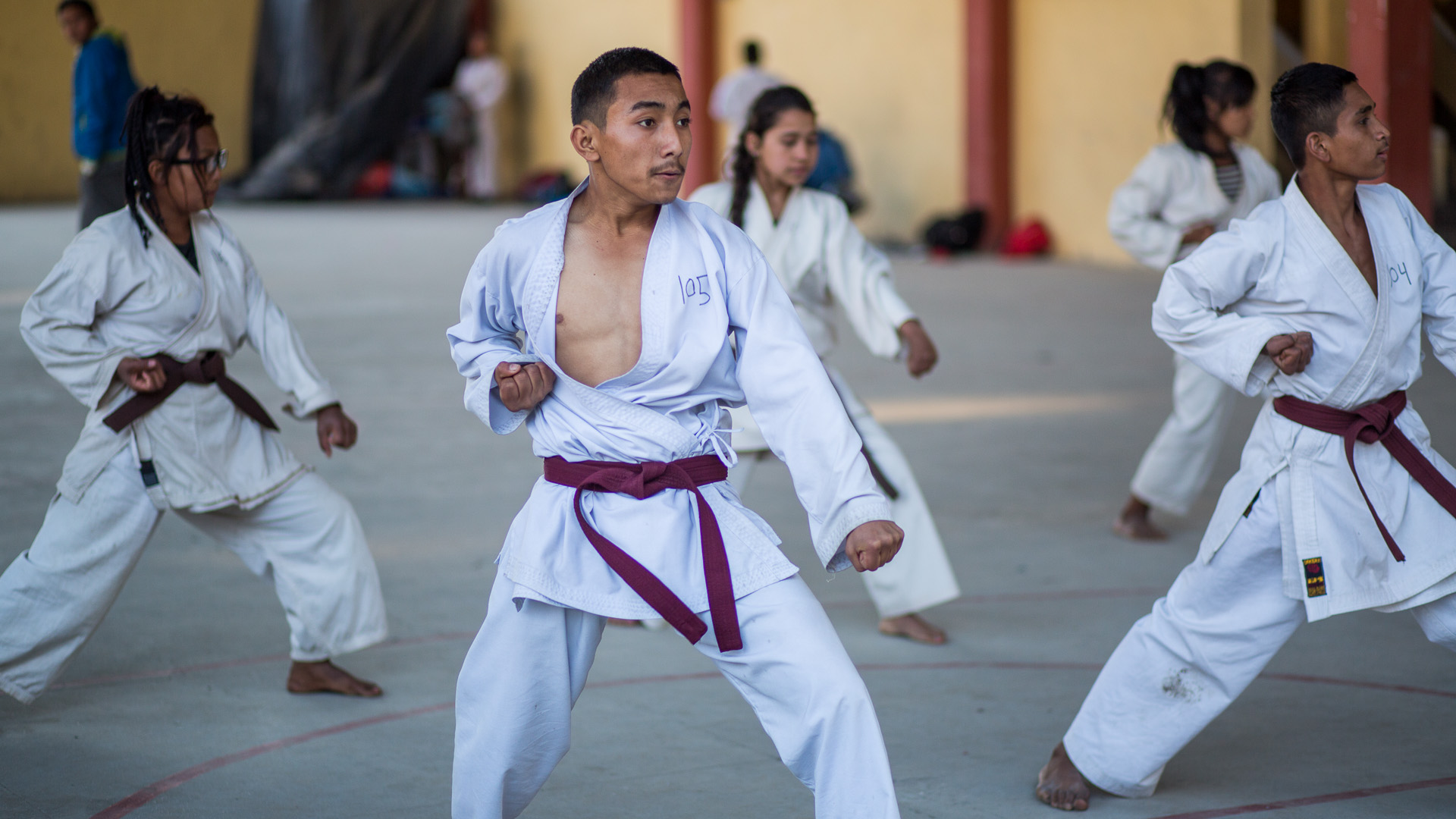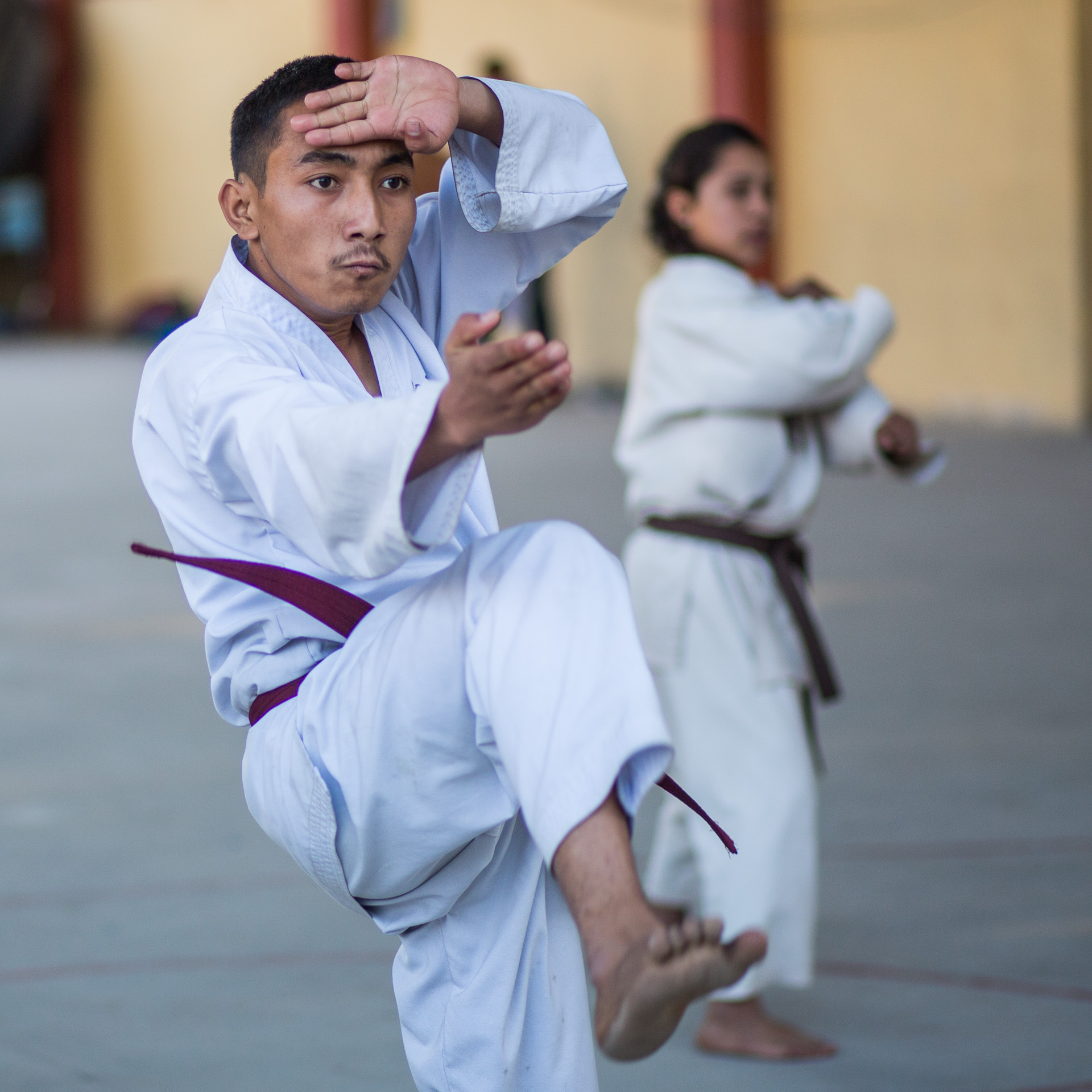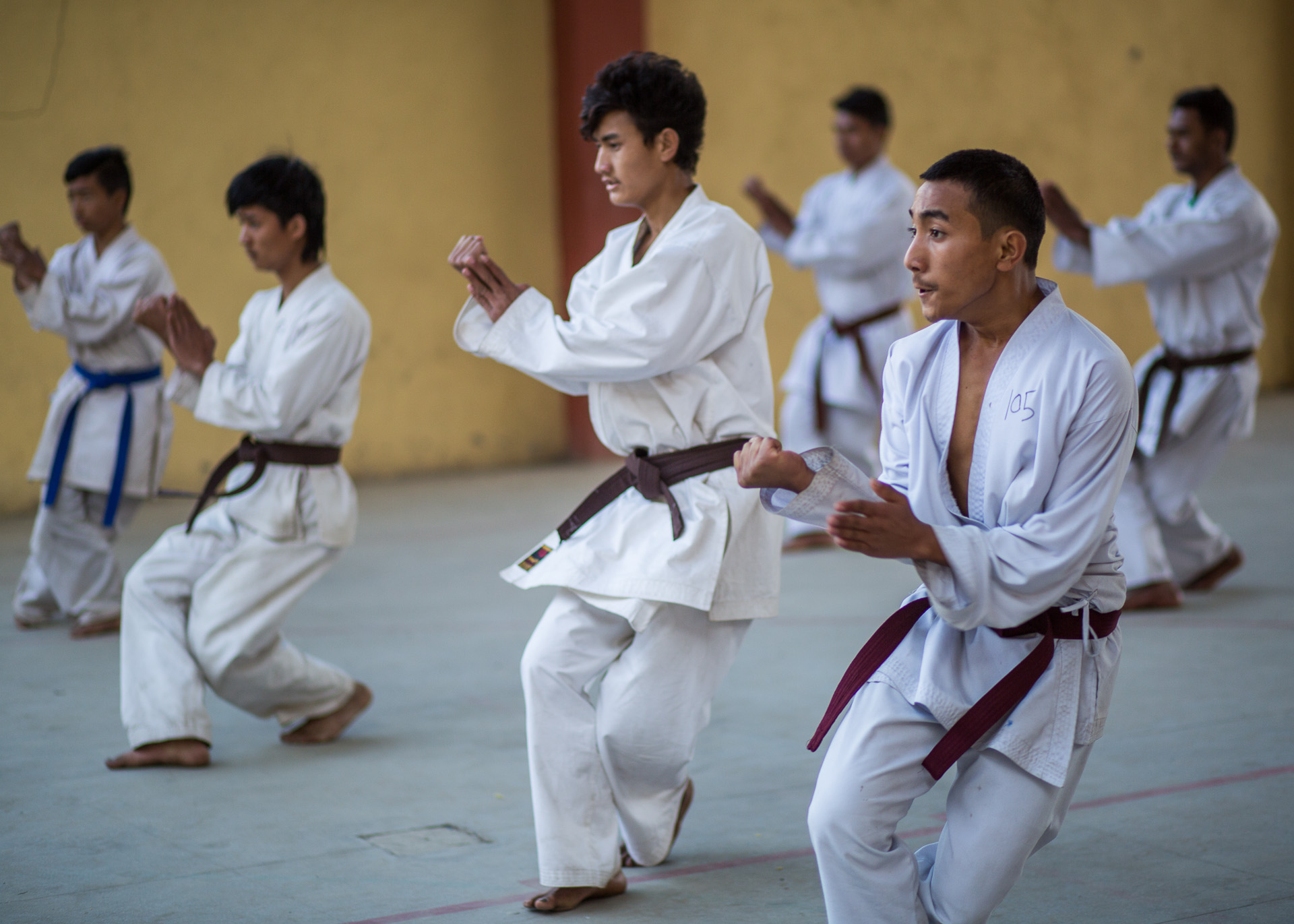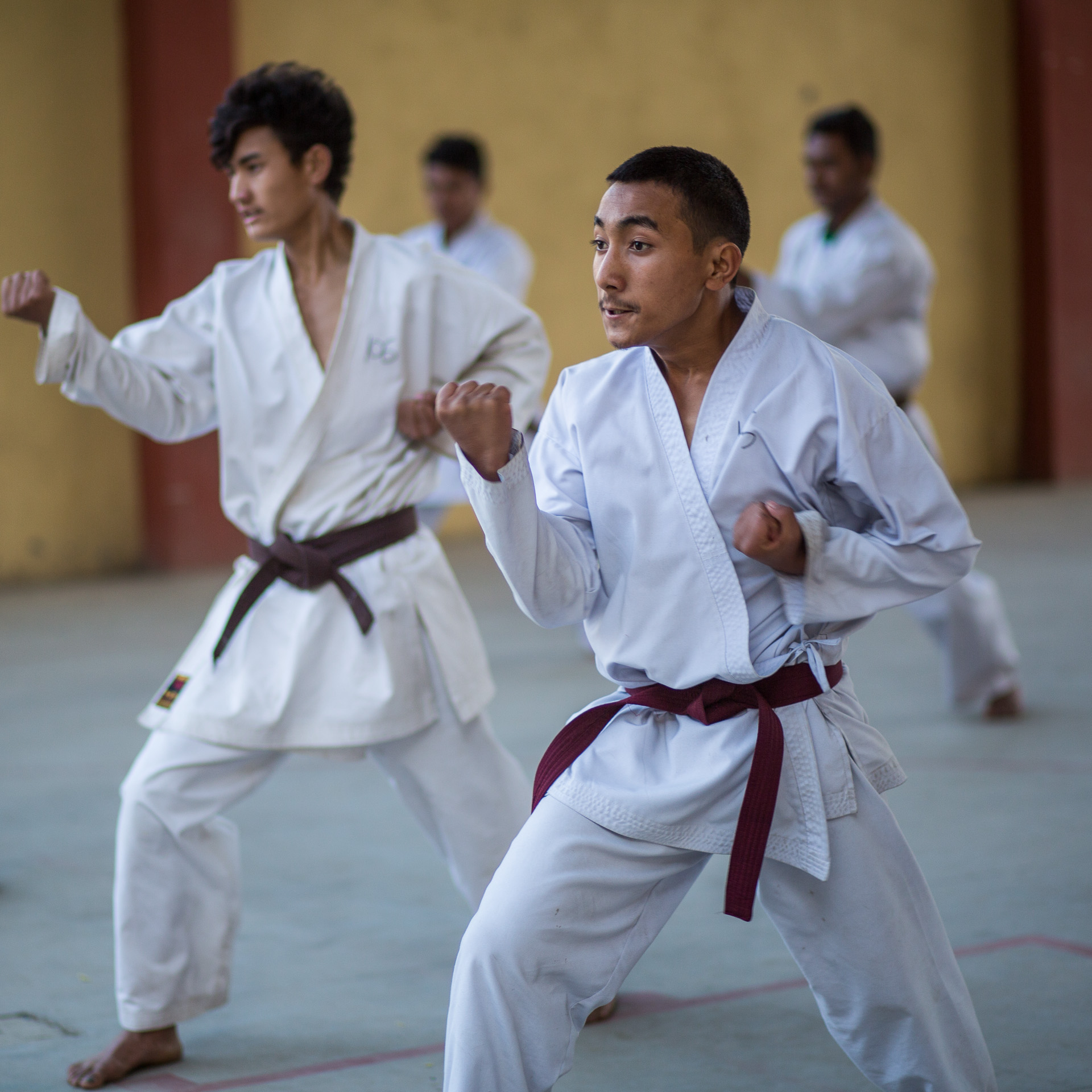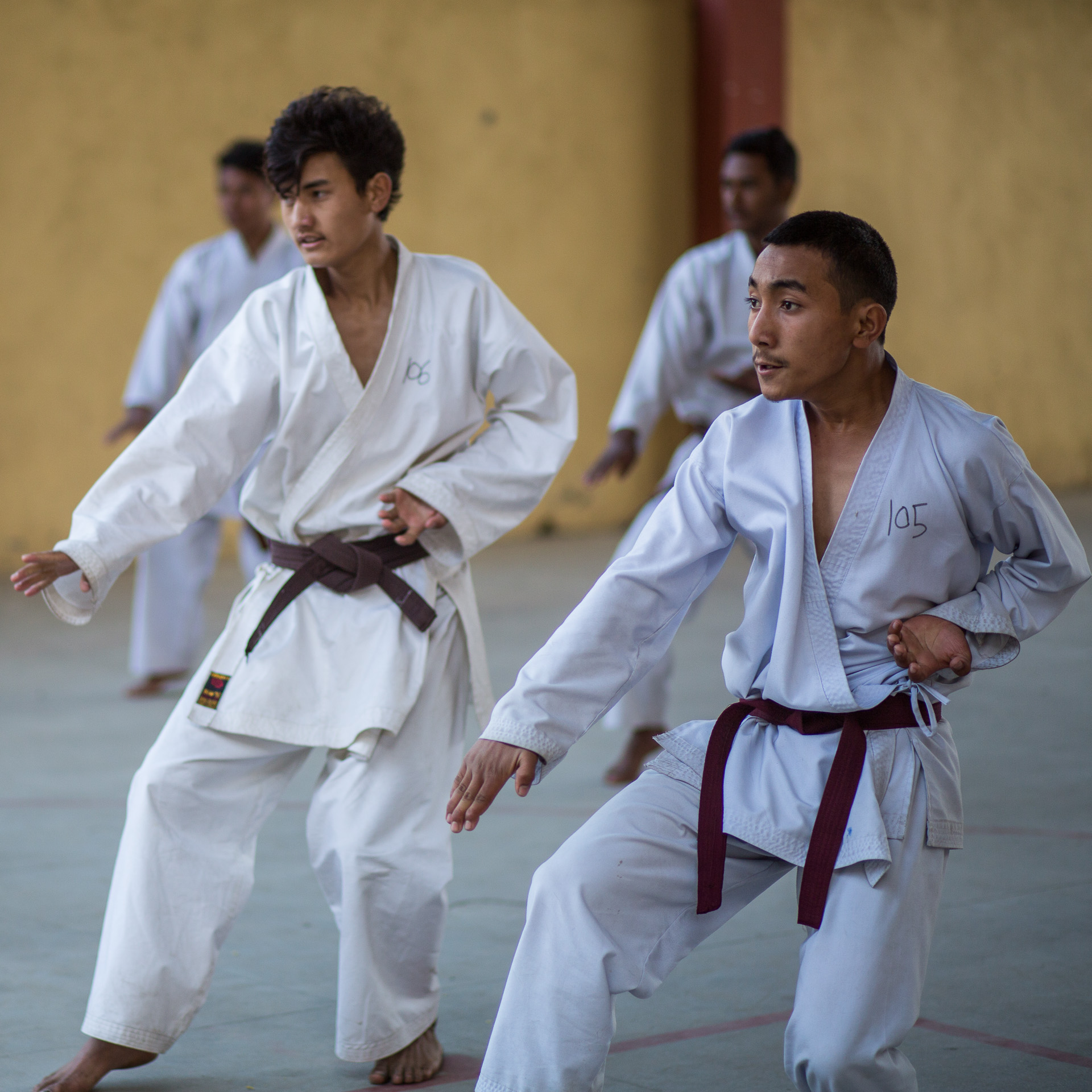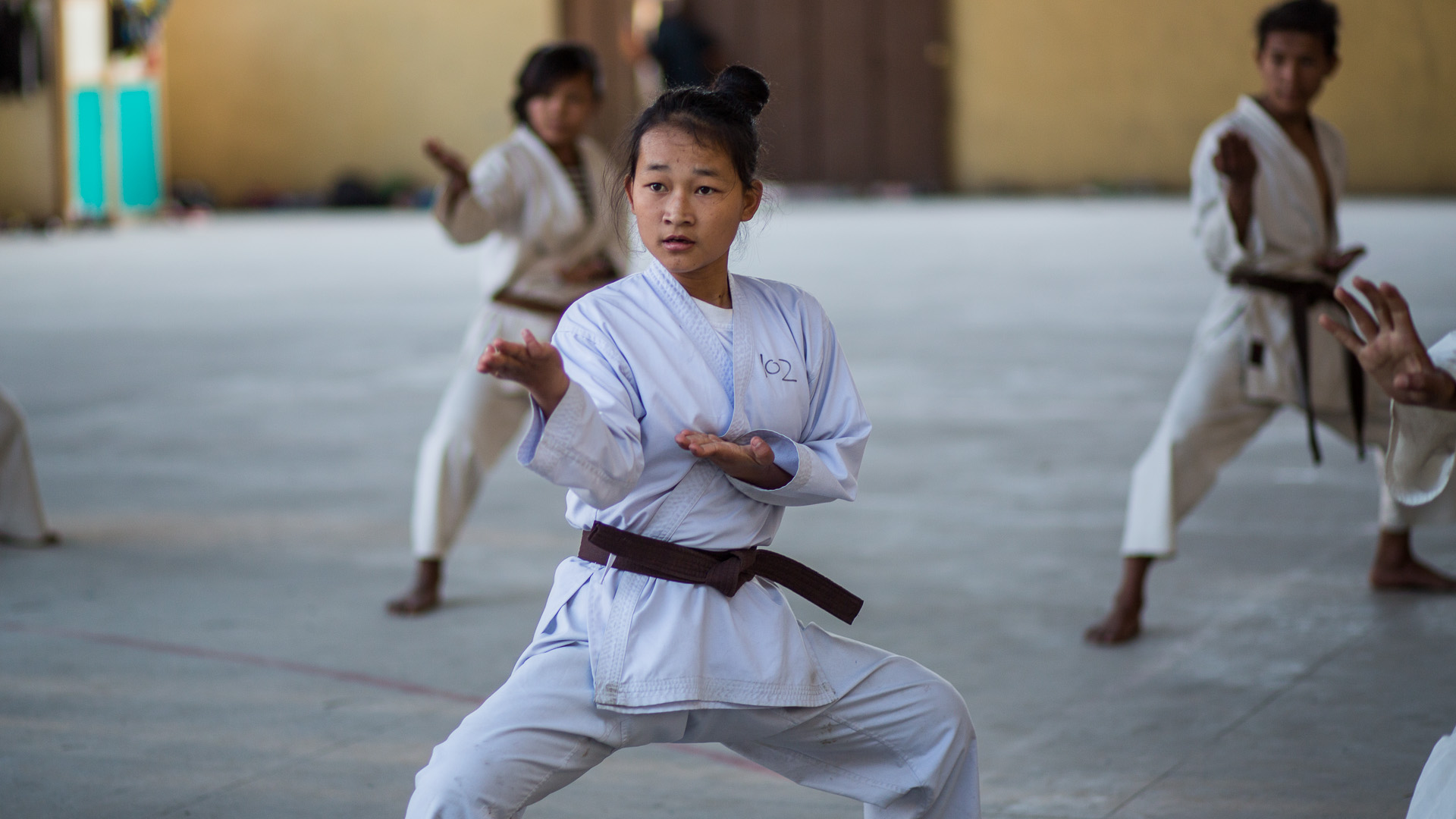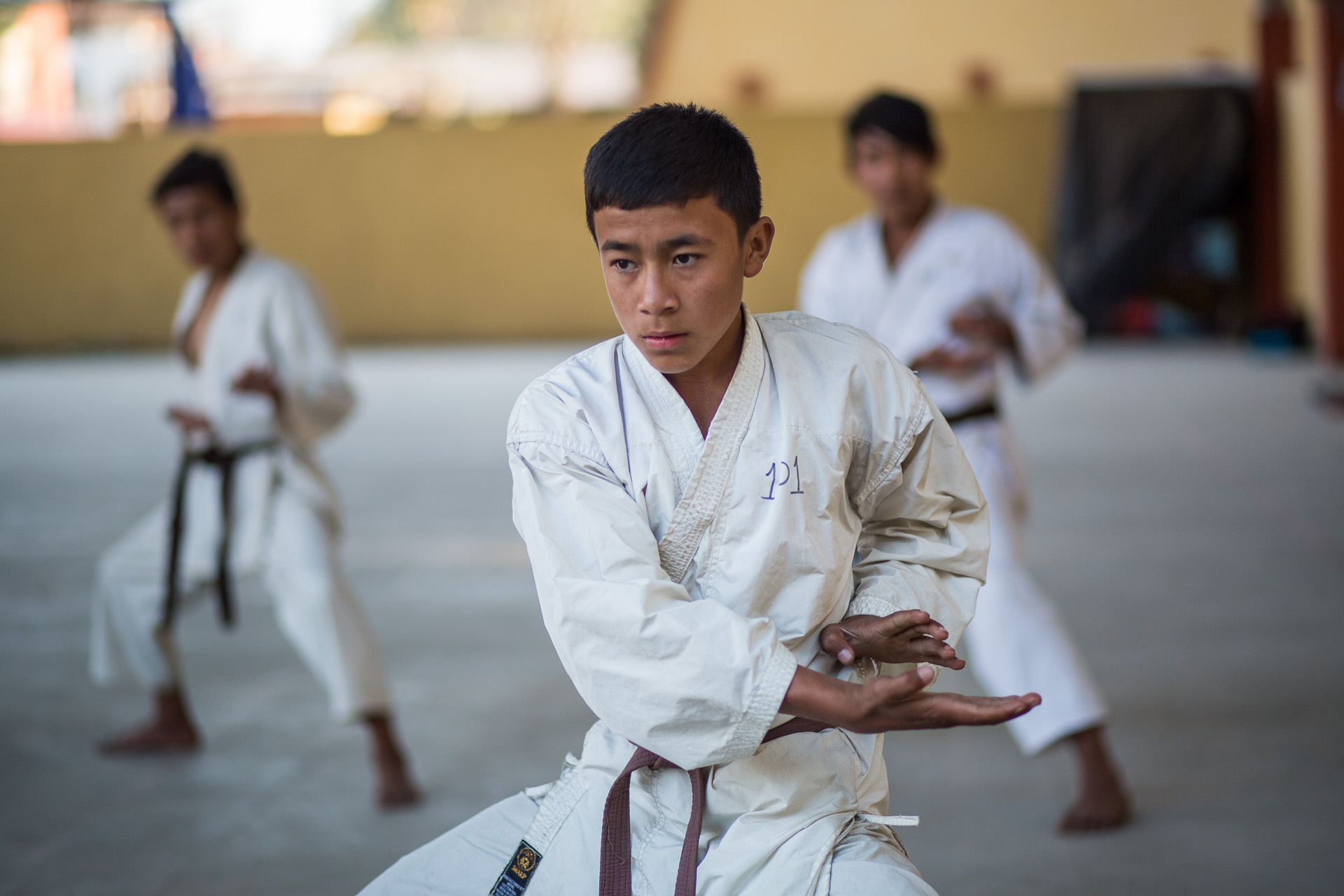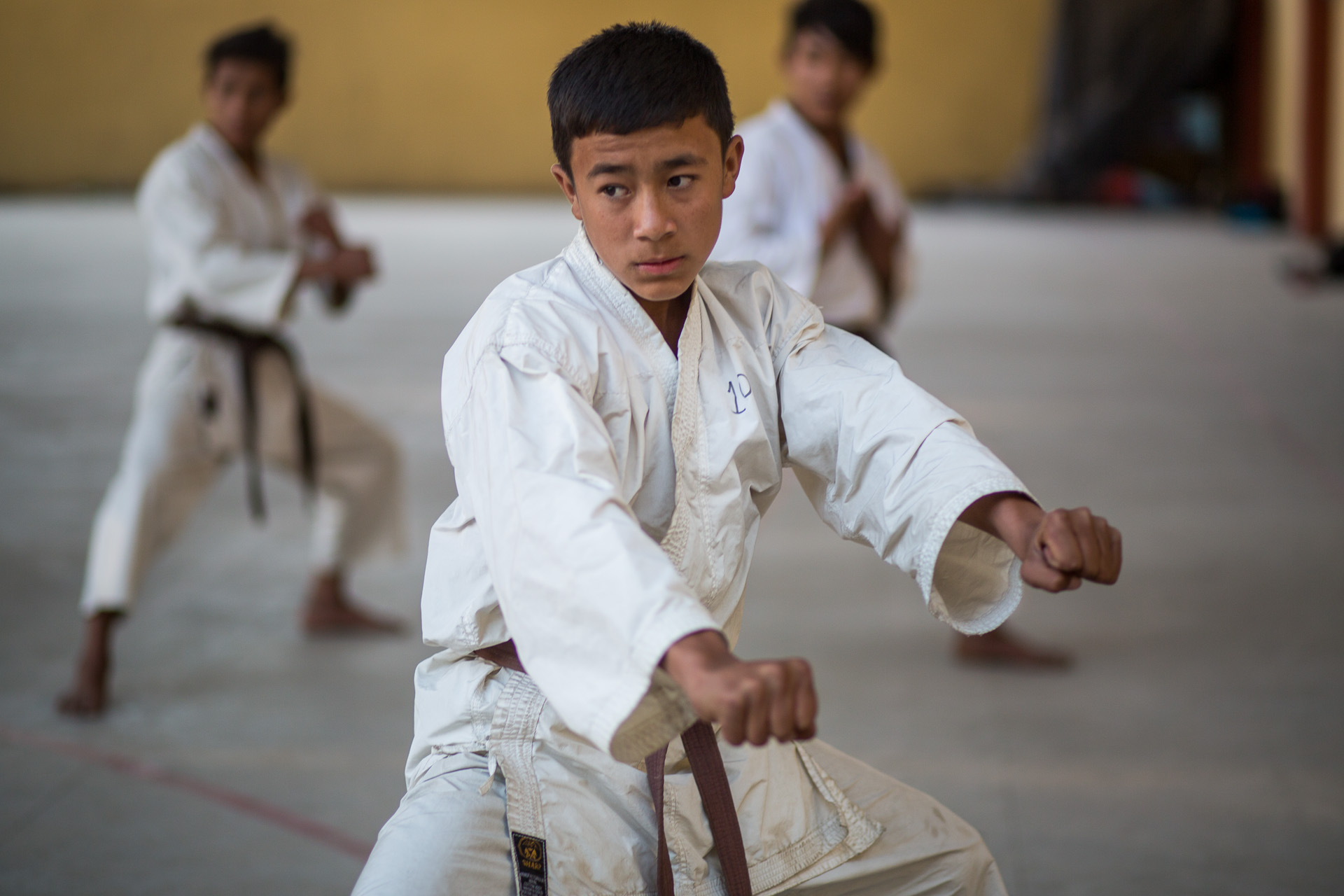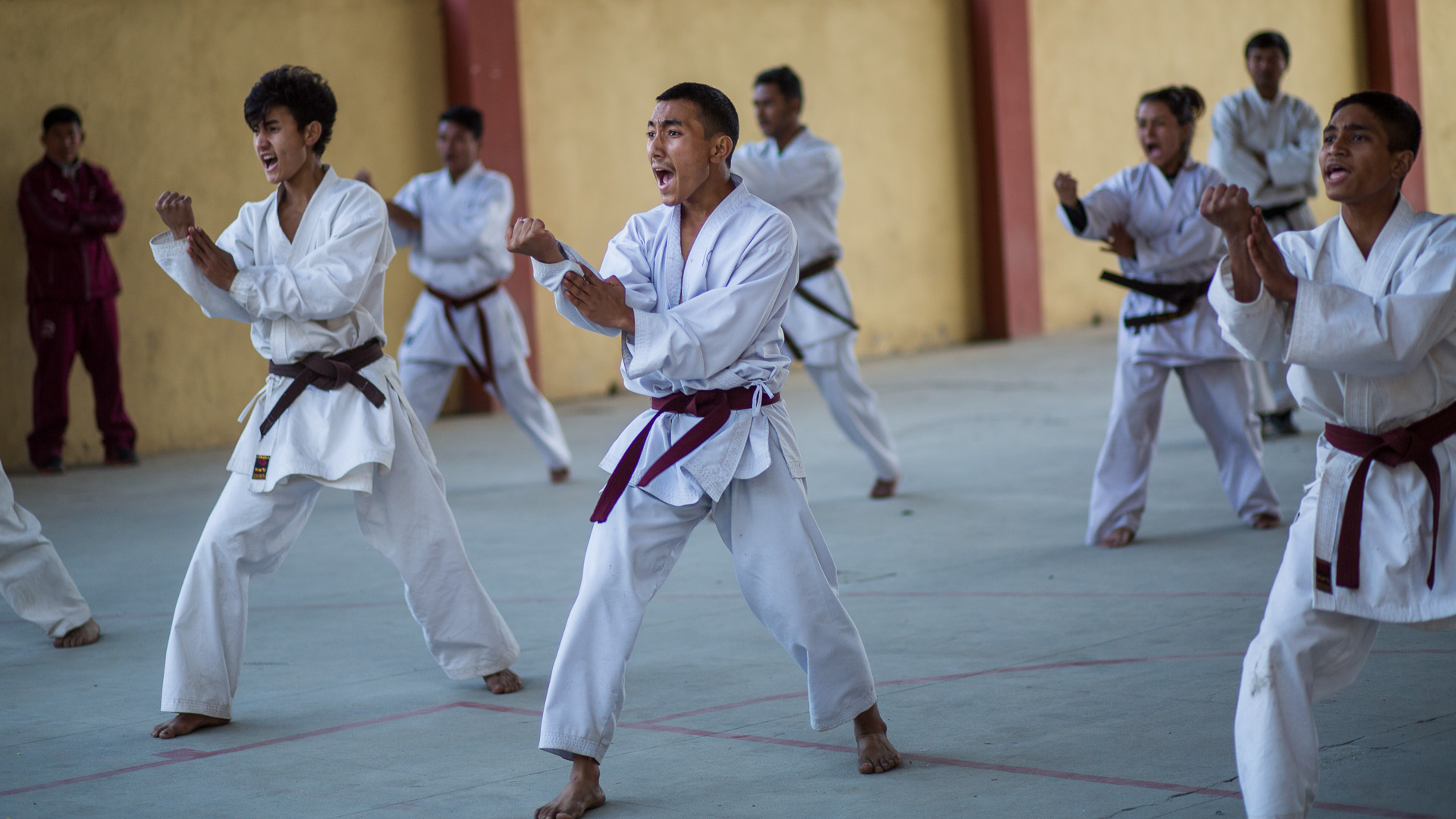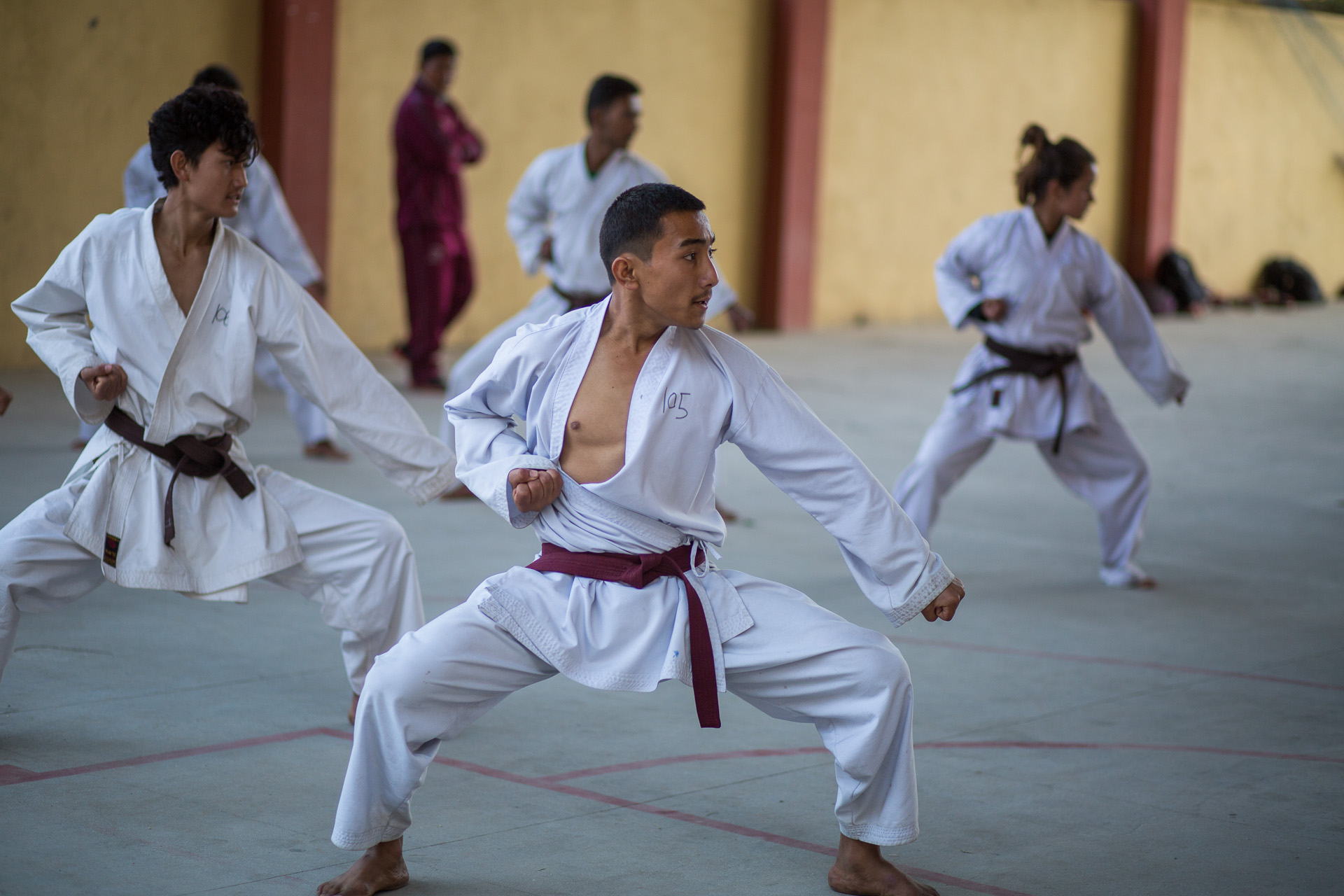Lady at the Krishna Tempel in Danghadi goun, Far-West Nepal.
Lady who is caretaker of the Hindu Krishna Tempel in Danghadi goun, Far-West Nepal.
Dangura Tharu
INTERVIEW WITH YOUNG DANGURA THARU GIRLS IN CHAUDHARI REGION
“We are known for our strong community”
During our visit in Chaudhari region in the far west of Nepal, we interviewed three young Dangura Tharu girls. Manisa, Nisha and Kushuma told us about their cultural background and believes. The heritage of Dangura Tharu people lies in inner Terai, in Dang Deukhuri district. This is why they are called Dangura Tharu. Even though their main community still lives in this area, these days Dangura Tharu are also to be found in other regions in the Central and (Far) West of Nepal.
“When it comes to our cultural heritage you should know about our most important celebration: New year, Maghi*. This festival is also known in other Tharu communities, but it is very important to us that we celebrate according to our own costumes. During Maghi we will start our day with a thorough wash, for this will cleanse us from any deceases we might have. And we always celebrate our new year with a relaxed body and mind. This means we aren’t working and the first three days of our new year will be only about singing, dancing and eating our traditional foods made from rice flour. As we believe that when we start our new year with nice and cheerful activities, there lies a nice and cheerful year ahead of us. Just like we do in any other important occasion, the celebration starts in the house of our Badghar**. From there we dance and sing from door to door for the following three days.”
“You should also know that we are known for our strong community. I will give you an example: whenever something big happens, like a marriage or even a death, our entire community will gather to see how we can help out. This means every family will be there to contribute to some of the necessary tasks. Together we decide who is responsible for inviting the guests and who will cook our festive meals. Others will be divided the tasks of doing the dishes or taking care of decoration. If a family fails to support in such an important occasion they will be charged a 200 rupees*** fine.”
“Not only do we share and take care of the necessary tasks together when it comes festivities, we also share and exchange the children of our families. While in the early days marriages were arranged whenever a child was still in it’s mothers womb, these days things work a little differently. Mostly our marriages are still arranged, but some children are asked for their opinion in the matter. Though whenever our brother marries a girl from a certain family, we are obliged to marry a brother of our brothers wife. After our wedding we will move into the family house of our husbands and the wife of our brother moves into ours.”
* Maghi is celebrated in the first day of the month of Magh, which is mid January in the Gregorian calendar.
** Badghar is the elected village chief and responsible for all decision making in case of any type of problem. He is chosen for his nice, good and social character and not aloud to drink or to do anything else that can bring damage to the community.
*** 200 rupees is about 1,65 euro.
Previous text:
We talked with Manisa, Nisha and Kushum Chaudhary about their Dangura Tharu culture and community. They live in Danghadi goun (village). As the local people explained Dangura Tharu people are originaly from migrated from the Dang district in Nepal. Because of this they are called Dangura Tharu. Their main community is still in Dang but ones they spread out over other area's in Central and (Far) West-Nepal. They live in the Tarai and inner Tarai, the part of Nepal that consists of planes, forests and mainly farming fields.
Kamaiya are also from this same community. Before 2007 they were used as slaves for rich people, mostly higher casts. Still the Kamaiya people where uneducated so live from labour work that consisted of the most physical and they didn't got any salary as they where slaves. At this time they mostly live still in separate villages that are called 'Siver', the land that is given by the government after they recently got liberated as slaves.
The three girls are studying in class 9 at the Shree Danghadi Higher Secondary School. During our interview they described that Magi is their most important festival. They visit the houses from from their villages from door to door and sings and dance for three days. They are proud to be from the Tharu community and feel happy to show their cultural dressing for our portraits.
The 'unofficial' Khumba Mela at the Godawari Ashram, Nepal [January 10, 2016 // 2072 1st of Margh]
At January 10, 2016 // 2072 1st of Margh a Kumba Mela took place at Danghadi Godouri Temple. A Kumba Mela is Hinduistic festival where tenthousands of people gather for purifying themselves in a river with holy water. Also they worship their gods and get a blessing from one of the many present baba's and sadu's (hindu priest). Kumba Mela used to take place only in India so this is the first time in Nepal. During our visit we met serveral baba's and sadu's. One of them told us the story about this festival. He explained that this Godouri Khumba Mela is not an official Khumba Mela because it is not organised by the baba's and sadu's but by the local autorities and by entrepenaurs. We had the honor to take portraits of a few of the baba's and sadu's.
Dangura Tharu lady in Far-West Nepal
Dangura Tharu lady in Far-West Nepal
Rana Tharu Tribe in Far-West Nepal
In January 2016 for the first time I had the honor to take portraits of the Rana Tharu Tribe in Far-West Nepal.
Photoshoot in Kathmandu, Nepal with Punam Gurung. [ July 2015 ]
Photoshoot in Kathmandu, Nepal with Punam Gurung. [ July 2015 ]
Reading the future by your hand in Kathmandu, Nepal.
Primary Schools in Kathmandu
Open Brewery Day at Dutch Passionate Beer Guru Ramses from Ramsesbier
Afgelopen zaterdag hield bierbrouwer Ramses Snoeij van Ramsesbier een opendag waarop zijn 2 nieuwe lentebieren werden gepresenteerd: "Gouden Adelaar" en "Bloedzuiger".
DE GOUDEN ADELAAR
Single hop, Simcoe
Deze Amerikaanse hop geeft het bier een aardse toets met citrus tonen
en passie vrucht. Een deel van de hop is tijdens het bottelen
toegevoegd waardoor het bier extra fris en fleurig is.
Mexican Lager
Mais en agave siroop zorgen voor een bijzondere balans. De frisse
citrus en dennen tonen van de hop en het lage alcohol percentage maken
dit een ideaal zomerbier.
Con Corazón
Met het kopen van dit bier levert u een bijdrage aan de realisatie van
Hotel con Corazón Mexico. Een hotel dat 100% van haar winst investeert
in lokale onderwijsprojecten. www.hotelconcorazon.com/oaxaca
3,8 %
Ook zijn recentelijk nieuwe bieren "Zonder Baard" "Koele Kikker" en "Naar de Haaien" stonden op de tap om te proeven.
Meer informatie en vooral waar je zijn bieren kunt proeven vind je op: www.ramsesbier.nl
Short description in English: At this Open Brewery Day brewer Ramses presented his two new Spring beers: "Golden Eagle" and "Leech". Also his recently introduced beer "Without Beard" was available to taste. More about Ramsesbier can fe found here.
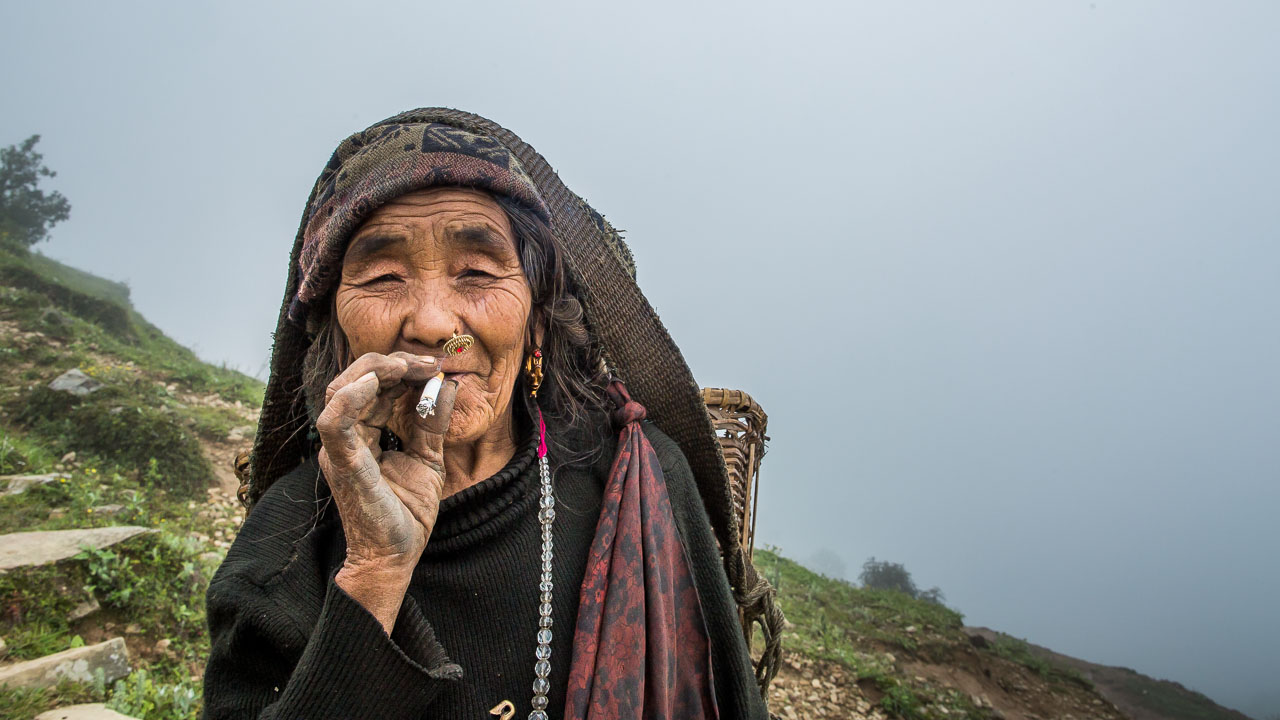
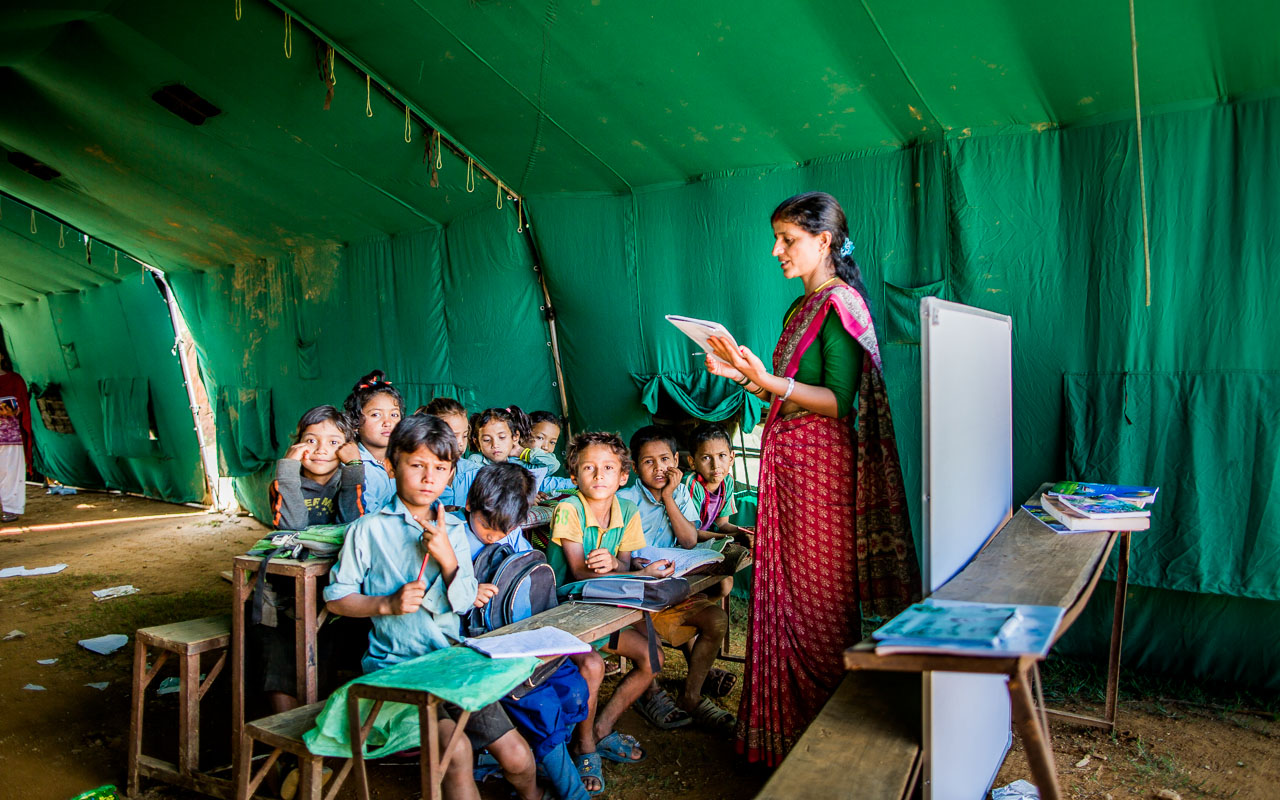
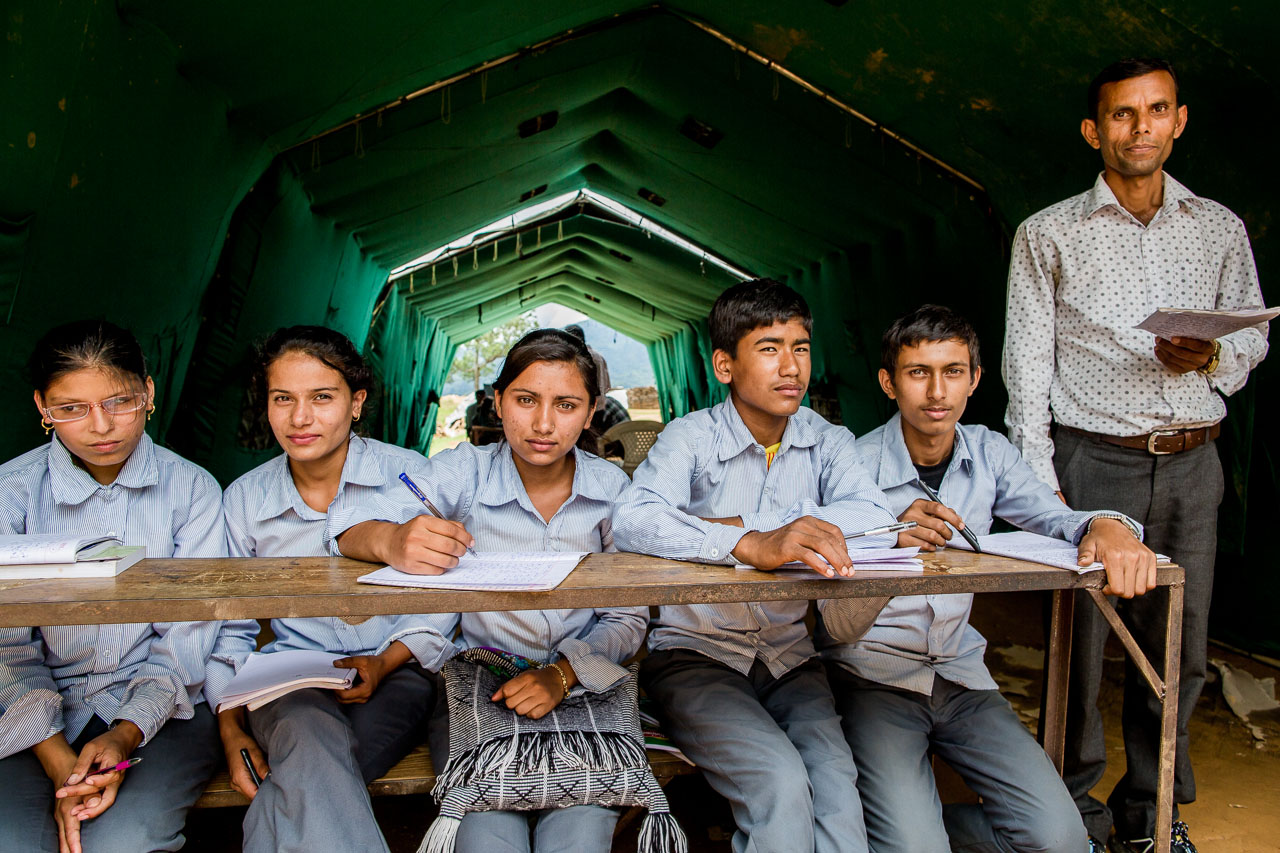
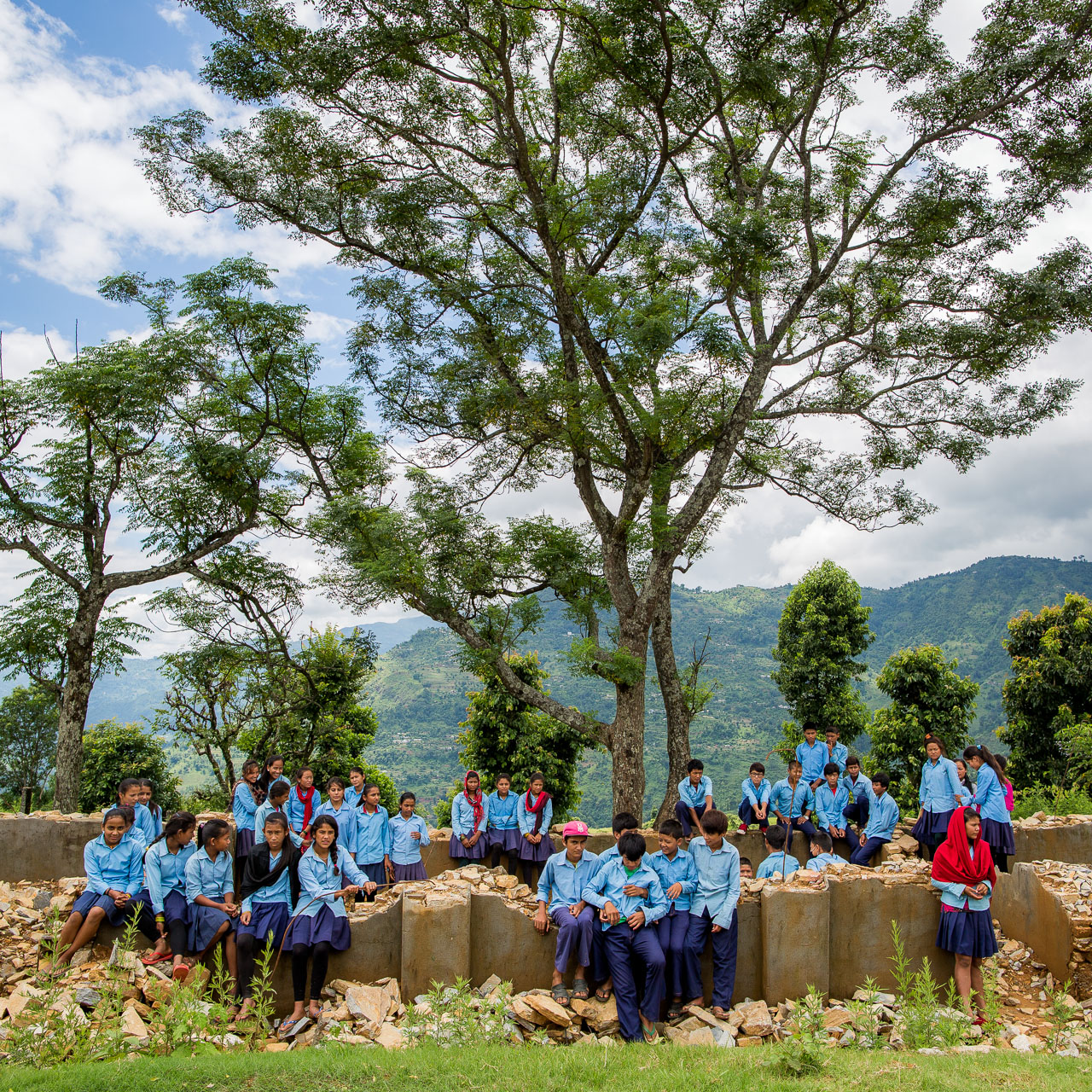
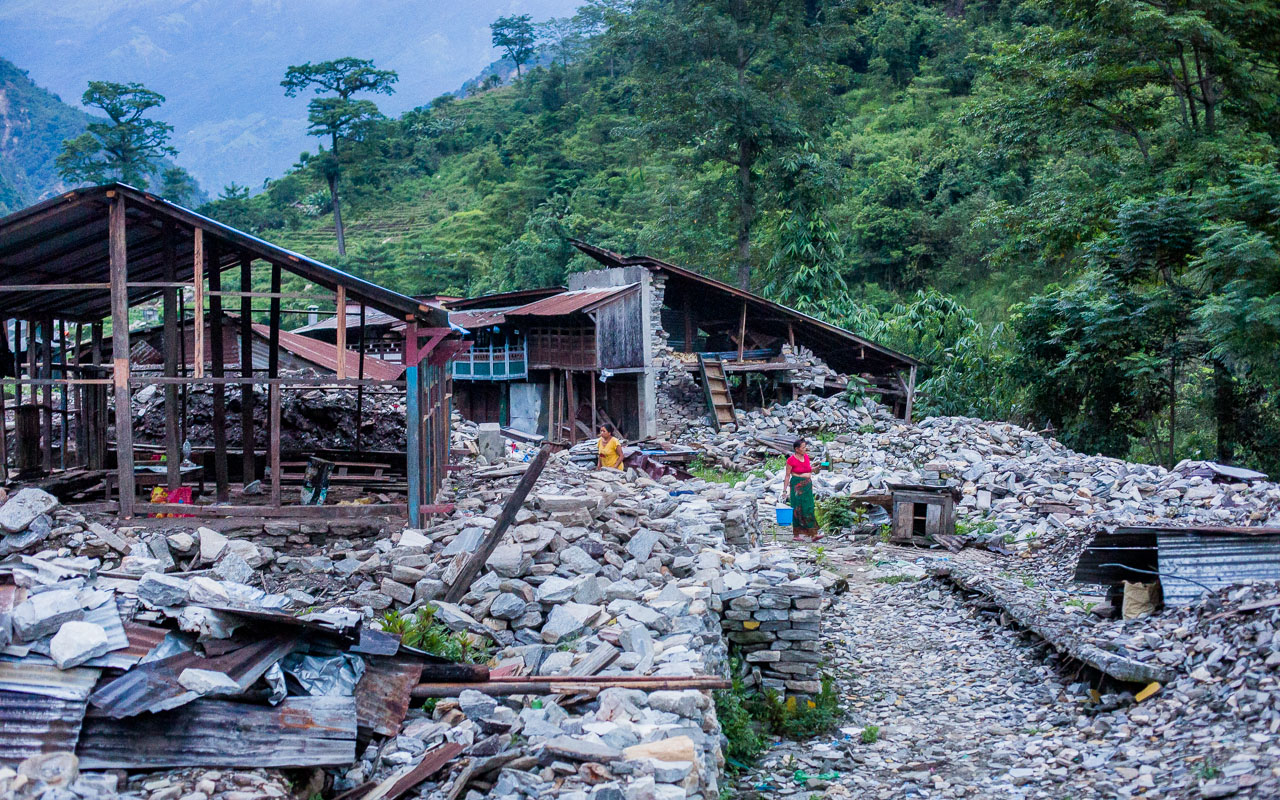
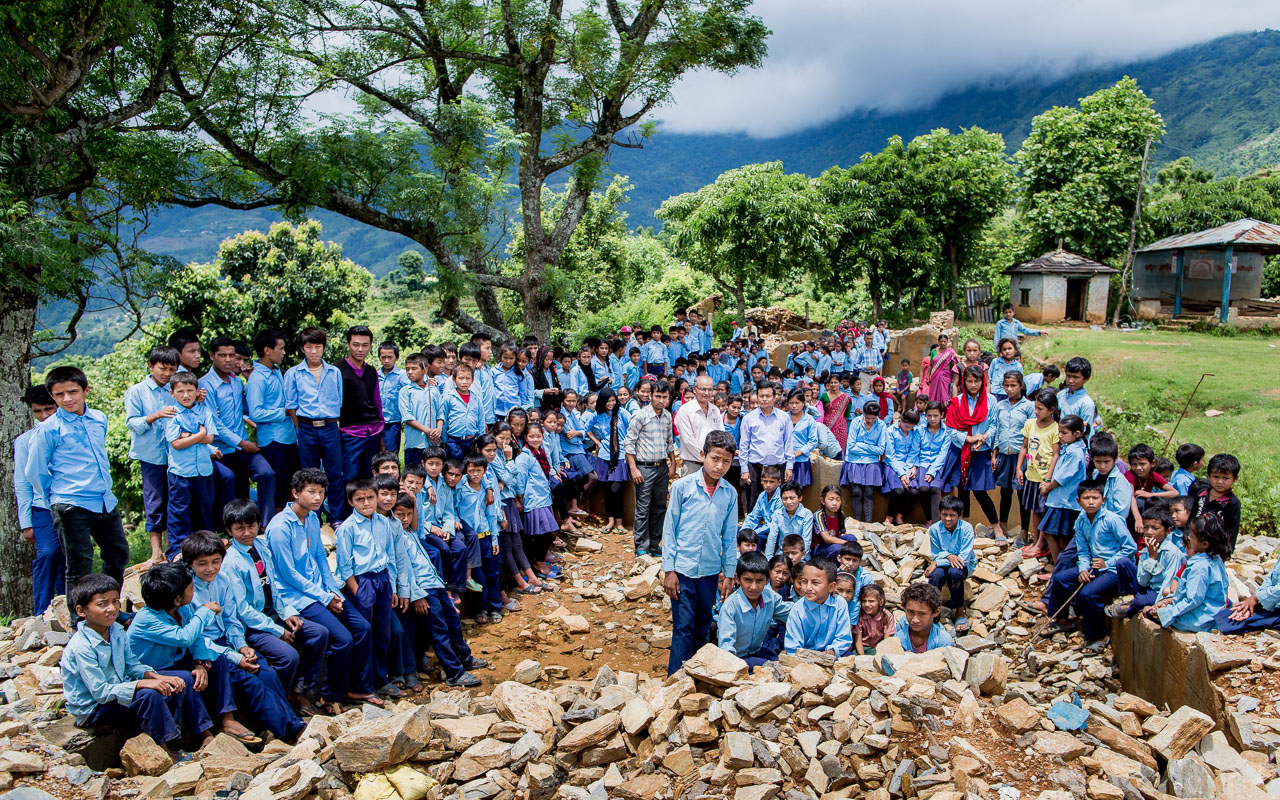
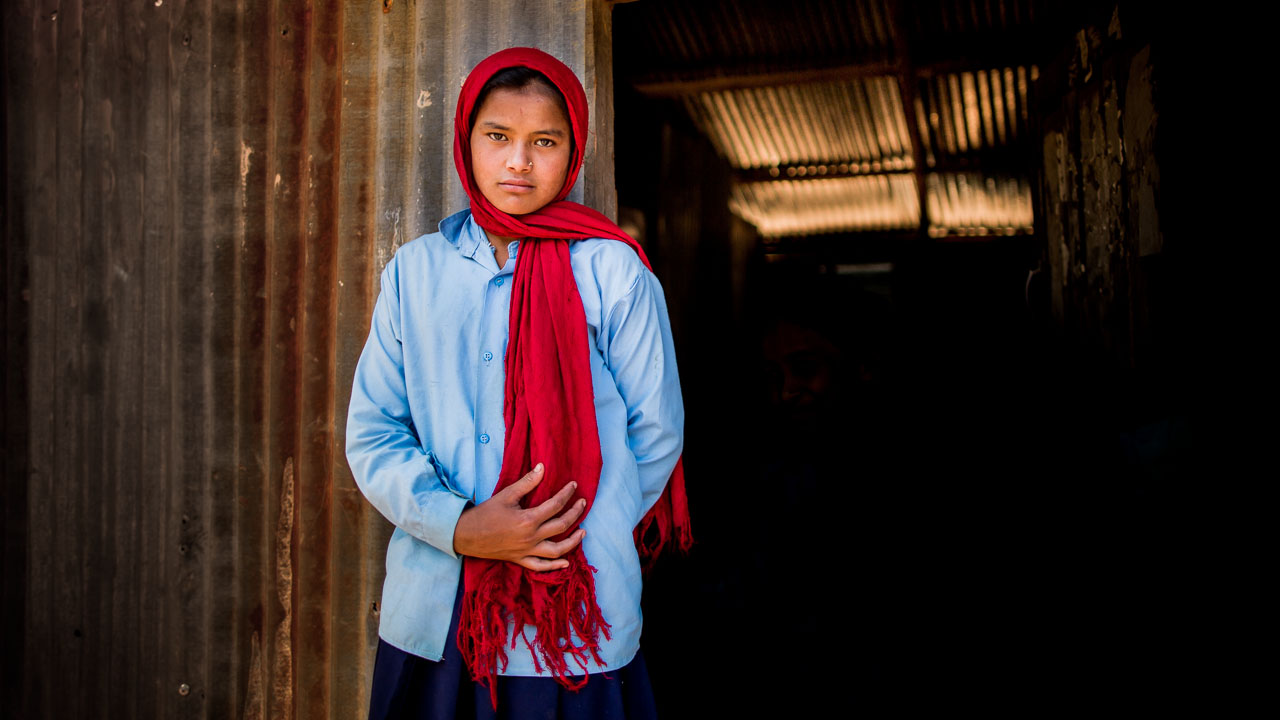
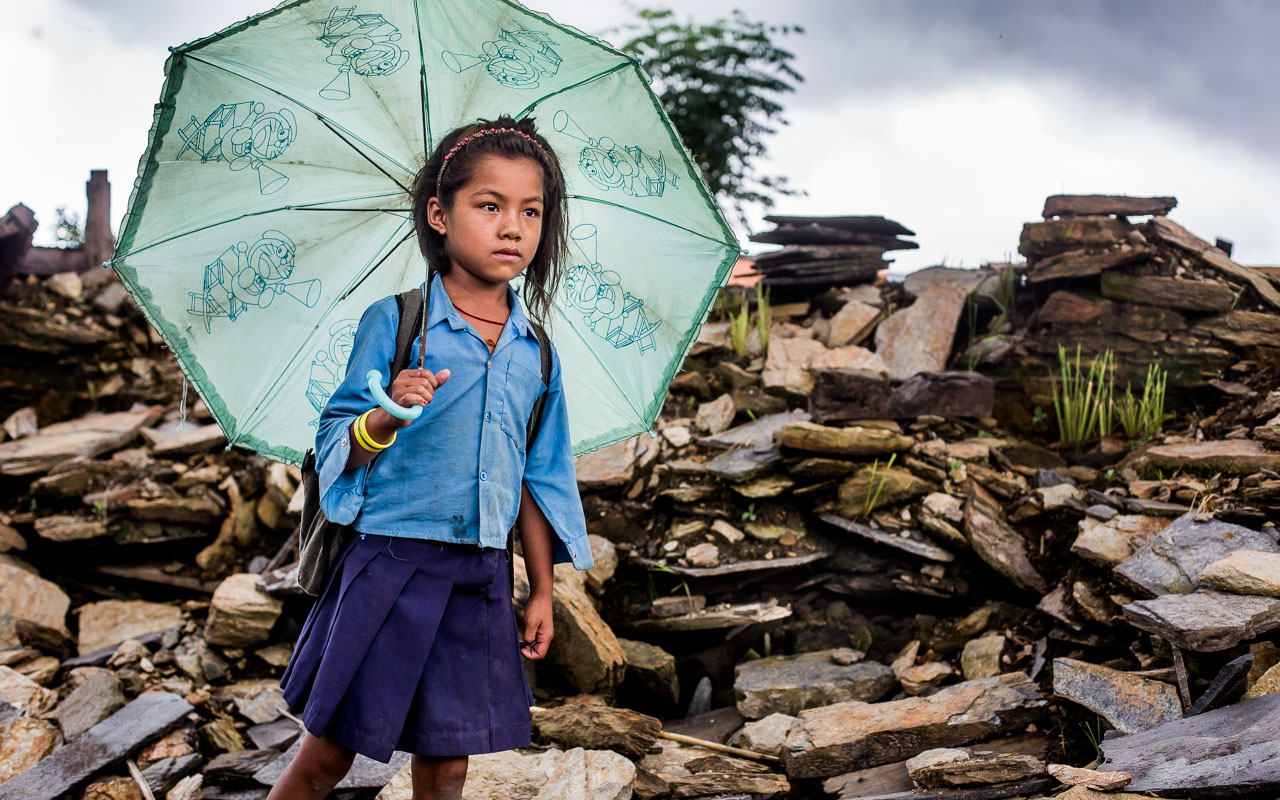
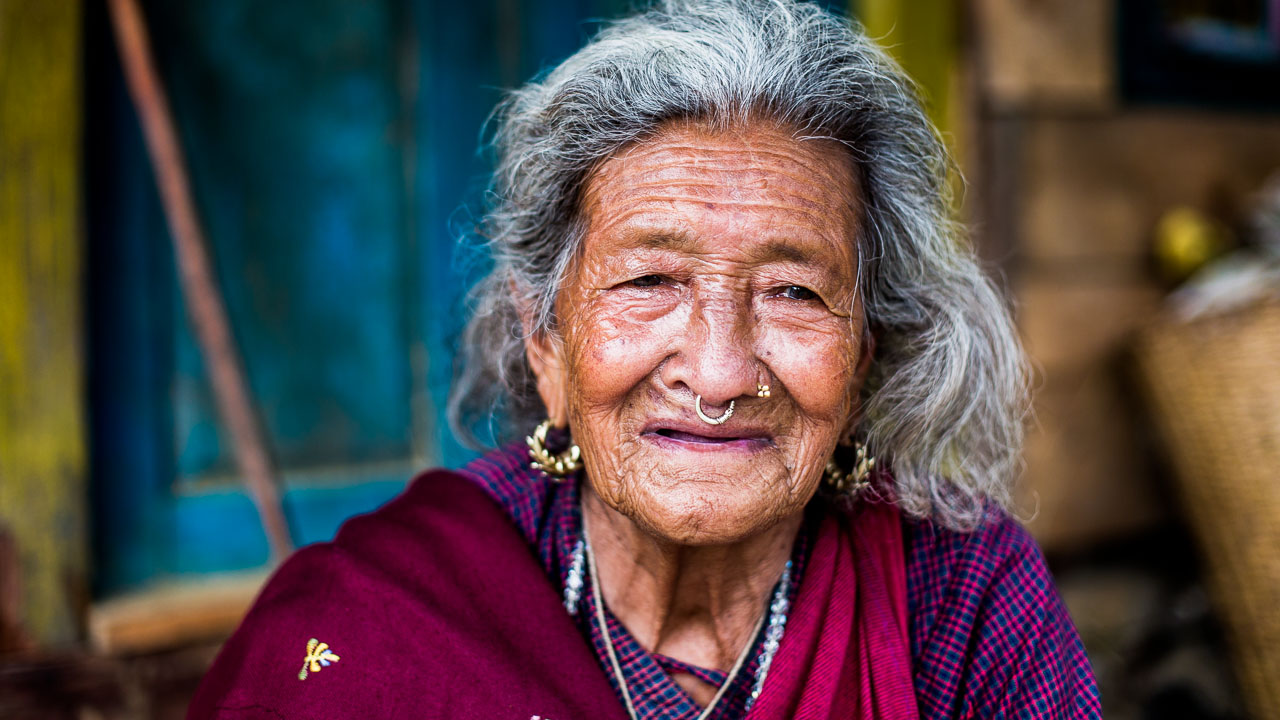
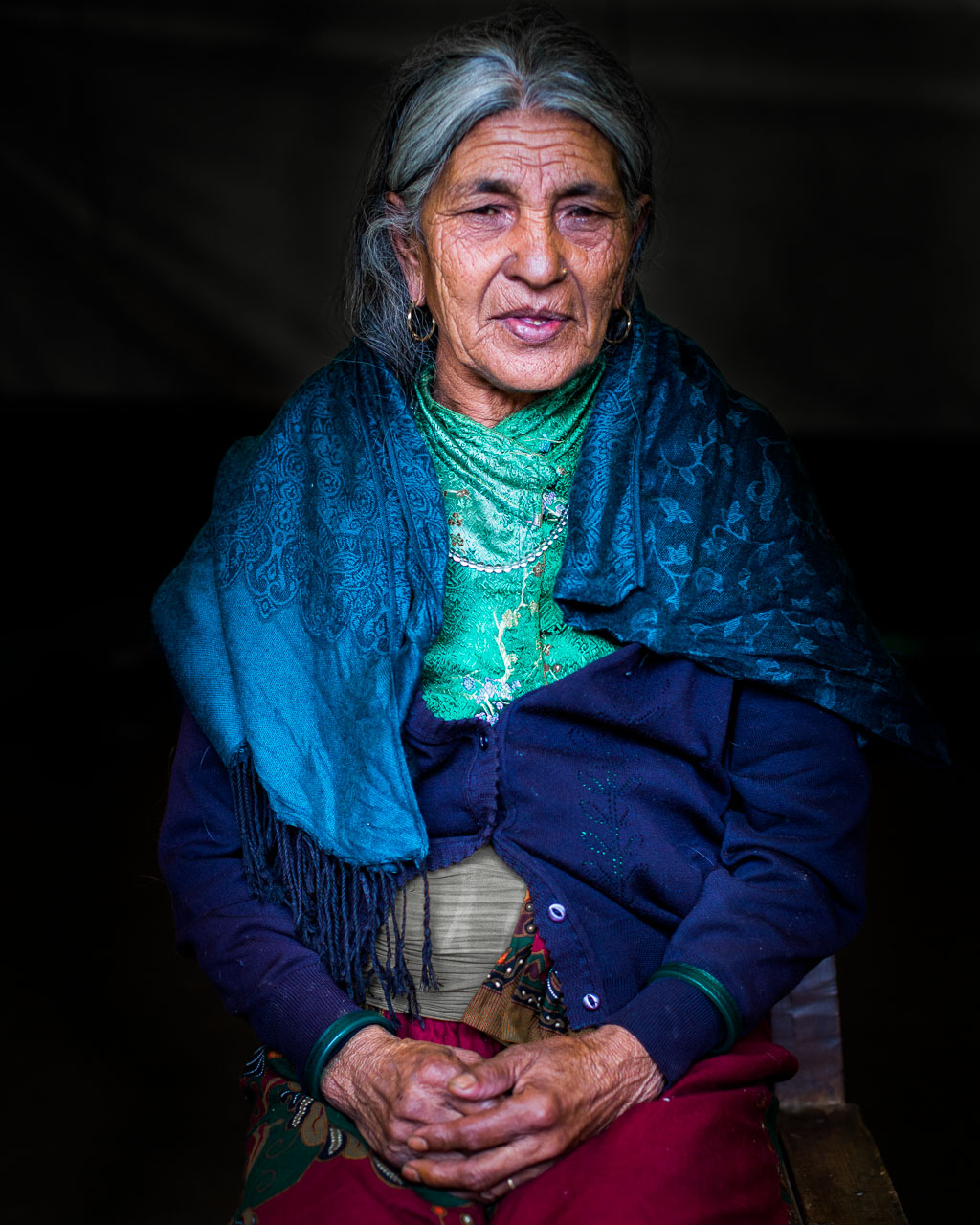
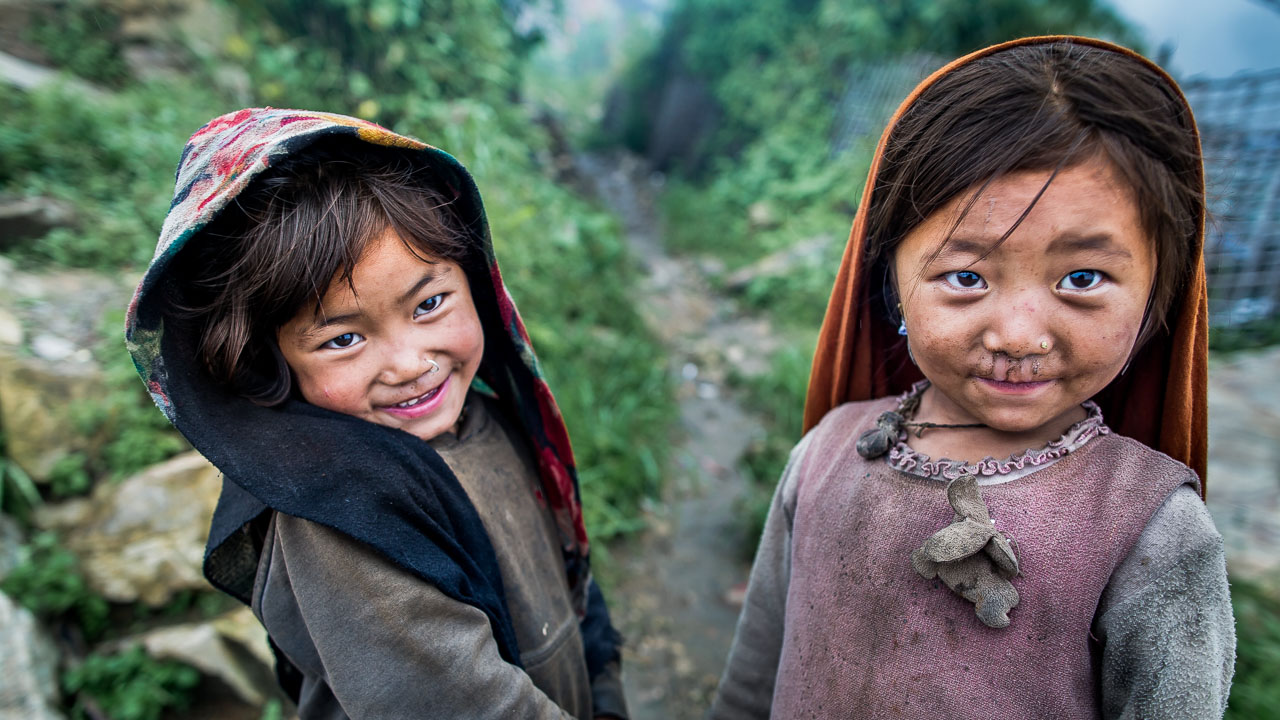
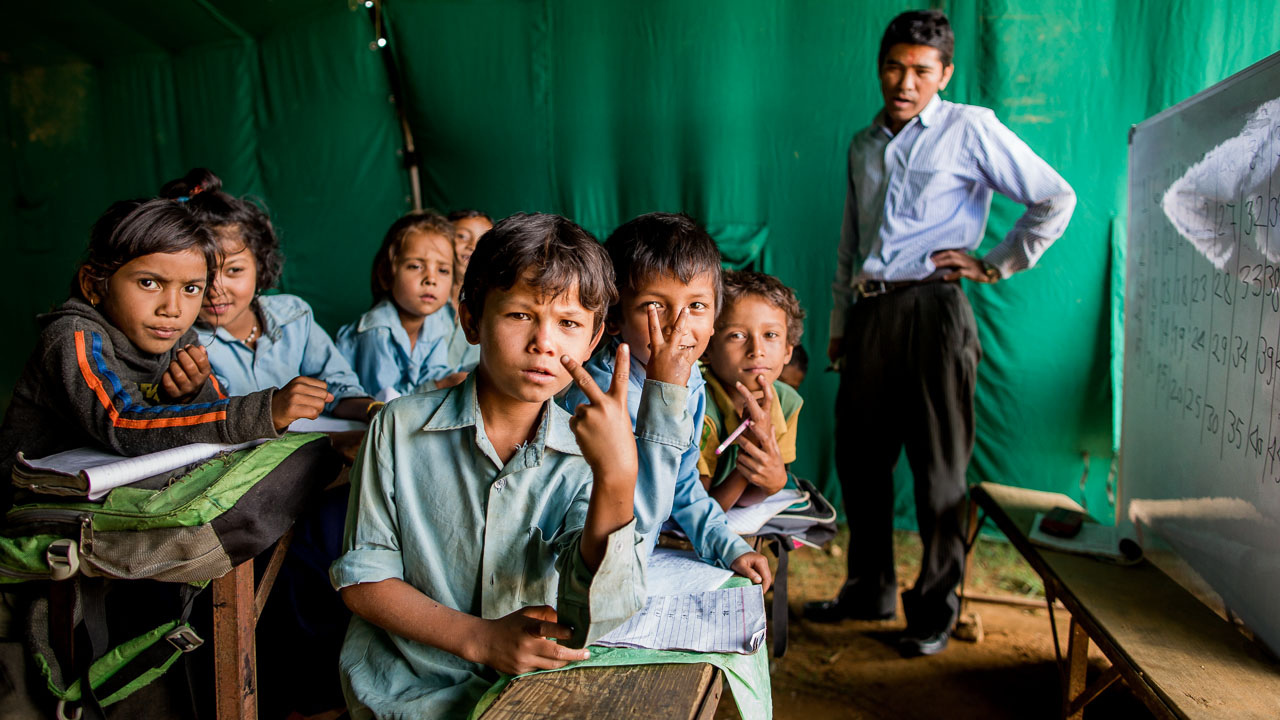
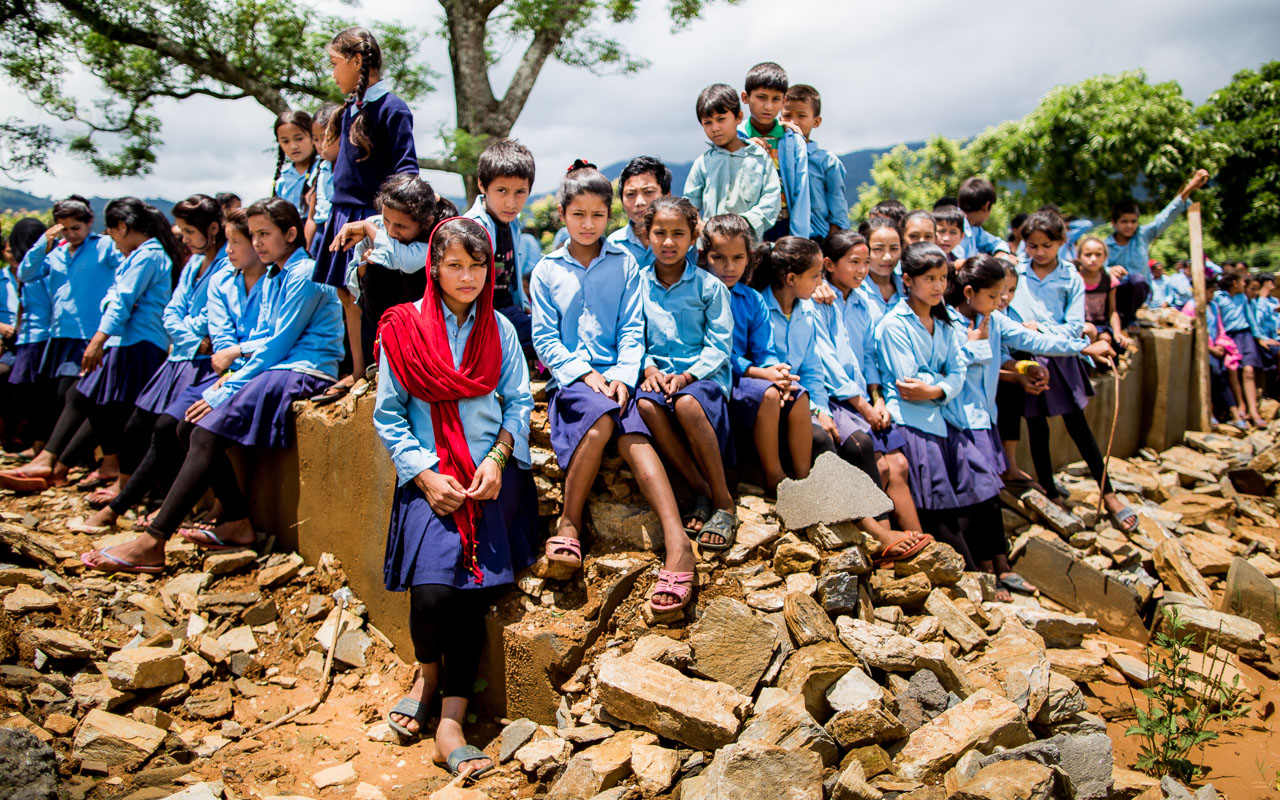
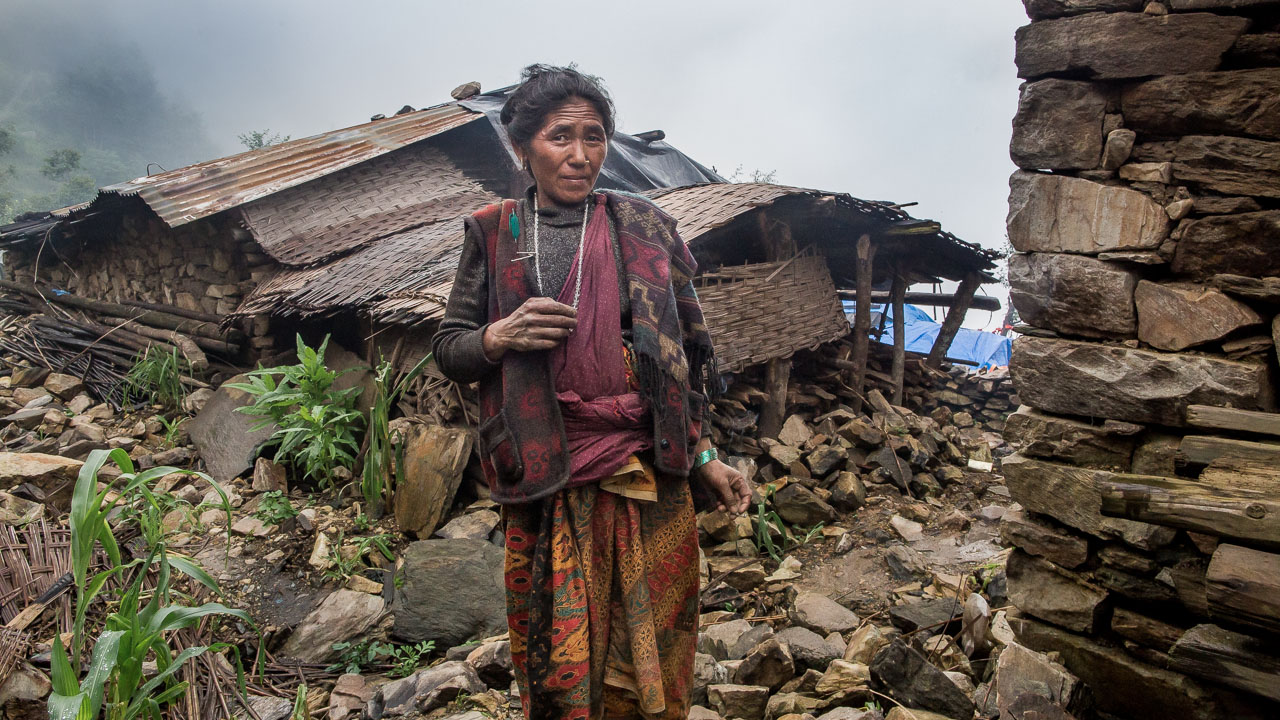
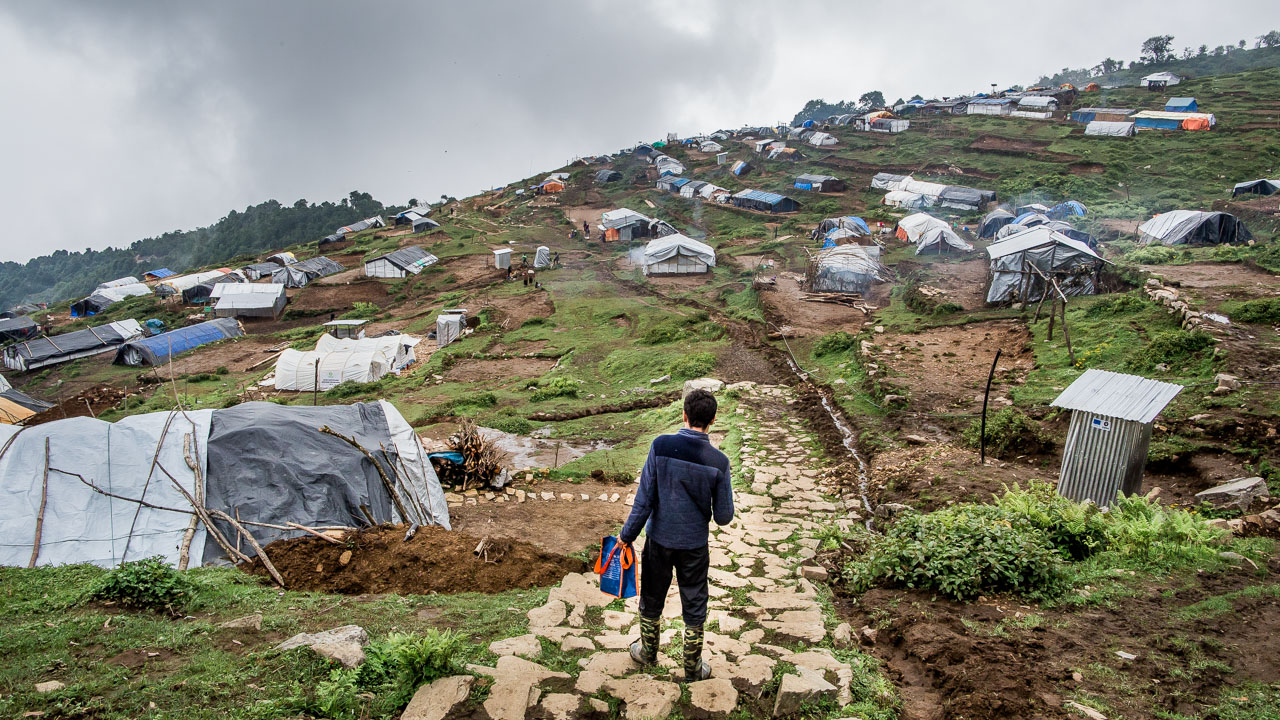
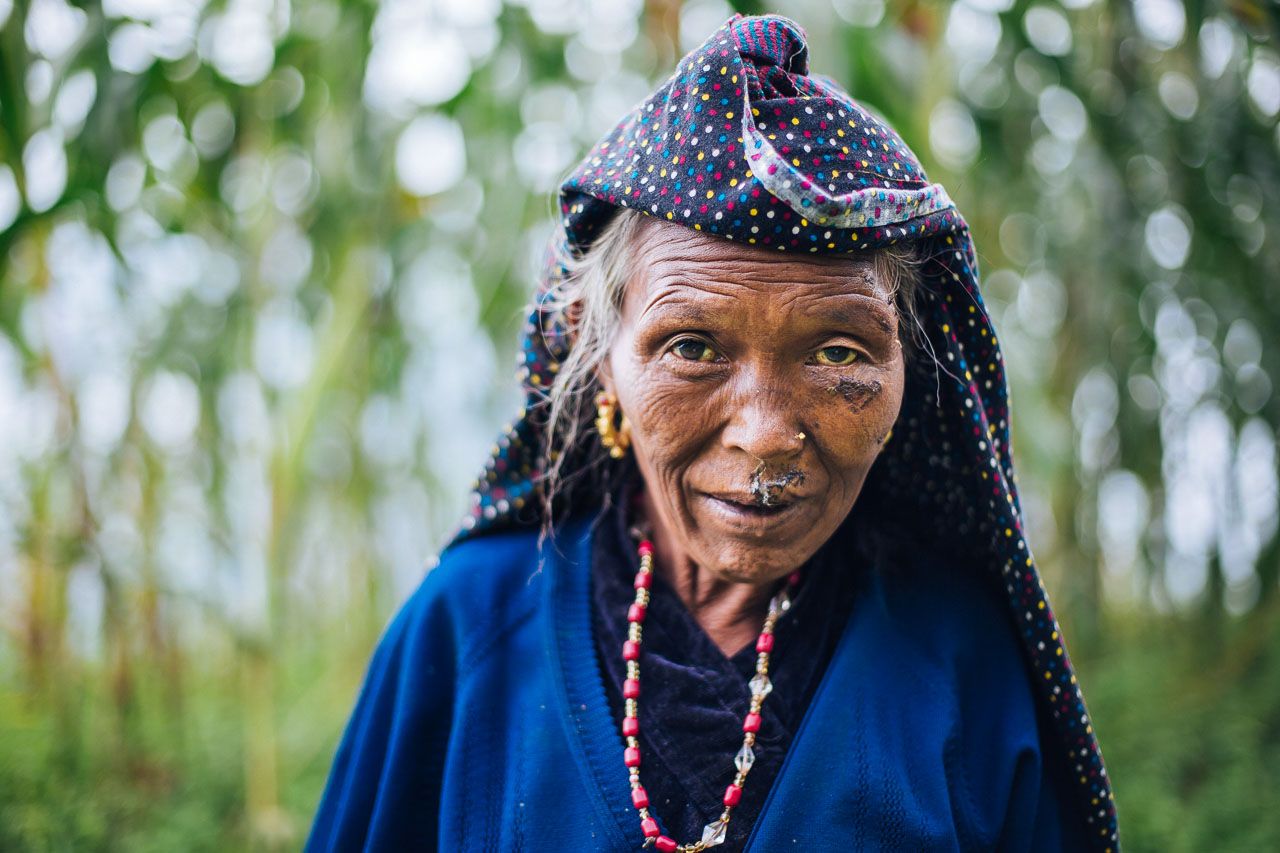
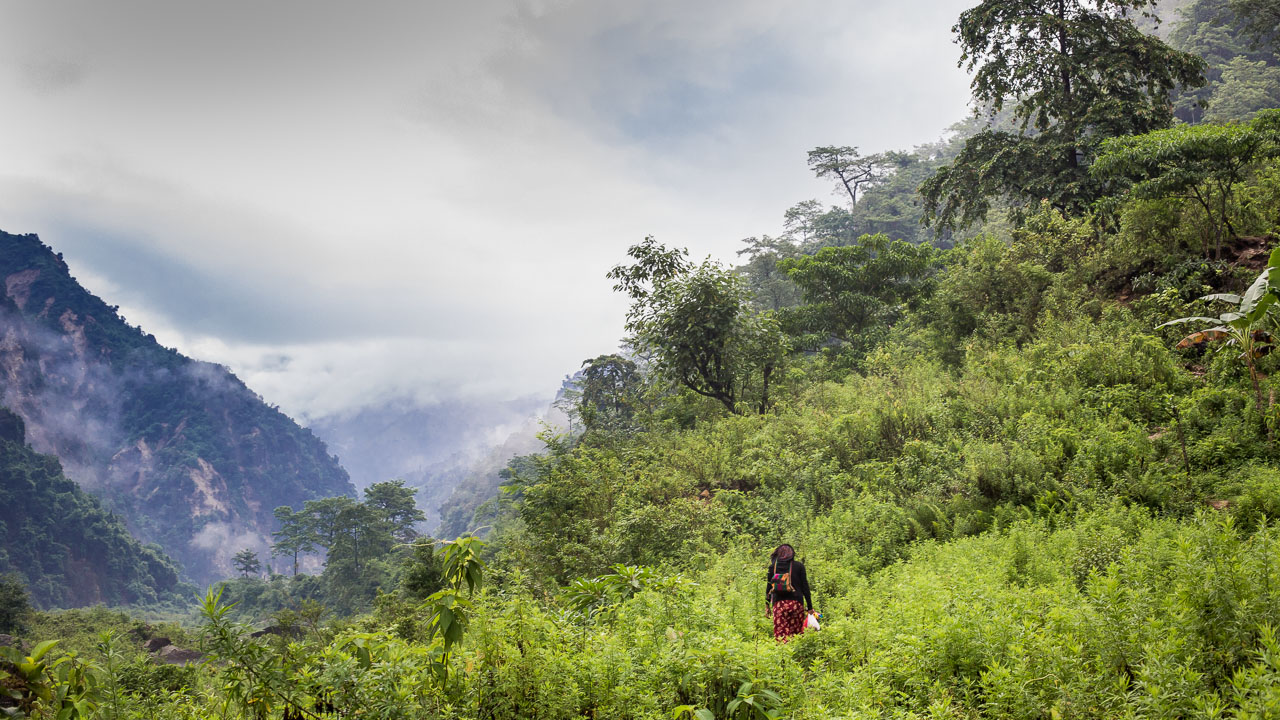
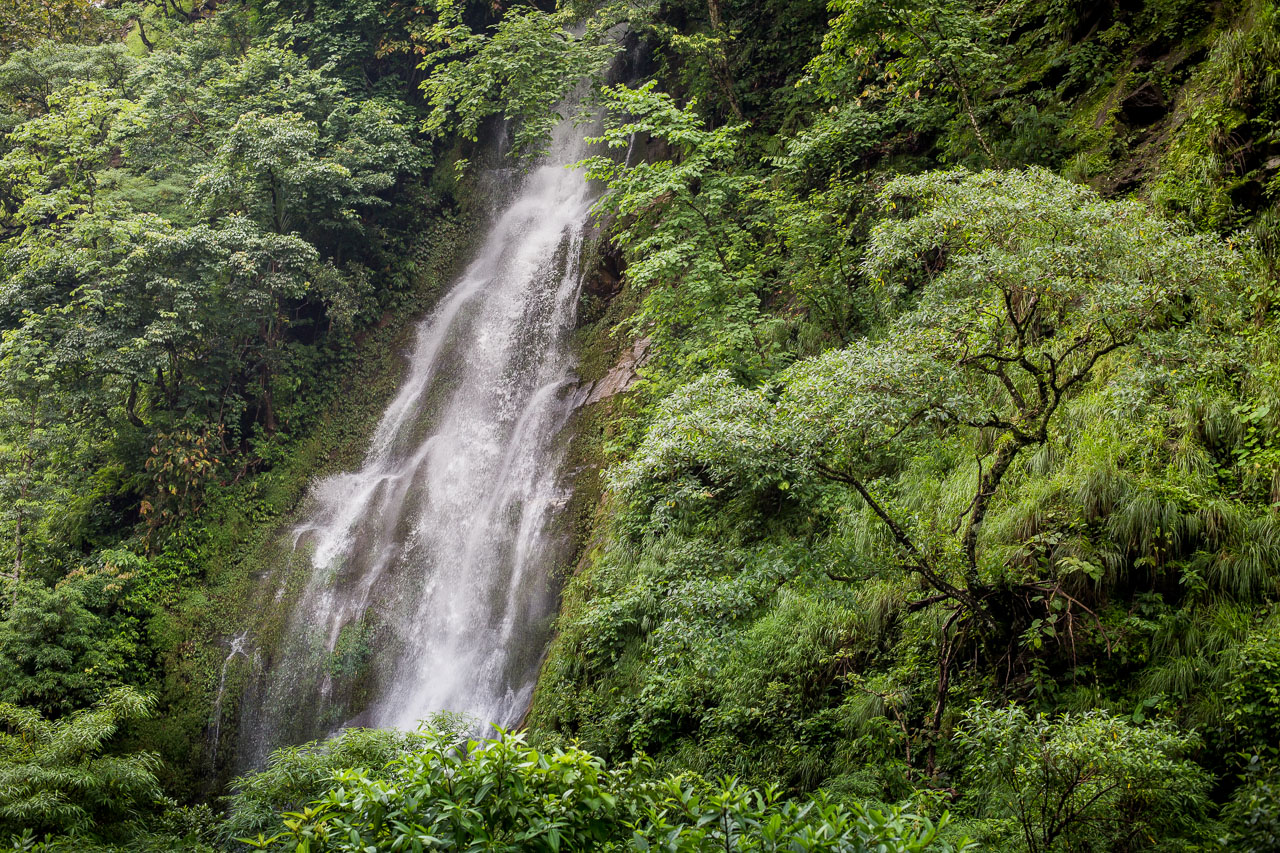
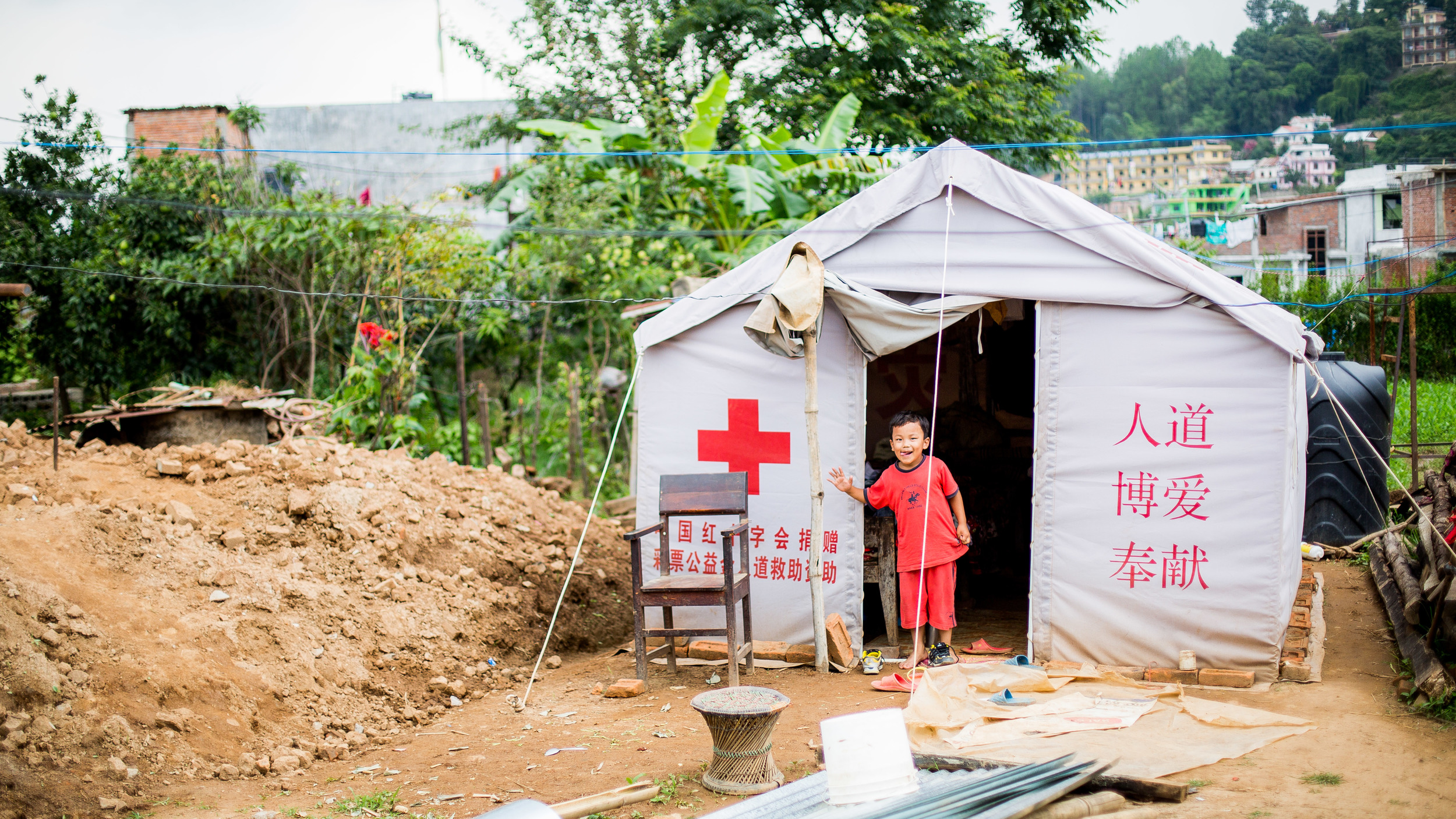
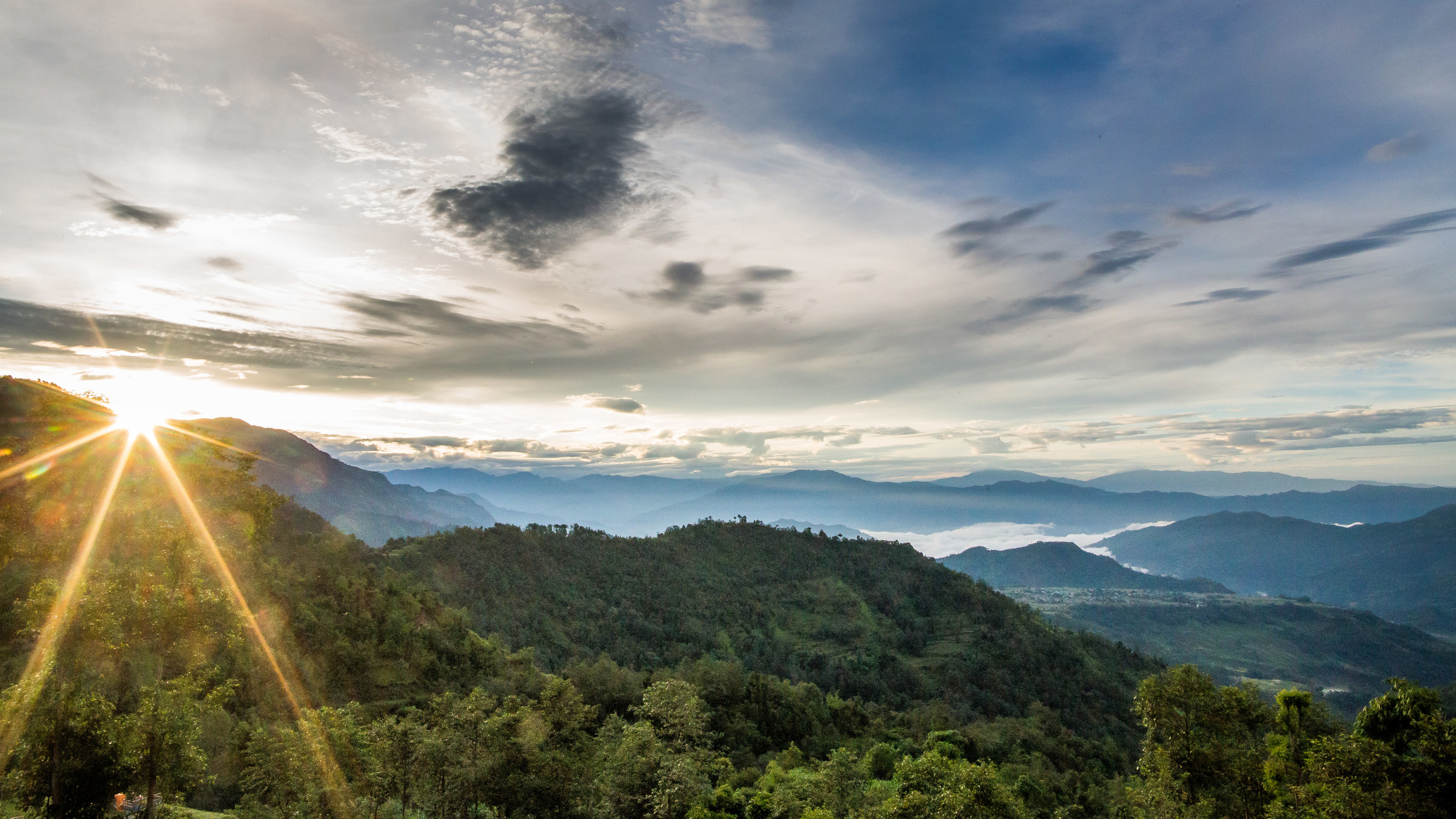
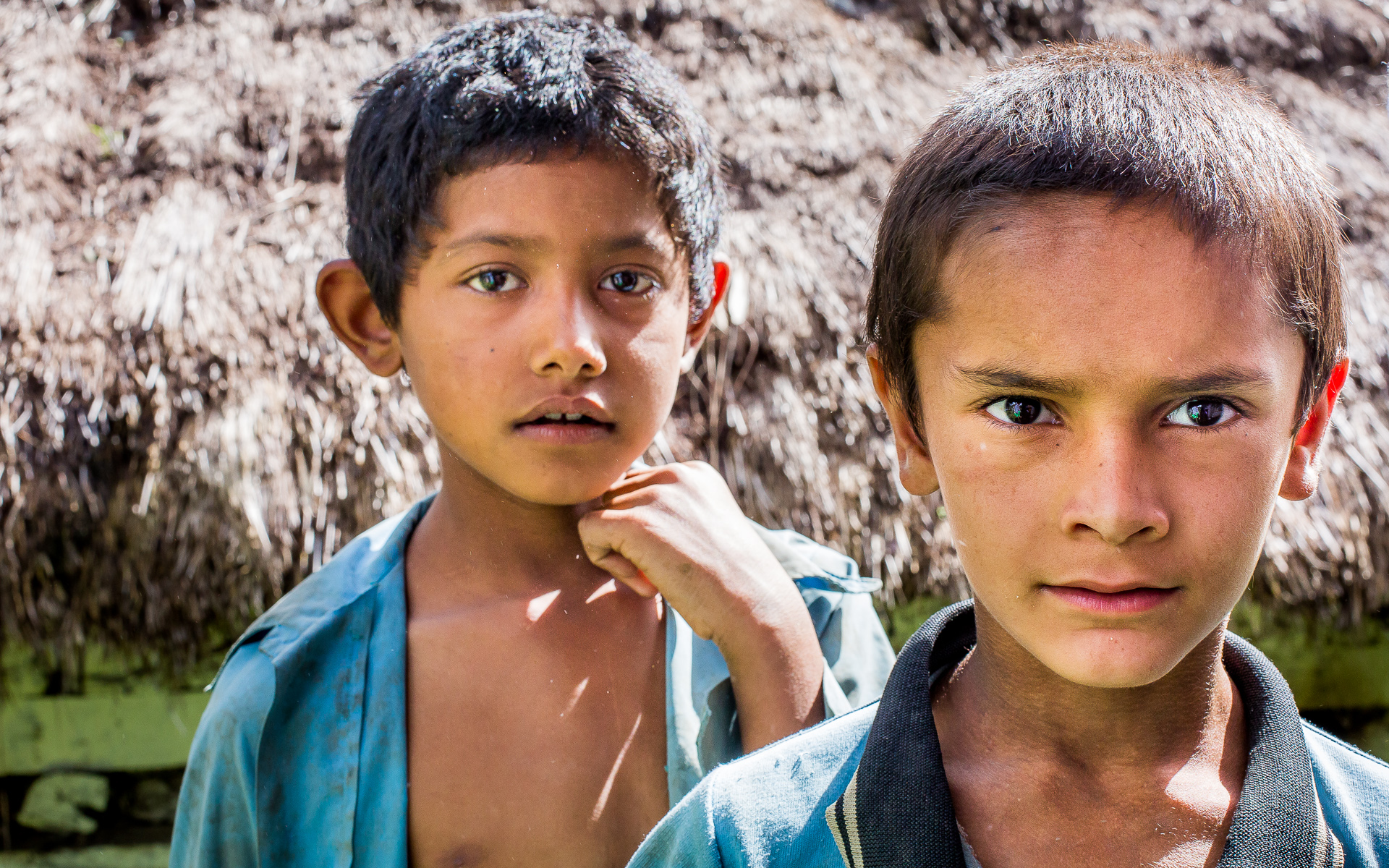
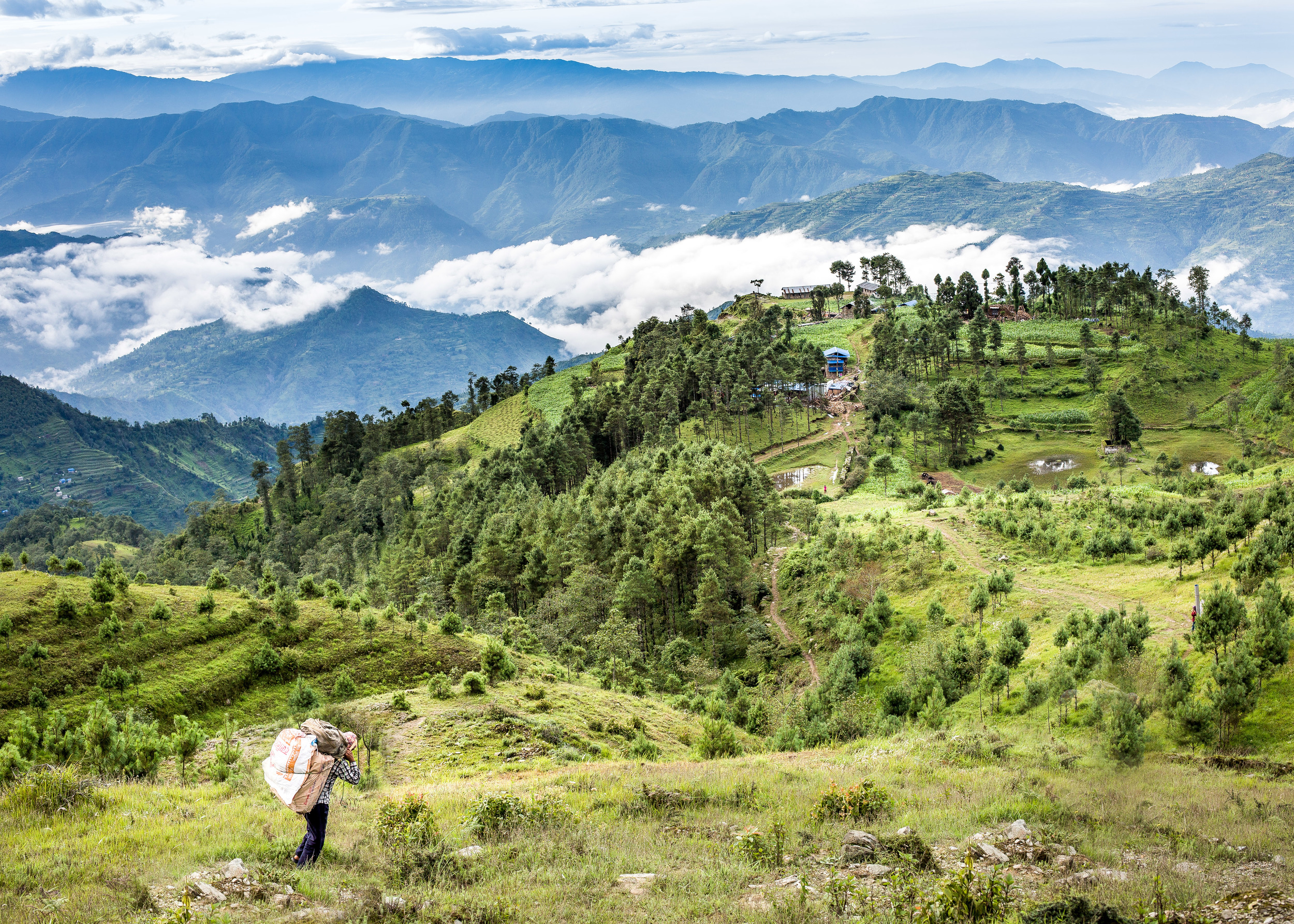
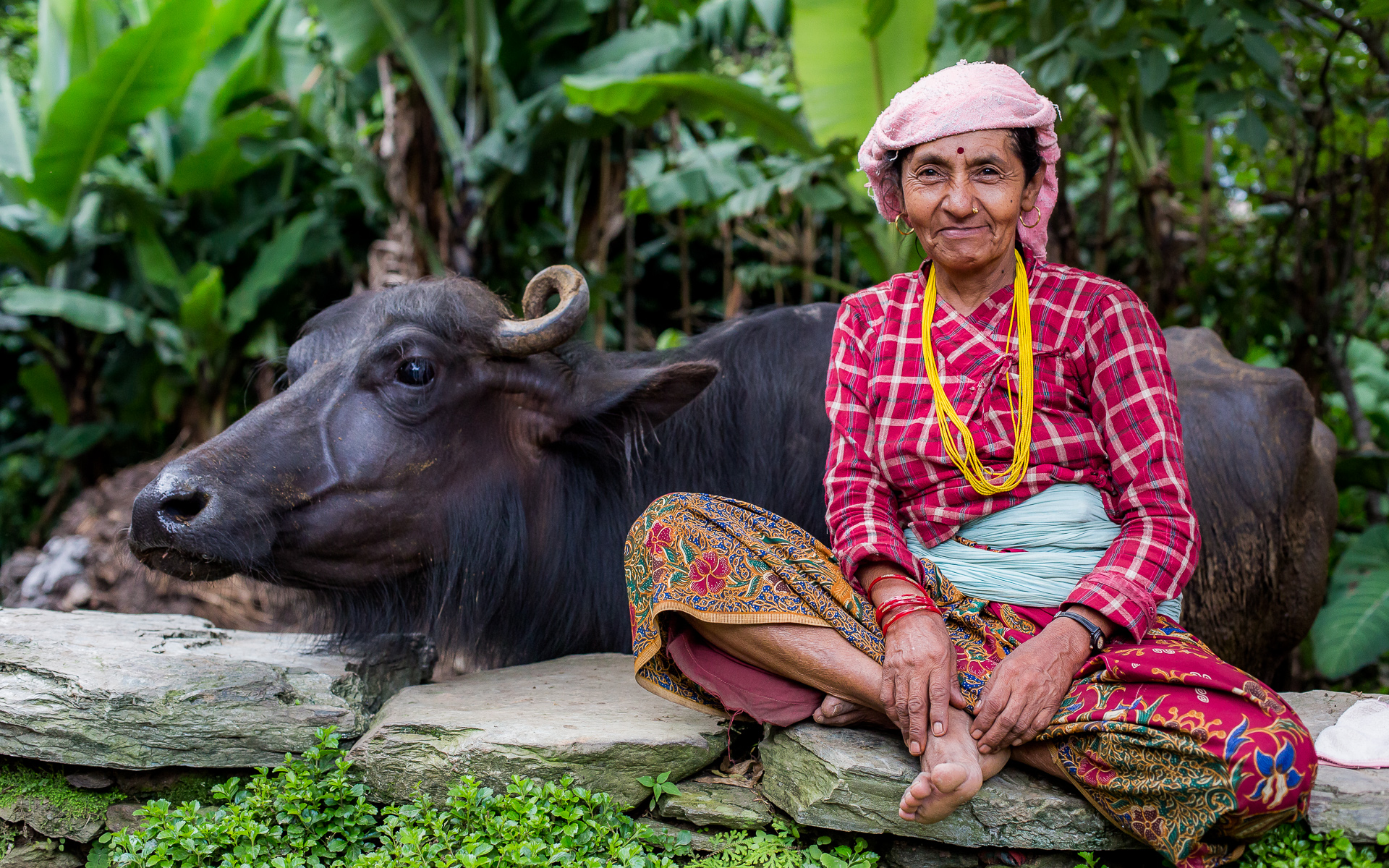
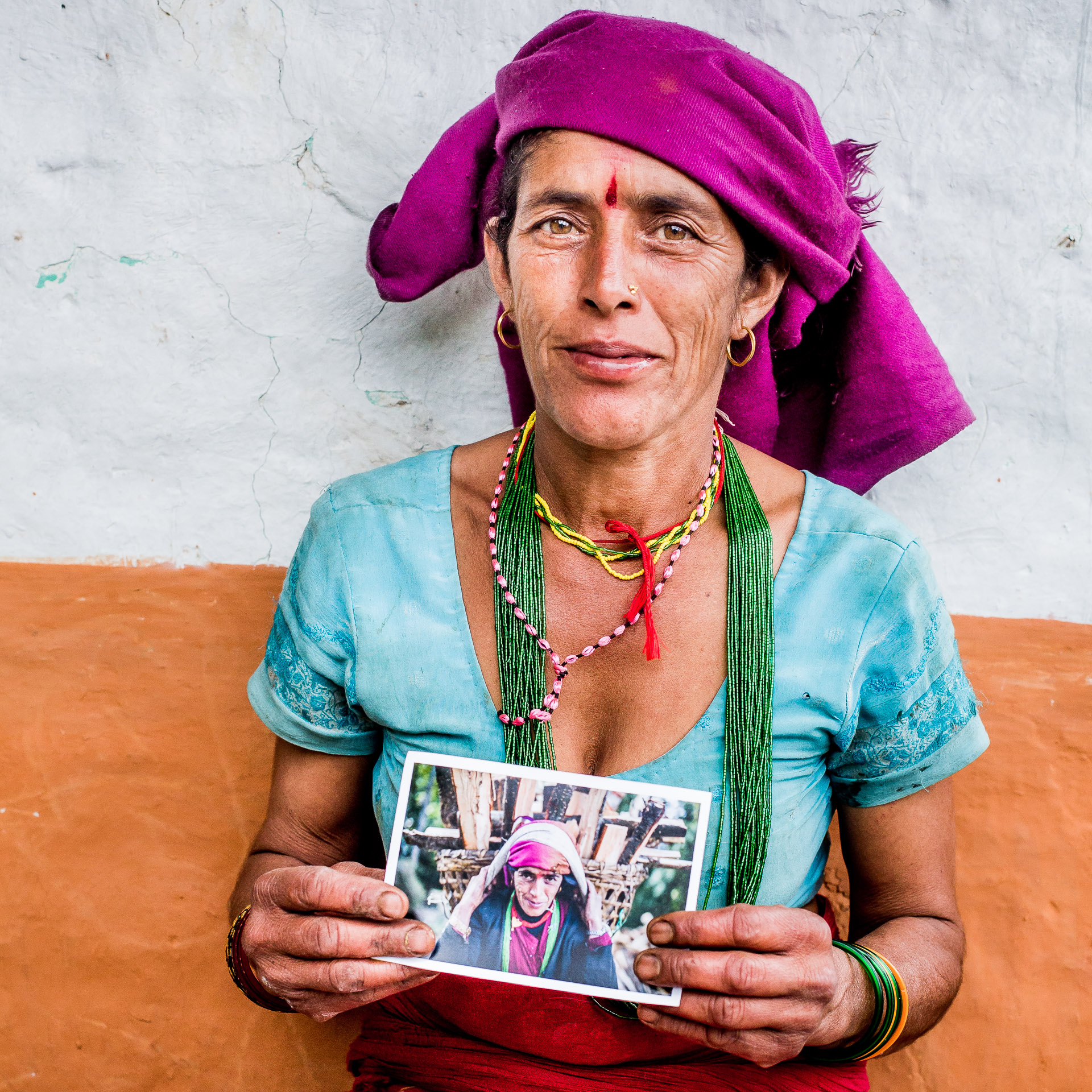
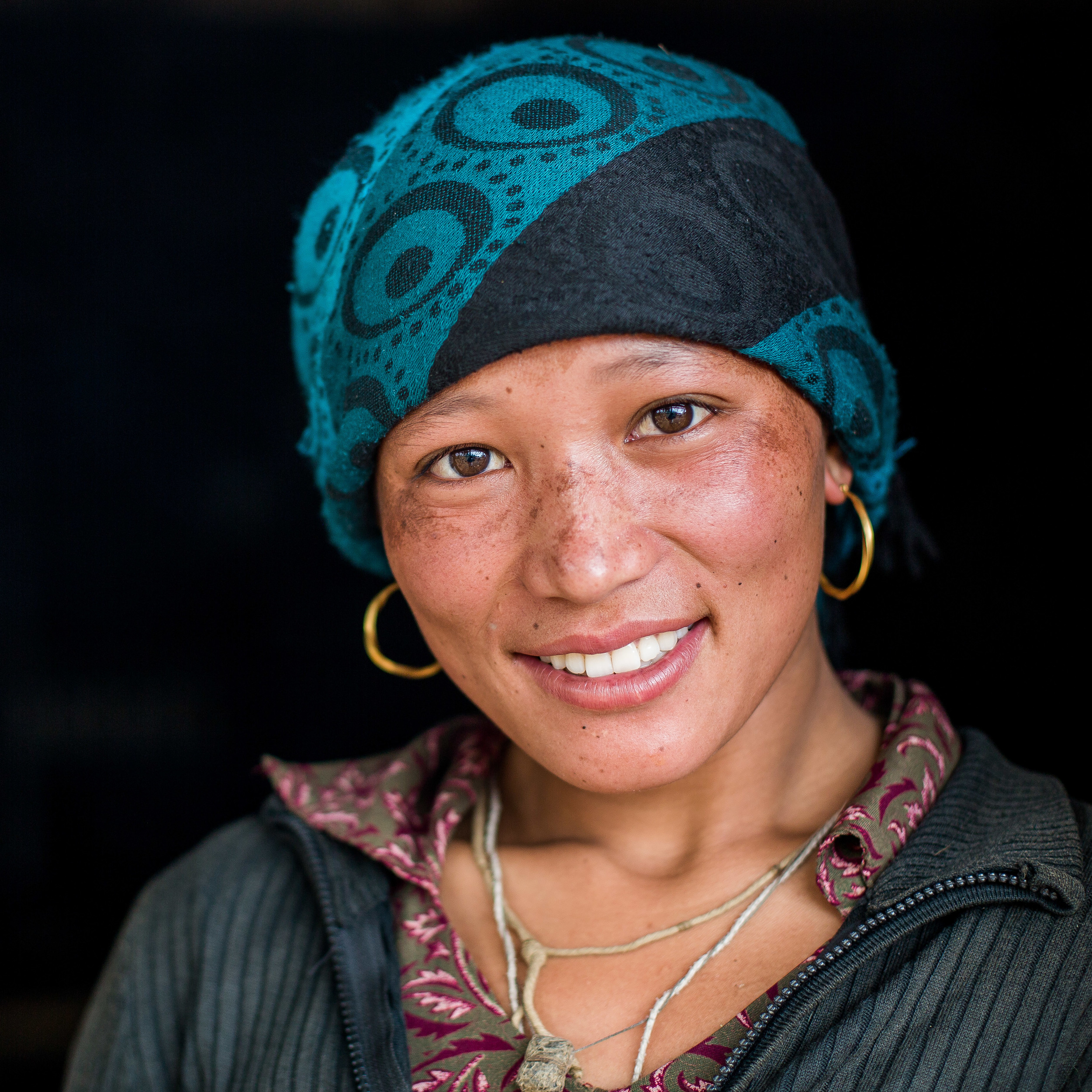
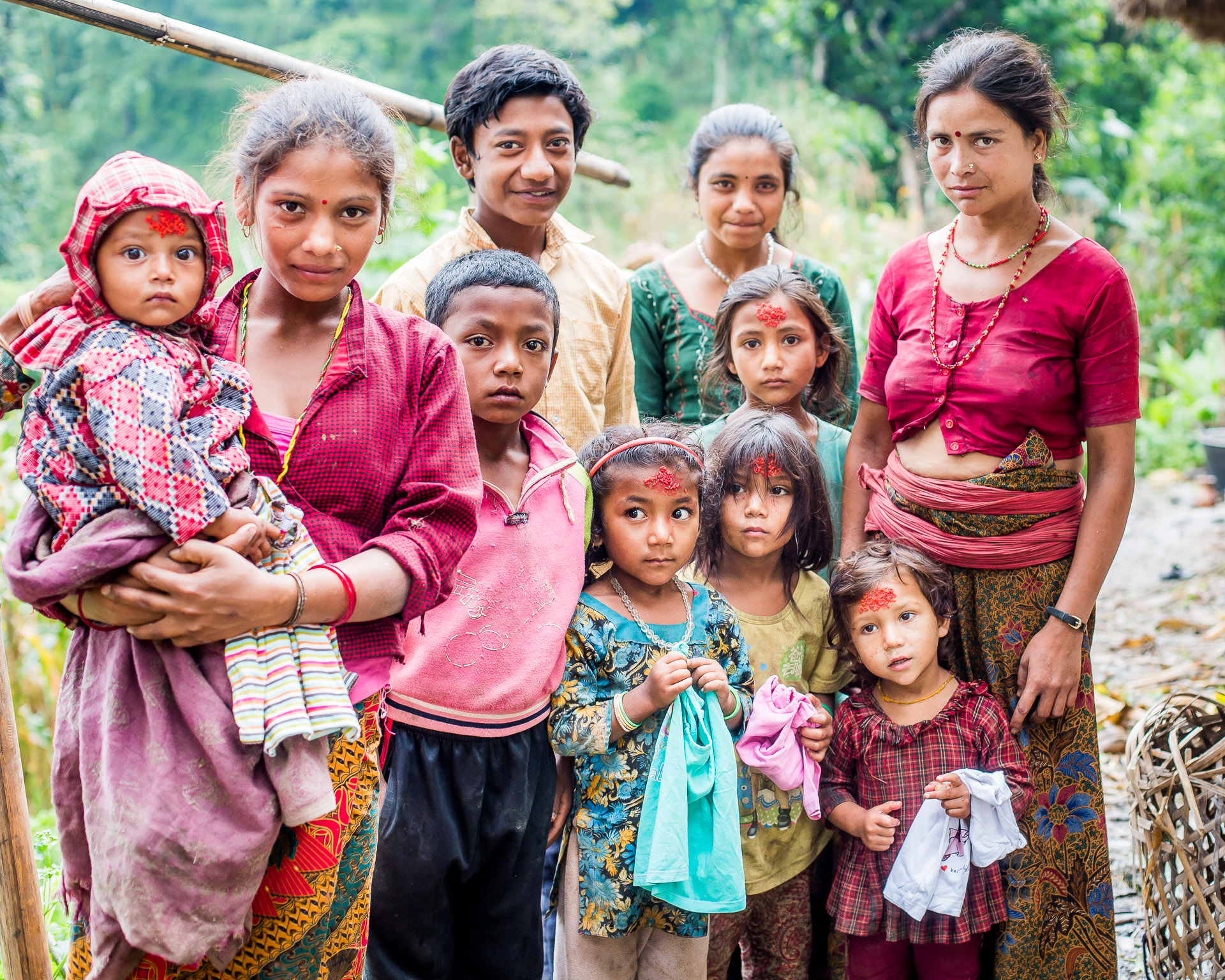
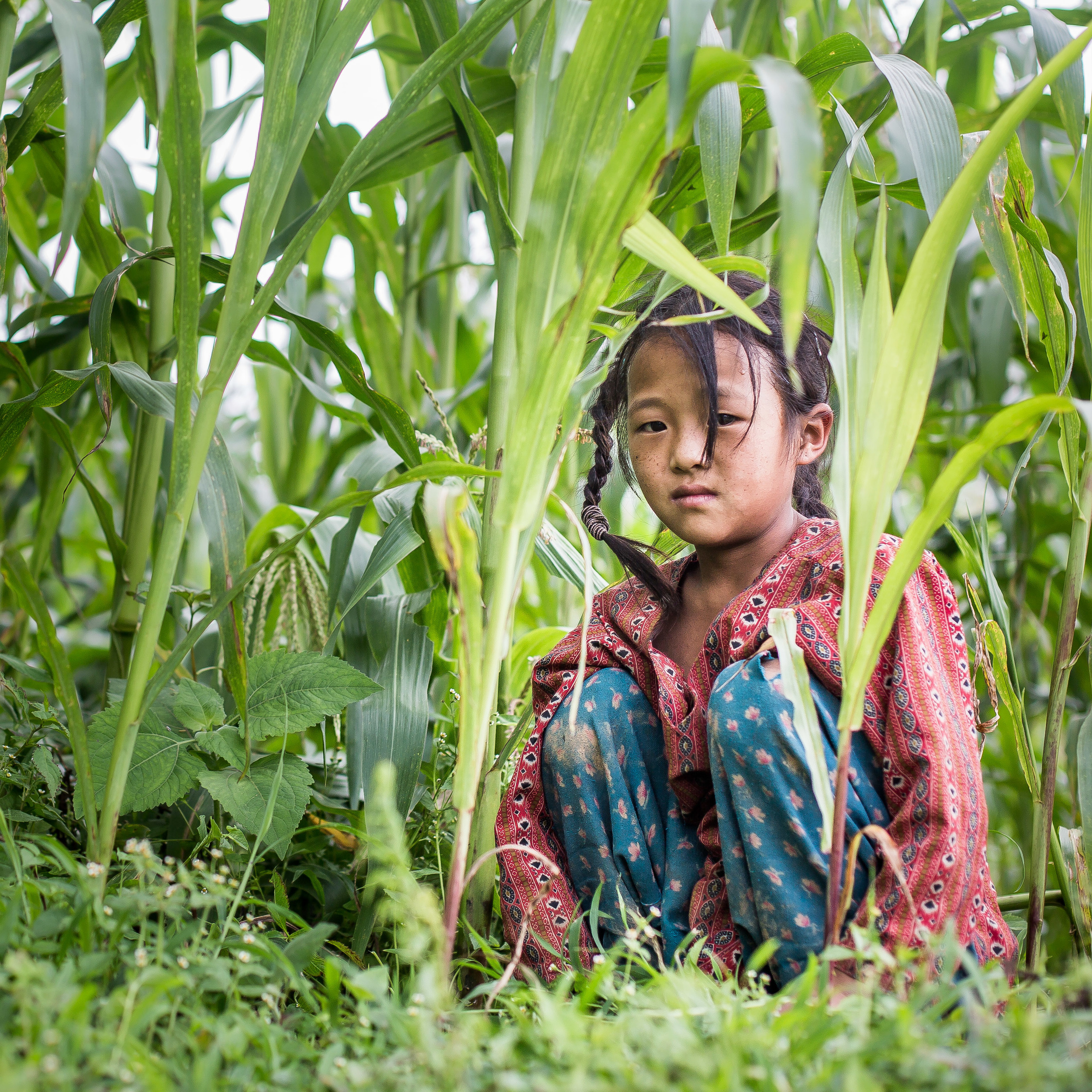
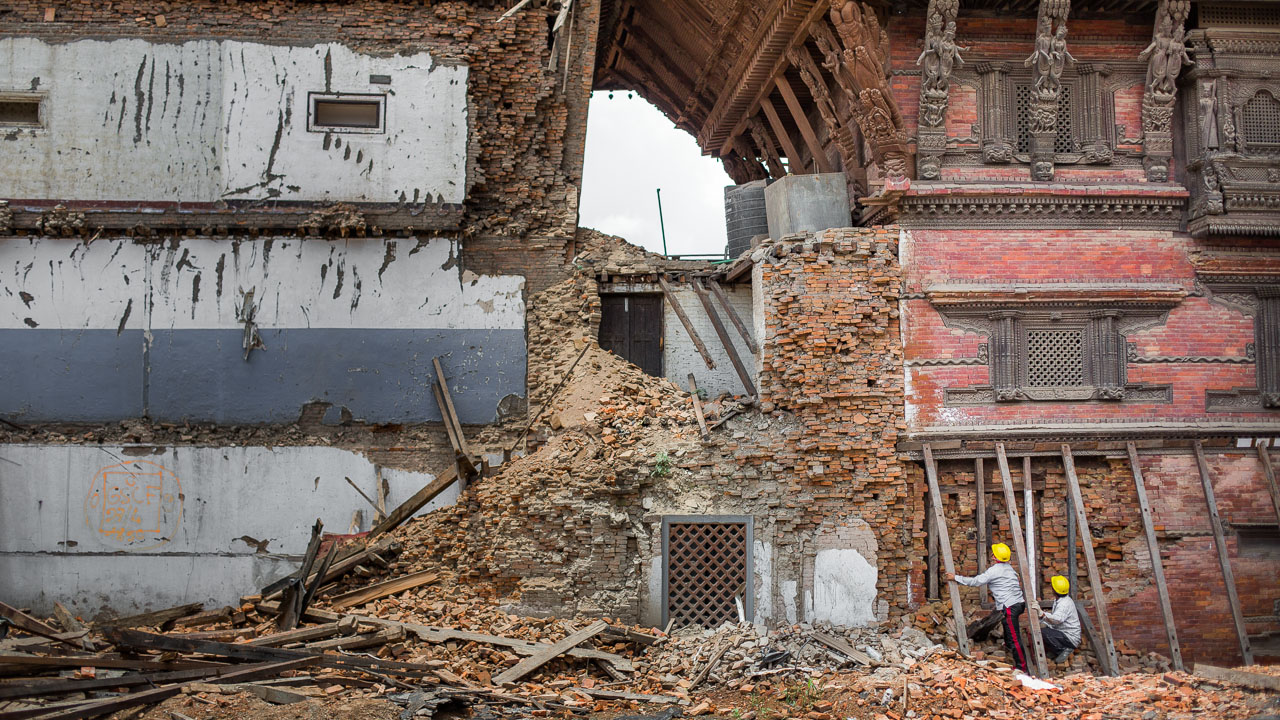
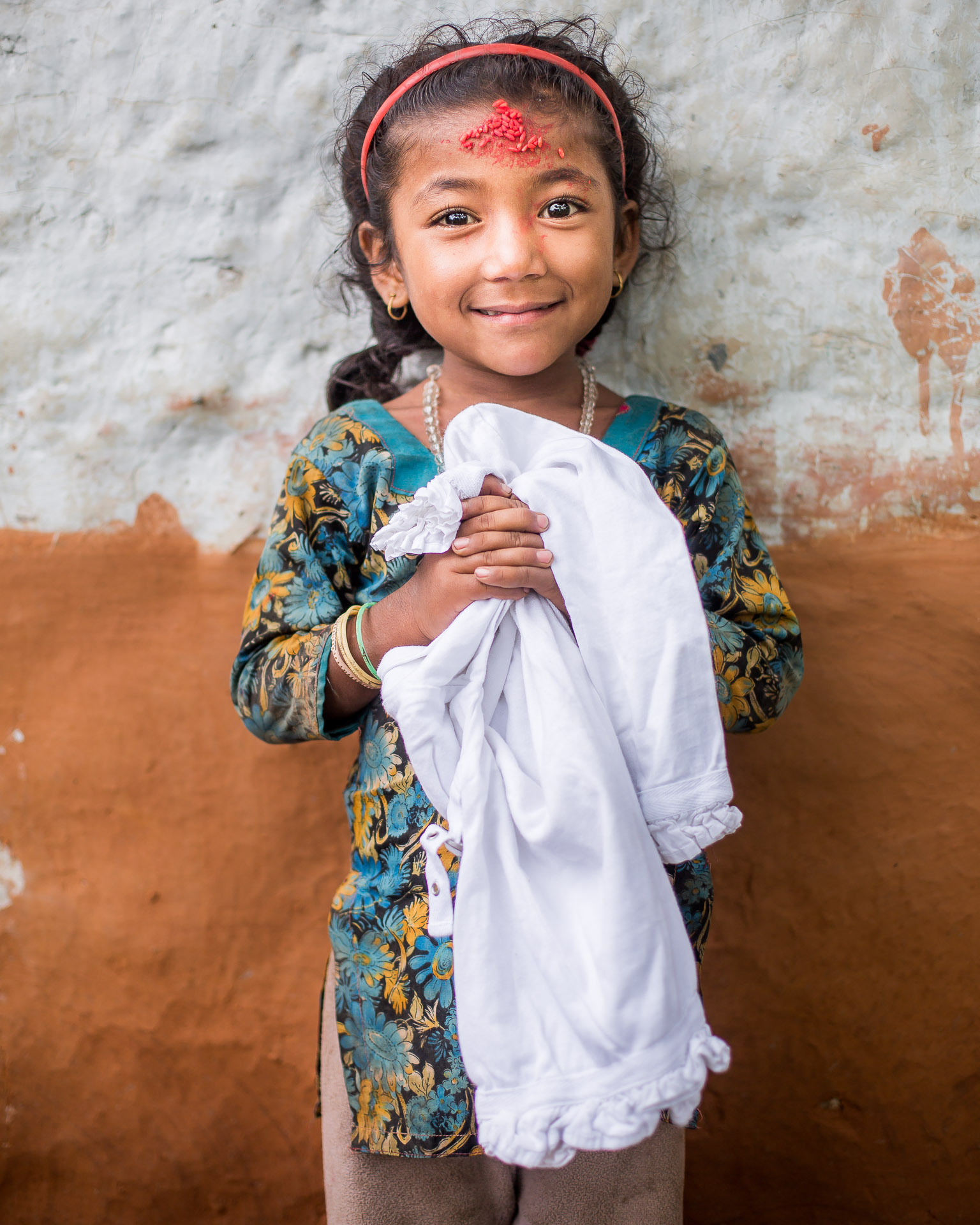
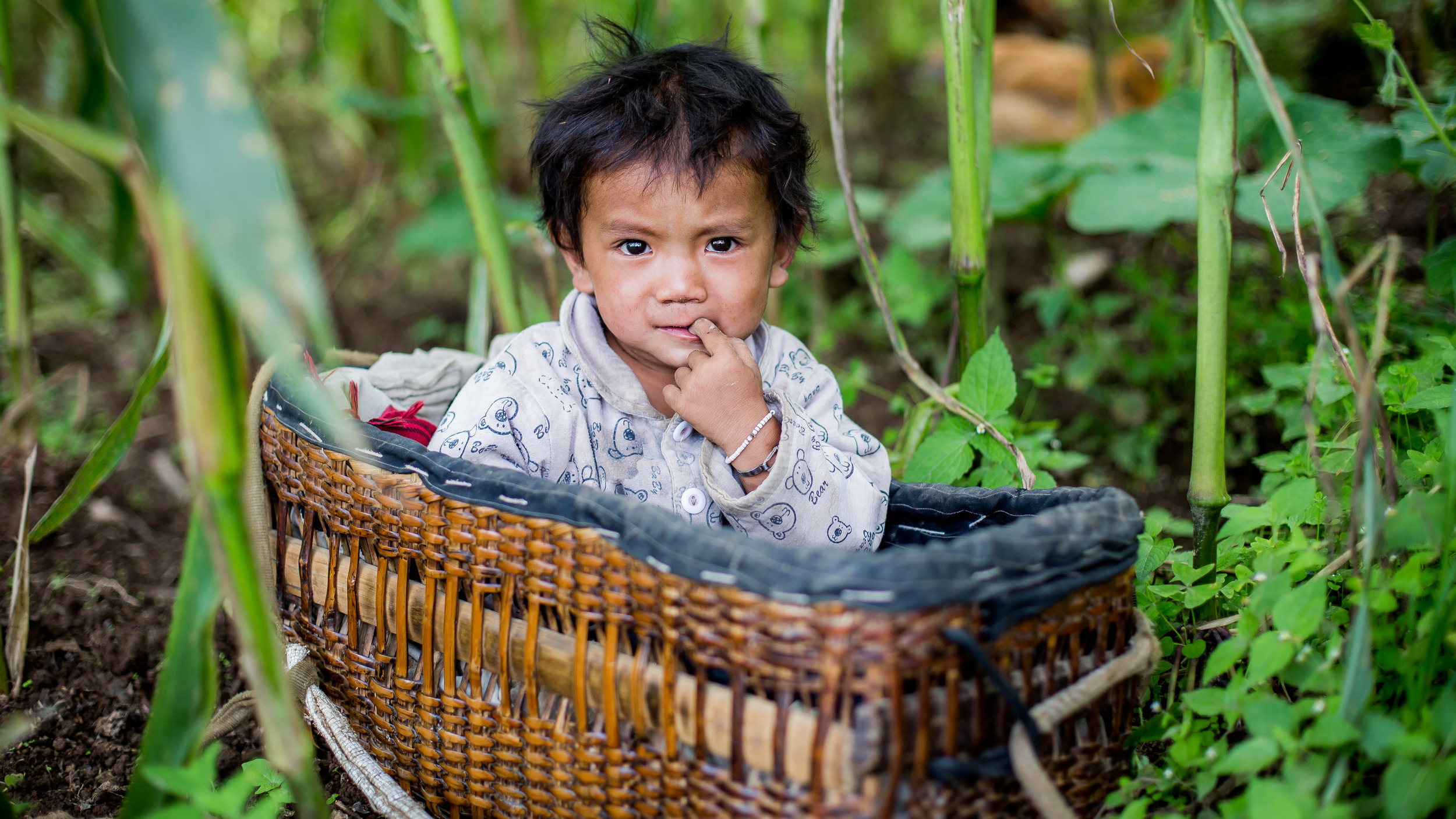
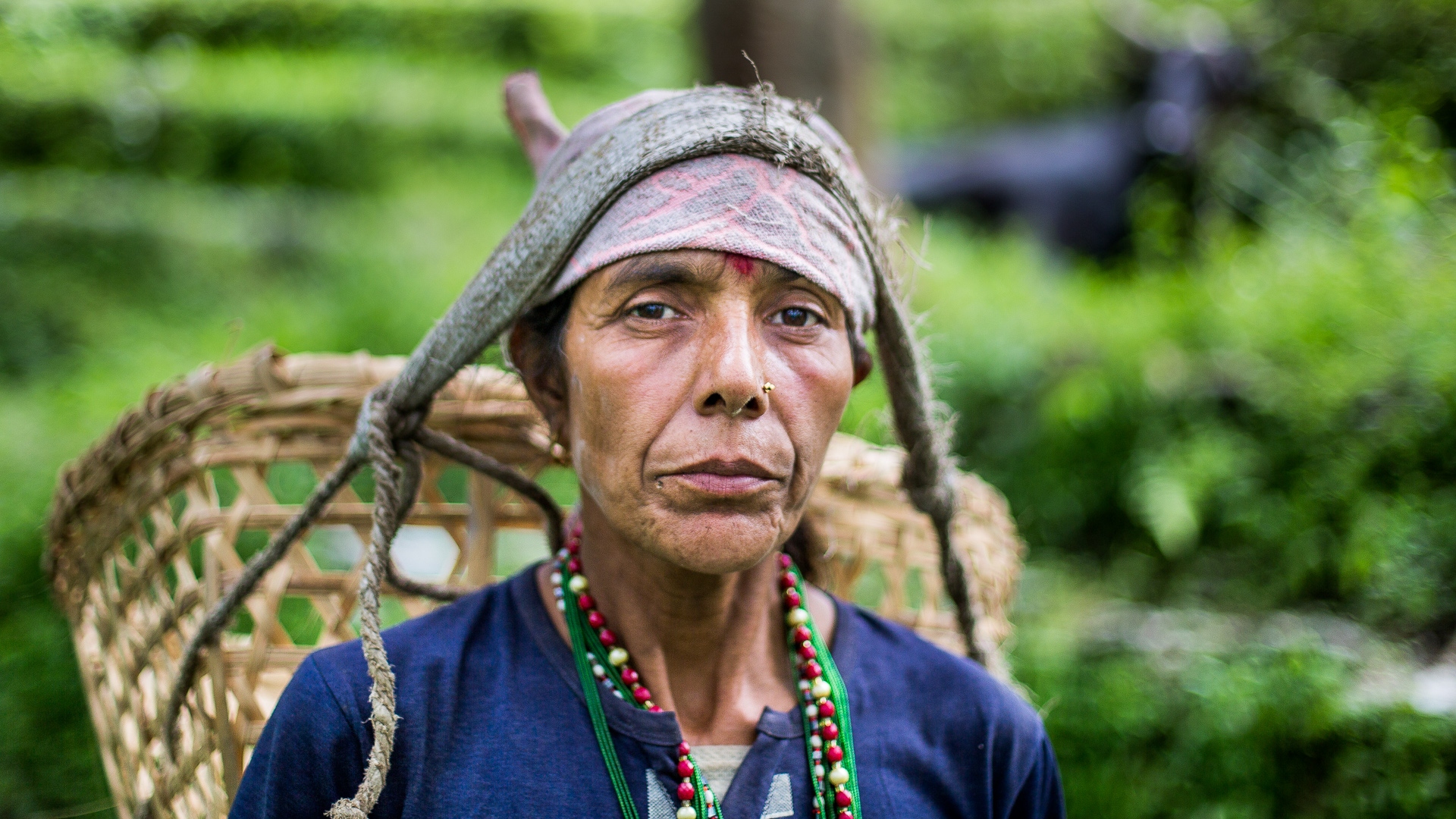
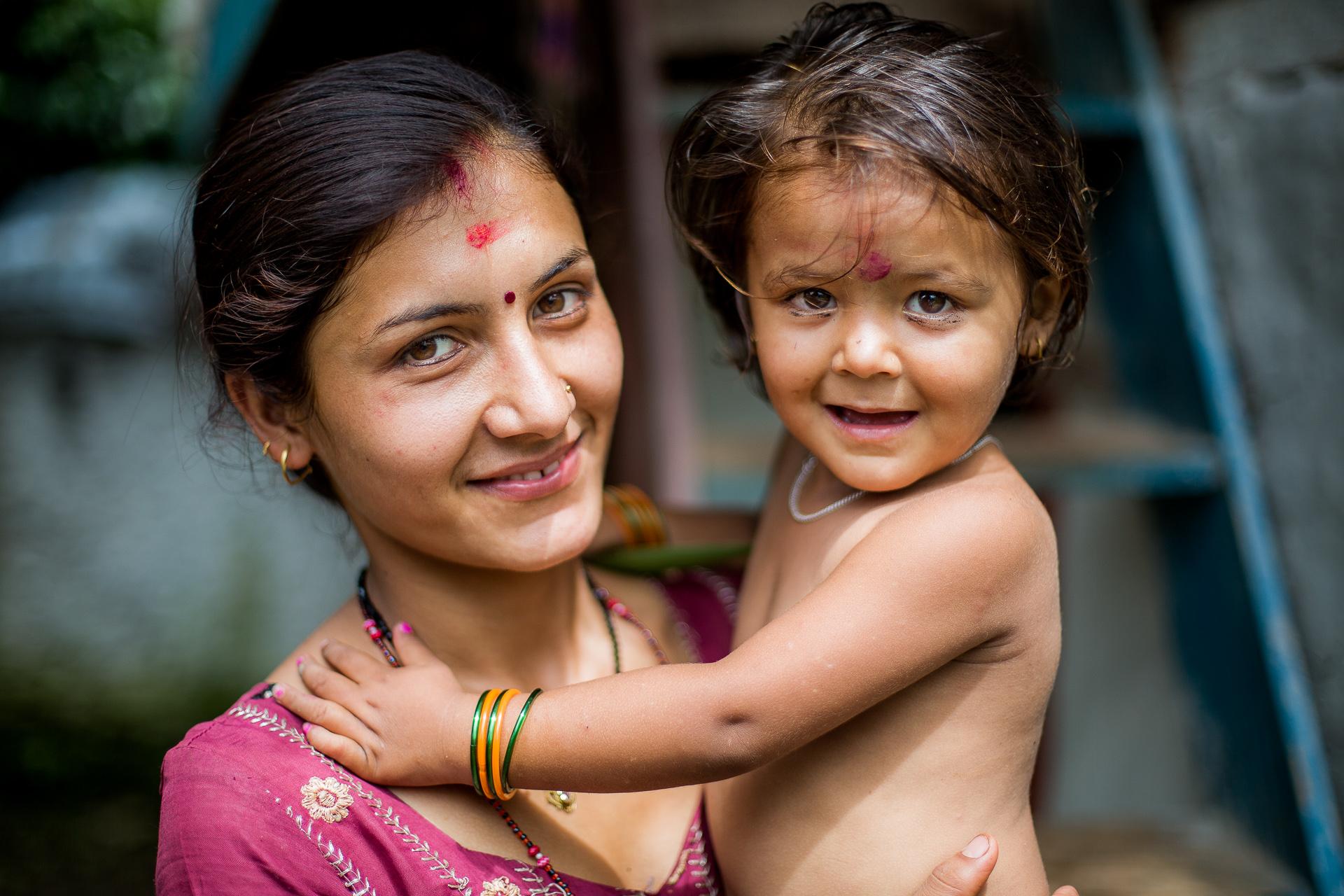
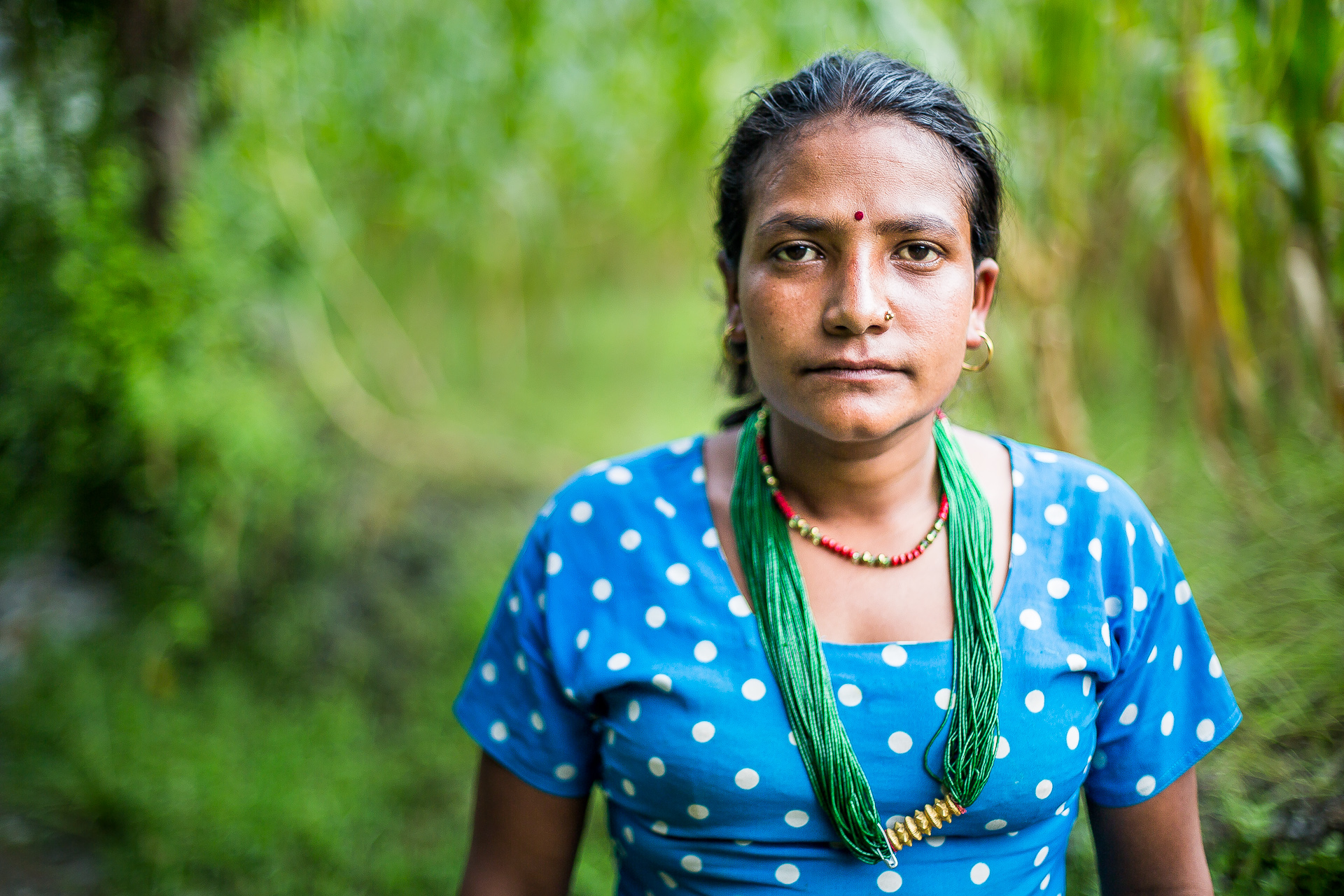
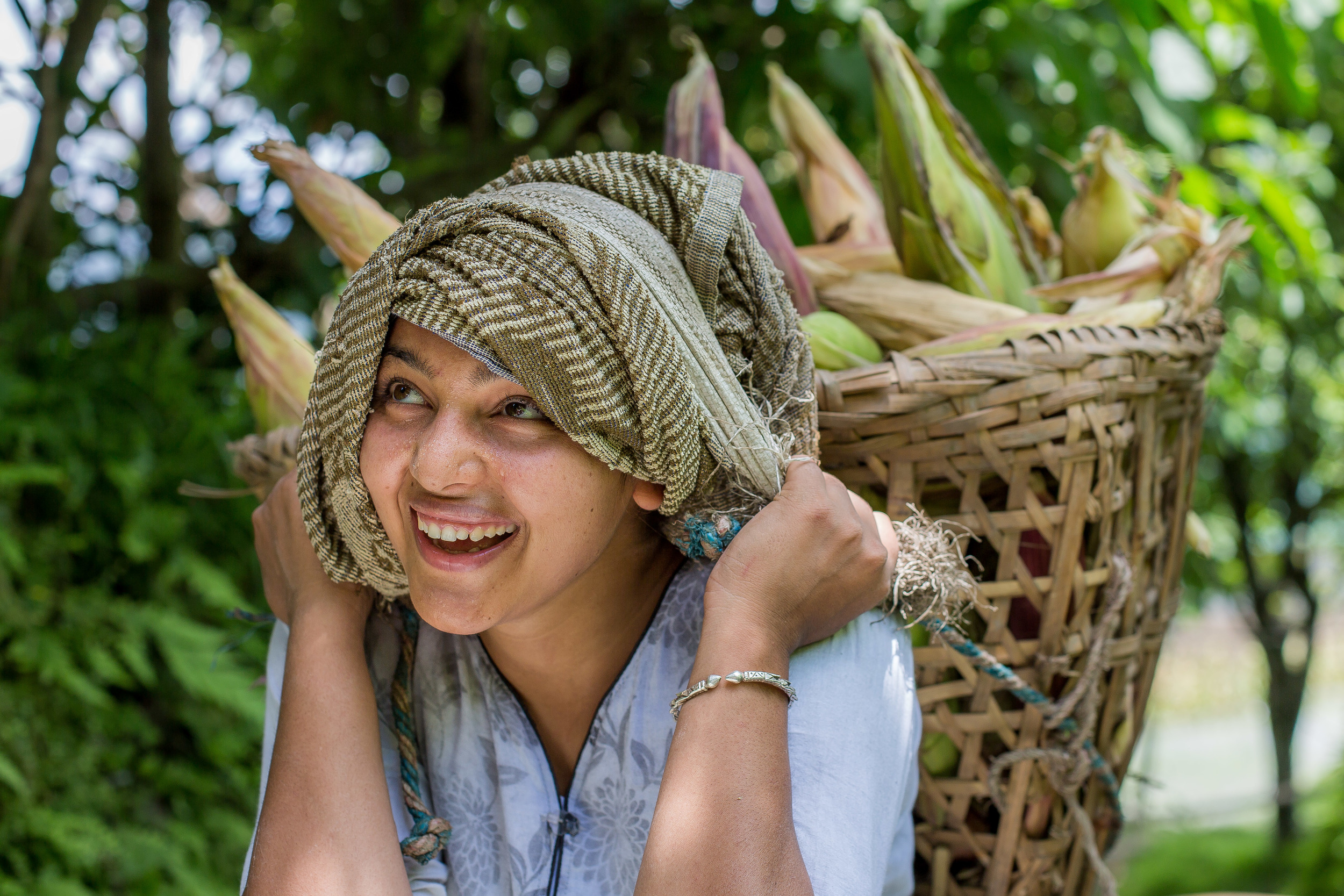
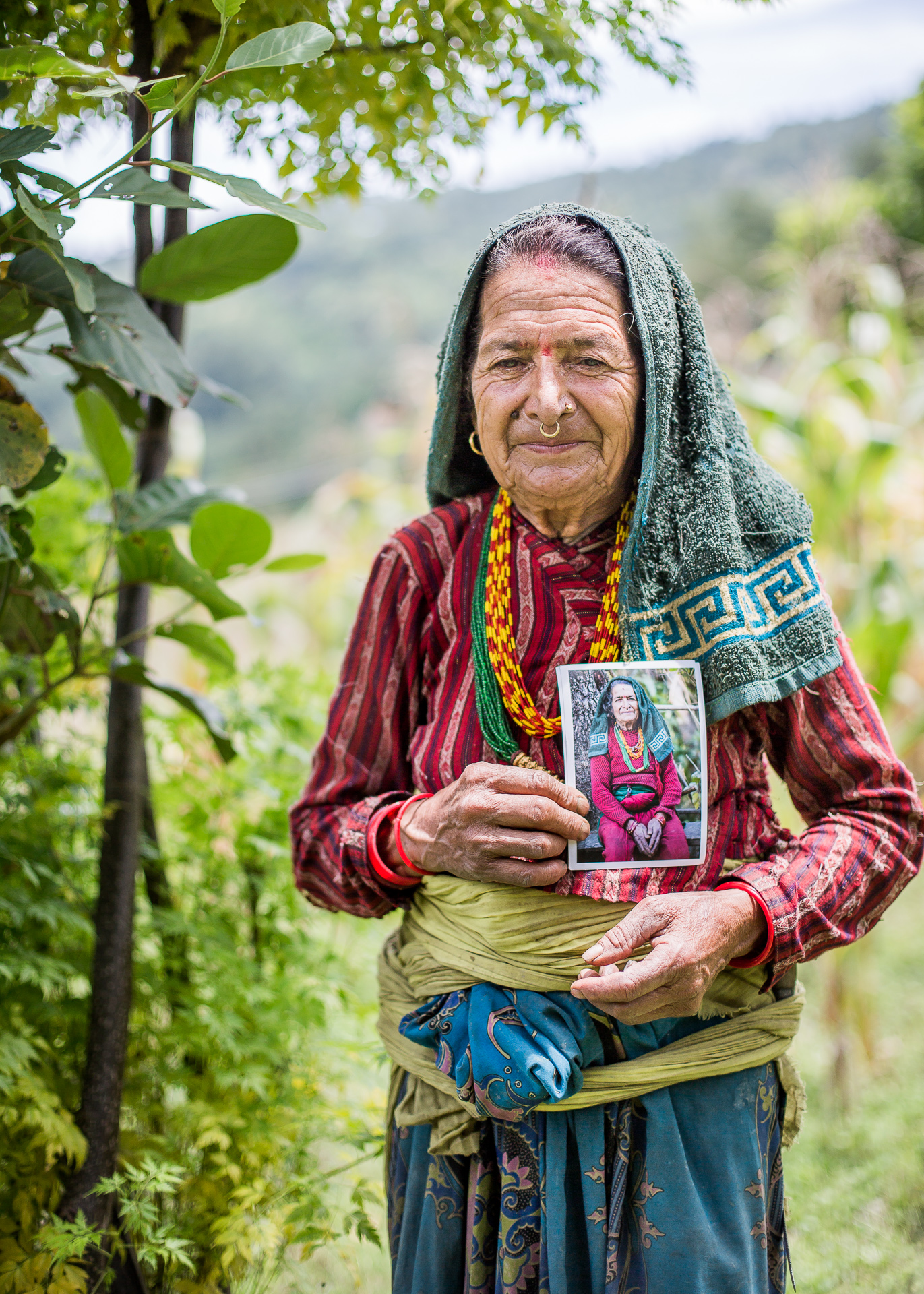
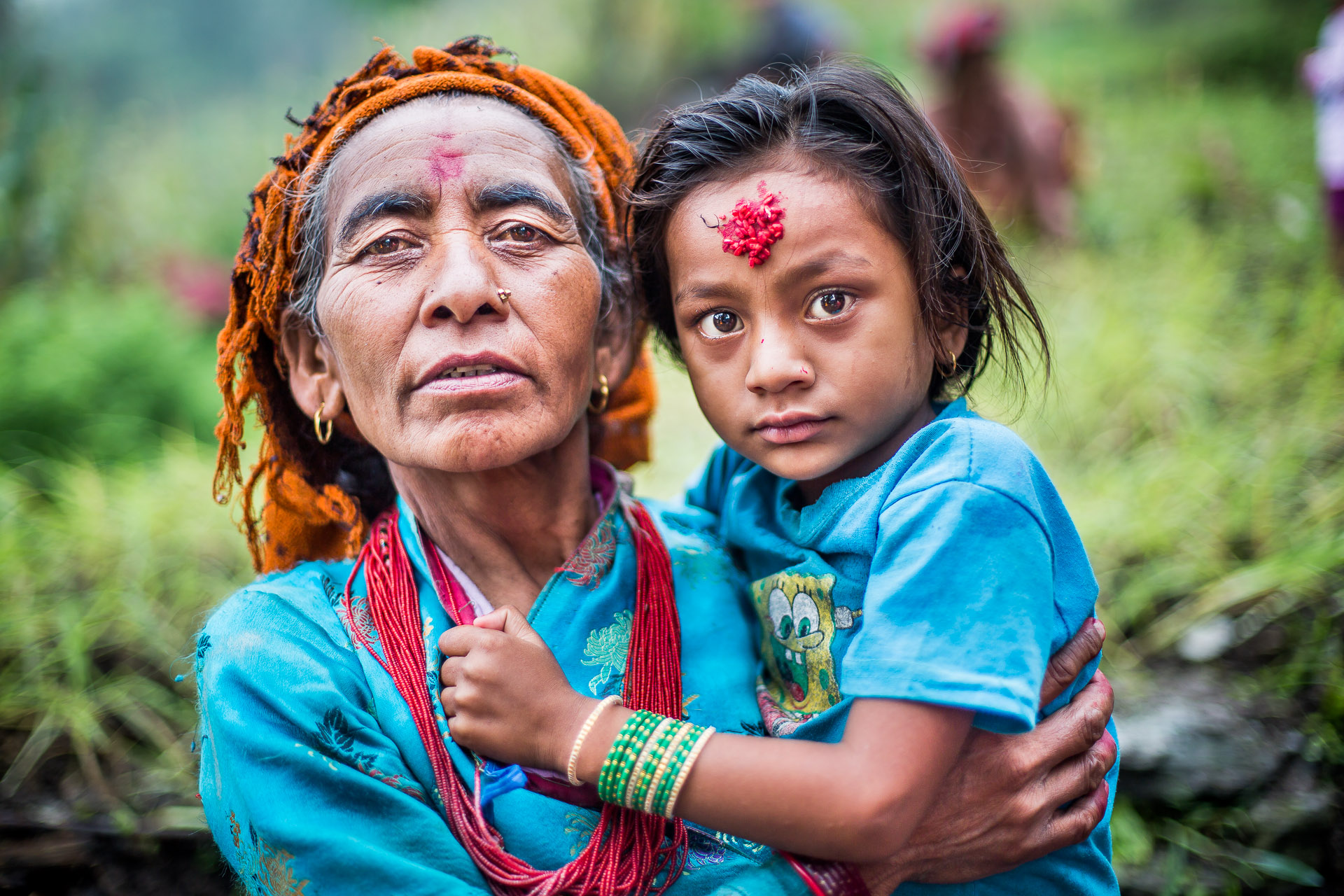
Collection of Photographs from my July & August trip to Nepal. And my Earthquake story from Gorkha
During the night I was woken by my bed moving. I was still sleepy and wasn't sure what was happening. The shaking movement was followed by a lot of screaming and crying. It took me a few minutes to realize what was happening. An earthquake was striking and it was a strong one because when I tried to out of bed I had difficulty getting up. The room was dark, very dark and I couldn't find my light or telephone. I had forgotten forgot where I put them before I went to bed not thinking that in Nepal these earthquakes can happen suddenly, including at night. I was in a strange hotel room. Where was the light switch? I searched in the dark while the movements continued with people screaming and crying louder and louder. I heard some people screaming to me: " go outside, this is earthquake, please go fast ".
I thought about the situation. I was in a concrete building with multiple floors. Would this be strong enough...or perhaps not. I had seen lots of these concrete buildings destroyed by the earlier 6.7 and 6.4 earthquake. Would this one be so strong that the building could collapse? I went to the doorway and wanted to run out but the door was locked from inside. Damn where was this lock,in the top or bottom? I found it and wanted to run outside but I realized something was missing from my feet and grabbed my flip flops. Then I decided quickly to grab my computer, telephone and wallet. I walked to the stairs and went down. I realized that the shaking had stopped. Would it be over now? Or would it return again and perhaps even stronger? Should I quickly take more of my positions like my camera, which I call "my baby" to many people? But what if I went back and the earthquake came back even stronger. I had again a long way to go to get outside of this building. I decided to keep moving to the outside of the building. On my way there were more people moving out. From some faces you could read that they were terrified, especially the women. Most of the men were asking me if I realized that this was an earthquake, making jokes to me and laughing. Probably they were as afraid as the women and children but they were too macho to show this to others.
When I got outside there were about 200 people who had come out all of all the houses and little apartments. Most of them were talking about what happened. Most wanted to go back to sleep but others said that it was not safe to return to the building. After 30 minutes the situation calmed down and people started going back inside. They told me to go sleep again but my mind was quite confused and I could still feel a lot of adrenaline in my body. Lying back in bed I was thinking that if there was a next time I should find a safe place more quickly. Still there was a lot of sound around me in the building and the street. I rehearsed what to do if they earthquake came back. Slowly the sound faded and this also calmed me down and I fell asleep again, luckily not to wake up from another earthquake.
Publicatie in Elsevier: Huwelijk Herbert van Arkel en Ivy Bandhoe
Herbert en Ivy hielden hun Surinaams-Nederlandse bruiloft op de boerderij van Herberts ouders - Foto: Pim Horvers
door Jenny Velthuys 8 jul 2015
Ivy is impulsief, temperamentvol, zelfstandig en zorgzaam. Herbert is wat planmatiger.
Een vriend van Herbert nodigde hem vijftien jaar geleden eens uit voor een personeelsfeest van de Haagse Hogeschool. Daar was Ivy ook. Herbert vond Ivy meteen heel spontaan. En ze had mooie ogen. Dus toen hij haar de volgende keer zag, op het verjaardagsfeestje van diezelfde vriend, volgde de eerste kus.
Ivy groeide op in Suriname, waar haar vader een transportbedrijf had en haar moeder verpleegkundige was. Herbert groeide op in Almkerk. Zijn moeder was assistente van een kaakchirurg, zijn vader is salesmanager bij Supertape Packaging. Ze lijken niet erg op elkaar. Ivy is impulsief, temperamentvol, zelfstandig en zorgzaam. Herbert is wat planmatiger. Samen hebben ze twee kinderen.
Grappig detail: toen ze na een relatie van vijf jaar gingen samenwonen, ontmoetten het broertje van Herbert en het zusje van Ivy elkaar. Die zijn inmiddels ook met elkaar getrouwd.
Herbert vroeg Ivy ten huwelijk toen ze voor haar werk als hr-manager Europe bij Hitachi Transport System, een logistieke dienstverlener, in Tokio was. Herbert, voor zijn baan als commercieel directeur bij Supertape ook veel in het buitenland, reisde haar achterna. Hun Surinaams-Nederlandse bruiloft op 13 juni was in de monumentale boerderij van Herberts ouders.
Elsevier nummer 28, 11 juli 2015
I started the Micro-Care Nepal Foundation
From today our Foundation website and Facebook page is officially launched. This week we received the bank account number for the foundation so we could finally start.
You can support us in different ways. Please read the Project pages to see more details.
On behalf of the people of Nepal: Thank you for your support!
Donations can be send to:
DONATE
Your donation allows us to support the people of Nepal.
You can choose which projects to support and donate to.
Bank account : NL20 INGB 0006 9530 08
Stichting Micro-Care Nepal
www.microcarenepal.org
See more about the foundation on our website here:
www.microcarenepal.org
Kathmandu Earthquake, 25 april 2015
Finally got to talk with my friends and family in Nepal and luckily they are safe.
My closest family lives in a little bamboo cottage whats a quit safe place. Last night more then 30 people slept at their little house and even in their chicken run. Tonight more then 40 will arrive.
My close friend was at school, run outside as the hole building collapsed. The few computers they had were destroyed. Just seen photos of people walking with tears in their eyes while seeing the old historical buildings being completely destroyed.
All shops are closed. There is no electricity what means in most cases there is also no water..
I heard that the greenhouse we recently build as most of my fb followers probably have seen, is almost completely destroyed by the house that is next to it. It collapsed and fell on top of it so the bamboo, plastics and the plants are destroyed.
I was just one the phone with friends in Kathmandu and they told me there was another earthquake around force 6.0 one hours ago. While being on the line my friend told me there was a new earthquake coming at this time and after that the connection was gone. So now again waiting to hear if they are safe and what was the result of another after shake....
Because photos speak even more:
http://www.telegraph.co.uk/news/worldnews/asia/nepal/11562833/Massive-earthquake-hits-Kathmandu-Valley-in-Nepal-in-pictures.html?frame=3281320
Shoot with Model Alista in Kathmandu, Nepal
Shoot with Model Alista in Kathmandu, Nepal
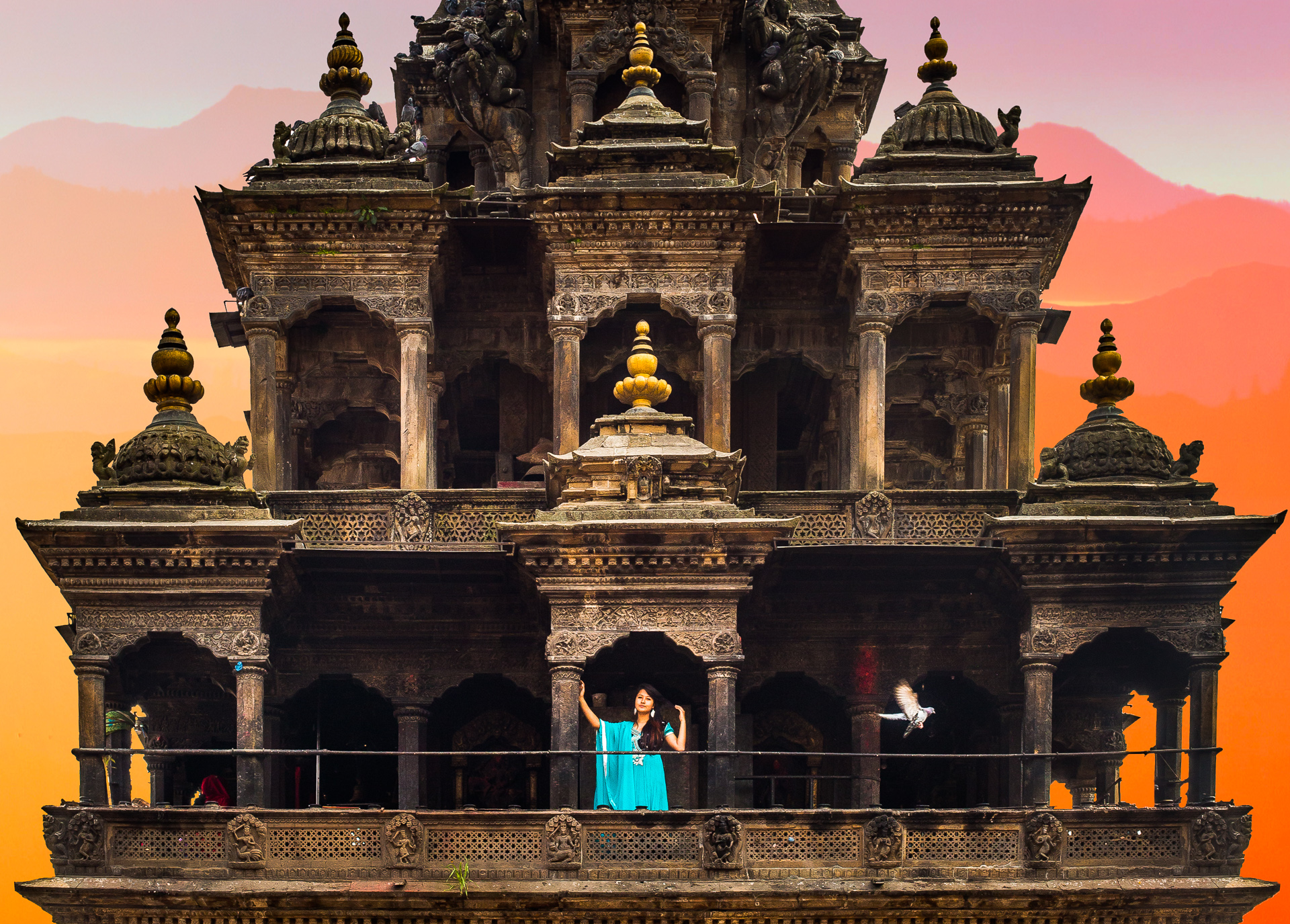

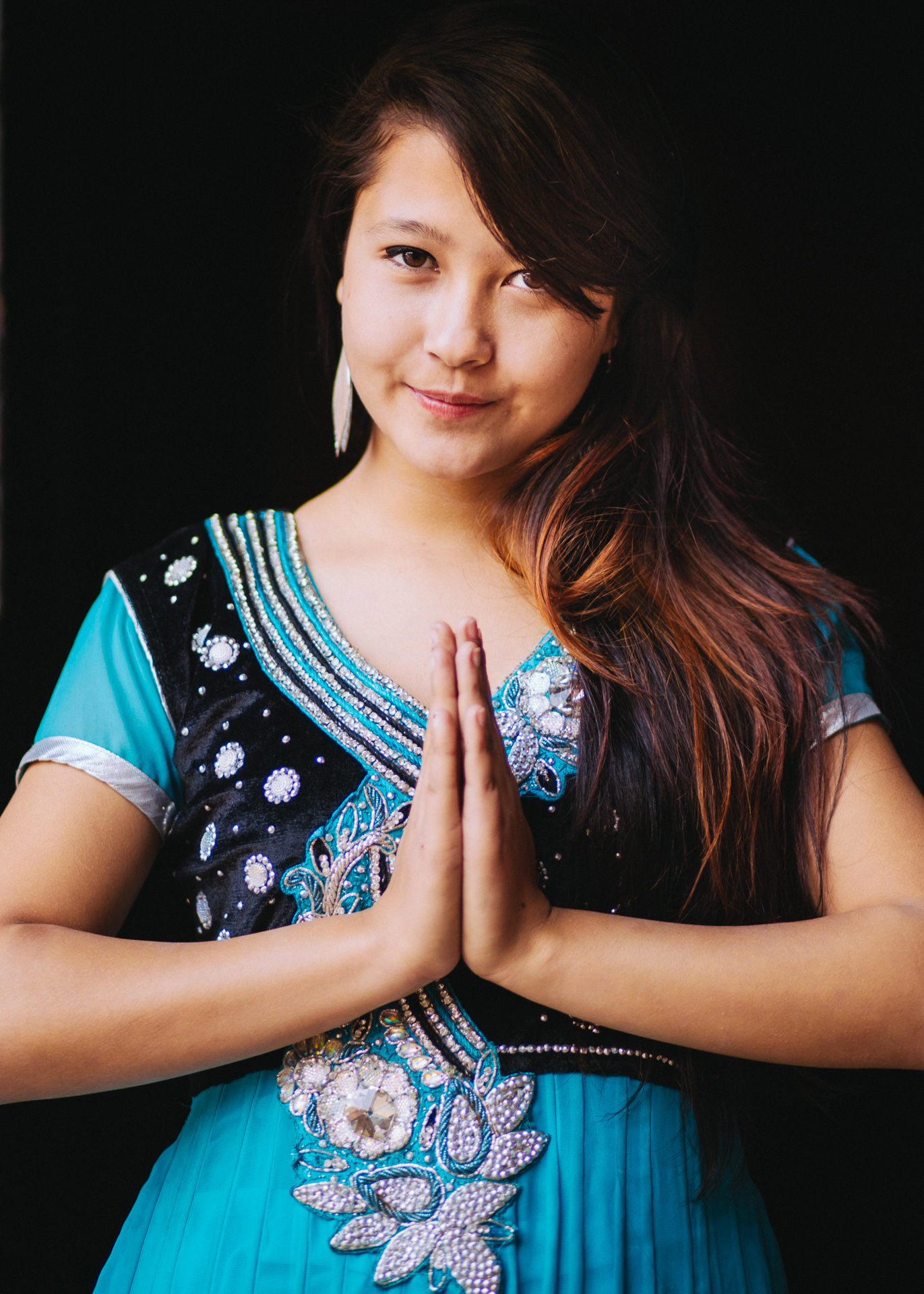
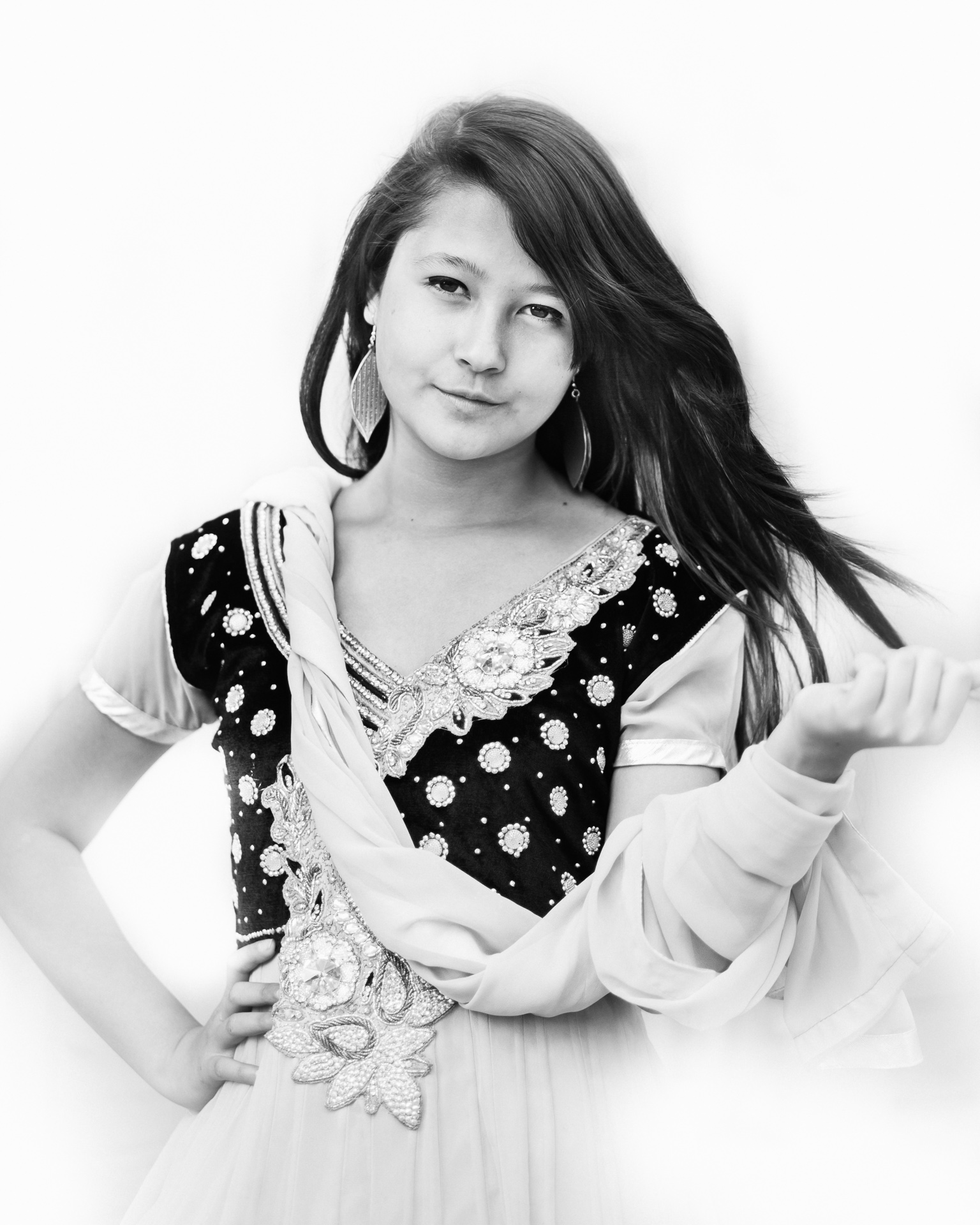
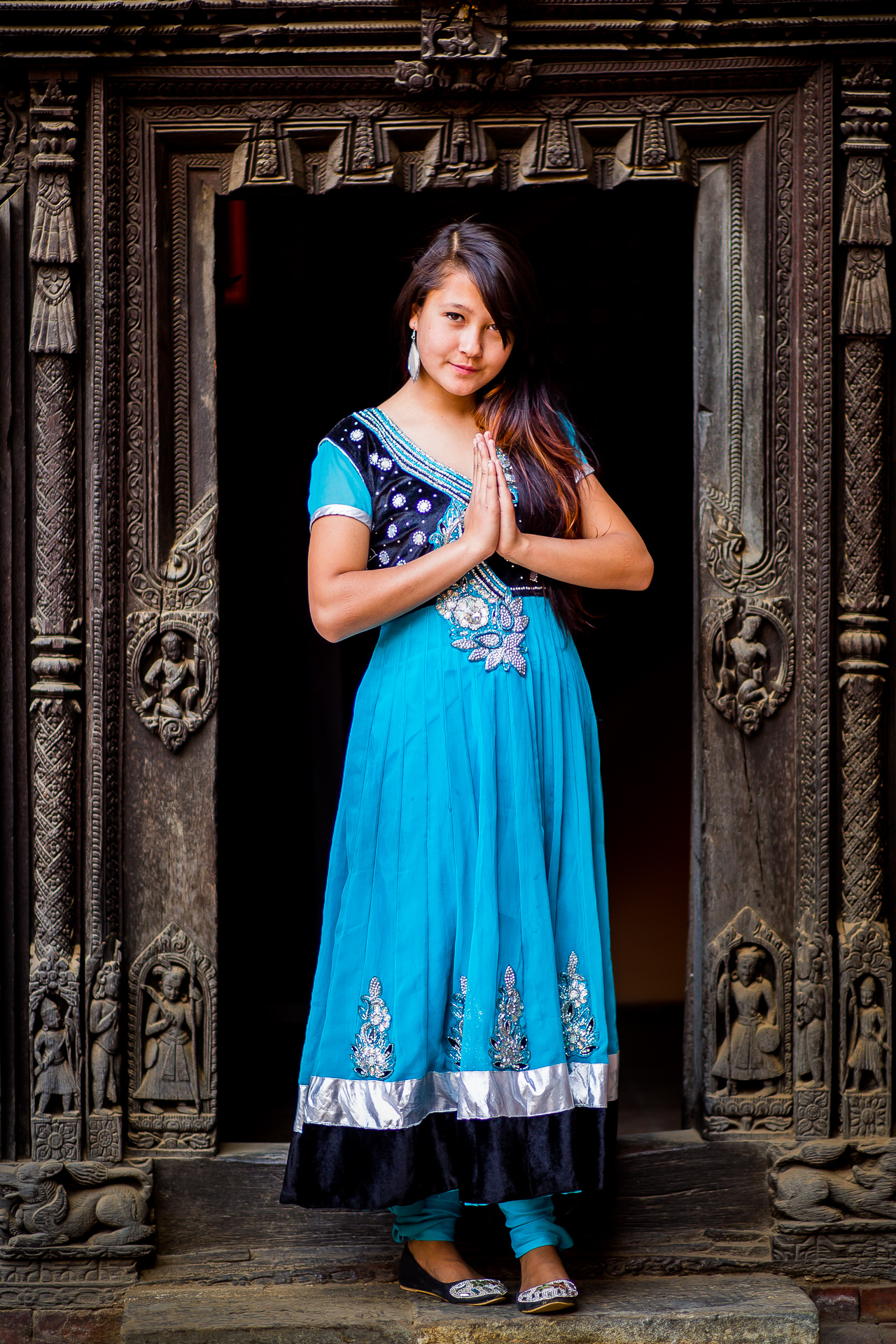
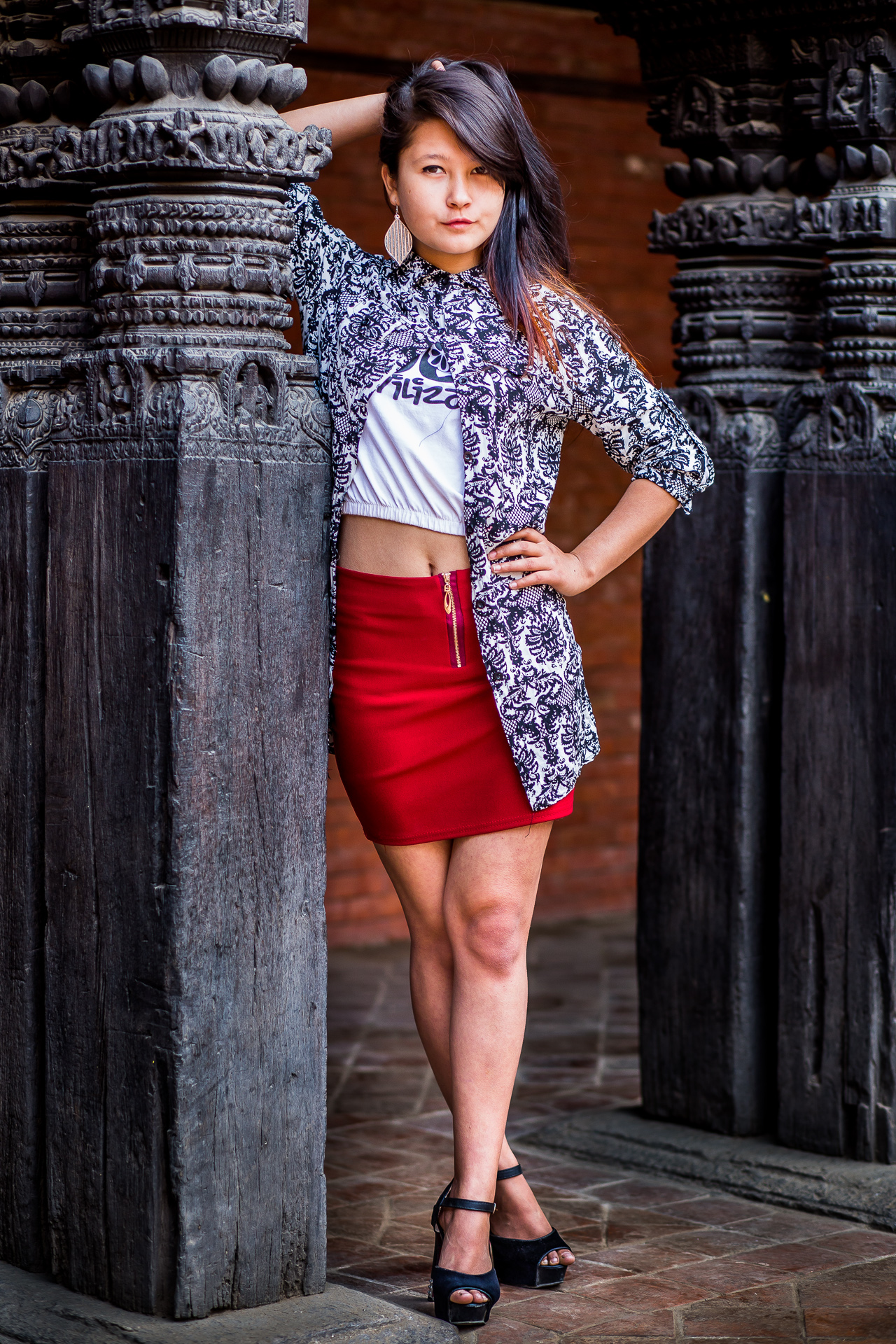

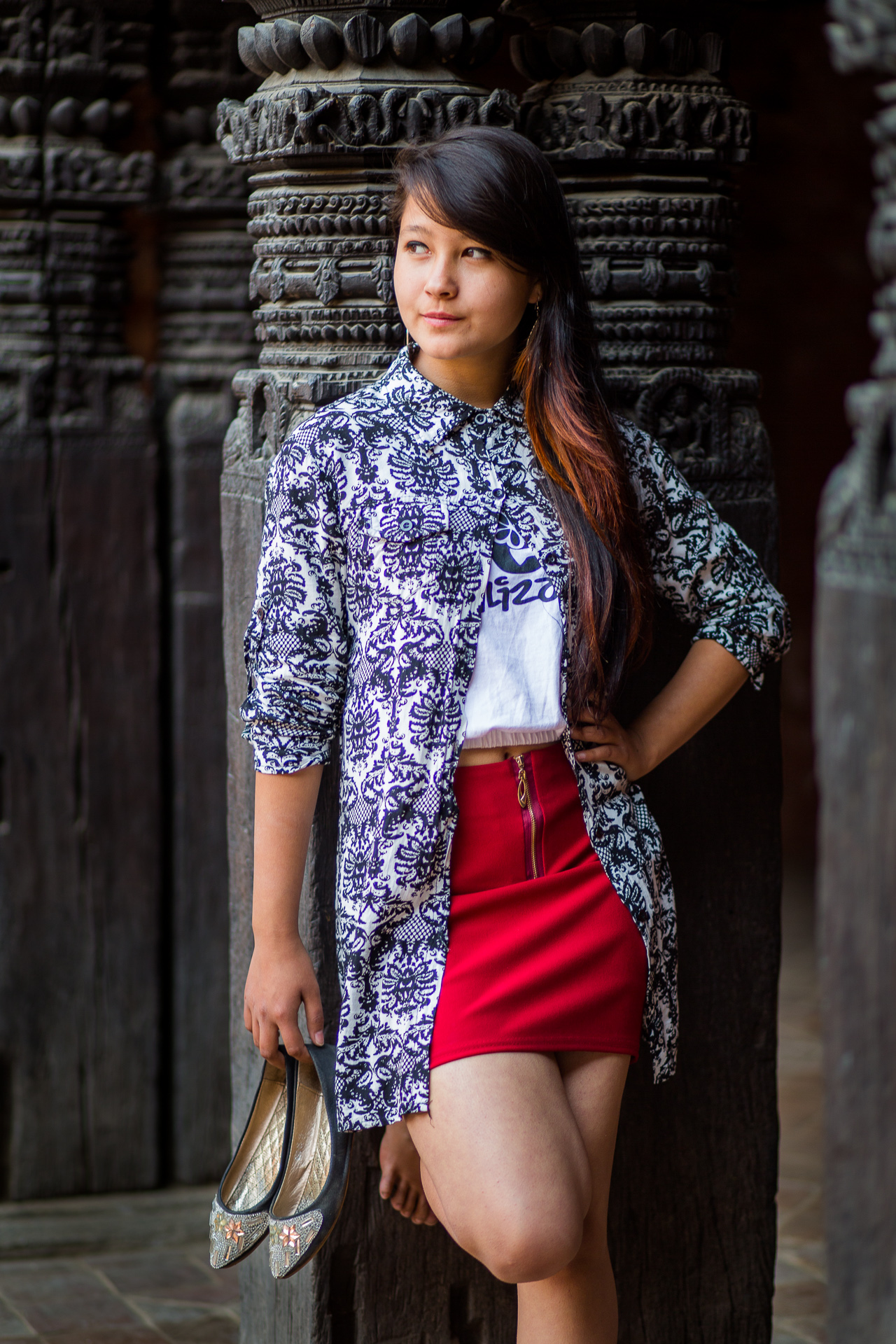
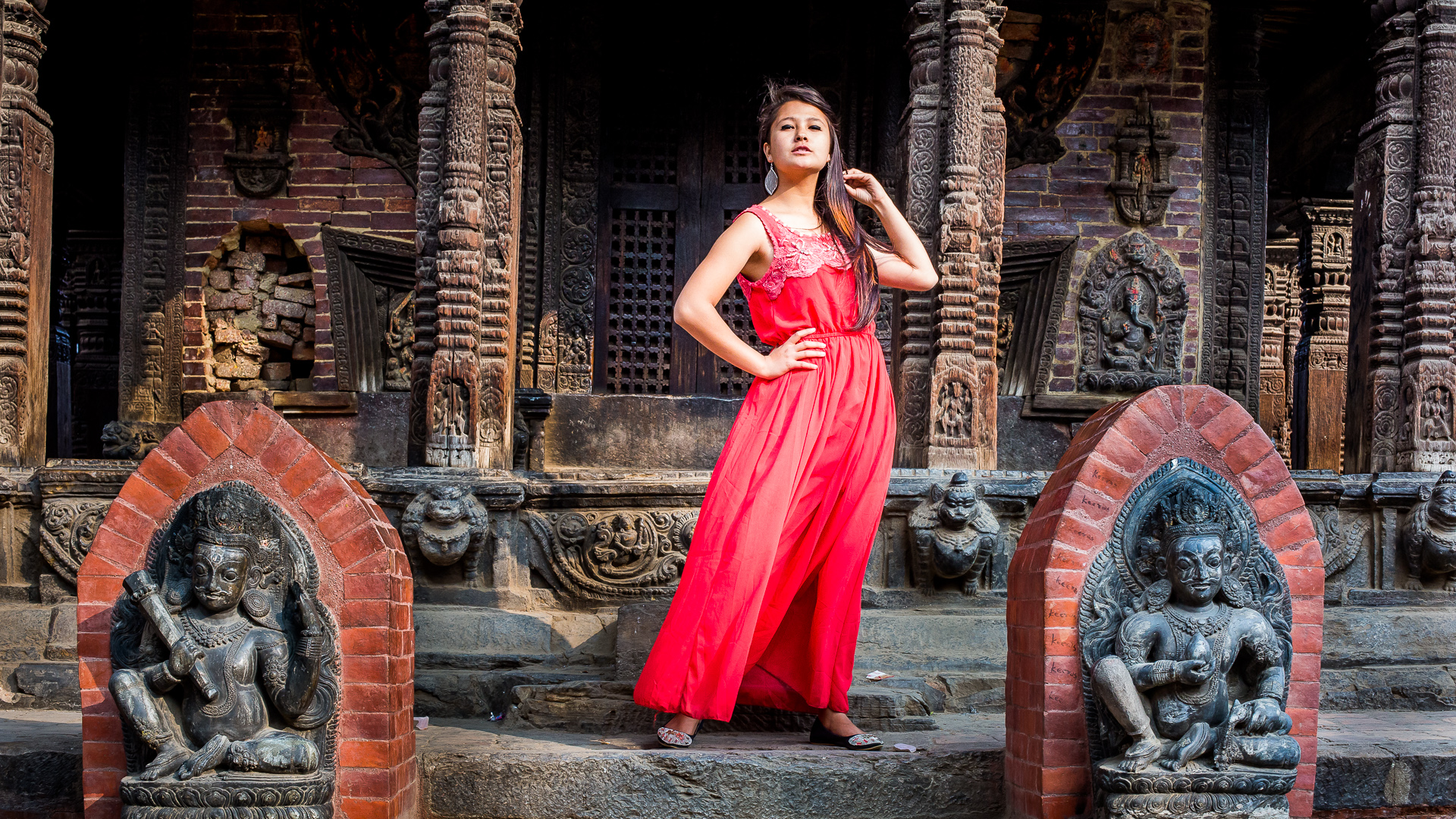
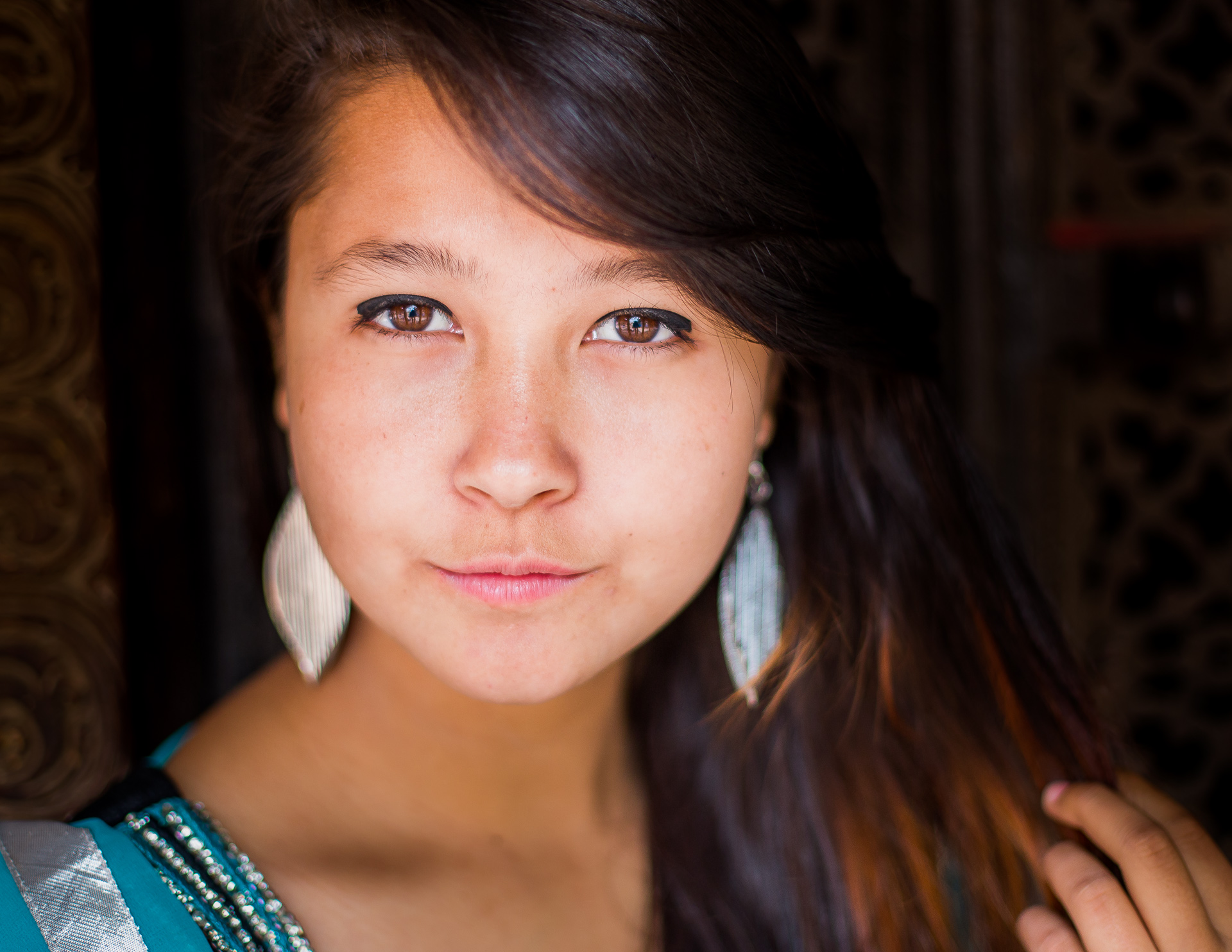
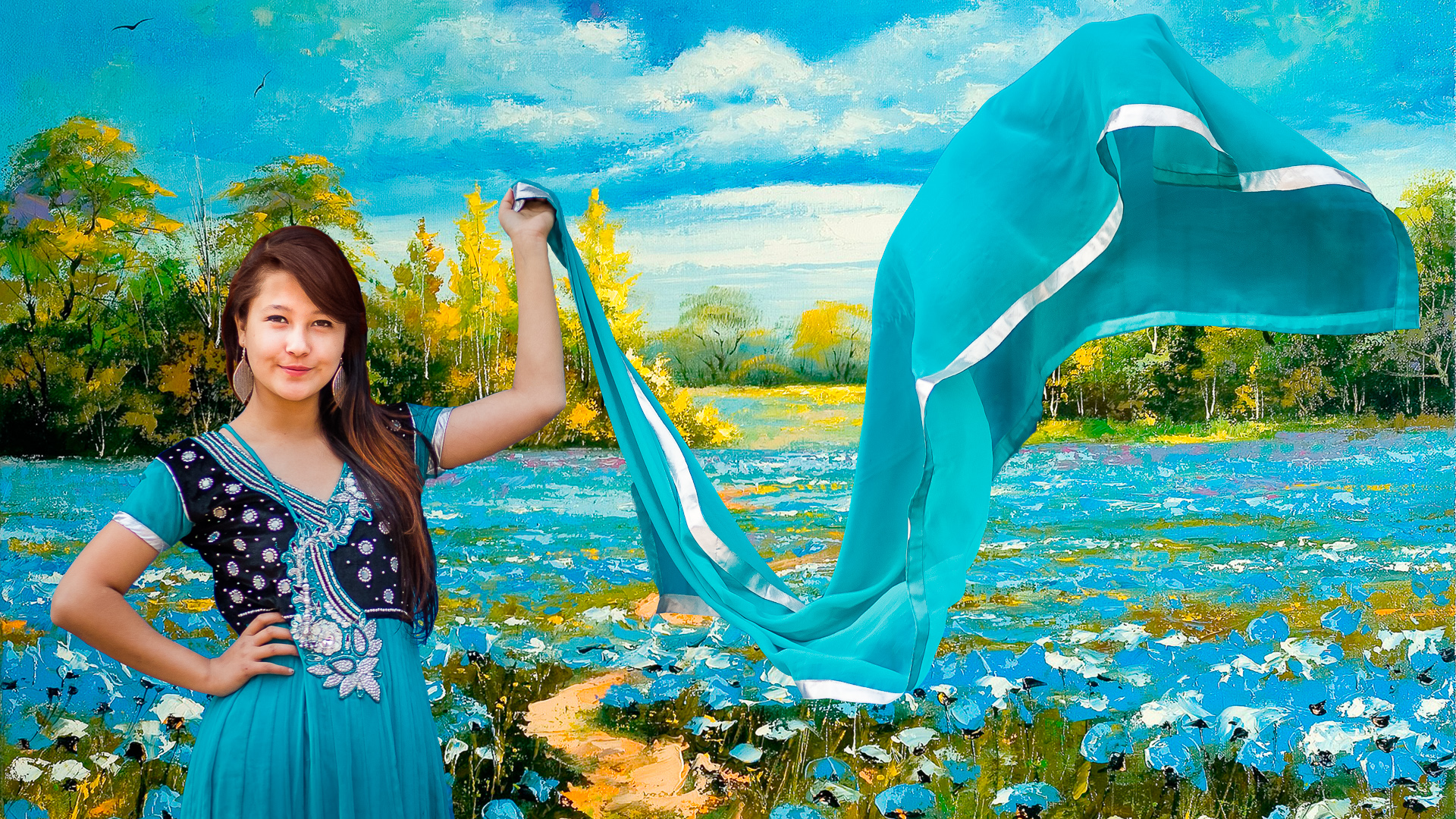
Hindus celebrating Maha Shivaratri at Pashupatinath, Kathmandu.
Deelname Expositie Loonse Professionals // 18 en 19 april
Expositie Loonse Professionals
Op 18 en 19 april organiseert Stichting Kunst Loon op Zand(KLOZ) tijdens de Nacht van Loon een expositie voor Loonse professionals.
Deze expositie wordt gehouden in de grote zaal van de Wetering, te Loon op Zand.
De opening van deze tentoonstelling wordt gehouden op 18 april om 15.00 uur.
Openingstijden:
18 april van 15.00 tot 21.00 uur
19 april van 11.00 tot 16.00 uur
De voorlopige lijst van deelnemende kunstenaars ziet er als volgt uit:
Anke Dielemans, Jeanne Klijn-de Beer, Joop Hendriks, Ans van Hoorn(allen met schilderijen), Pim Horvers (fotografie), Rien Schildkamp(lampenvoeten), Mai Ver Eecke(encaustiek), Jan van Strien(beelden), Pim Staps(tekeningen), Stef Mennens(fotografie), Lia Koenen(keramiek).
Locatie:
De Wetering
Weteringplein 1
5175 BZ Loon op Zand
Spectacular evening light at Ranipokhari in Kathmandu
Yesterday evening I visited Ranipokhari at sunset. I was lucky because the operator let me inside the gates to photograph the evening show.
Ranipokhari. Al that visited Kathmandu will recognize this beautiful sight. The pond was constructed by the then Malla King, Pratap Malla, in 1727 BS in the memory of his queen. Especially after November 2014 they installed a water, light and music show that will preform every evening at sunset. According to some writings, the fountain costs about 35 million roepies whats about 300.000 euro. For this country this is quit a extreme expence. Nepal is among the poorest and least developed countries in the world, with about one-quarter of its population living below the poverty line.
Frontside view of Ranipokhari
At this time the SAARC Summit would take place and also main investor in Nepal, India, would visit Kathmandu. Several actions had been taken before the SAARC Summit. Beside this watershow the streets in hole Kathmandu were also cleaned. Compared to western standards the streets are still not clean but you have to understand that the difference is very big.
This watershow almost make you feel like you are not in Nepal. Last time I have seen something similar was in the amusement park, the Efteling, in the Netherlands. The music that is played with the water fountains and light show is "My Heart Will Go On", Theme from the famous movie "Titanic".
Karate blackbelt exam at the Dasharath Rangasala Stadium in Kathmandu
Last week I was searching for boxing schools in Kathmandu. I wanted to photograph and document the way sports are being practiced here in Kathmandu. I was lucky enough to find more then hundred Karate students on their way to their blackbelt exam at the Dasharath Rangasala Stadium.
Below my impressions of their amazing performances.
Nepal Diary
Dairy Nepal
31-12-2014
Need to get into the writing more but feel like I want to do too many things... Anyway yesterday was again an interesting day. So enough reason to write things down as a memory while things fade with time.
It feels good to be for a longer time in Kathmandu. Things sometimes just happen when you have more time at a certain place. It is a very good experience to be here on my own and try to get a sort of daily pattern that gives me a good feeling and is what I am searching for. That could be a goal by itself, but there is so many more.
Yesterday afternoon I met Rohit, my friend a guide for most of the times in Nepal. He was just back from a trip with customers going to Chitwan. Now he also had diarrhea and felt like shit. So probably we don't leave tomorrow to Solu Khumbu area but I also like to celebrate New Year here in Kathmandu. I also still feel weak so no mountain biking for me today. Would be too frustrating because I read the itinerary and it is quite hard climb you the morning before getting tho a graduate smooth descent back to Kathmandu valley.
While having a masala dosa at Duth Sager and Rohit just a cup of tea because of his stomach, he told me there was New Year festival for the Gurung people. The festival known as Tamu Loshar. I went there after lunch and spend the whole evening up to the end of the festival around 23:30. There was a lot of singing and dancing. Also the traditional competition where the male on one side and the female on the other side, are battling with their lyrics. Of course and unfortunately I could not understand it. People invited me to dance and where very friendly. Nice to experience and just lucky to end up there. I might have been the only foreigner. On the way back I met on the streets with the winner of the festival. I guess she is quit famous here while everybody was shouting here name. I will include some photos.
In between time and now at breakfast I am working on editing the video I shot of the Paleo workshop. Before leaving to a Dubai. There is a lot of footage and need to make selections for just a 2 to 3 minute video. The work have to be done anyway so nod bad to combine it here with some photography and cultural site seeing.
Today's will explore another part of the city. Take a rest at the balcony before deciding where to be and celebrate at the midnight.
01-01-2015 until 05-01-2015
No writing
Trail-Run Shivapuri National Park
To get to the run there was a bus pickup close to Thamel. I got up early to peeper myself and have a little breakfast with the muesli I brought from at home. I met other runners on the street, also waiting for the bus. The bus arrived and brought us to starting point at the bottom of the Shivapuri mountain. Here all runners got the number and latest information. Richard Bull is the organizer from this race and it was the 2de time it got organized. Around 7:30 the countdown for the race started and we took off. P
4:22 27 km
Trip to Necha
05-01-2015
In the bus
We left early as most of the bus rides in Nepal. I was very tired because the night I went to sleep late. I was sleeping most bits of the morning. This was the best part of the road to Okeldunga. Build by the Japanese and recently finished. J
06-01-2015
Long day walking with the children. I carried Rosani a few times and also the bag of the sister of Shoba. Nice views on the valleys. Sleeping at a family place where Rohit his grandmother was staying. She was ill so we visited her as soon as we arrived.
07-01-2015
Day one in Necha with relaxing at the family house. Eating Dal Bhat in the morning. They were having fun about the way I was eating with my hand. They have such a quick and nice way of eating with there hands that it is difficult to do it in the same way. Washing closes with fun from the wives. Rohit gone. Mother of rohit making plates from leaves.
In the afternoon going up to market place and it started raining. So we took a cup of tea. When it stopes raining we walked up to Shoba her mother and brother. Arriving at sunset. Made a little fire in the kitchen where we sat down. We ate Dal Bhat and afterwards called with Kanchi to see if all was fine at the house in Kathmandu. We went to sleep. I had one bed and Rogit Shoba and Rosani shared the other bed.
Day two with funeral ceremony down at the river. About 100 people joined. Then walking all the way up again to market place. Eating at a friends place and sleeping with uncle at his house.
08-01-2015
Day three
Getting up was heard because of all the raksi. Had tea and then went to big kaki her house. We sat in the lovely morning sun for a while. At the next house there they just finished a ceremony to remember the parent passing about years ago. There was a priest inside and the sun shaved his head but leaving just a little hear left at the back of the head. Had Dal Bhat and sat down a bit more. Rosani was playing around. Sometimes playing with other children or running after the mother chicken with her young.
Rohit told me about more cultural aspects. The tikka of Shoba is on tr top of her head and also she has a big green necklace with gold in the middle. Both show she is a married woman. Sometimes they even have a big tikka in their hair. Not in the middle but just a bit outside the middle of the forehead.
At the beginning of the afternoon we walked to market place. There was a gathering of political people. It didn't looked like there was a lot of serious talking.
We left and walked further to the hospital were we should meet somebody to talk about ideas to get more Trekkers or tourist that are interested in local Nepali culture, to the village Necha. We talked a bit and then went to Shoba at Rohit his house. She went ahead to start cleaning the house because there hasn't been anyone for 3 years. We joined after the meeting. The house was full of dust, sand from the mud where the plaster the walls and floors with. We started upstairs and the went downstairs. We protected our face with cloth and cleaned with pieces of dried grass tight together. It worked quit well. Because there was no light in the house we used my headlight and lights from the phone.
The family at the behind the house were taking the oranges from the trees. They challenged me by asking if I could help out by climbing in the tree to take the oranges out.
11-01-2015
Day 4 Necha
Morning go to house of friends. I got invite red to eat a rice flower pancake that was really delicious. It was made in ghee so quit fat.
We went to the market to buy a black cloth for Shoba for the semenisyic ceremony.
12-01-2015
Trekking day 1
Necha to to river side village
Beautiful trail traversing the mountain. Rohit telling about moving to Kathmandu and starting work as a porter, wood worker and working for trekking agencies.
Finally defending to the riverside were we had lunch.
Sleeping with big family. Watching a Nepali movie.
13-01-2015
Trekking day 2: Riverside village ??? to family in Diktel
We left early without breakfast at the family house. Just had a cup of tea. We followed the river went left and followed another big riverbed until the trail climbed up on a ridge. We followed the ridge until we saw the flags of the beginning of the village.
We got a lift from a ambulance jeep.
14-01-2015
Trekking day 3: Diktel to Rabhuwa
15-01-2015
Rabhuwa to Necha
16-01-2015
Necha: resting day
17-01-2015
Last day in Necha
Last week I visited a school in the Necha village. They invited me to talk about educational subjects
24-02-2015
Trail Run
I got up early to take a taxi from my friends place in Kapan. The evening before we arranged the taxi to bring me to the starting point of the Jamacho Jungle run in Nagarjun National Park. I was well on time and felt quit good. This would be my 2de official trail-run and again in beautiful Nepal. I read about it following the Nepal Trail Run website and Facebook. The subscription could take place at 7 while the run started at 7. My last run at Shivapuri National Park went well but was quit a disaster because I still had a virus. During the run I had to vomit a lot, had diarrhea a few times and my IT band problem was a gain making it a painful run.
Because of the IT band problem that mainly occurred while defending, I decided to start quit fast and try to follow the Nepalis up on the climb to the top were the Jamacho Gumba was. All
25-02-2015
In Hundu culture today is a special day. It's the day of worshiping the goddes Saraswati. She is the beloved goddes of knowledge, education, music and arts. In the house of my friend the family prepared some offerings around a little statue of the goddes. School books were put below the little formed altar. At this special day children that had they age to start at school could go there and subscribe to join the next day for classes. The southern of my friend also joined school at this day. We went to a private school quit close to their house. There were some activities and the children could meet their teacher. The teacher made some drawings with the daughter of my friend. We visited the offering place at the school and got a tikka and some biscuit.
In the afternoon we went to Thamel to meet the owner of the Asian Heritage company. I owed him some money for renting the apartment and using his guide for 4 days in Solu Khumbu area during the trip to Halesi. Also took a good caffe latte at the restaurant Gaia.
In the afternoon, on the way back, we went to Chabahil market close to the bus stand to search for a plastic store. We found one soon and measured how big piece of plastic we needed. Also we bought 2 big pieces of rope to fix the plastics on the rooftop.
26-02-2015
Changing the plastics for a bigger piece from 30x45 feet. There was quit some wind so it was very difficult to put the plastics around the greenhouse. We found out that now the plastics was about 6 meters longer. So we decided to buy net bamboo next morning and make the greenhouse a few meters larger. We cleared the ground with grown spinach that was ready to eat and plowed the ground.
27-02-2015
In the morning we searched for bamboo in the lower market area in Kapan. We found it for a good price, 10 pieces for 2000 roepies what's about 20 euro. Because this place was about 15 minutes walk from home we had to arrange some transport for the bamboo. At the same time we were buying the bamboo there was a customer with a bicycle with chart to transport things. We hired him for the transport for 250 roepies.
After bringing the bamboo home we started to build the extension for the greenhouse. We used the same structure. In between time I decided to increase the level of some parts at the side of the greenhouse to make it more flat and stable. I used sand from other parts that also needed to be flattened out. The entrance to the garden was a little step down. The steps were not structured and leveled. I decided to get rid of the old steps, make it a little shorter but used stones to make it more stable. Later we could make it more strong by putting a mixture with mud and cow pie on top of it.
After finishing the bigger part with bamboo we put the plastic over the structure. There was a strong wind that sometimes took the plastic. Unfortunately there were some sharp parts left were the plastic got cut on 3 places. We would fix it later. Now we needed to fix the plastic very tight to the ground. There were holes on the sides of the plastic were we put pieces of bamboo in. On the other side the plastic was a little to big so we raped it inside out and put stones and mud on it to keep it at place.
28-02-2015
Finishing the greenhouse and making the tables on each side.
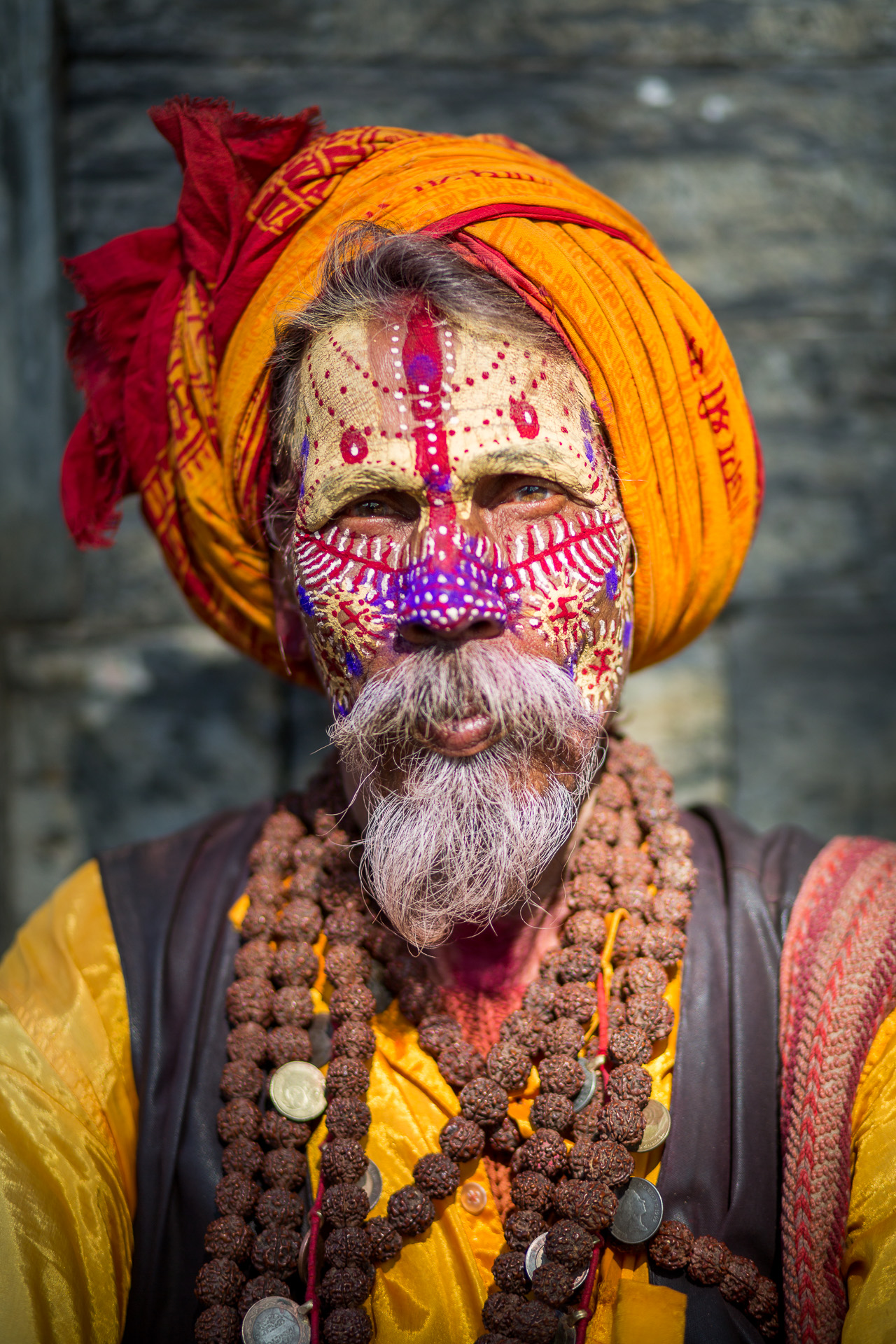
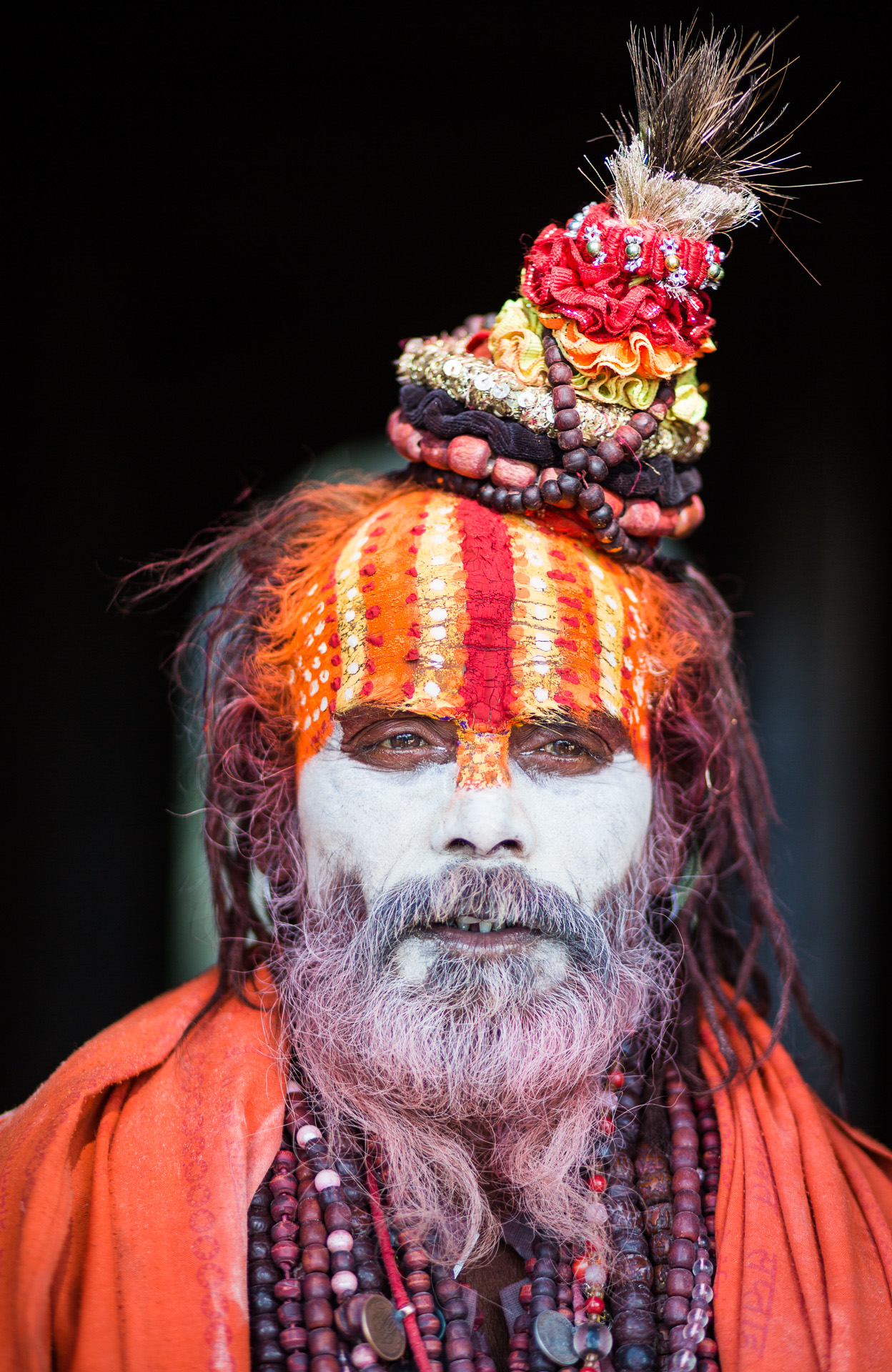
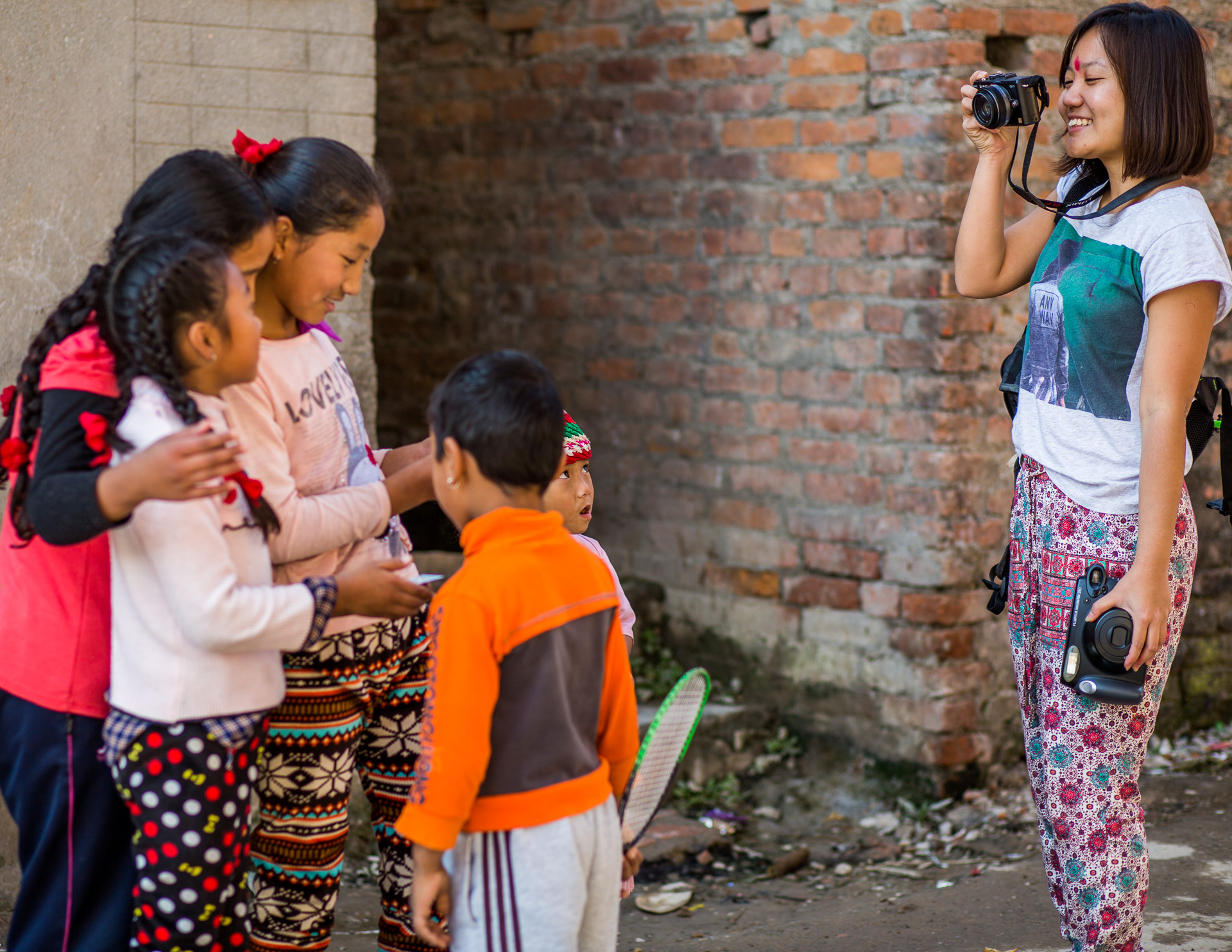
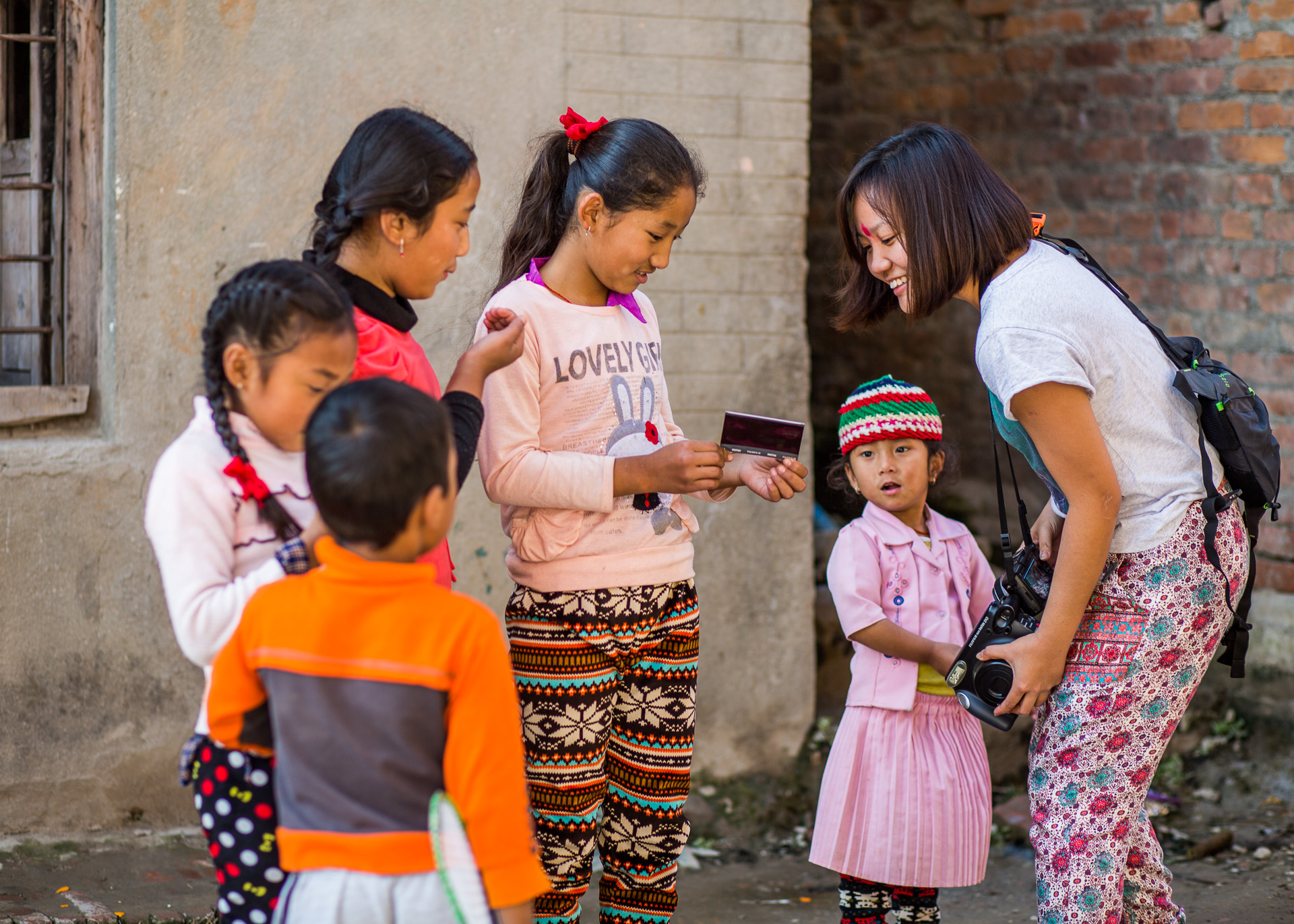

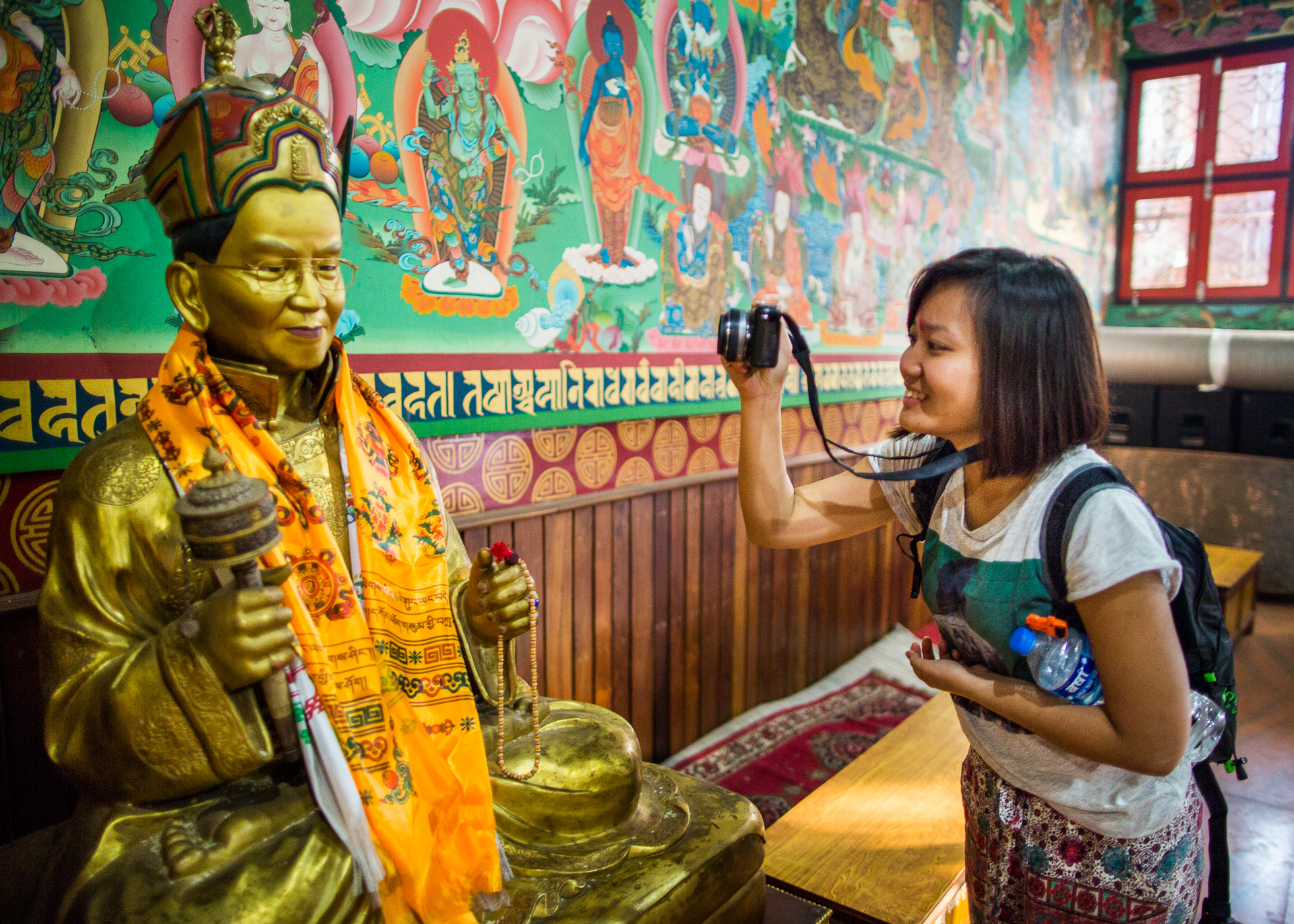
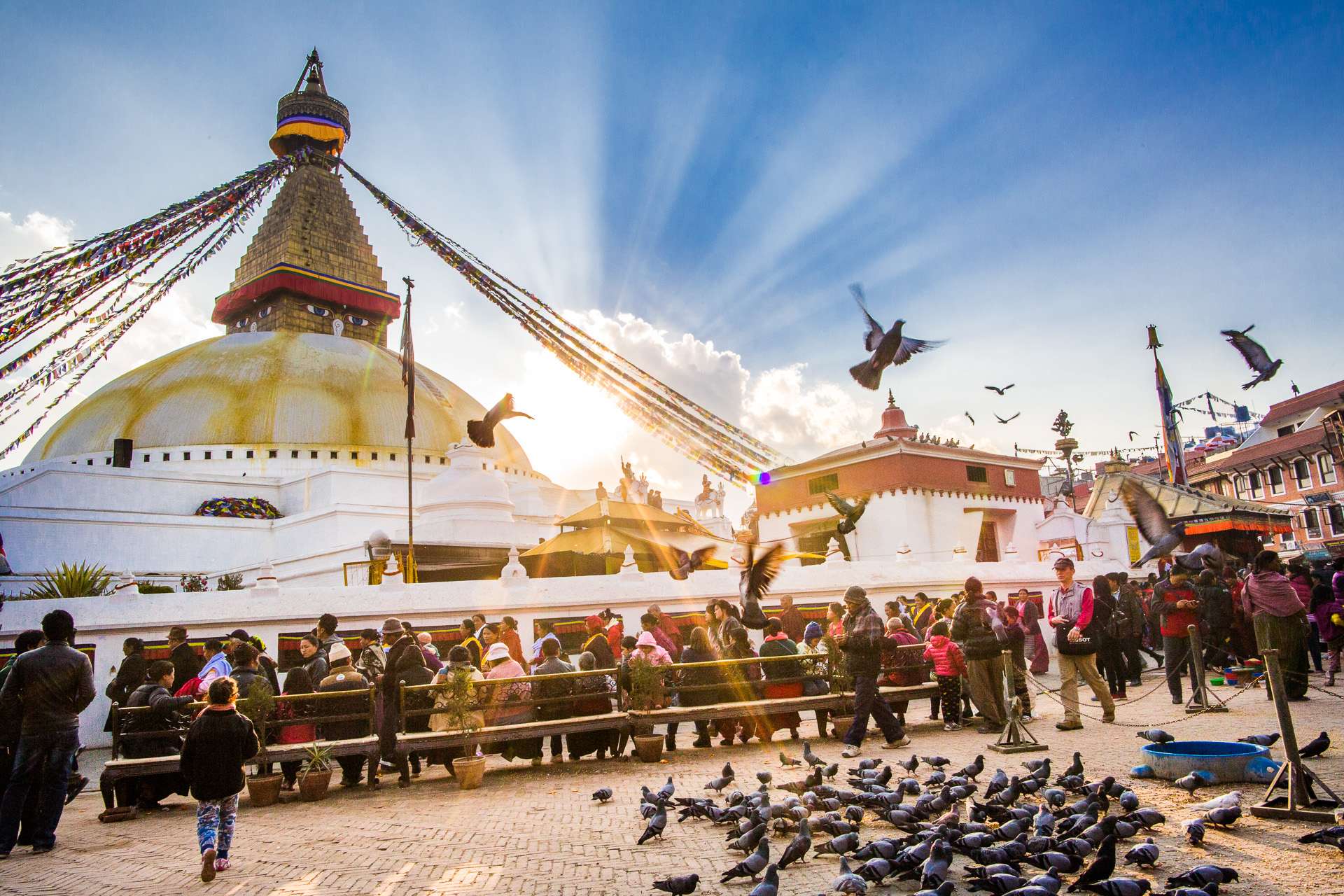
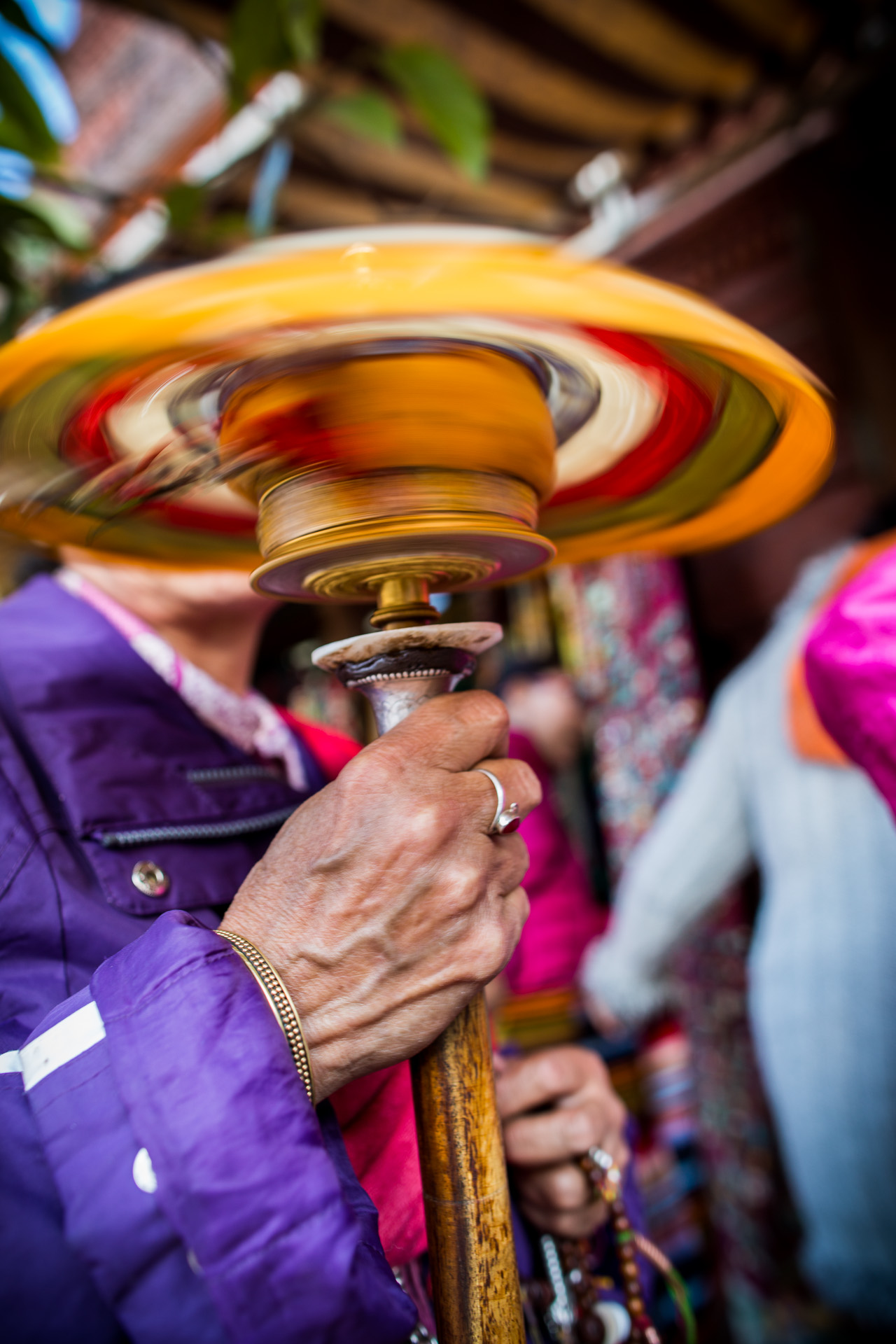
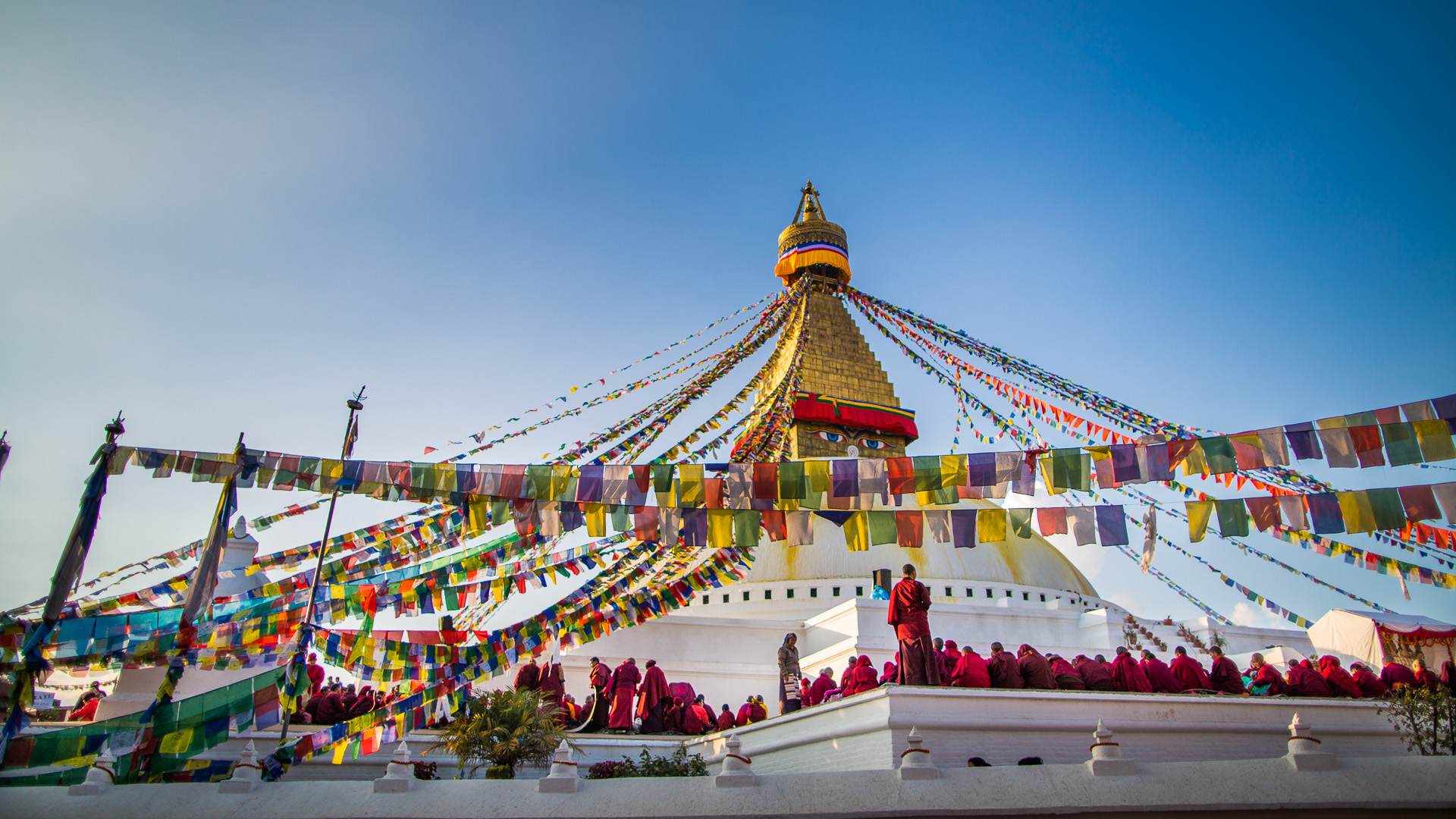
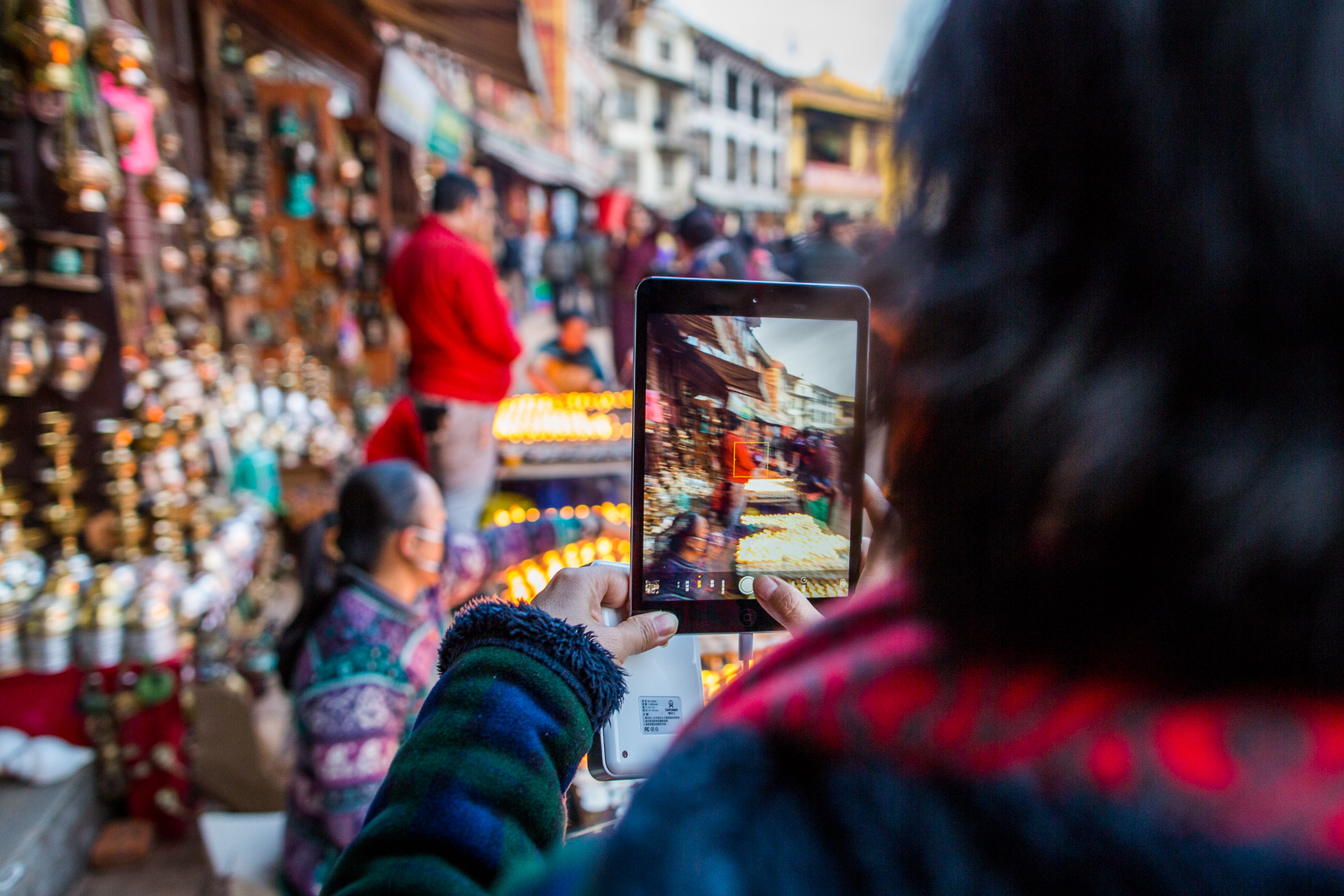
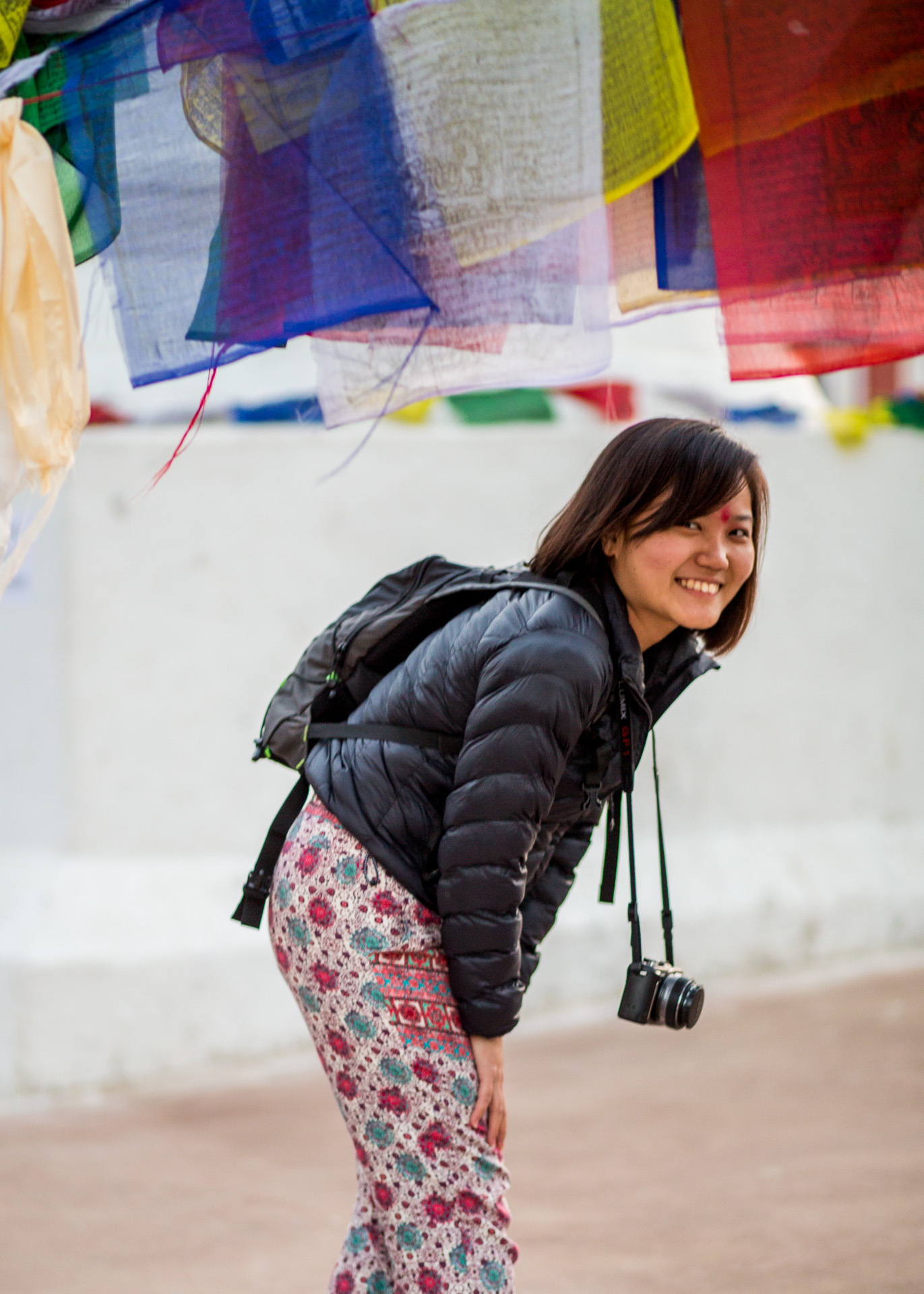
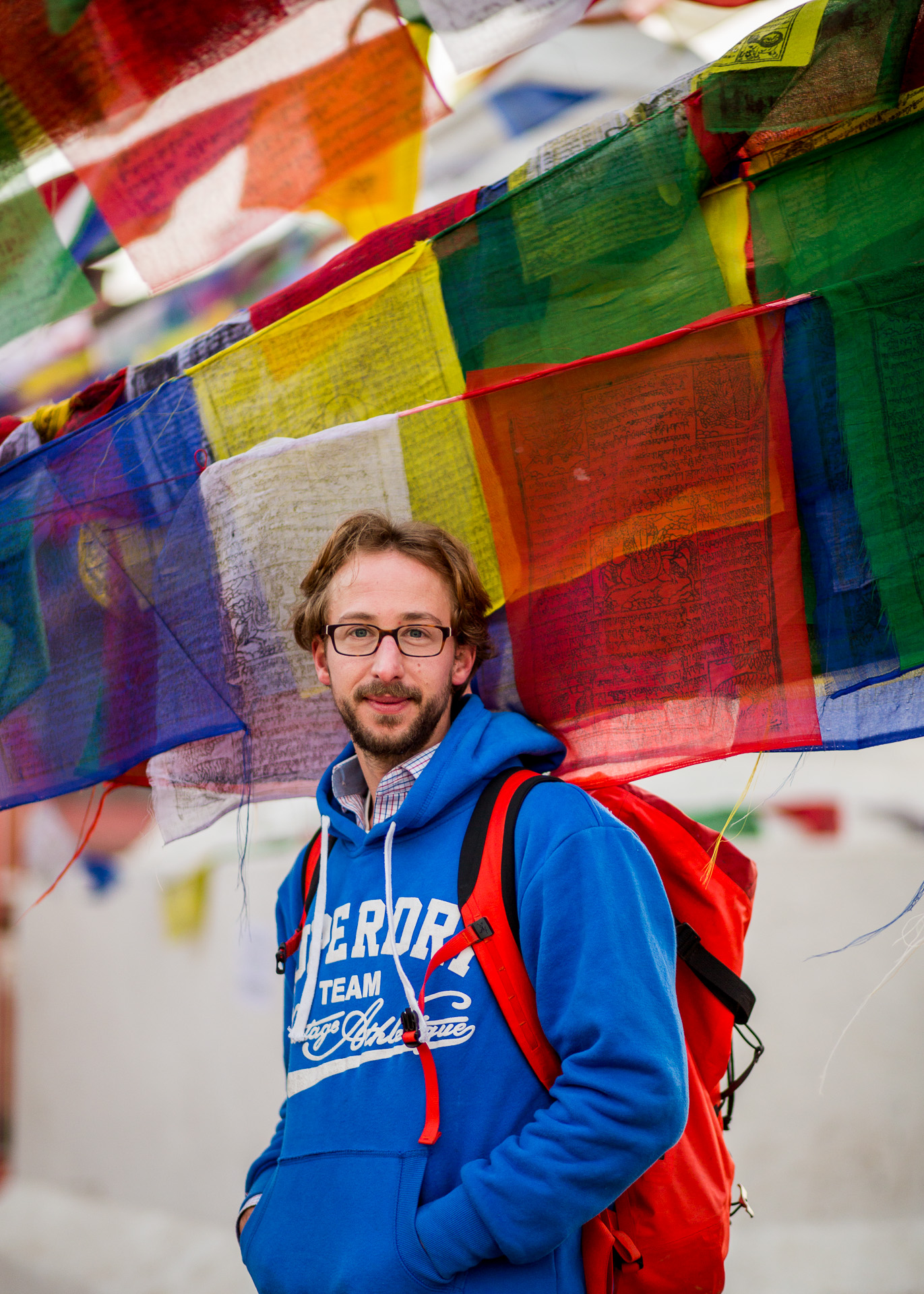

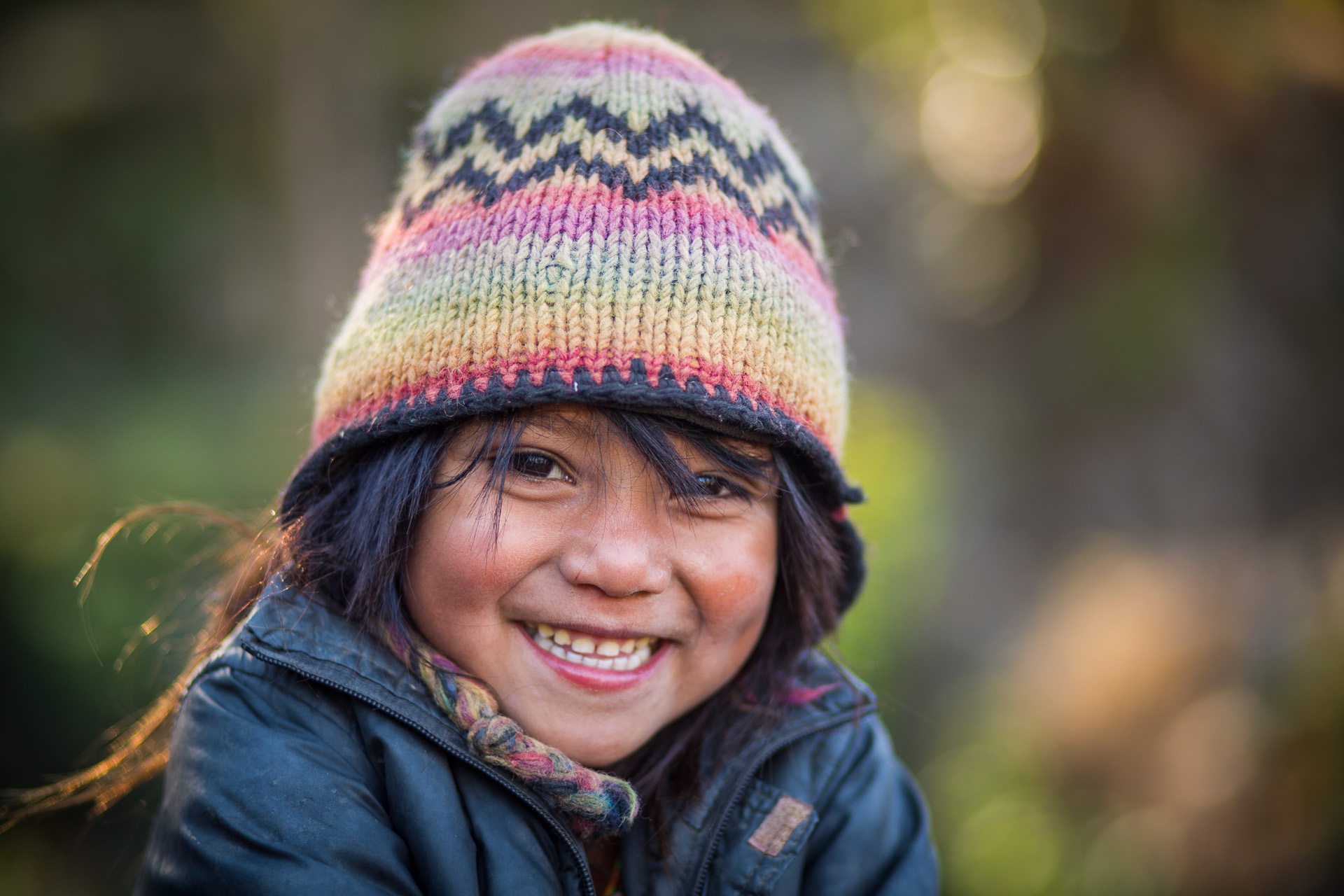
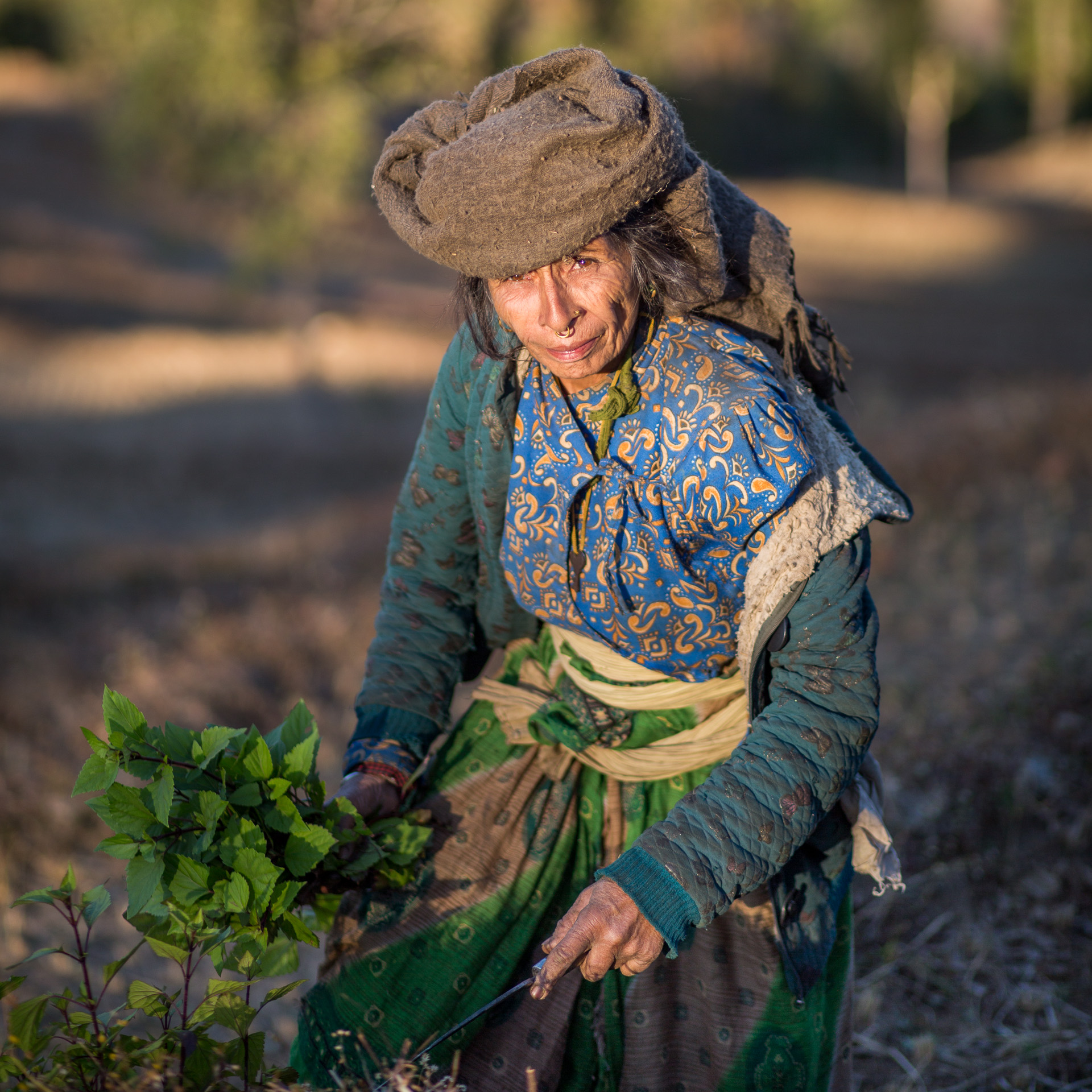
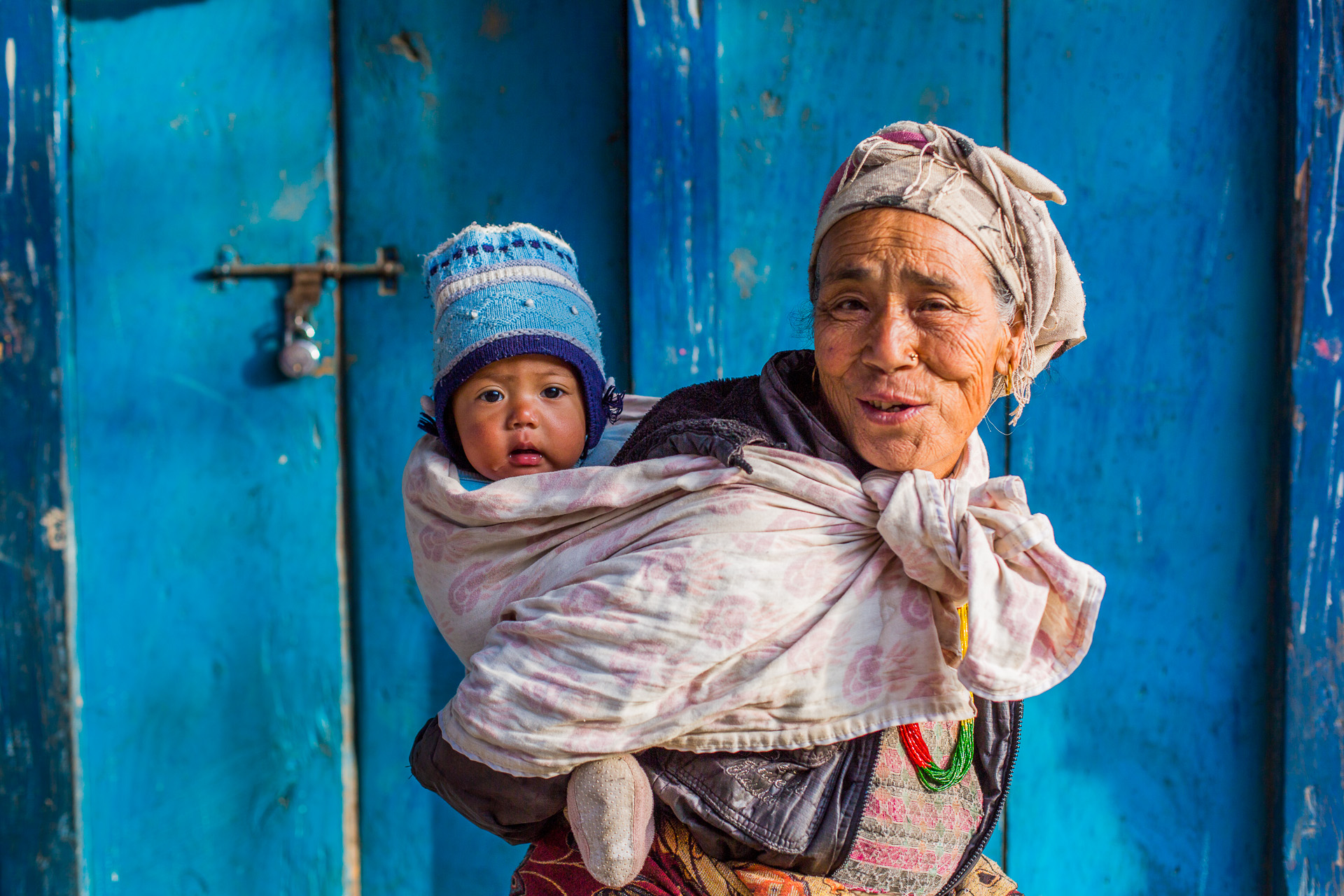

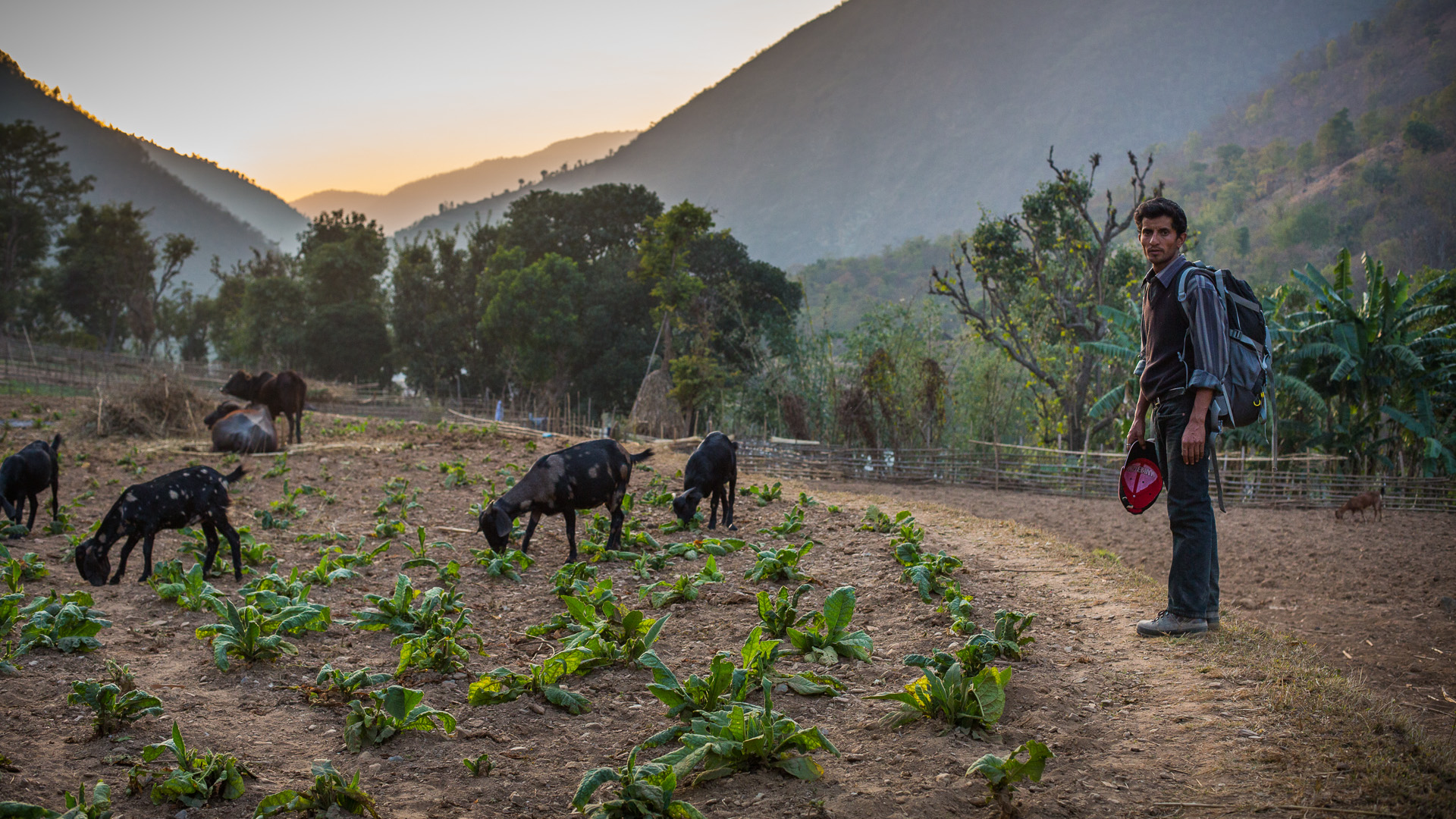
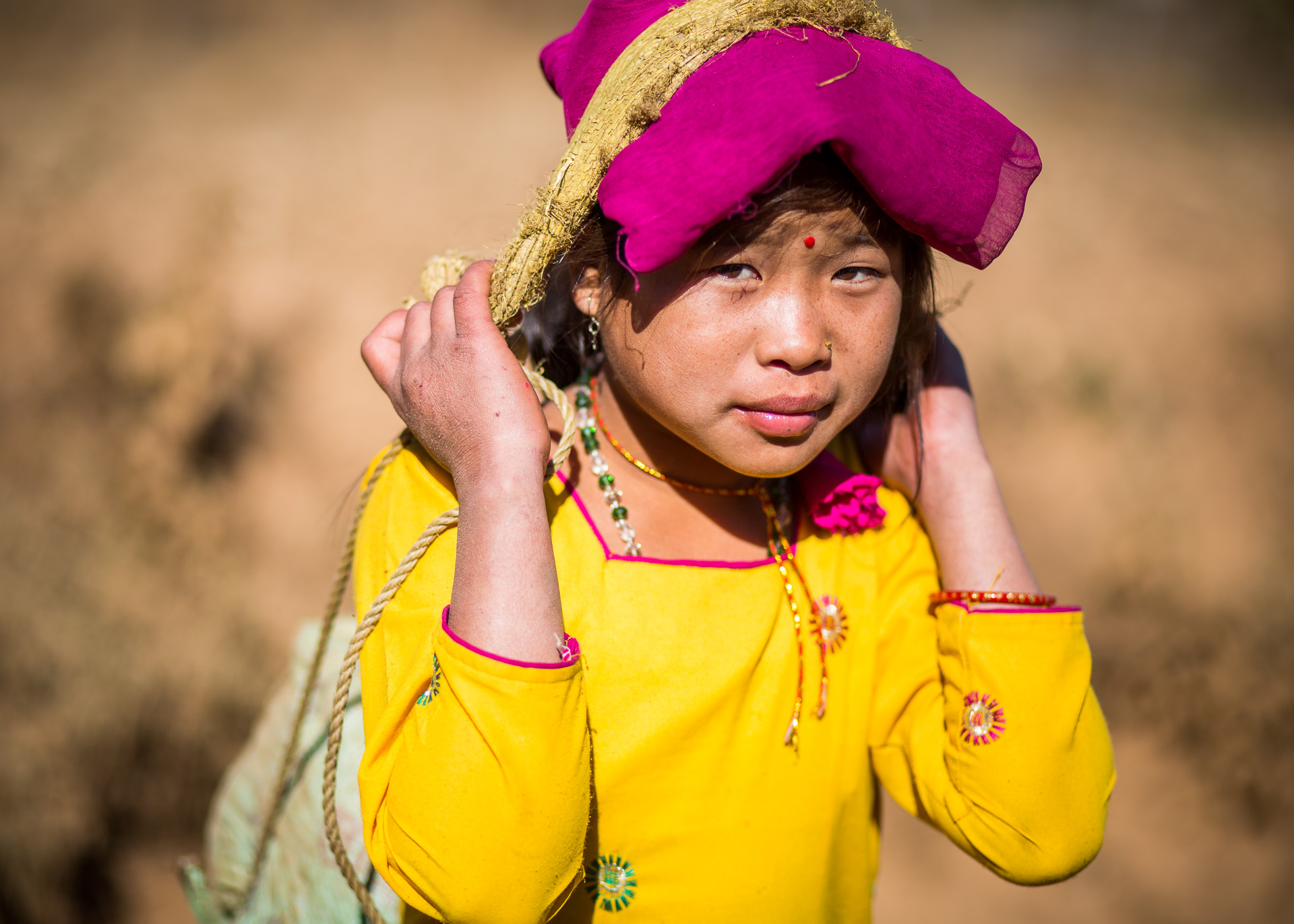
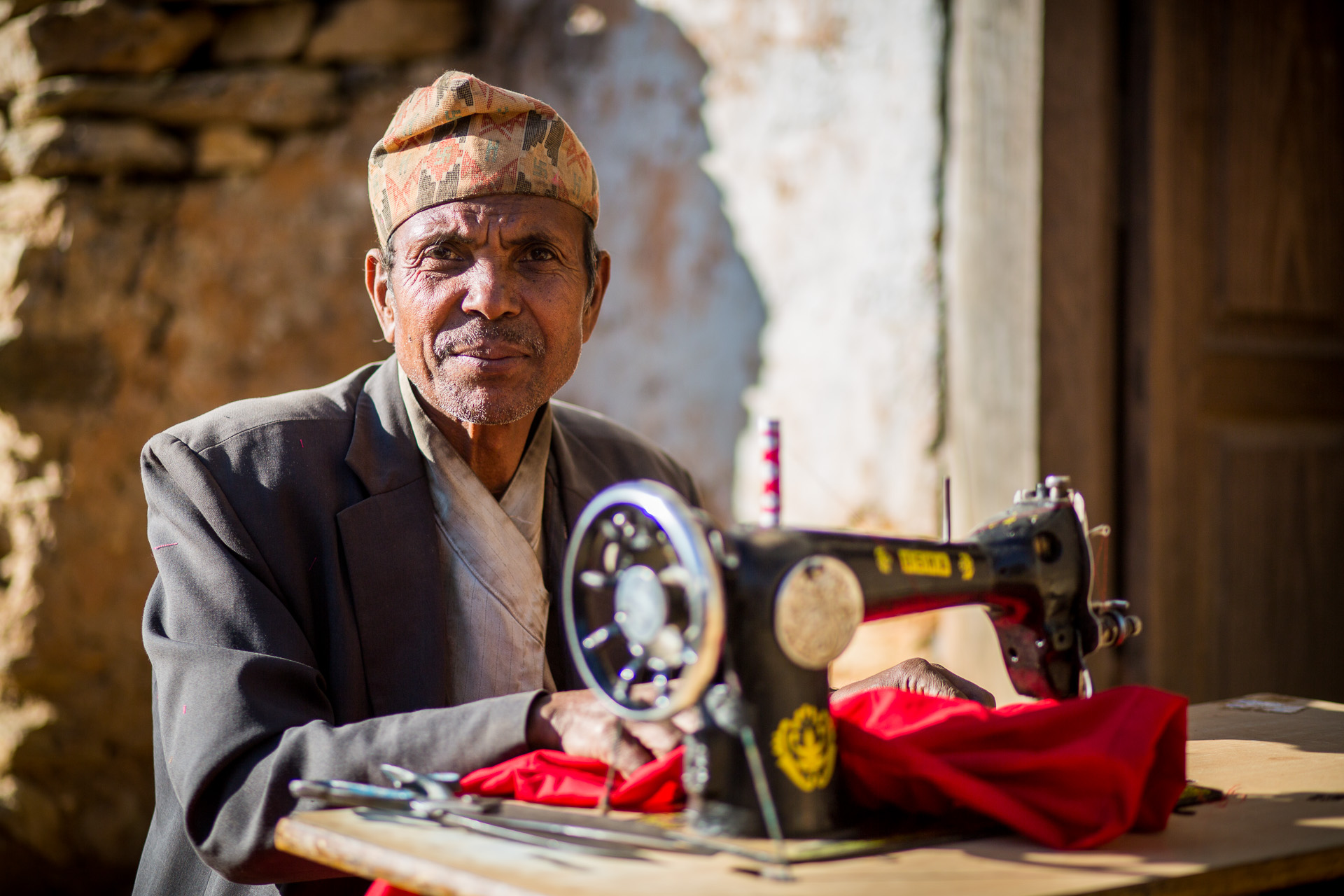
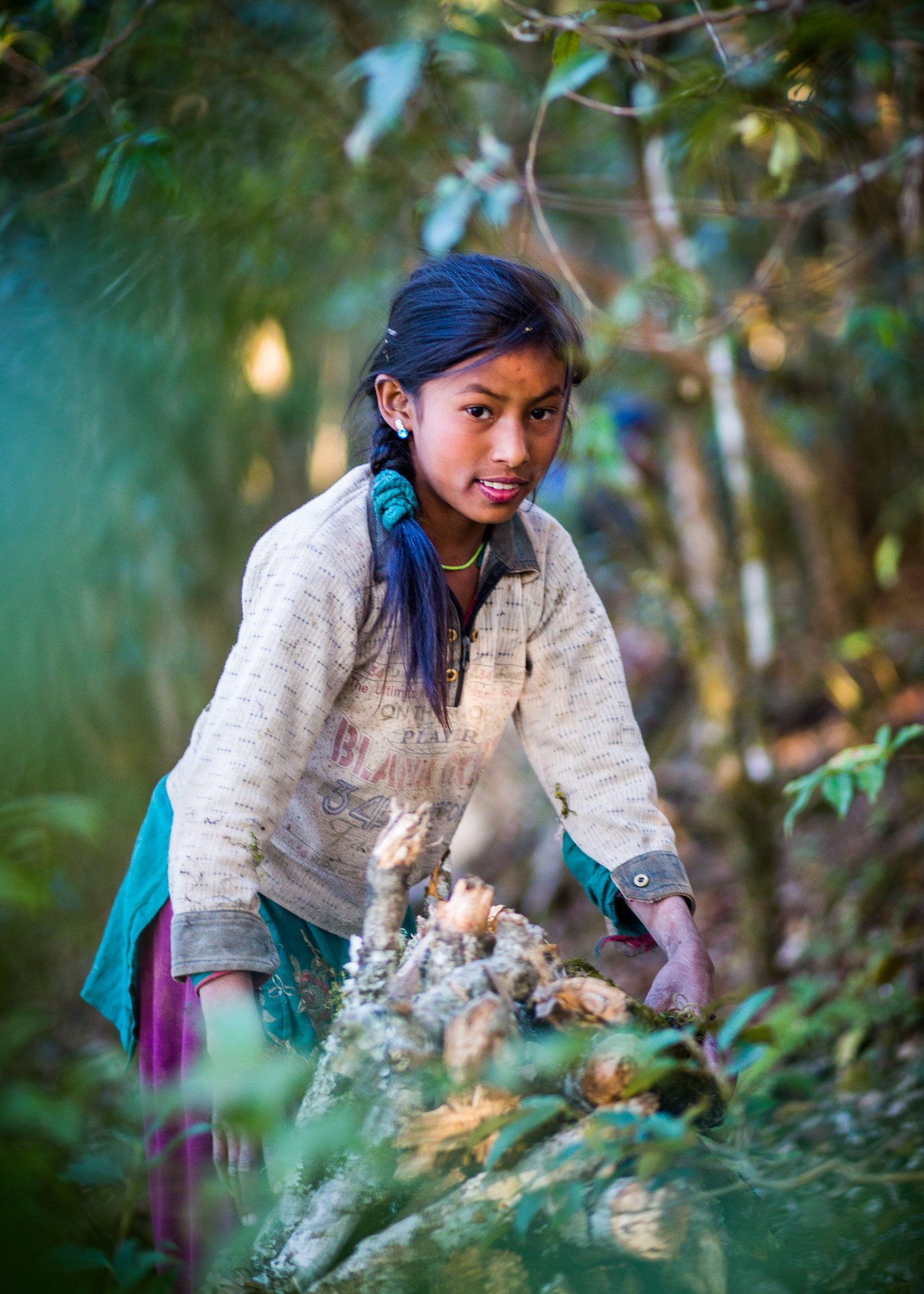
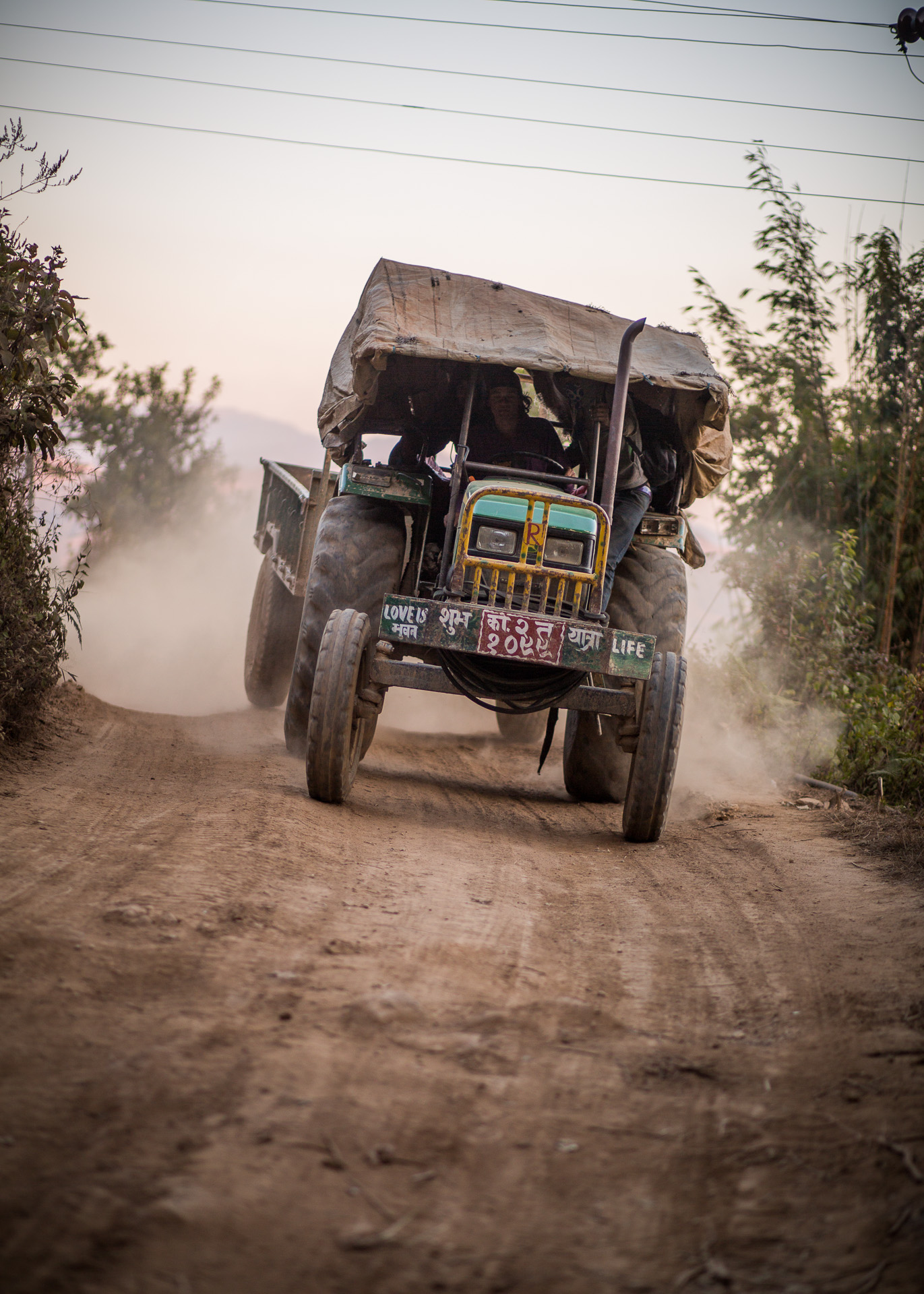

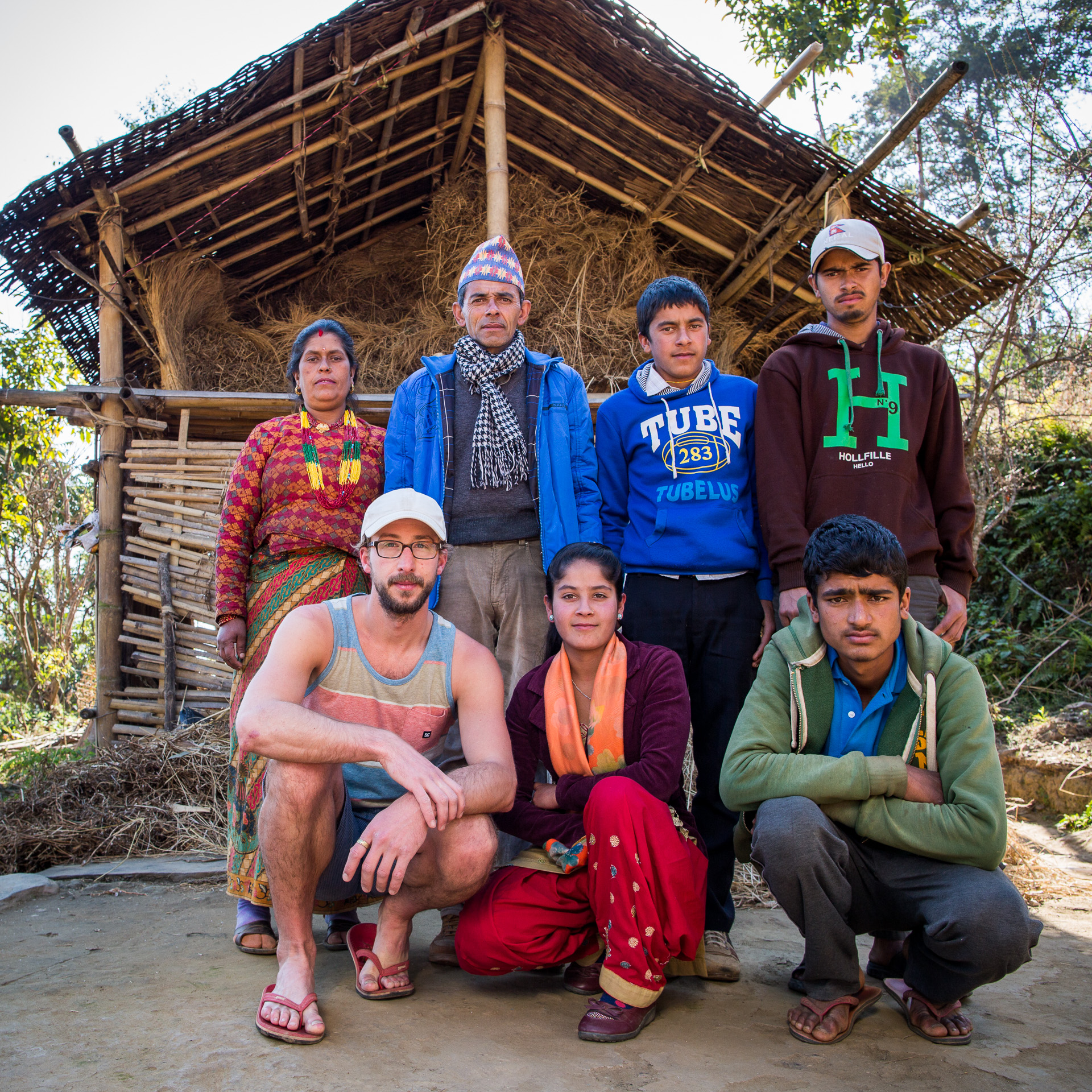
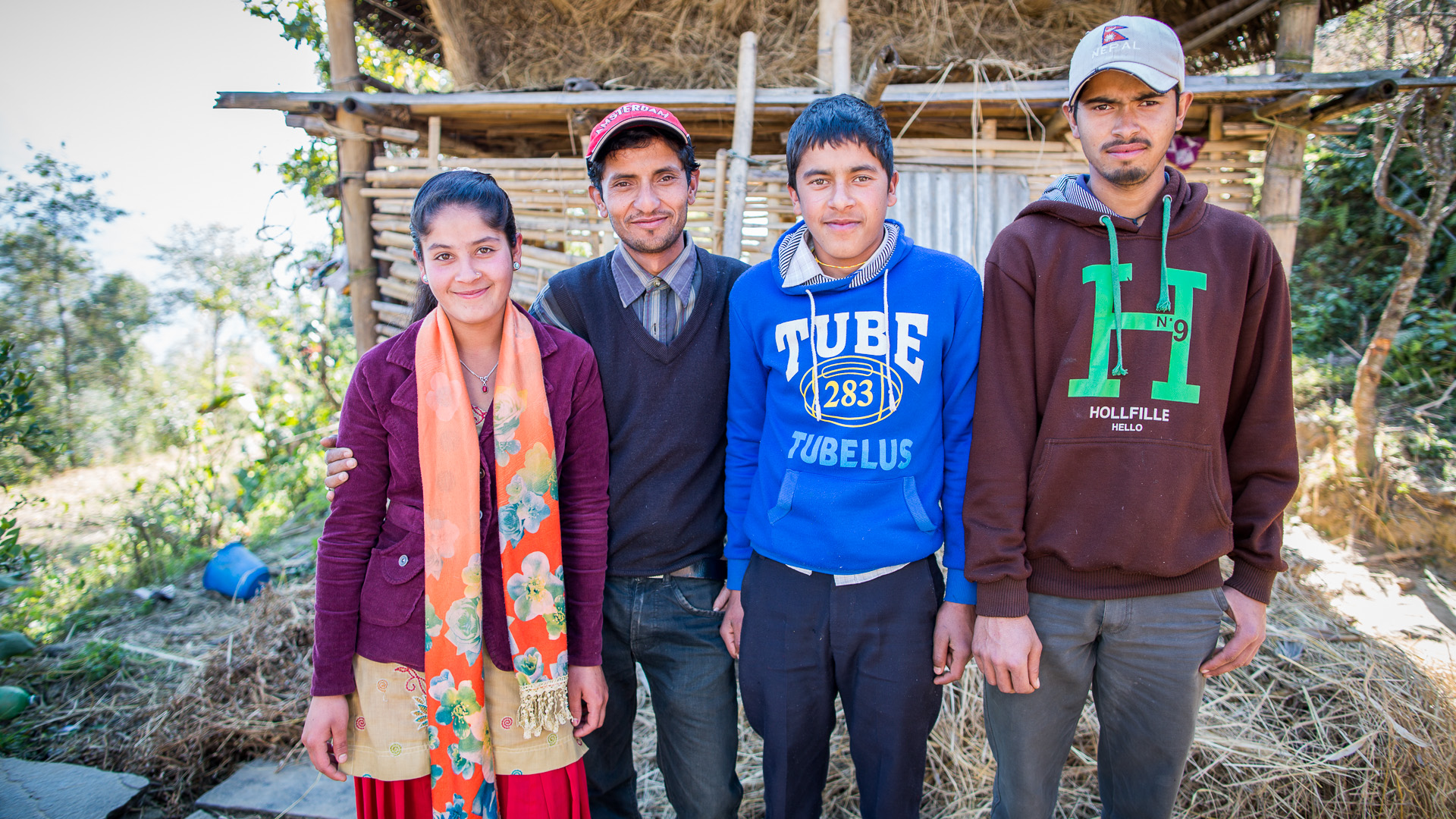
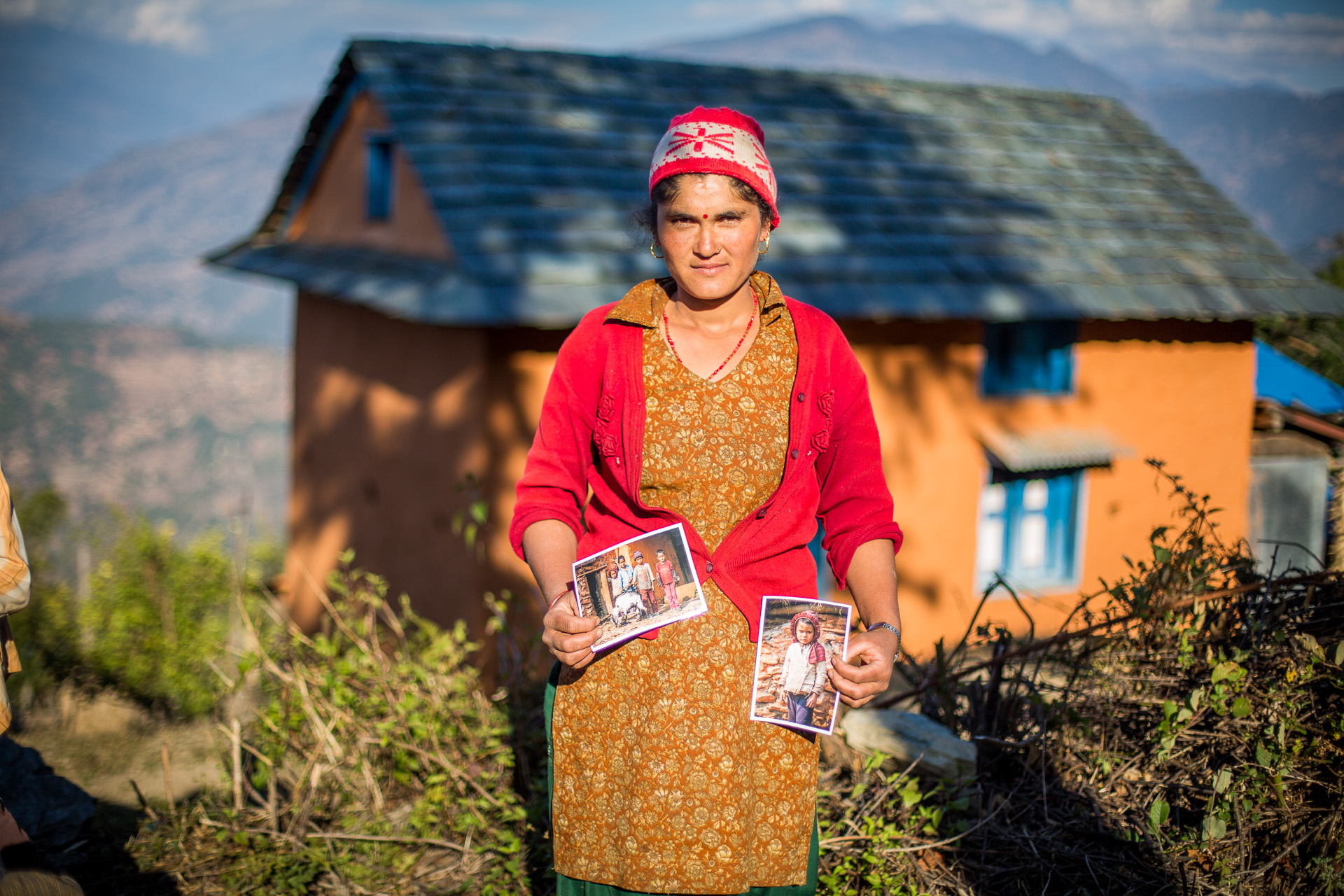
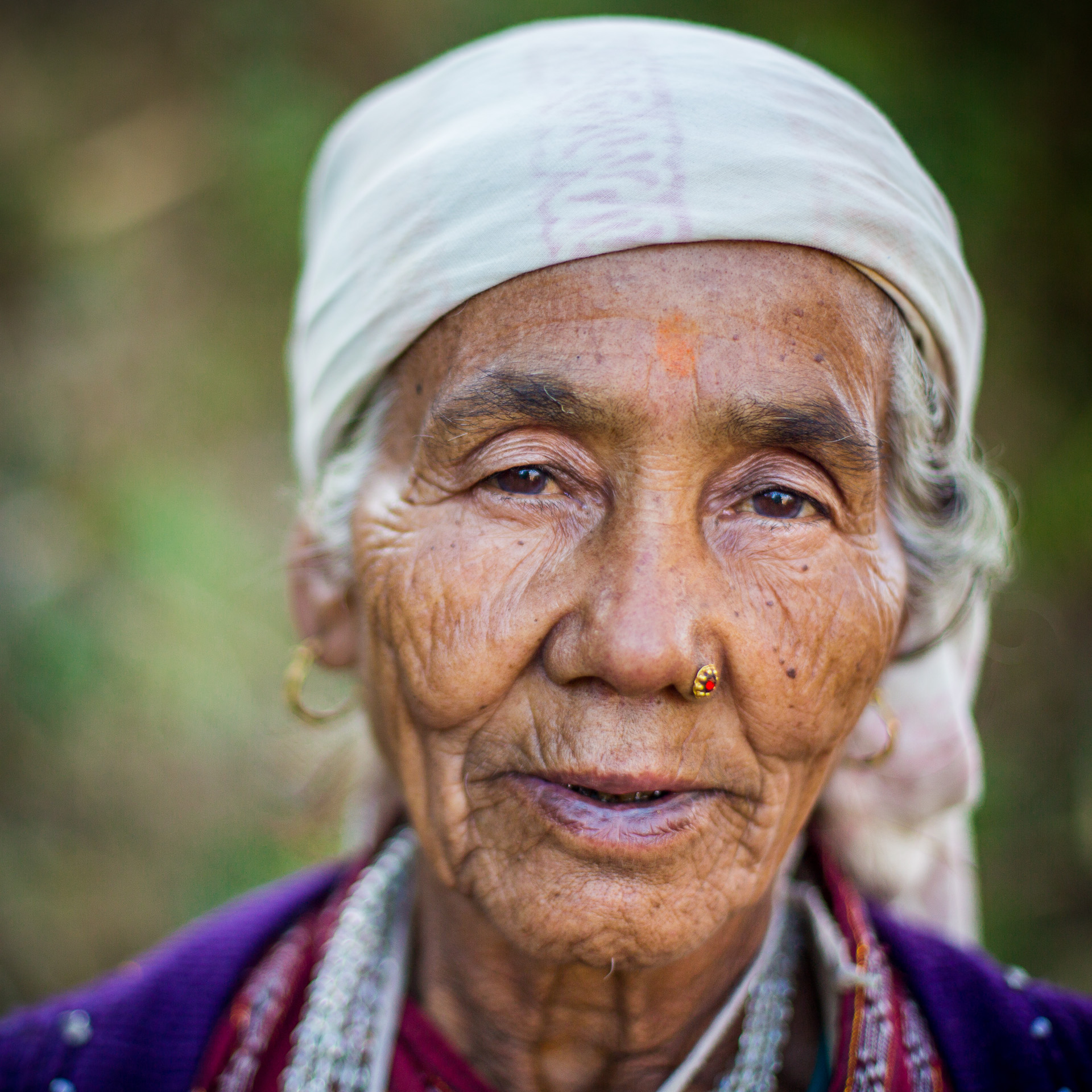
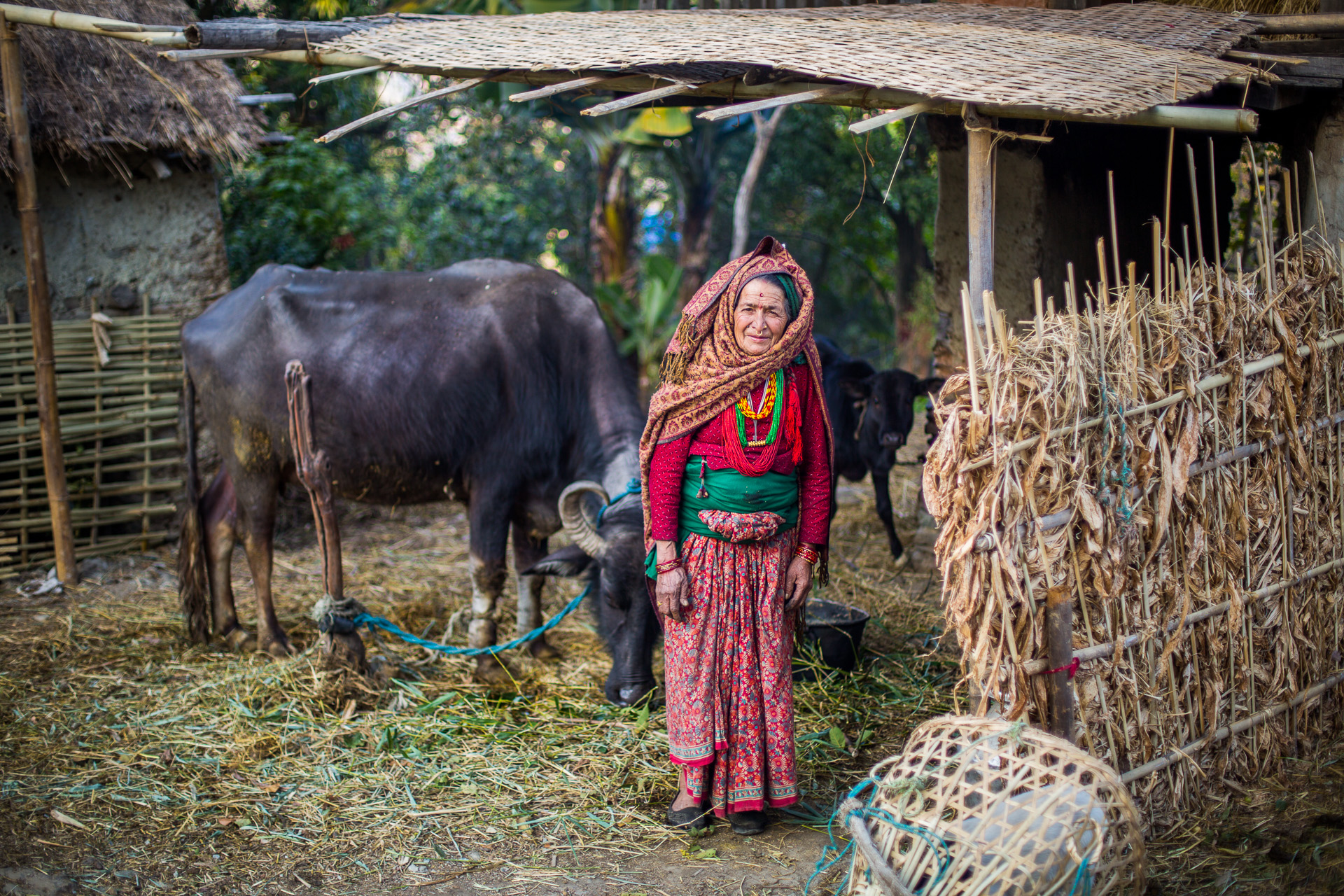
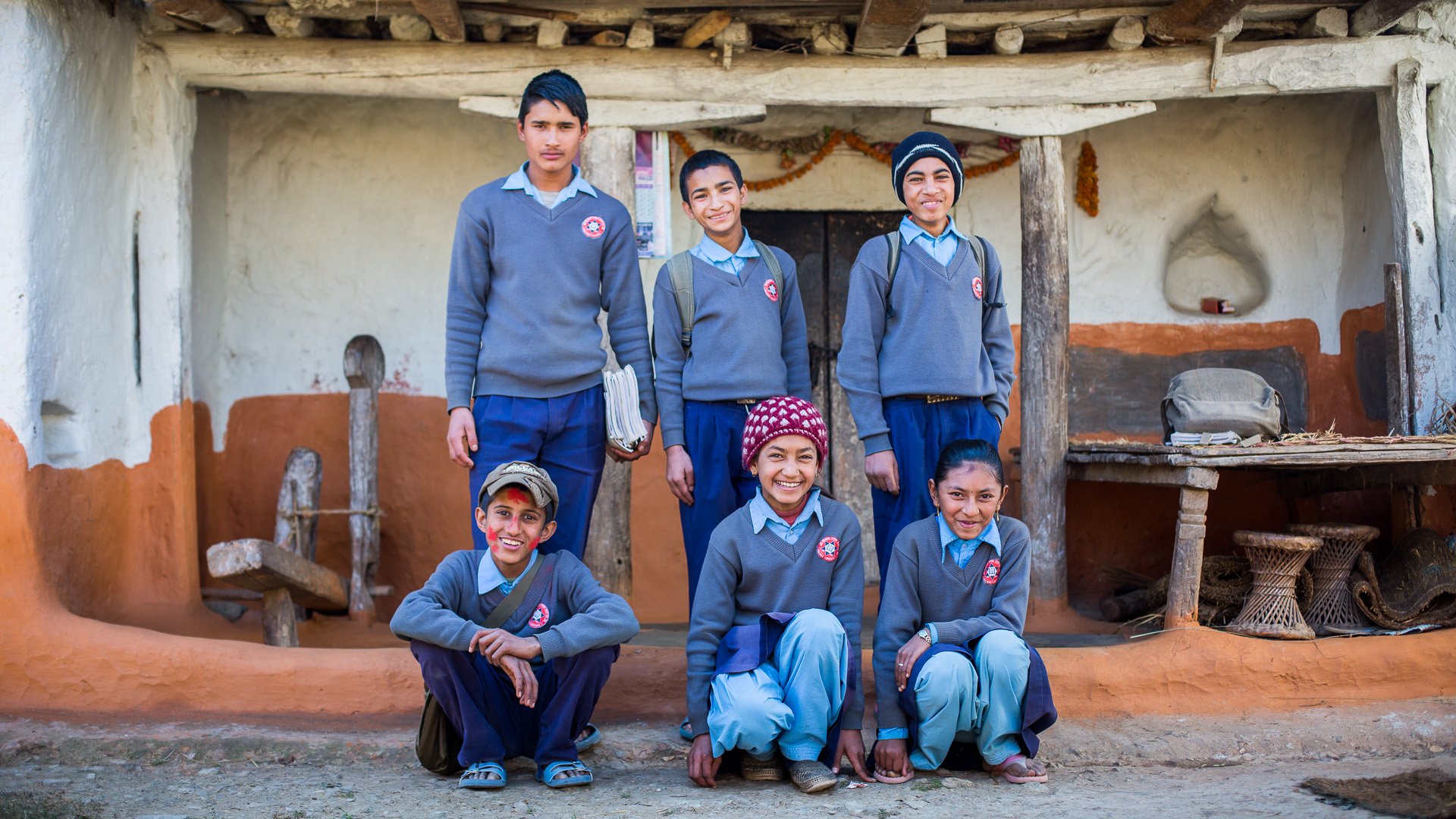
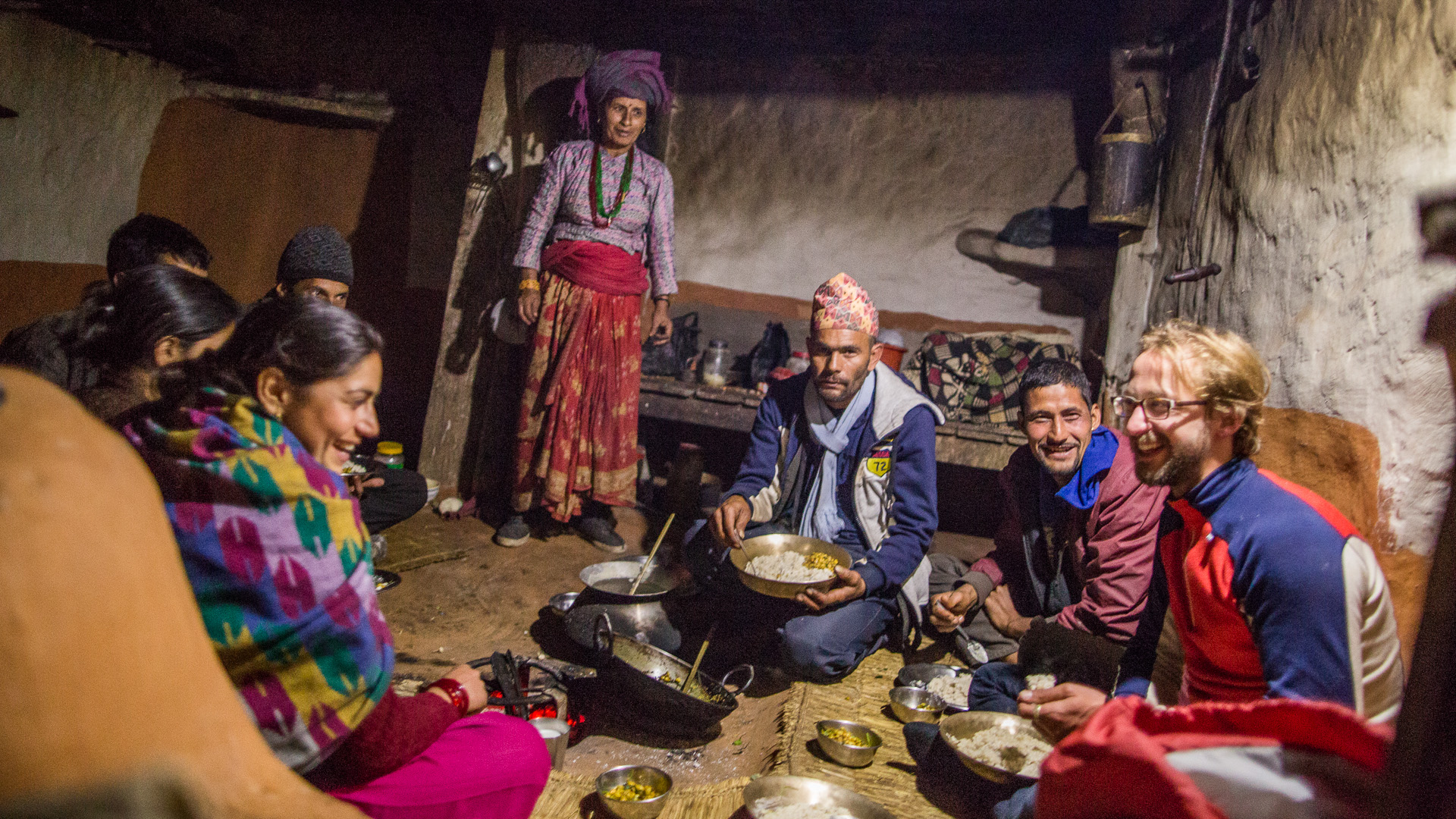
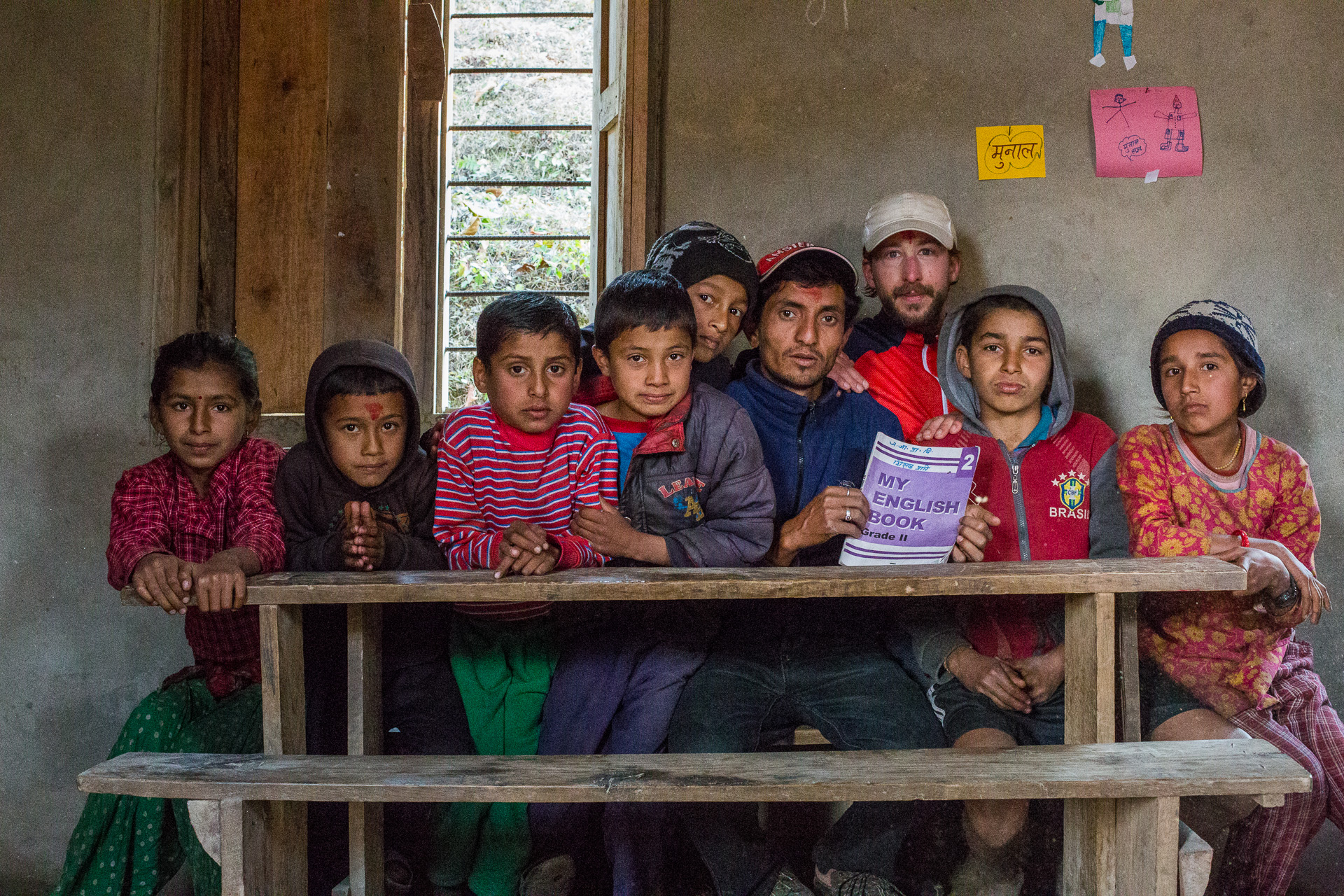
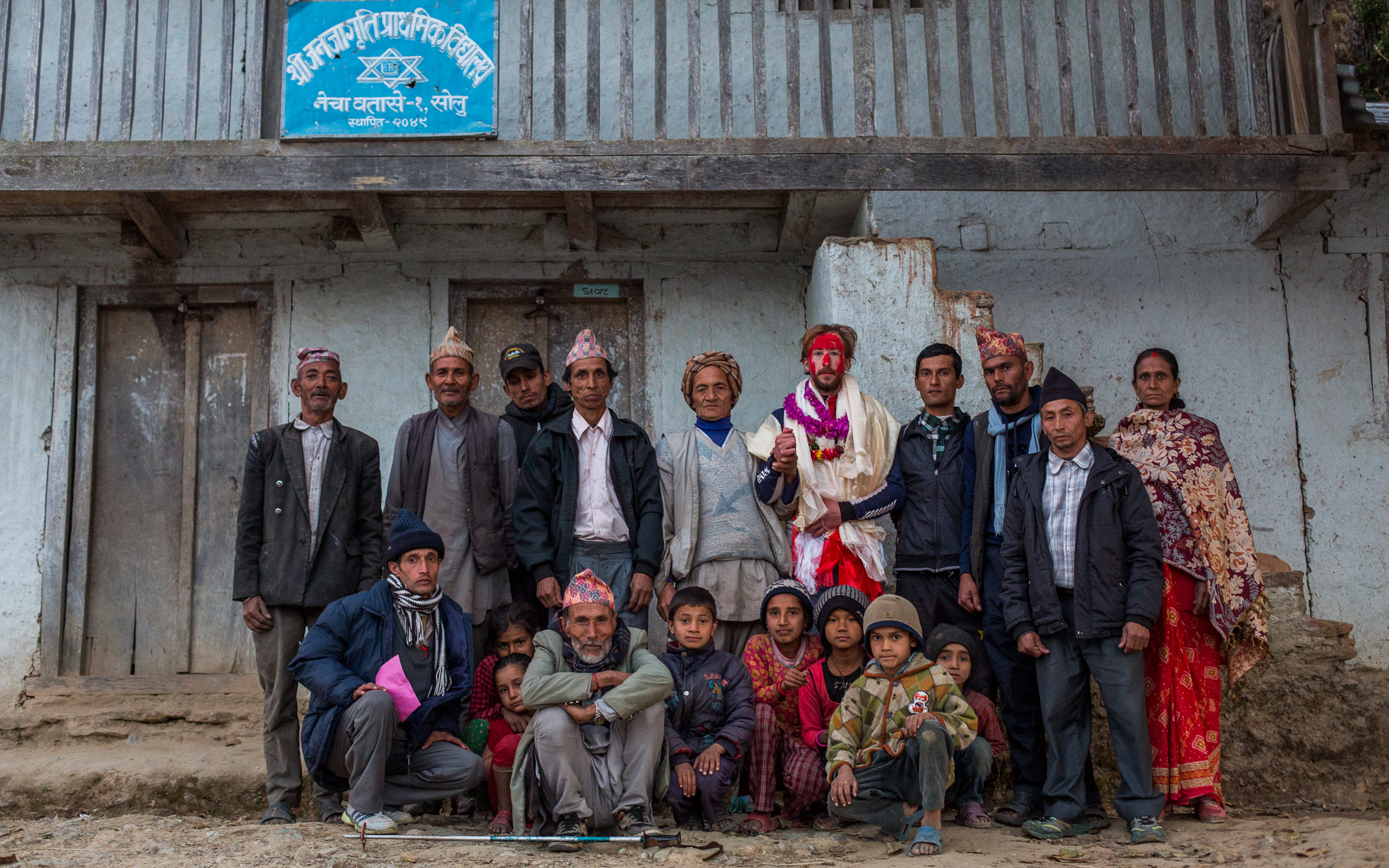
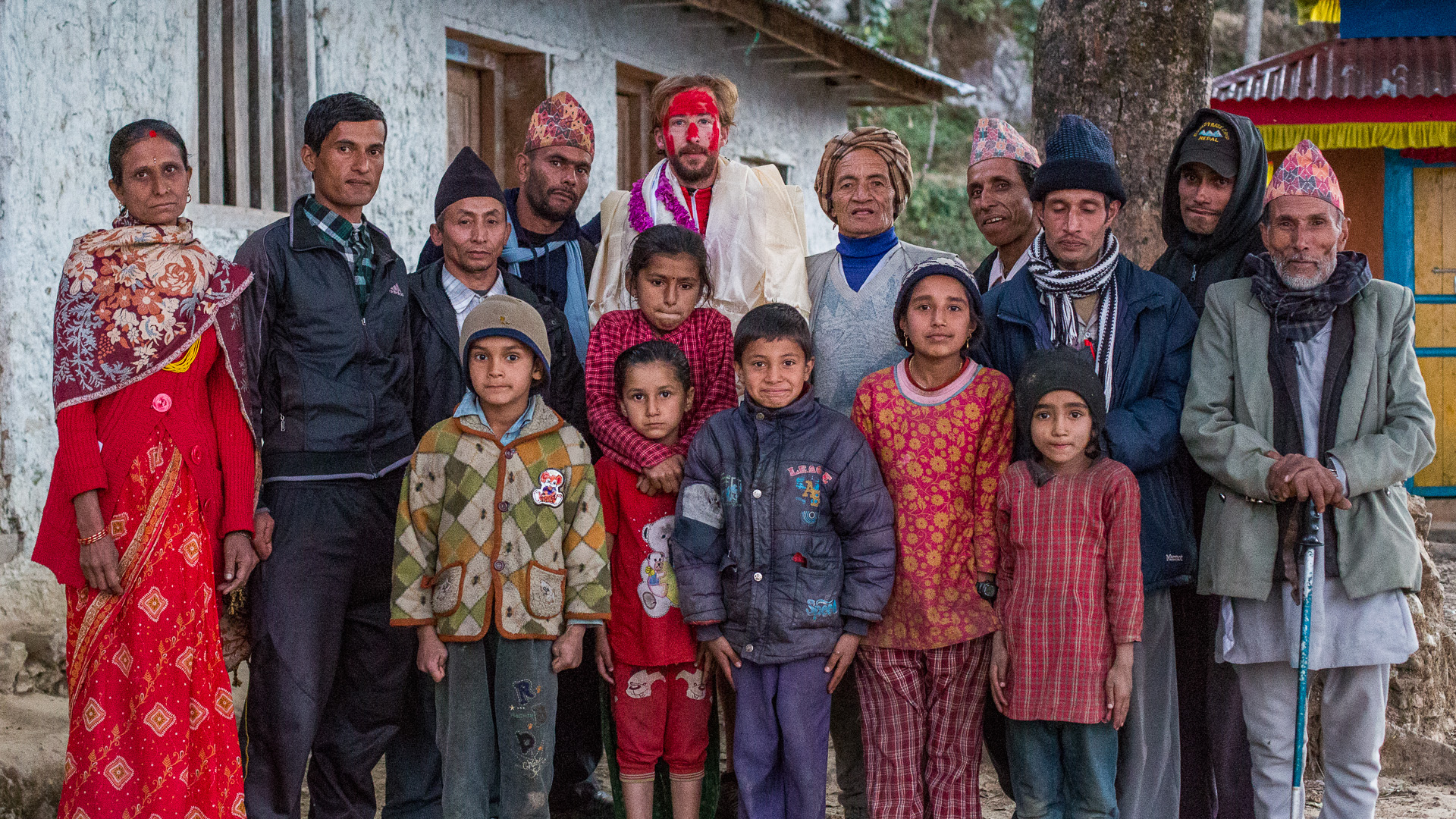
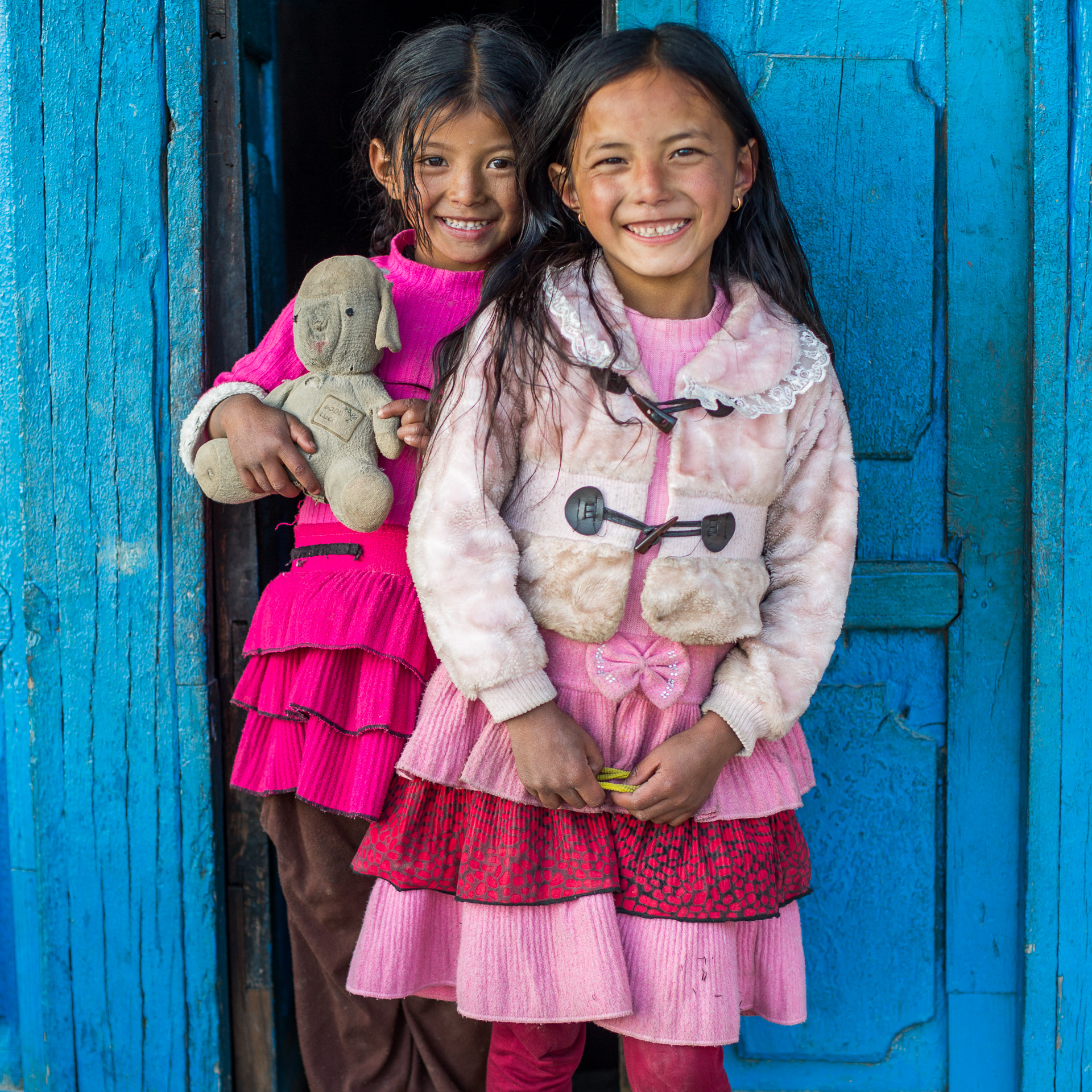
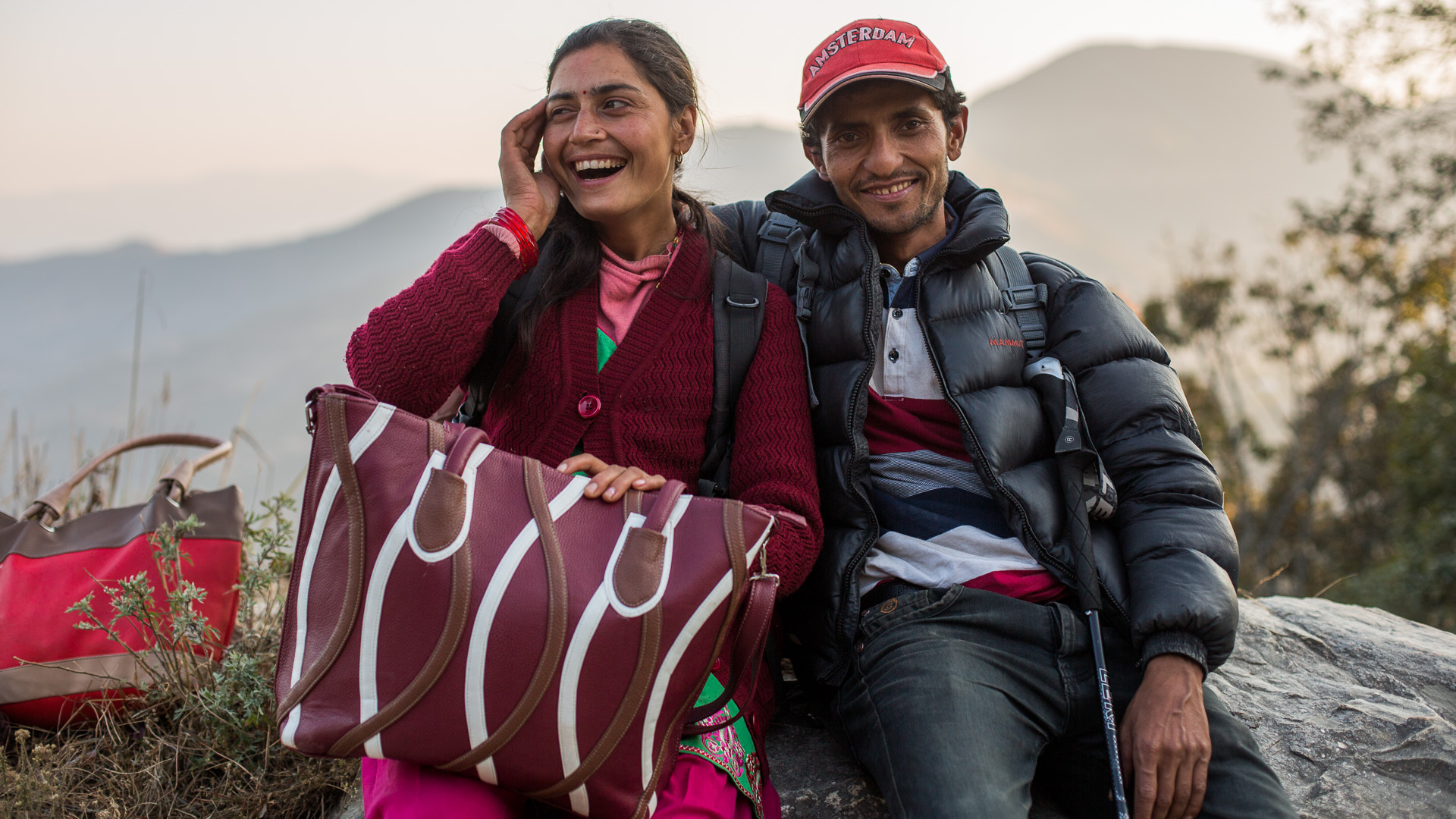
Necha Teacher Development Meeting
Last week I got invited for a Necha Teacher Development Meeting. All the teachers of a Necha were present and they together with the students they preformed speeches and dances with traditional folk music. While being there and seeing that almost none critical subject involved with education or development were involved I got motivated to talk about some subjects. I asked if I could give a speech and there could be a translator for me. They didnt mind so I started writing a speech and chose one subject to highlight. Of course it should be a respectful speech to the hole community and the education program they were developing. But during my stay in Necha in April and now in Januari I realized that the plastic garbage increased very quickly. As I spoke about this subject I realized that most of the people didn't understood the importance or the effect that after years this plastic could waste their water quality. Most people are thinking it is just about the environmental look that tourist don't like plastic in the nature. But they don't understand if plastic as small parts gets into their water system it can make a lot of people and also their animals sick. I challenged myself because I am quit a shy person. But there was something in me that was forcing me to do this. My believe and also the fact that I now realized that if people wouldn't understand or disapprove I wouldn't care about it. I just wanted to share my thoughts no matter what. While talking sentence for sentence, being translated by the chairmen of the Himalayan Foundation.
I changed the speech a little bit but this is my draft for it:
"Namaste
Excuse me for not being able to speak in you languish.
Thank you very much for being here with all of you. It is great to see so many people have been working on these displays for the the education of so many people.
As a westerner of course I have some differences with all of you. I am glad that the world is different. That is also why I visit for example Necha.
During the days a stayed in Necha I have been learning a lot about organic food, farming, and how to make a beautiful house with everything that nature and the land provides. I feel very privileged that so many habitants from Necha have been sharing al this with me.
Because of this I want to give and share back. or me there is 1 though that I would like to share with you.
I found that this beautiful village has got more and more plastics in the environment, compared to my last visit. I want to explain to you what happens with this plastic. After years it will evaporate, diminish into microscopic parts. These parts will stay in the ground and finally water will pick these parts up. The water we drink in this village is not filtered. It is very hard to filter these parts from the water. For that reason I would like to ask you to please be careful with putting these plastics in the environment. ease teach the children about this. Let's collect the plastics at every house and later at a central place. We all are responsible of keeping this earth as good and clean as possible.
Thank you for your time and again for visiting this beautiful village Necha!
Danjebat! "
Luckily people were very respectful afterwards and told me they liked it. I could feel that some of them couldn't deal with the critics of it but still they very polite. Some told me it is good I shared it with them and they would do as much as they can to make changes for the future. I got about 15 prayer scarfs as a gift and they thanked me way to many times. I hope only a little percentage of it will stick to their minds and I realize that things are different here and change also just takes time.





